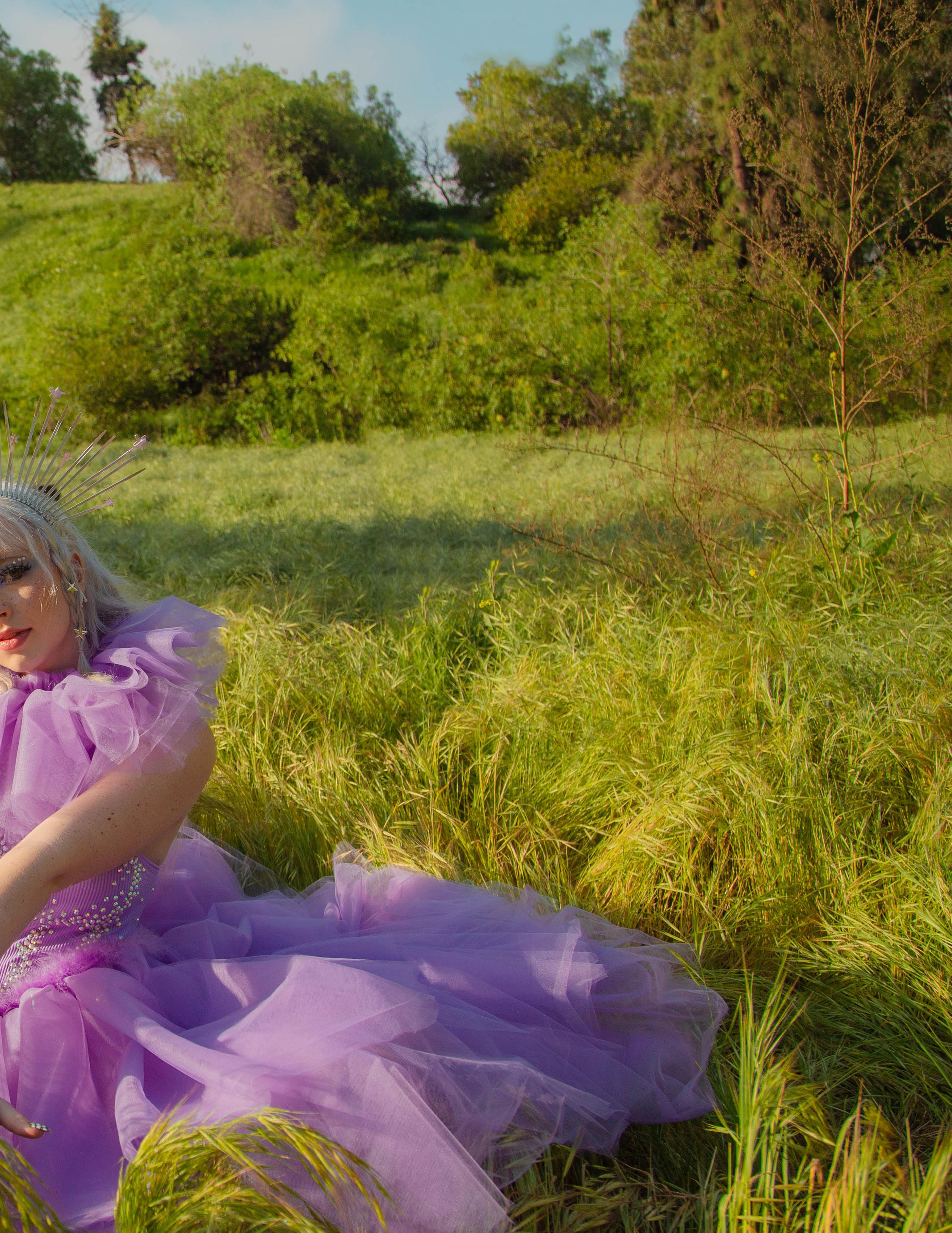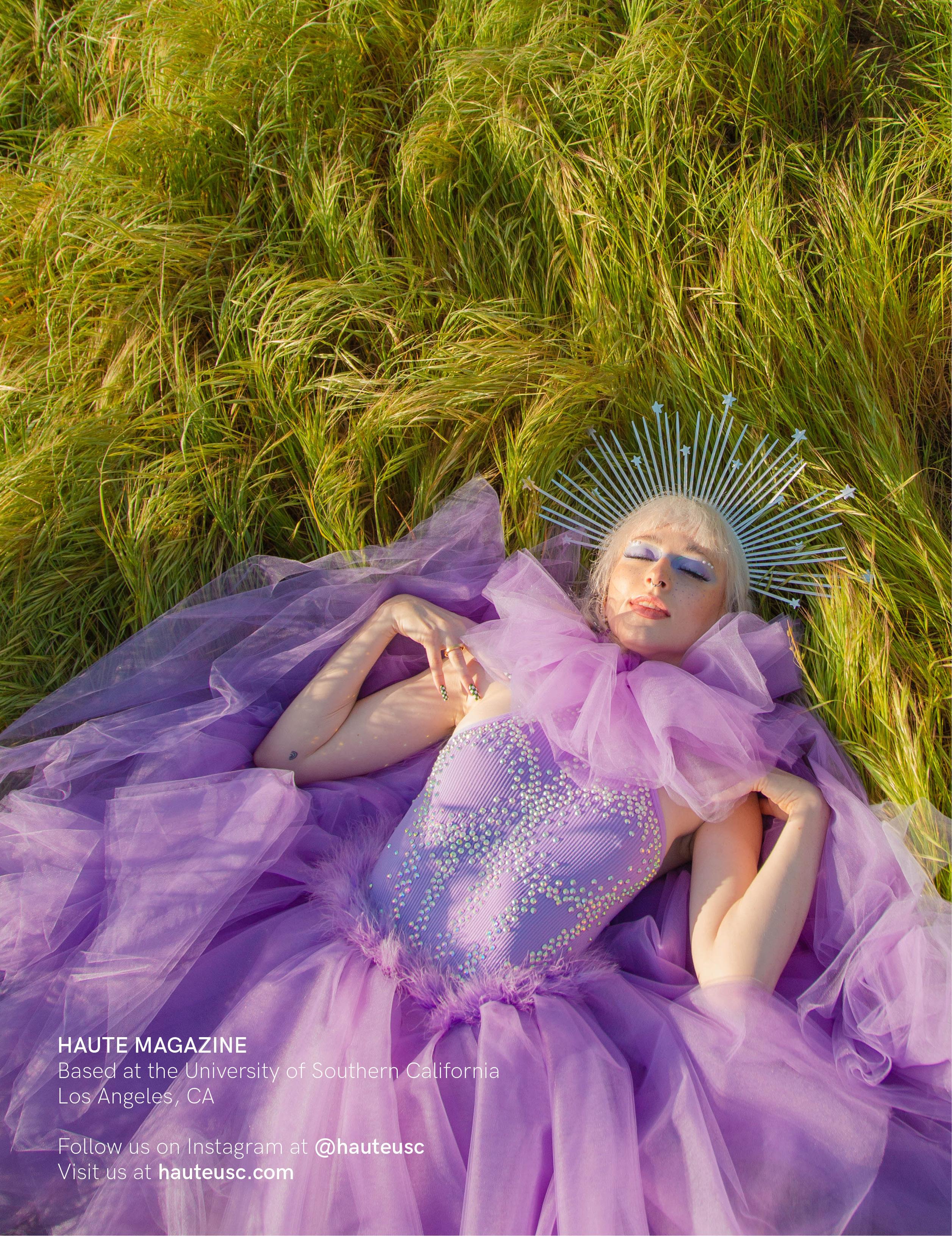






Buried in the notes app of my phone, tucked behind scraps of unfinished poems, stumbled upon quotes, minimal grocery lists, and rushed notes from meetings is perhaps the only fully fleshed out piece of writing that I’ve ever produced. Considering how slow I am to get my thoughts on a page, it would make sense that this particular work is only two words long; those two words were no doubt the product of extensive mental labor.
Thinking about it now, I’m not sure why it was such an ordeal to generate such a simple phrase. I don’t recall being under any sort of time crunch, and I wasn’t faced with the weight of crafting a loved one’s obituary or omnipresent figure’s speech. The pressure must have stemmed from what came before, what I had to follow up with this budding idea of mine. The not so distant past summer saw communities being ravaged by two viruses: one of the body and one of the state.The devastating amount of loss that resulted from these insidious diseases created the need for more dialogue surrounding space and who is allowed to take it up, who gets to move through this world with lightness and who is made to move through it with heaviness.
After months spent flipping through news channels and scrolling through feeds memorializing lives cut all too short, I began trying to imagine a world in which the question of who gets to make it through another day doesn’t exist, where the sometimes beaming, sometimes stoic faces that were flashing across my screens had gotten more time. I mulled over and obsessed over how I could reach this place in my lifetime and wrote my almost literal two cents down at 8:52 pm EST on August 22, on a night where I could already tell I wouldn’t be retiring early.
Following months of inventing, curating, and polishing this world, placing one foot in the surreal with another grounded in the starkness of reality, opening my eyes and ears to subjects ranging from the role of heritage in art to the carceral state and the reclamation of indigenous identity, I finally am ready for you all to see this universe that I and countless friends, both new and old, have worked so tirelessly to engineer, this Dream State that started its life in the notes app of my phone.
The creators behind Haute Magazine are my dream team, and I want to dedicate this page to them. Thank you to our writers, photographers, videographers, designers, and marketers for sharing your voices, perspectives, and endless creativity in our Spring 2021 issue.
I’m beyond grateful to Awo, Editor in Chief, who worked thoughtfully and tirelessly on every detail of this issue. Her writing is like velvet, and her demeanor makes you feel like you’re in great hands. Awo, without you, this issue wouldn’t have come to fruition; I appreciate your unwavering support as we ventured through uncharted paths together.
Our creative leadership team jumped into the deep end, coordinating hundreds of images and reading thousands of words to achieve our goal for this issue to look and sound otherworldly, yet approachable. Alice, Director of Writing: thank you for your fearlessness and for bringing your creativity to the team. Ally, Director of Photography: I’m indebted to you for calming the chaos and uniting our visuals with your keen eye. Hala, Director of Copy, and Annabel, Director of Diversity and Inclusion: thank you for your dedication, energy, and joy — and how you light up our many meetings. Shreya, Visual Design Director: I couldn’t have put our spreads in better hands. You command every meeting with confidence and poise, and remain focused and kind as you form relationships with each designer. I am beyond proud of you for conquering the daunting task of assembling the 400+ pages of this magazine, all with an unmatched optimism. Peri and Izzy, Content Directors: you never cease to amaze me. Peri, your humble demeanor and incredible multimedia and design contributions blow me away. Izzy...where do I start? Your impeccable sense of style, prolific skillset, and bullet-proof work ethic challenged us to dream bigger. Abbey, Multimedia Director: you pioneered our Masterclass series with a smile and your go-getter attitude adds so much excitement to the team. David, Director of Finance, and Shanaya, Director of Events: your passion for Haute is infectious. Thank you for bringing your fresh enthusiasm and passion to the magazine.
Our dream team would not be complete without our graduating seniors. Christine and Alyssa, thank you for advising our E-Board and making us feel comfortable and empowered in our new roles. I’ll miss hearing your insightful comments and ideas every Sunday. Finally, Jason and Diana, co-founders and visionaries of Haute. Your dream is what brought us here today and your continued action, dedication, and spirit has helped sustain it. I’ve learned so much from both of you, and thank you for supporting our new team and the future of our publication. Your legacy will be felt at Haute forever, and I’m grateful that you trusted me to take the reins as Creative Director. I promise to keep the dream alive.
no friends mazie
bellyache Billie Eilish
Ivy Frank Ocean
Pink + White Frank Ocean
Japanese Denim Daniel Caesar
Lover Taylor Swift
Letters Metro
La La Land Bryce Vine
Lost in Yesterday Tame Impala Outro M83
vaya con dios Kali Uchis
xo goth gf
All The Time Bahamas
Forever Labrinth
Ethio Invention no. 1 Andrew Bird
fever dream mxmtoon
sippy cup mazie
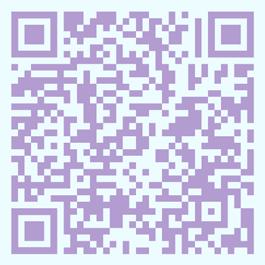
Editor in Chief Awo Jama
Creative Director Sydney Loew
Co-Founders Diana Fonte + Jason Cerin
Director of Writing Alice Han
Director of Photography Ally Wei
Director of Visual Design Shreya Gopala
Director of Finance David Sirota
Directors of Content Izzy Lux + Perianne Caron
Director of Multimedia Abbey Martichenko
Director of Copy Hala Khalifeh
Director of Events Shanaya Khubchandani
Director of Diversity and Inclusion Annabel Haddad
Photography Advisor Alyssa Kyle
Marketing Advisor Christine Du
Alex Fulmer
Allison Walsh
Annabel Haddad
Ashara Wilson
Carly Lieder
Courtney Dowling
Diego Frankel
Hayley Feinstein
Jessie Silverstein
Lizzie Schneider
Maya Elimelech
Shay Martin-Jones
Sophia Ungaro
Victoria Valenzuela
Kiara Simmons
Kiera Smith
Leslie Huang
Madison Kloeber
Maria Eberhart
Natalie Serratos
Nikisha Roberts
Niq Tang
Stacy Shen
Adeline Wang
Alex Lam
Ally Wei
B Bibikova
Jacob Yeh
Josh Lin
Katherine Han
Kaohom Boonyalai
Kellie Chen
Alex Policaro
Anusri Mittal
Ariella Rabbani
Audrey Yang
Celestine Seo
Dinushi Pathirana
Ethan Woo
Haeri Kim
Hannah We
Jenny Yoon
Jessica Fan
Rianne Aguas
Taylor Collins
Vania Prayogo
Alexandra Abrams
Ankita Reddy
Anna Sun
Brooke Blair
Daphne Zhu
Dylan Weinstein
Emily Huang
Jamal Seriki
Jessica Lee
Morgan Darby
Perianne Caron
Rachel Wang
Sarah Chan
Sarah Kim
Sehee Cho
Tahlia Vayser
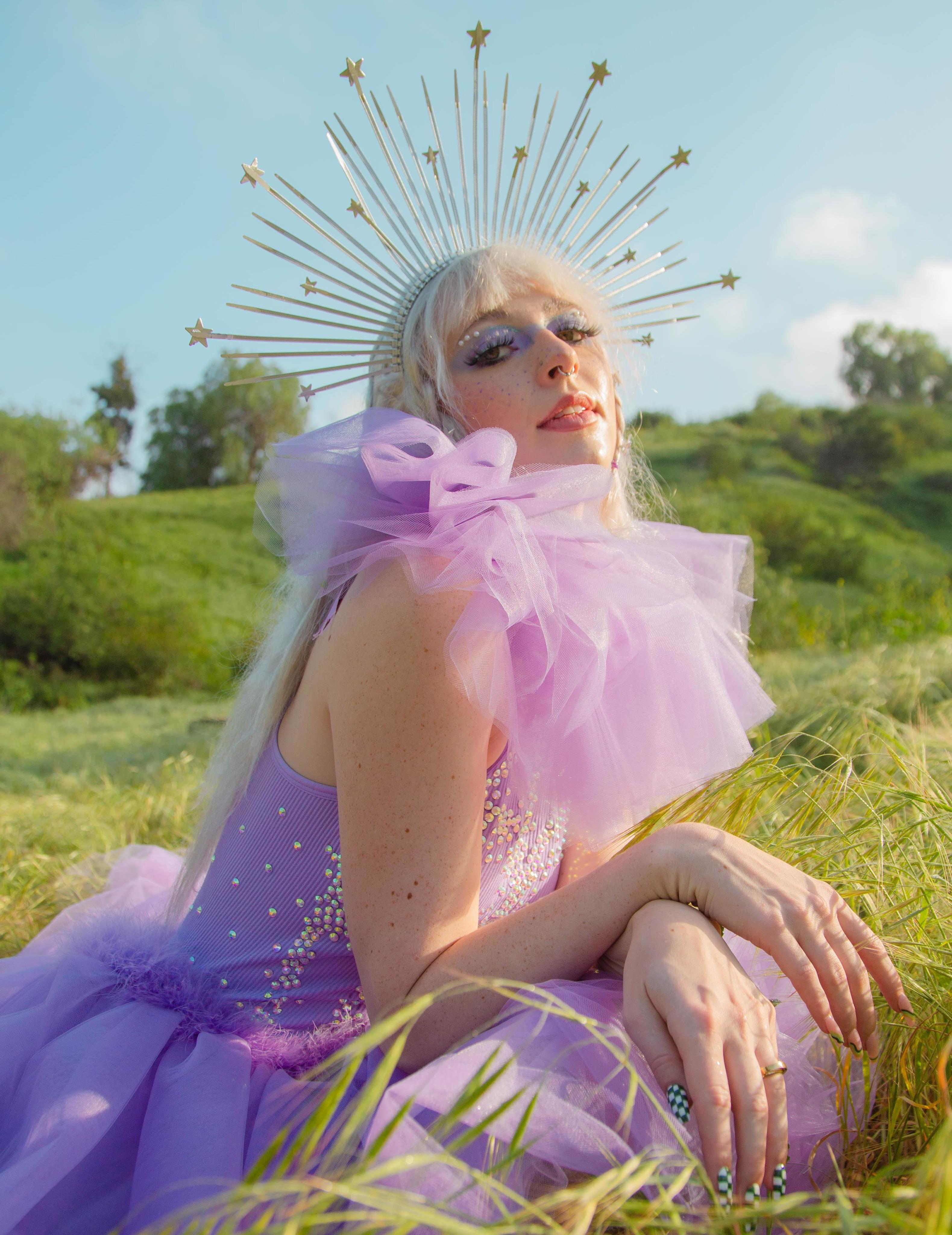
Fool Me Twice Sarah Bahbah
Runway Dreaming Lizzie Schneider + Ally Wei
Bloom Jacob Yeh
Remember Me Jason Cerin
Room 909 Johan Wennerström
Tumblr’s Persistence as an Online Safe Haven Annabel Haddad + Perianne Caron
Love Story Elle-May Leckenby
Becoming Visible: The Resurgence of Tongva Identity in Los Angeles Diego Frankel + Jacob Yeh
Sketches of Spring Tina Sonsa
I Wore a Onesie Courtney Dowling + Sofie Sund
Take Root Maria Eberhart
Idyll Skies Alex Lam
Exonerated Nation Victoria Valenzuela + Sarah Kim
Iridescent Exposure Niq Tang
Cherry Innocence Kellie Chen
To Poetry, Mirrors, and Myself Shay Martin-Jones + Kiera Smith
Reflections Natalie Serratos
Fleeting Youth Kaohom Boonyalai
On the Internet, Nobody Knows You’re a Dog Ariann Barker + Alexandra Abrams
mazie: Cover Star Awo Jama + Ally Wei
Indulge Kiera Smith
Making It: Black Women in Business Featuring Girl Cave L.A Ashara Wilson + Perianne Caron
Women Through the Looking Glass Serena Ngin + Ashley Armitage
Squiggle Diane Villadsen
RYL0: Her take on the Post-Internet Genre of Hyperpop Maya Elimelech + Natalie Serratos
Pastel Salt Caitlin Fullam
Hide and Seek Ally Wei
Shae Brock Forrest Leo
The Descent of Love Hayley Feinstein + Cayetano González
Alter Ego B Bibikova
Matea
Pioneer of Sustainable Luxury Shanaya Khubchandani + Kiera Smith
The Shell of a Soul Sophia Ungaro + Inma Vivas
Once Upon a Reverie Stacy Shen
Coming Out and Coming of Age: The Complex Role of Fashion in the LGBTQ+ Community
Allison Walsh + Sara-Anne Waggoner
Disillusion Leslie Huang
Op Vlieland David van Dartel ve.
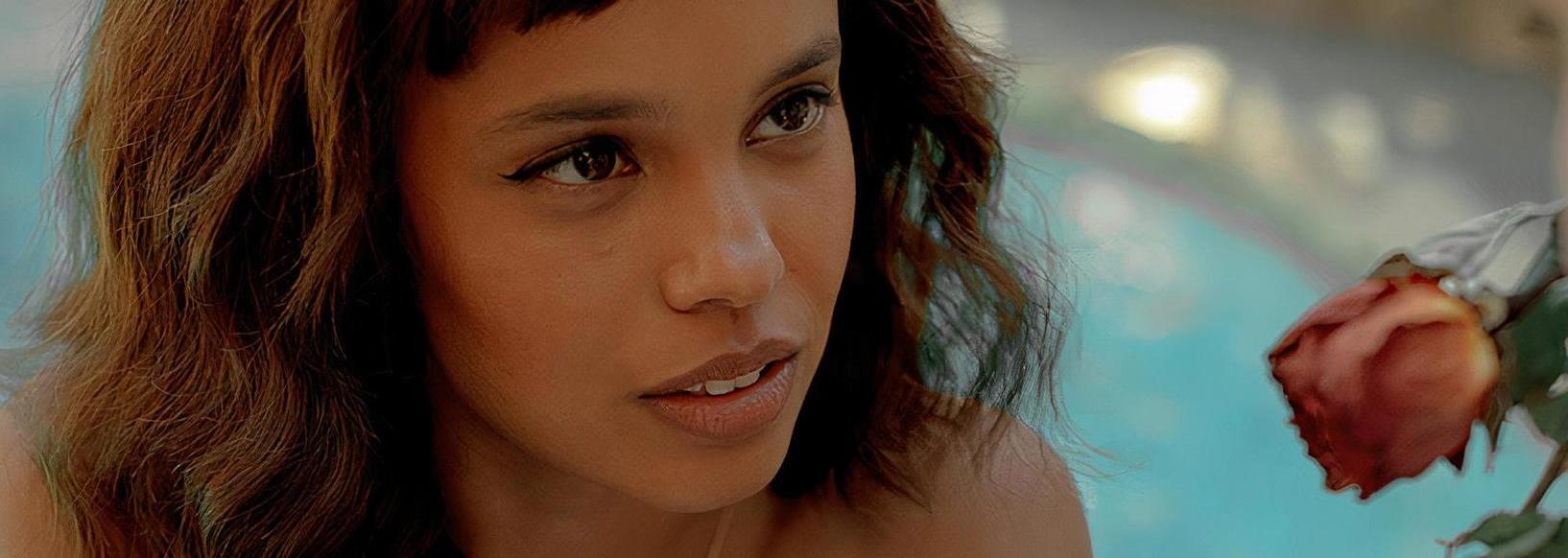
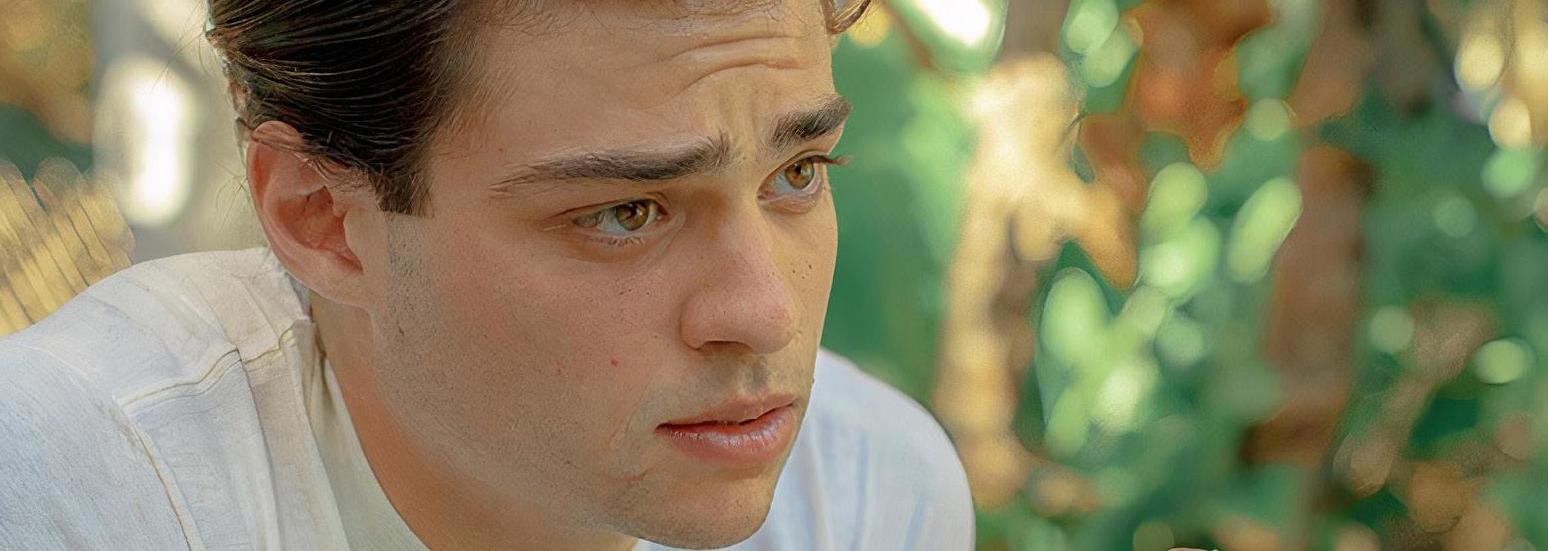
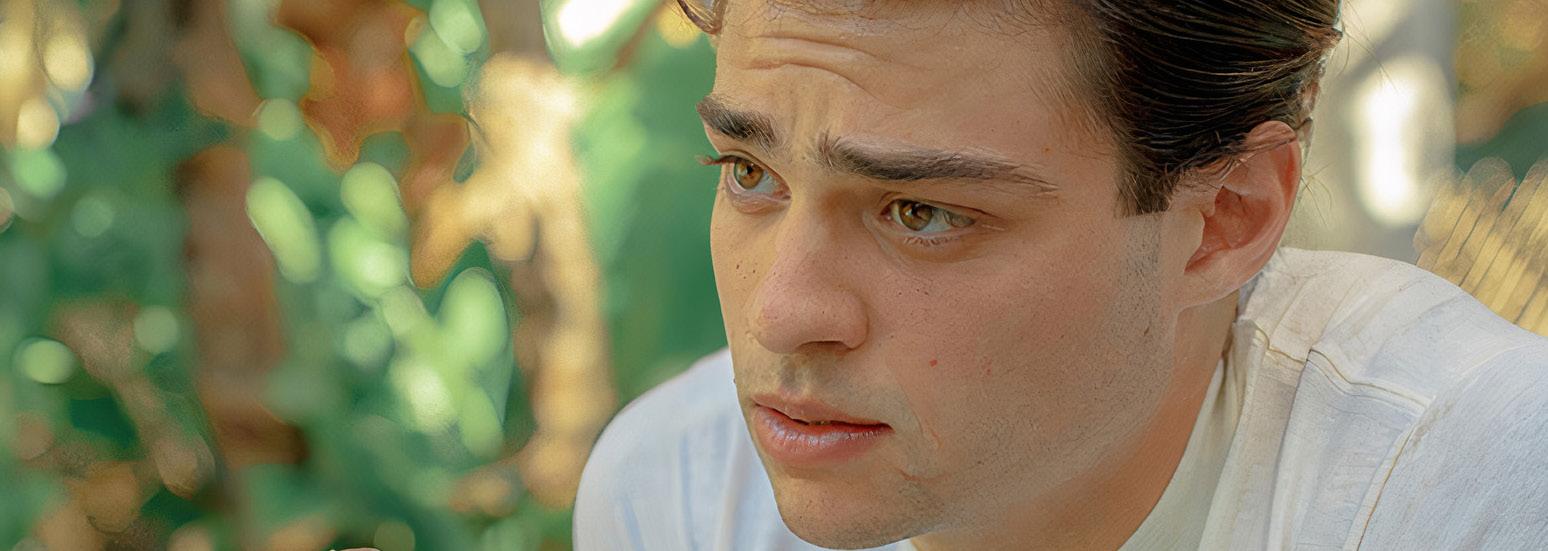
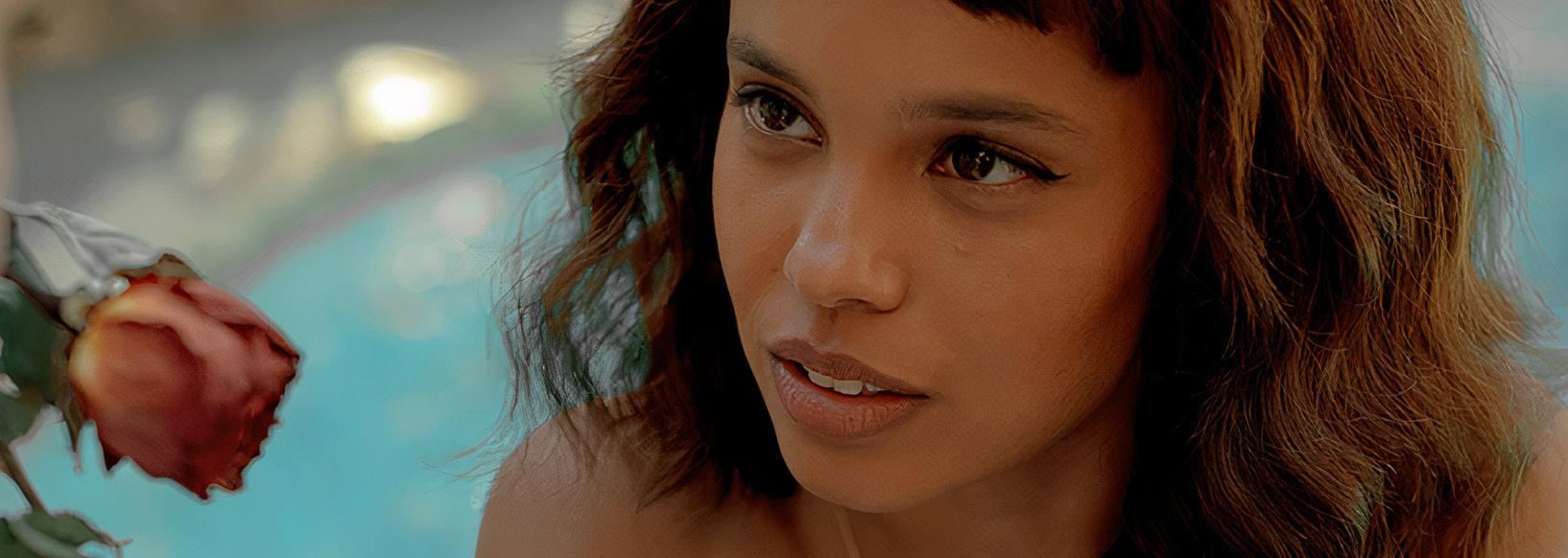
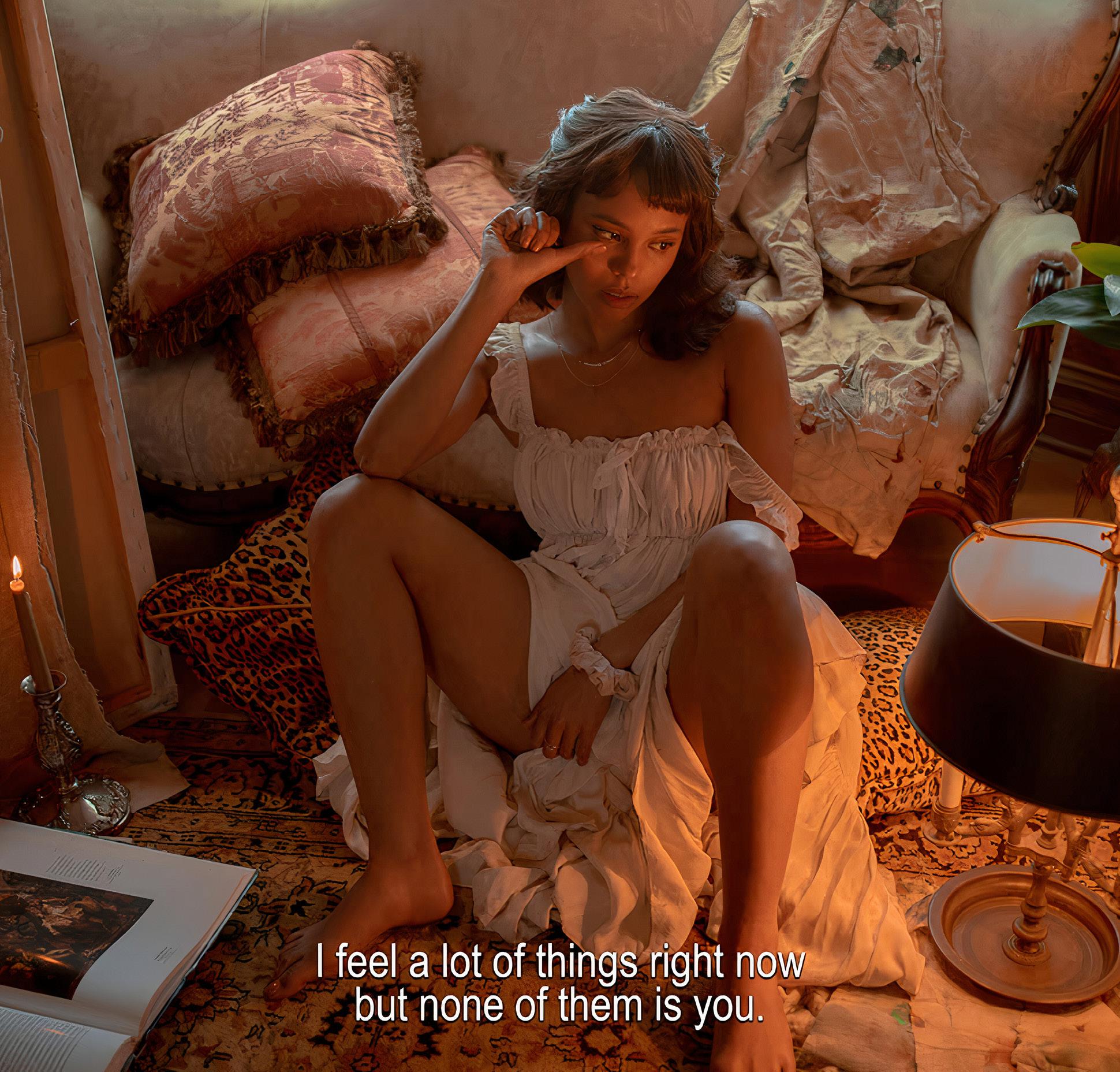
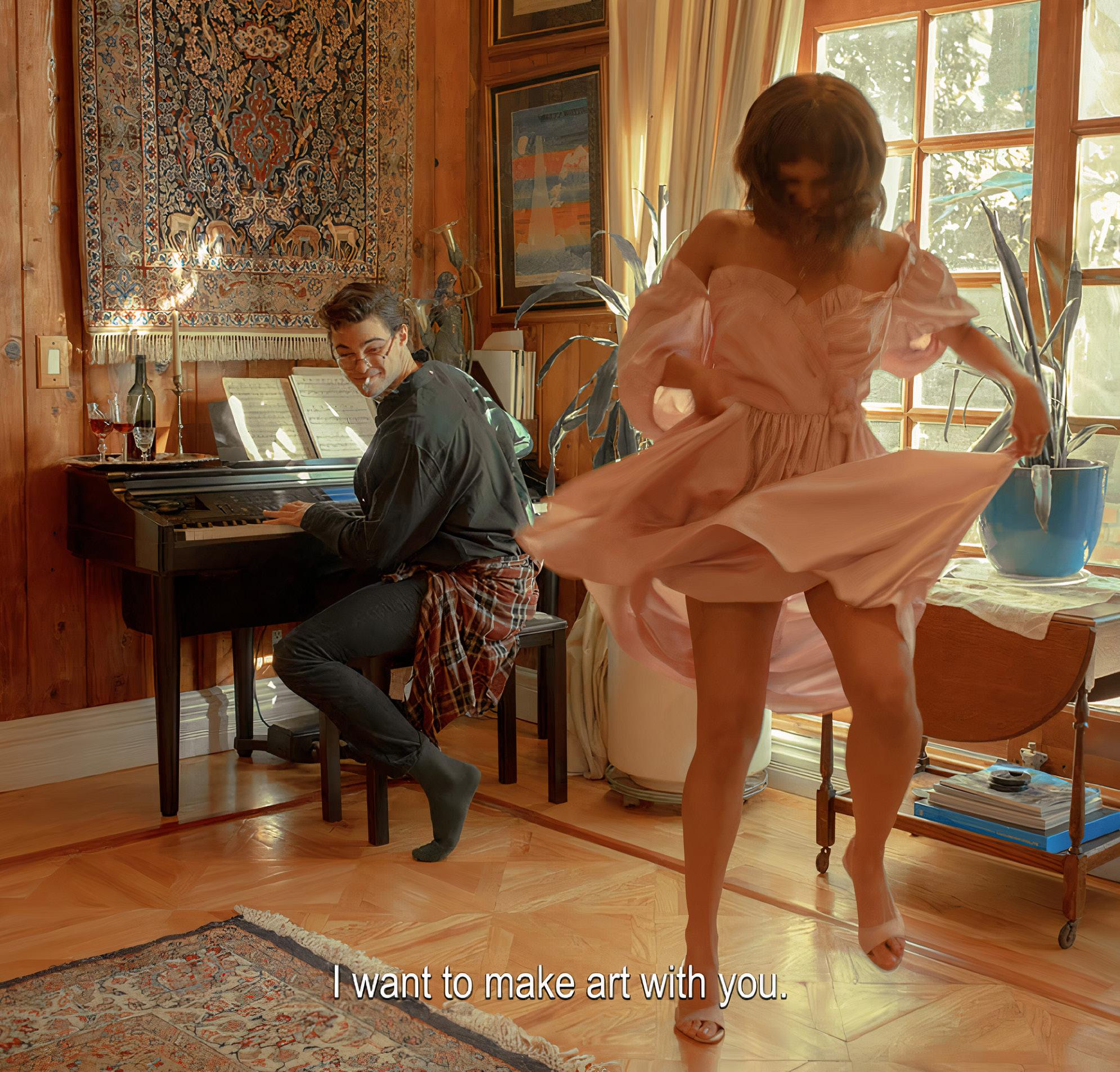
Colored in soft, warm hues is Palestinian photographer Sarah Bahbah’s latest photo series, “Fool Me Twice.” Meant to explore the “complex and often torturous dynamic between an ‘anxious’ partner and an ‘avoidant one,” the series follows the budding relationship of two young lovers, played by Noah Centineo and Alisha Boe. The series, which is currently being released in installments through Bahbah’s Instagram, has already amassed a considerable amount of interest, as each post boasts hundreds of thousands of likes. With fans pressing Netflix to make “Fool Me Twice” into a film, it is clear that Bahbah’s series is already resonating with her devoted fan base.

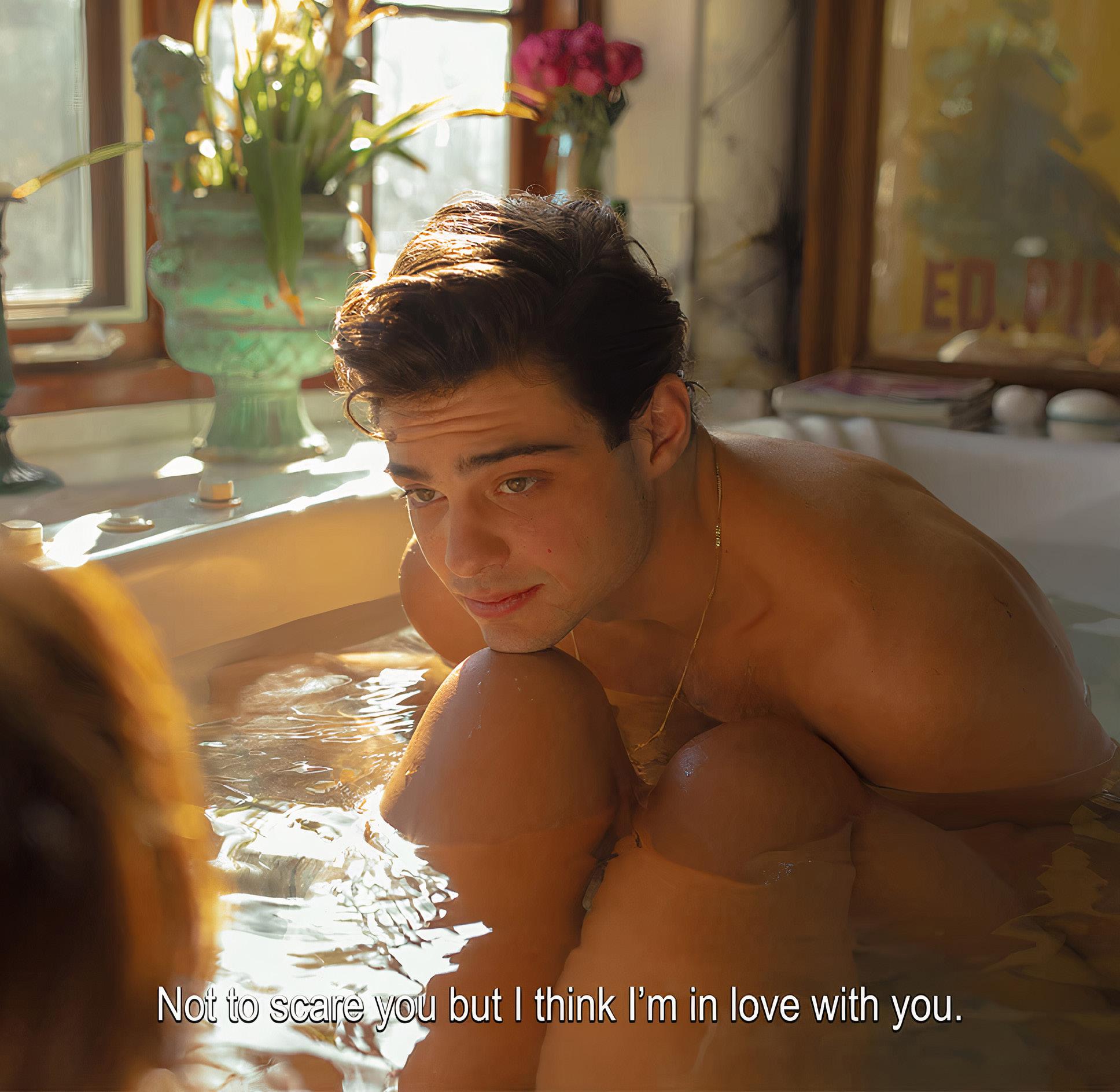

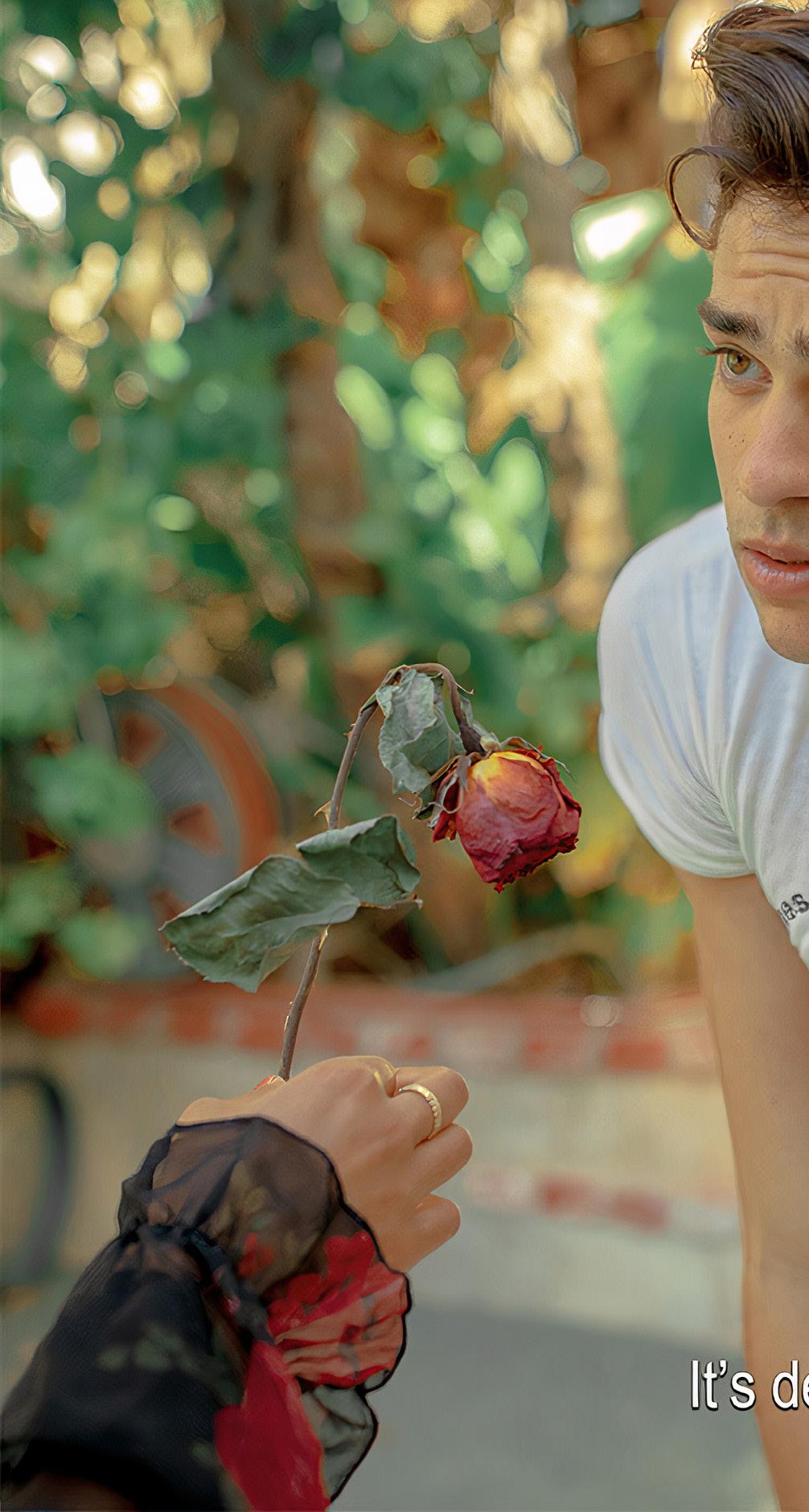
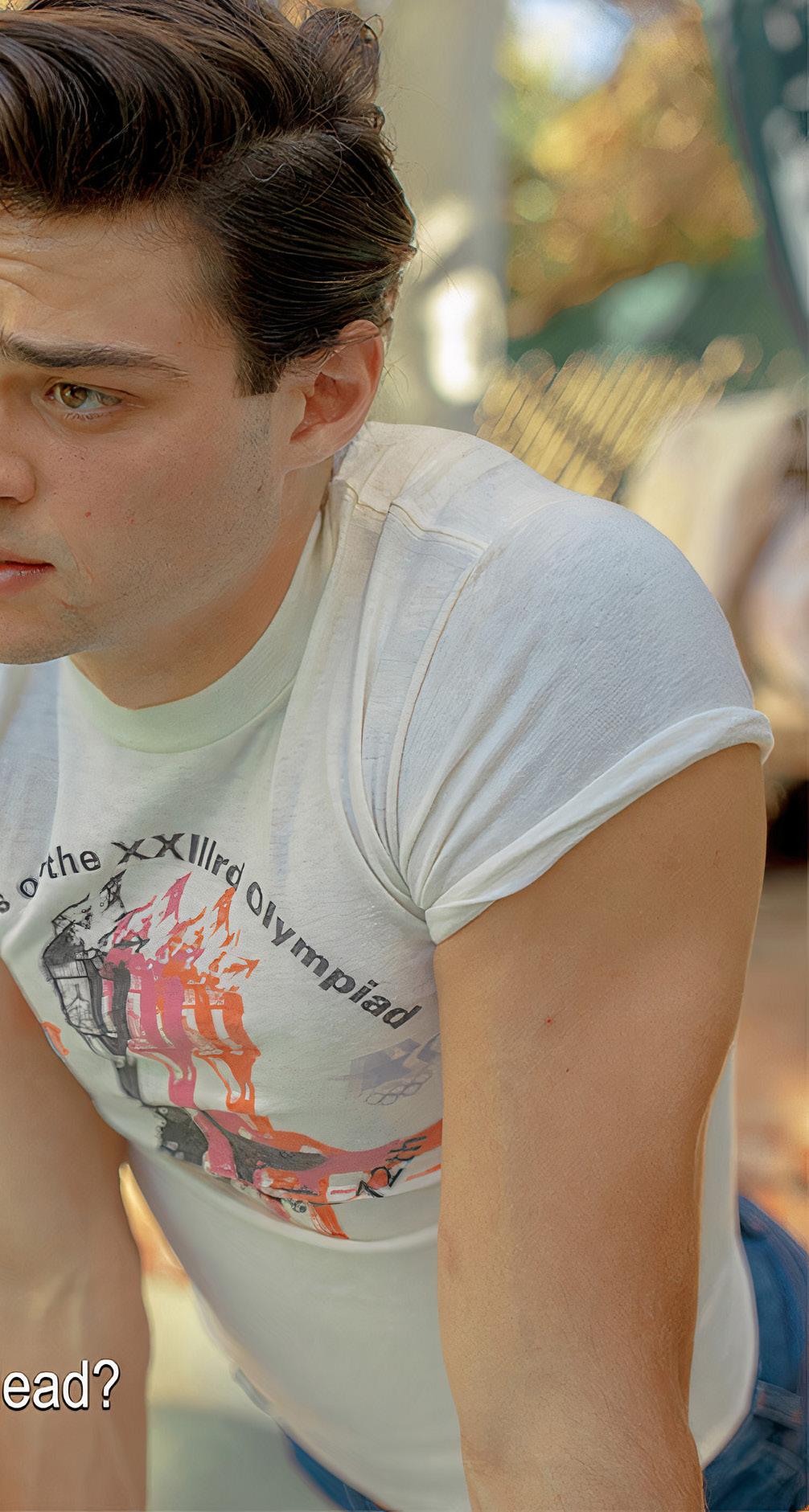

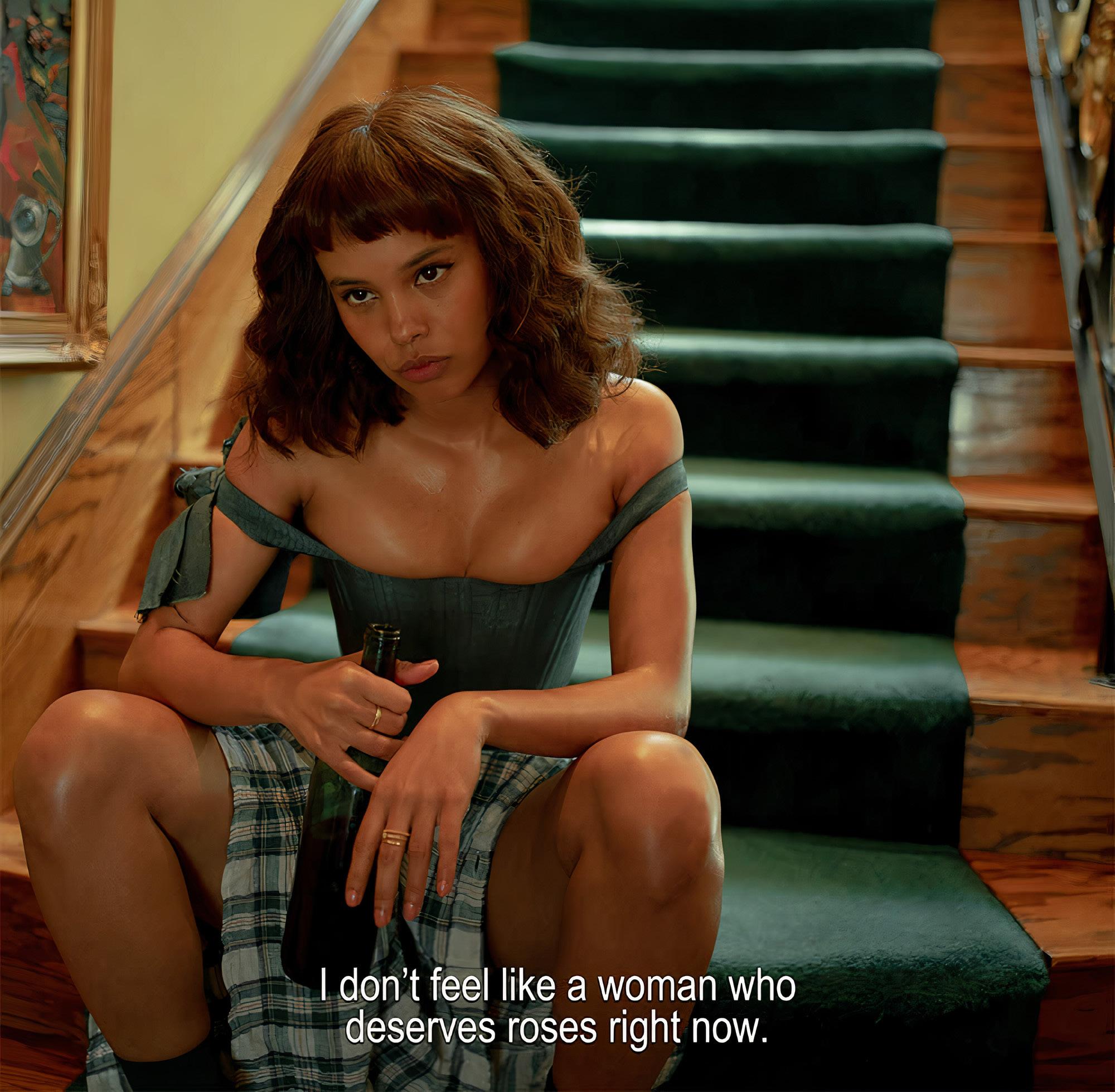

Sarah Bahbah, the Palestinian, Australian-raised artist crystallises the universal but rarely captured experience of oversaturated, intense feelings and imperfect relationships. Her protagonists give voice to the vast spectrum of emotion, spanning the desire for inner peace, true love, fear of commitment, playful ambivalence towards life and the paradox of wanting intimacy but craving isolation.

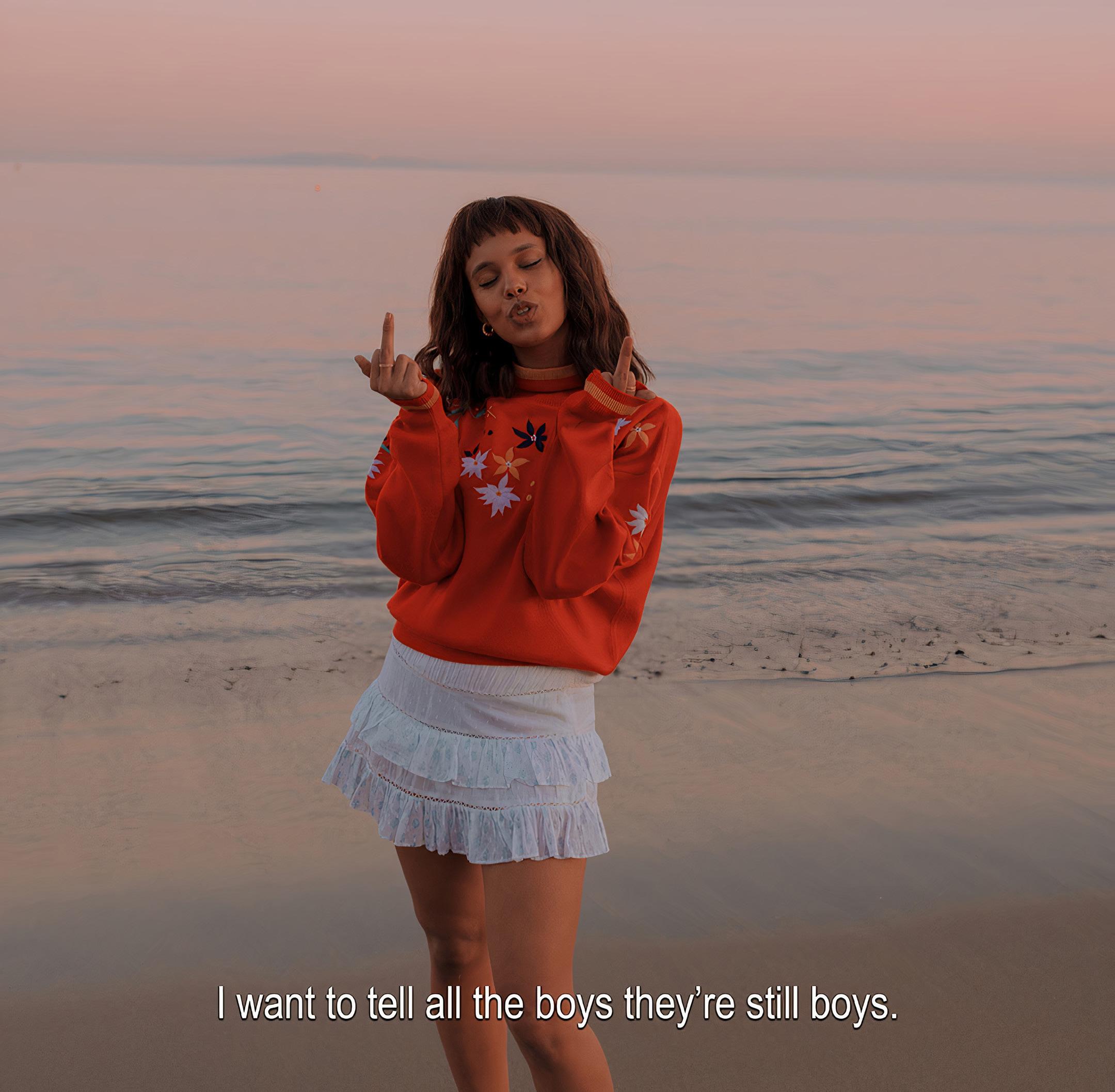

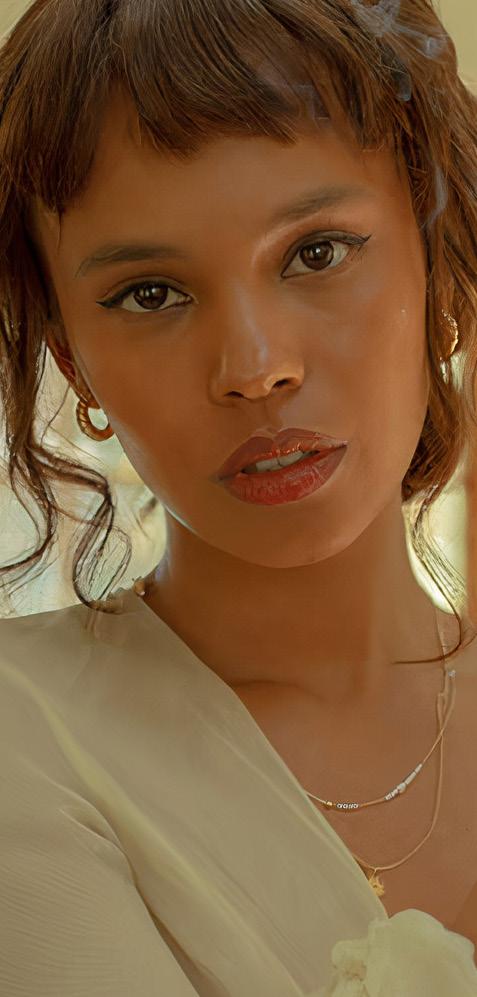
Models
Alisha Boe
Noah Centineo
Management
Lena Khouri from Between East
Art Department
Ester Song Kim
Assistant
Natalie Goldstein
Makeup
Alexa N. Hernandez
Styling
Ib Abdel Nasser
Hair
Josh Liu
Alex Henrichs





Haute couture is a dream state in itself -- the allure of luxury draws the public like a moth to a flame, and in every facet is an elevation from common necessity. Not only is a visit to a highend boutique an experience in the customer service aspect, but brands’ exclusive fashion shows elevate the already high fashion ex perience into an entirely different world. Worldwide fashion weeks are high-profile events with celebrities and fashion industry royalty flying in to attend. With the COVID-19 pandemic, designers had to pivot in order to create virtual edi tions of the otherworldly shows that provide a spectacle and a welcome respite from the outside world.
Typically, a fashion show takes place in a large venue equipped with a runway and many seats for attendees to view. For example, the Tommy Hilfiger New York Fashion Week show in 2016 was located on a pier and featured a carnival complete with rides, popcorn and pop-up shops. The show itself could seat up to 2000 guests and served as the main “attraction.” Oftentimes, the shows have been planned long in advance to go with the collection’s theme and inspiration and provide a deliberately artistic lens for the viewer to see the clothing through by utilizing setting, sound, and visuals. A prolific exam ple of transporting viewers through fashion shows and the col lections themselves would be the shows of Alexander McQueen. One of the most innovative creative minds of the 20th and 21st centuries, McQueen created worlds within his shows all centered around the clothing he designed. His Spring 1999 show “Number 13” highlighted the fashion house’s craftsmanship abilities, including models in ornately carved prosthetic legs, wooden angel wings and an entire skirt made of wood panels shaped to form a fan. The most avant-garde aspect of the show that lent it its dreamlike quality was the



final look. Model Shalom Harlow stood on a turntable in a plain white shift dress, gracefully sprayed in red paint by robots as she rotated. The dress was designed before the audience’s very eyes and went on to be exhibited in the Metropolitan Museum of Art’s costume collection. McQueen and creative director Sarah Burton, who took over the fashion house after his death, are known for their outlandish shows and imagination. For example, in one show taking place against the backdrop of a forest, a model’s head was adorned with antlers. In a break from the avant-garde nature McQueen tends to be drawn towards, the Autumn/Winter 2010-11 “Savage Beauty” show featured ornately gilded dresses reminiscent of Renaissance textiles and was fairly wearable. Evoking medieval Madonnas and Byzantine empresses, the feature that dramatically elevated the collection’s dream state was the show’s setting. Located in a heavily laquered Parisian chateau, the sumptuousness of the collection’s surroundings paired with the regality of the clothing made those in attendance feel as though they had traveled back through time to the late 1700s.
Unfortunately, with the onset of COVID-19 in 2020, the majority of the fashion world was forced to become virtual. Fashion shows were physically canceled, but that did not stop brands from putting on a show. Louis Vuitton turned to augmented reality technology, sending each attendee a pair of goggles from which they could watch the show with just models present in a physical form in Paris. Other brands pivoted as well, showing the flexibility of

Lizzie Schneider is a student at the University of Southern California pursuing a degree in Communication.
Ally Wei is an Los Angeles-based photographer who specializes in fashion and editorial photography. She loves going on adventures and spending time with friends.
Ally studies Media Arts and Practice at the School of Cinematic Arts, University of Southern California.







A living fairytale of high fashion. Elegant dresses in mystical environments, featuring empowering and bold women.
Models
Annika Gavlak
Elsie Wang


Balmain opted to display their collection in typical fashion, although attendees were merely virtual faces in the crowd. Prada chose to create a line for the Spring/Summer 2020 season made up entirely of upper body logo work so as to appear fully decked out when a buyer were to be on a Zoom or Facetime call, and Gucci created an entire online “festival” complete with Gucci remotes sent to attendees in their goodie bags in which art features and celebrity appearances marked the showing of their 2020 collections. The dreaminess of these occurrences can partly be attributed to the modernity of technology usage, but for the majority of the population, an invite to attend high fashion shows, be it virtual or in-person, is a dream in itself.
Off the runway in designer stores, shopping is above the average department store or boutique experience. One is greeted personally by a sales associate who caters to every need and is typically offered a refreshment and a place to sit. In Beverly Hills on Rodeo Drive, not only does Gucci have a boutique, but also has its own café restaurant on its rooftop, further offering an all-encompassing experience. When on Rodeo itself, shoppers step into a tree-lined wonderland of glittering window displays and sumptuously dressed shoppers complete with expensive cars and pricey sit-down restaurants. It is an oasis from the hustle and bustle of Downtown Los Angeles. A unique, and often overlooked feature that makes shopping at luxury store locations a dream state is the personal relationship clients formulate with their sales associates. Relationships typically develop within a few years and if a rapport is built strong enough, especially at stores like Hermes, a shopper can get insider




access to exclusive products and even get on uber-exclusive waitlists for elusive products like the Kelly or Birkin bags. Another popular luxury locale is Asia, where the landscape of luxury shopping is shifting and where a third to a half of global luxury designer sales originate. The game of designer exclusivity and becoming a deserving customer is a feature of luxury shopping that those outside the world of fashion may not be aware of in the slightest. It is yet another gate in the path to the designer dreamstate.
The allure of luxury is its perceived unattainability, and the experience goes beyond simply clothing. The signal of wealth and attentiveness that comes with it is something that many cannot fathom and the lucky few get to experience from each new season. The production of catwalks and fashion shows are truly the lifeblood of designer fashion, for without creativity, a dreamworld created both for the masses and the few would not be possible. During uncertain times like the current COVID-19 pandemic, further questions about the unattainability of luxury fashion are called into question. Considering whether it is tone-deaf to even put on fashion shows, debating if fashion even holds as much weight during a global crisis, and the industrial shift to virtuality have been integral questions to think about for both brands and consumers. From a consumer standpoint, online shopping has held more weight than usual as the idea of wearing fun clothing in the future to events post-pandemic is a light at the end of the tunnel. The catwalk broadcasts serve as a welcome distraction from the bleak statistics released each day on news outlets and can be considered a creative dream for the future.






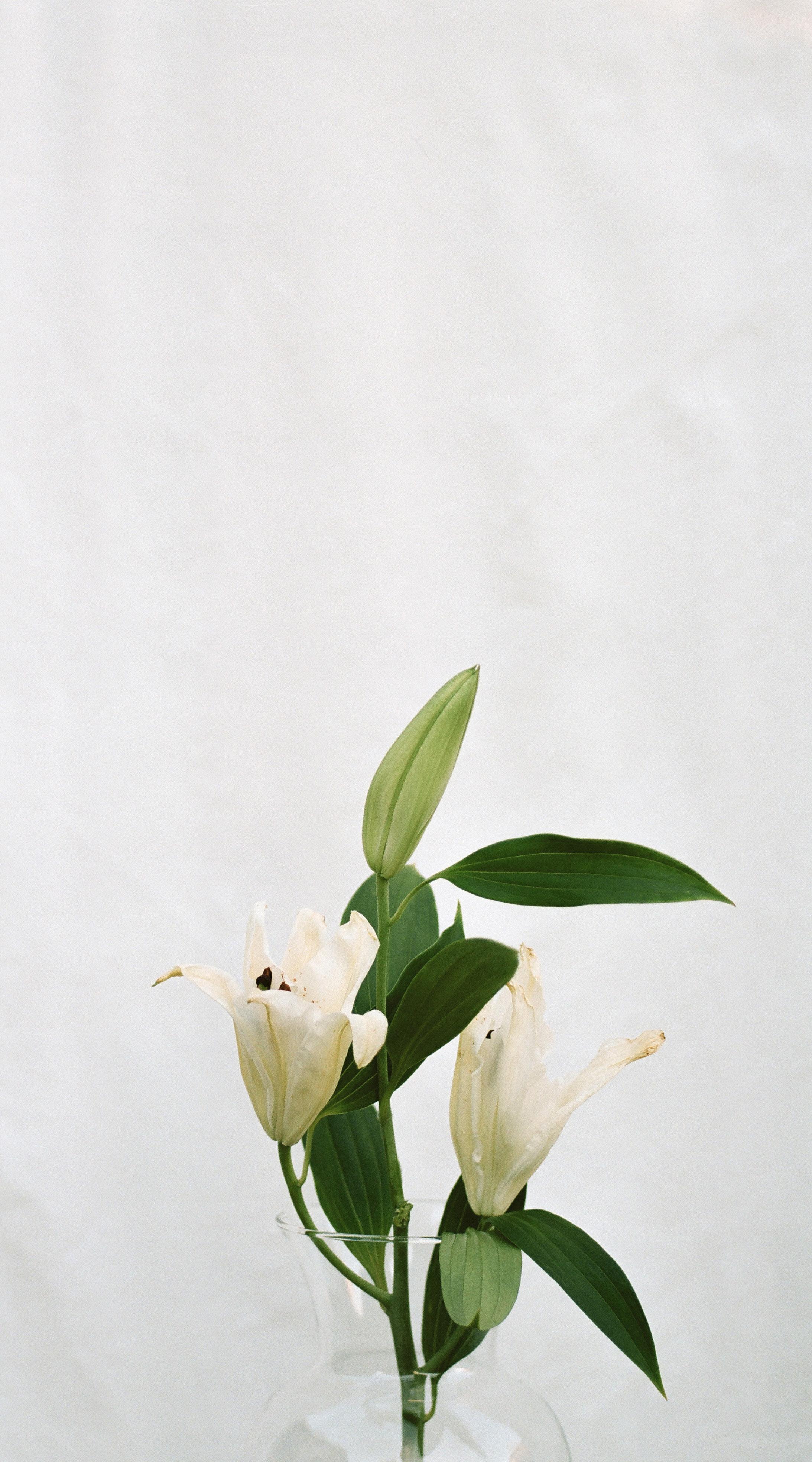





Jacob Yeh is an Pasadena-born and Los Angelesbased photographer who specializes in portraiture and abstract photography. He enjoys cinema, music, and most recently, cooking. Jacob studies Communications and minors in cinematic arts and media studies at the University of Southern California.

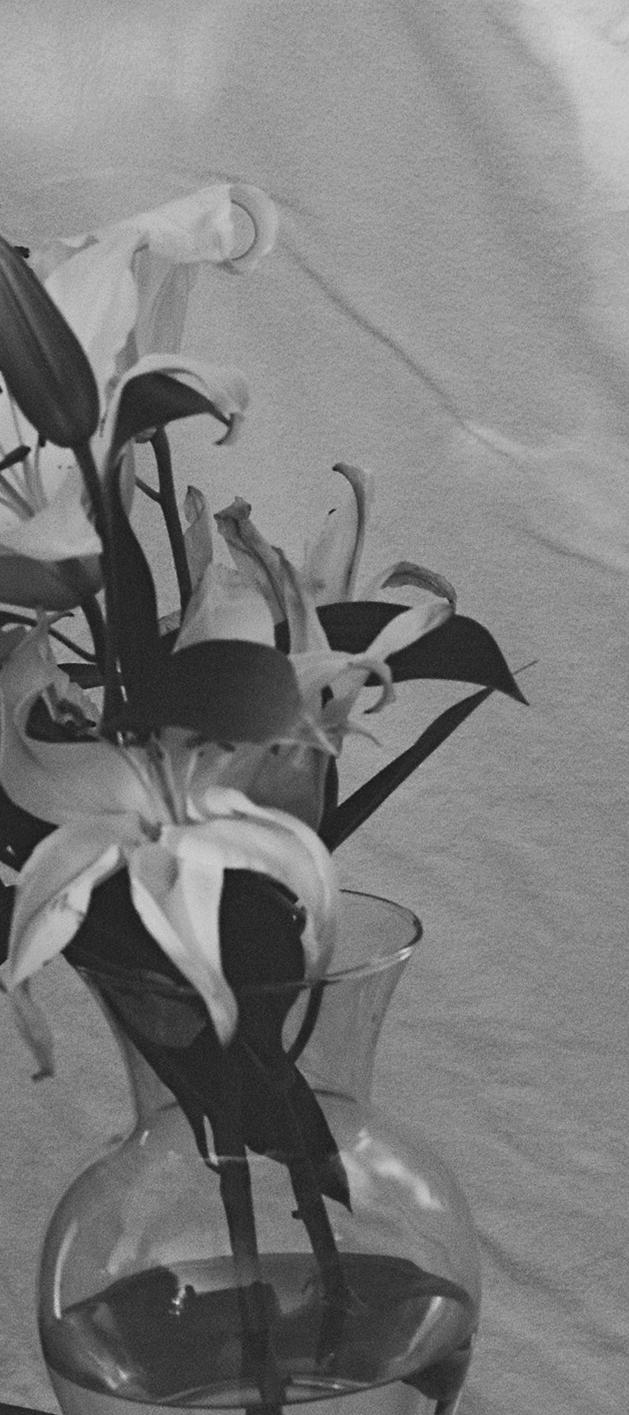

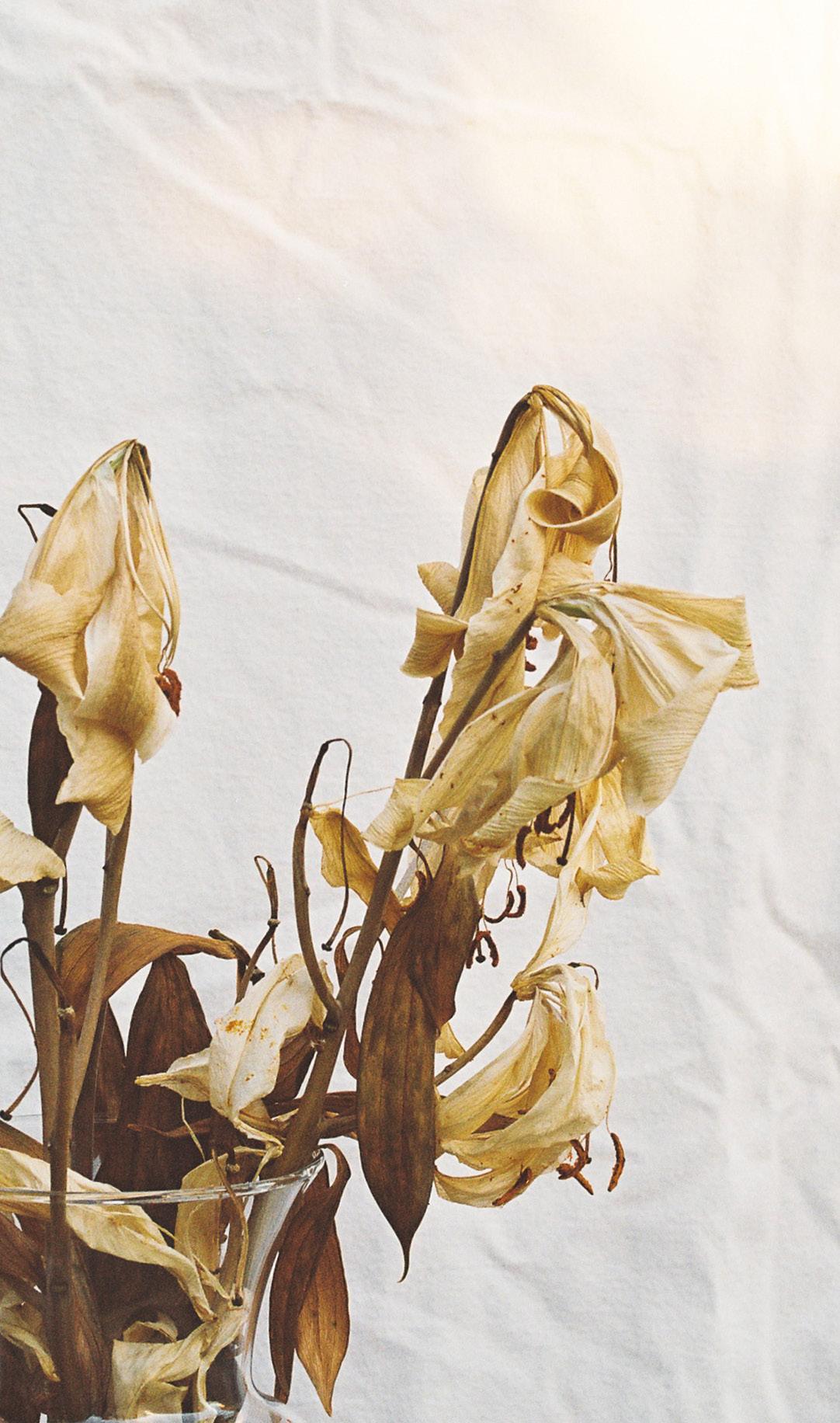



as a twin.
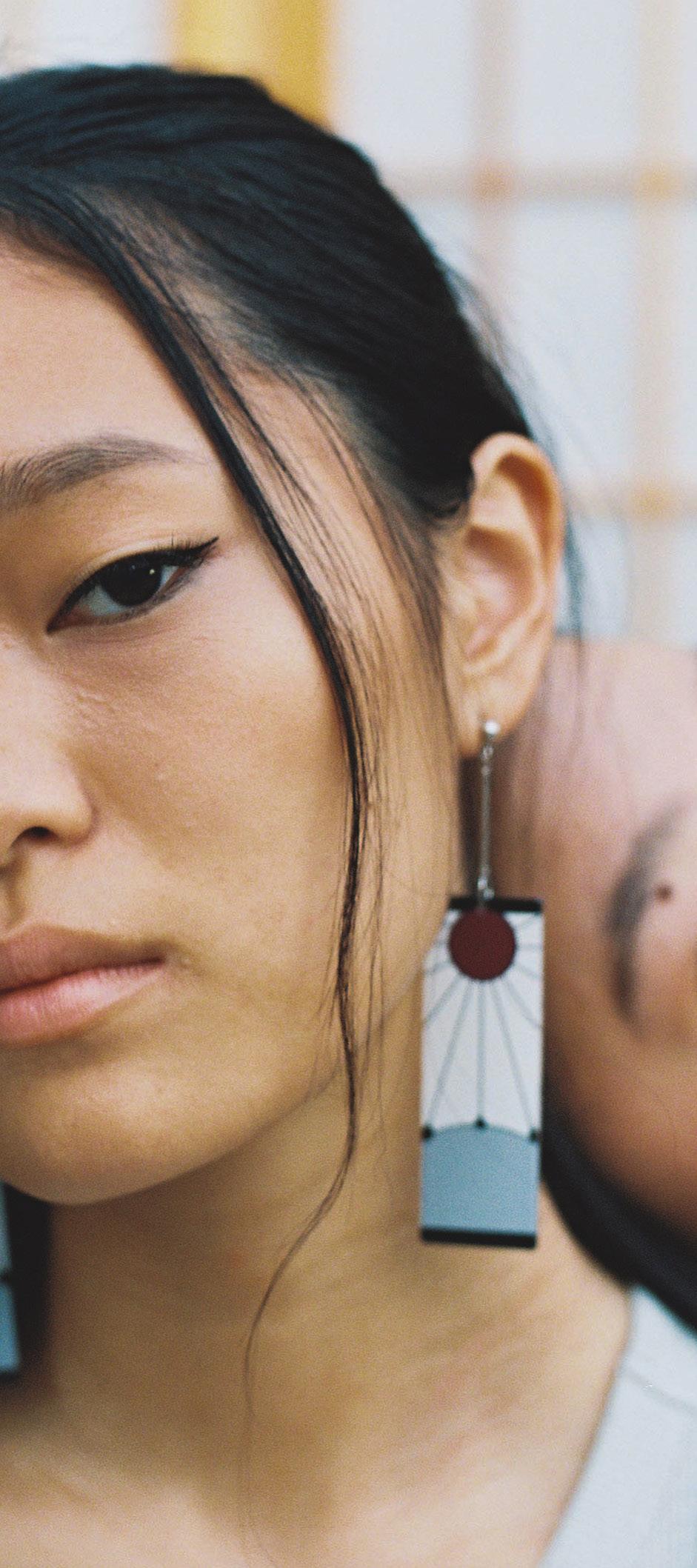






Throughout these past four years, I have constantly been faced with the question, “what path do I want to forge for myself?” Individuals my age find ourselves at a crucial point in our lives, as we must make decisions that have a direct impact on our future and ultimately, the legacy we establish for ourselves. With the job market becoming increasingly competitive, it feels like there is simply no time for you to not know what you want to do. I find myself as part of a generation that is thinking about financial security and success earlier than anyone else. This is due to the fact that we have constantly been taught to recognize the relationship between wealth and success, an idea that has only been magnified since I started attending the University of Southern California. As seen by the number of last names inscribed on the sides of buildings and donning the tops of scholarships, it is almost as if legacy has shifted from “who they were” to “what they were able to buy.”
According to Merriam-Webster, success can be defined as “the gaining of wealth, respect, or fame.” When you grow up seeing explicit phrases such as these printed on something as official as a dictionary, it feels difficult to dispute. Many people grow up believing that success involves earning large amounts of money, being academically gifted or serving as the leader of a powerful institution. It is for this reason that many young people pursue careers as doctors, lawyers and engineers, as they are well respected occupations that practically ensure financial security and, relatedly, future success. Society has pruned us to recognize the idea that wealth leads to status and status leads to power. This makes sense, as success through these avenues can be tangibly measured by annual income, company hierarchical standings and general reverence an occupation receives from society. We currently find ourselves in the midst of a data-driven world where numerics and statistics can be used to draw conclusions to concepts as broad as success.
With wealth comes the opportunity for people to exercise forms of social influence. “A lasting legacy of support” is how one of USC’s many naming opportunities is described online, which range in price from $25,000 to $3.5 million. Emblazoning the name of donors onto buildings, bricks, plaques, scholarships and programmatic funds has been

a way for institutions to entice check-cutting for years. Experts say that these donations are often “a combination of vanity and legacy—with an emphasis on the latter.” Wealthy families want to envision and put into place what their legacy is and how to pass it to the next generation. While not inherently narcissistic, as each naming is tied to a philanthropic bequest, these items undoubtedly play a role in each donor’s legacy. These namesake items serve as a physical and long-lasting reminder of the significant role that person played. It is a guarantee that generations to come will know that name and connect it to the success that the given entity amasses; however, is a namesake able to represent the totality of one’s legacy?
When I asked some of my friends their opinion, one said the names that decorate our campus “don’t mean much to me since I don’t know these individuals personally, I just know they were wealthy enough to put their name on the front of a lecture hall. For me, it doesn’t speak to who they truly are as an individual.” Someone else joined in to say “just because you have enough money to buy a bench doesn’t necessarily mean that you are a good person.” While it is a hope that wealthy individuals are not donating money with the sole intention of having their name on a building that will outlast their own physicality, responses like these, and those expressed in numerous studies, support the idea that material aspects of one’s legacy are not all-encompassing.
Strayer University recently conducted a national study known as the “Success Project Survey’’ to determine what Americans’ modern definitions of success are. Results showed that 90% of respondents

thought success depends principally on happiness rather than power or prestige. In his response to the results of the study, Dr. Michael Plater, president of Strayer University, said “I think people will be surprised to hear that the vast majority of this country no longer views traditional wealth and fame-based notions of success as having ‘made it.’’’ As mentioned previously, we do still live in a time where money plays a key role in our daily lives, but it is important to recognize that it is one of many factors.
The concept of legacy often reminds us of death, but the two are not mutually exclusive. Death informs life by giving you a perspective on what’s important, but legacy is really about life and living. It helps us decide the kind of life we want to live and the kind of world we want to live in. The giving and receiving of legacies often brings with it a multitude of emotions: longing, remorse, anxiety, fear, contentment, gratitude, humility, love. In experiencing this spectrum of emotions, there is a reflective period that forces you to take into account all of your accomplishments and shortcomings, what you’ve done and hope to do and the introspection of your life as a whole. For many, that involves looking to an individual they admire and the things they did to give their life meaning.
During my freshman year of college, I was told that my grandmother had been diagnosed with lung cancer. Due to the stage the cancer was in at the time of diagnosis, she was given a six-month time frame left to live. Since her symptoms were not present and she would always say how she felt as good as could be, I never really thought much of it. However, Thanksgiving came around and it was as if
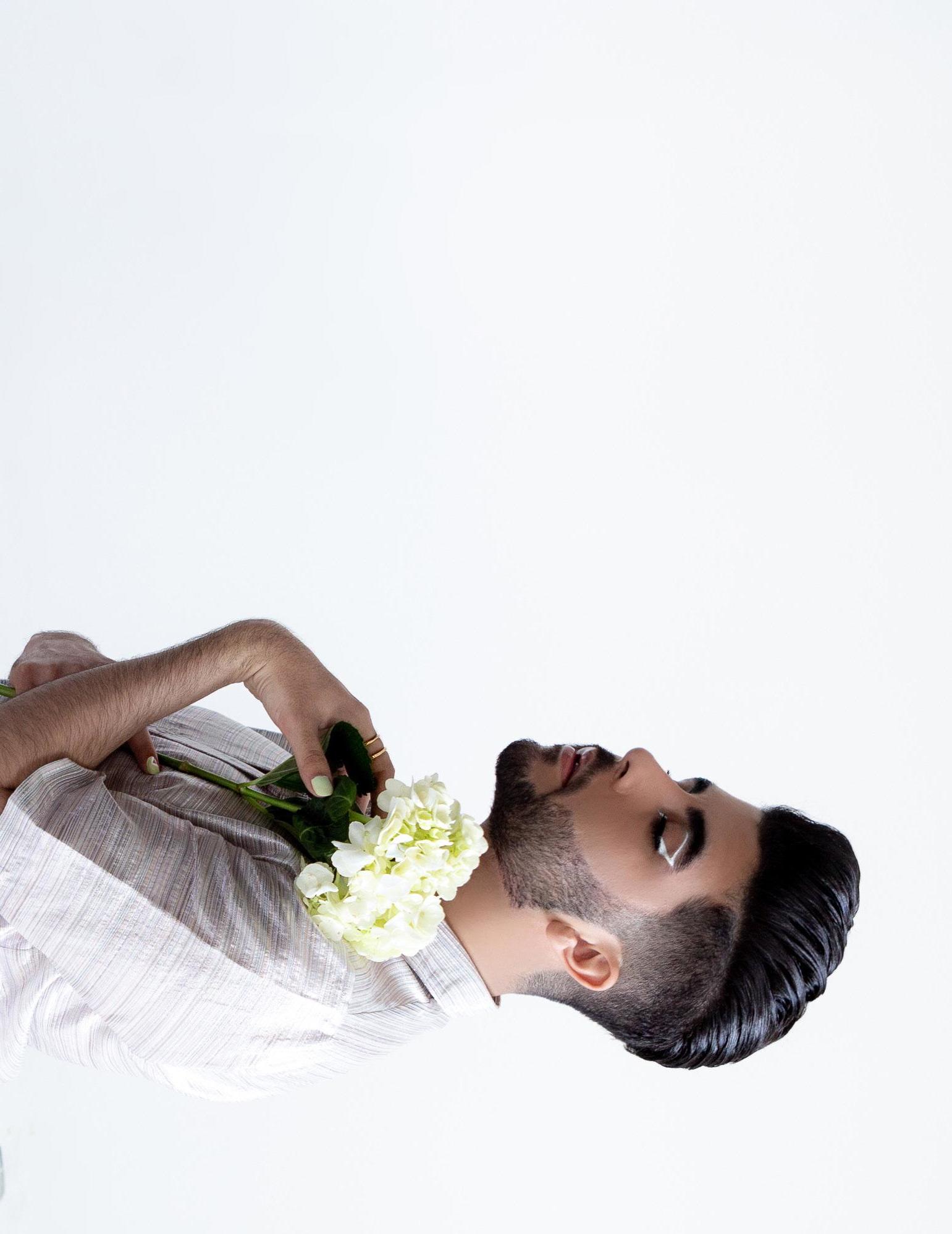
everything came crashing down at once. Her condition worsened exponentially, she was given an even shorter period of expectancy. The person whom I had known all my life was slipping away right before my eyes. One short month later, I received the call saying she was gone.
My parents asked if I would give the eulogy speech at her memorial service. At first, I was unsure how I was to take 87 years of someone’s life and condense them into a mere 400 words. It was during this time that I had to look back on all the memories that left an impact on my life and think about what legacy truly meant to me. Through this process of reflecting and writing, I was able to wade through years of what I thought legacy was supposed to mean and solidify my own definition of it. For me, it was that when a person truly impacts your life in a significant way, it is not the amount of money they had in their bank account, the size of the house they lived in or any other materialistic factor that mattered, but instead the social and personal impact they left on your life.

We all want to be remembered in some capacity after we die. Whether that be for the work we did in our professional field, the acts of service we took part in, or simply for the kind of person we were, there is a collective goal to not be forgotten. As humans, we have an inherent desire to create meaning in our life and to have that meaning live on after us. When our accomplishments can be recognized and revered by others, it almost serves as an existential affirmation that our life mattered. As a society, we contextualize this construct as legacy. Built on stories, traditions, memories, hopes and dreams, legacy is the interconnection across time that satisfies a need for those who have come before us and a responsibility to those who come after us. Legacy is fundamental to what it is to be human.

Grooming
Robert Maldonado
Makeup
Alejandra Villanueva
Styling and Nails
Alissa Nguyen
Set Design
Elizabeth Yin
Videography
Abbey Martichenko

Buildings may crumble to the ground and plaques may rust over, but one thing that cannot be erased posthumously is the personal connection that is established between two individuals. My grandmother is physically gone, but psychologically she is everywhere. She has become a part of me, my parents and my family on a cellular level, which allows many roads to still lead back to her. For me, that is what defines a legacy: Being able to push beyond the veil of grief and mourning to reveal the beauty that emerges once you accept the finality of goodbyes. It is the traits and ethics that people bestow upon those around them that live on after one dies. For both young and old, the power of legacy enables us to live fully in the present. You understand that you are part of a larger community, a community that must remember its past to build its future. In legacy, there is caring combined with conscience, and wisdom to be found in one another.
Jason Cerin is a student at the University of Southern California currently pursuing a degree in International Relations (Global Business). He is the Co-Founder and former Creative Director of Haute Magazine.
Tim Vo is a student at the University of Southern California currently pursuing a degree in Philosophy, Politics and Law. He is also a Los Angeles-based photographer who specializes in fashion and editorial photography.
 Photography by Johan Wennerström
Photography by Johan Wennerström
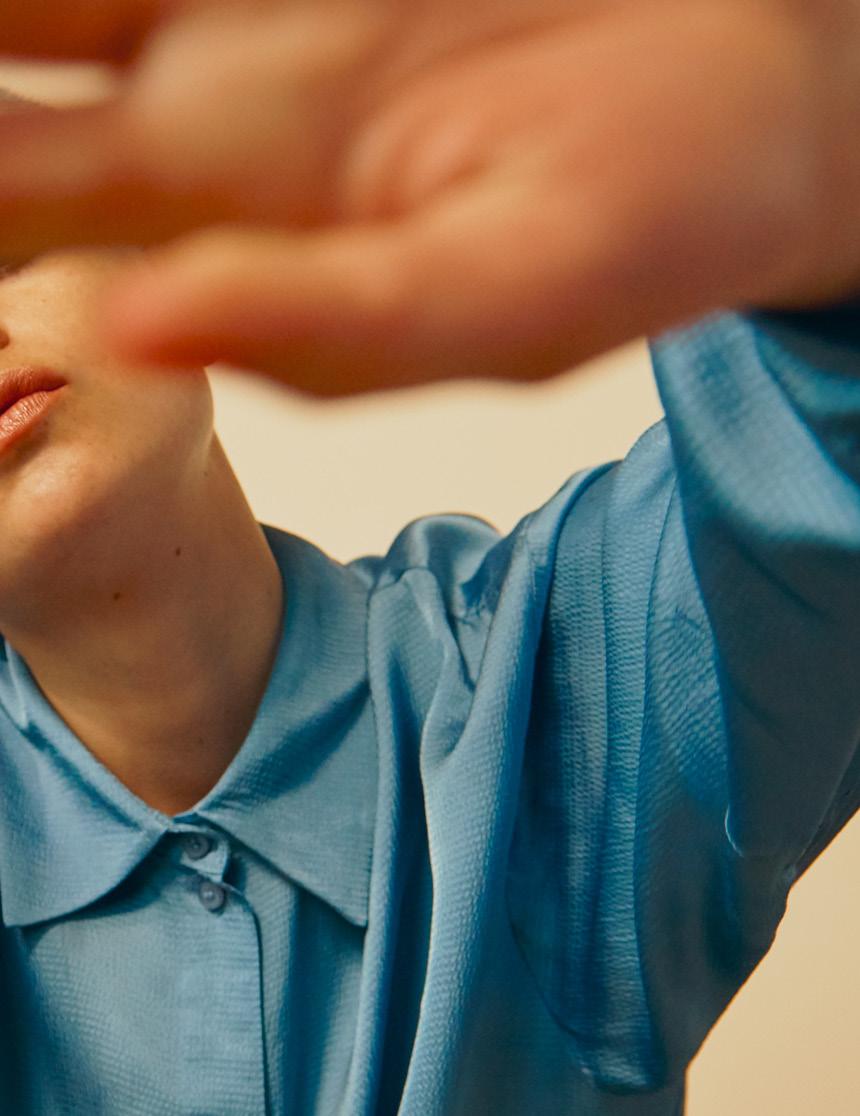

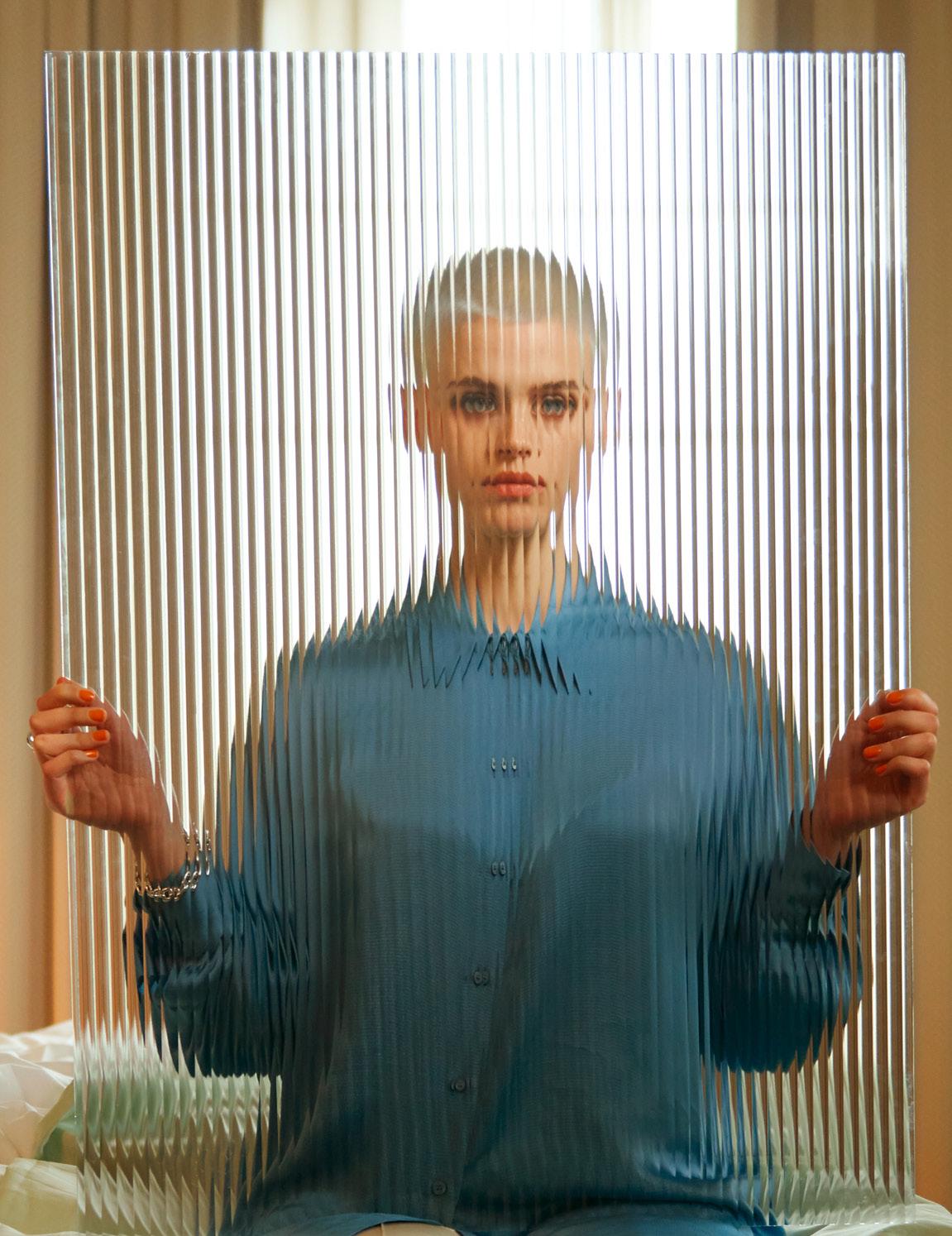
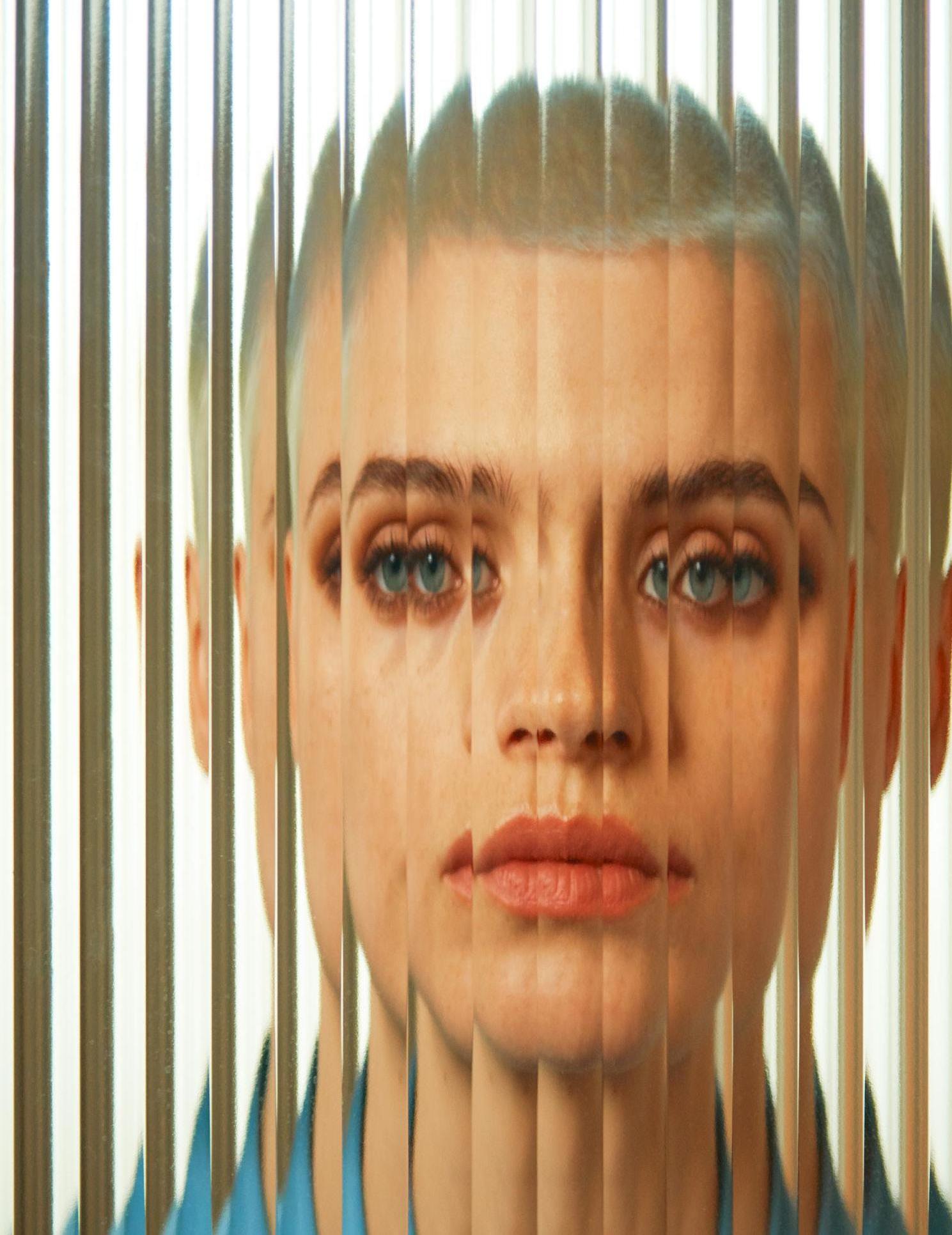

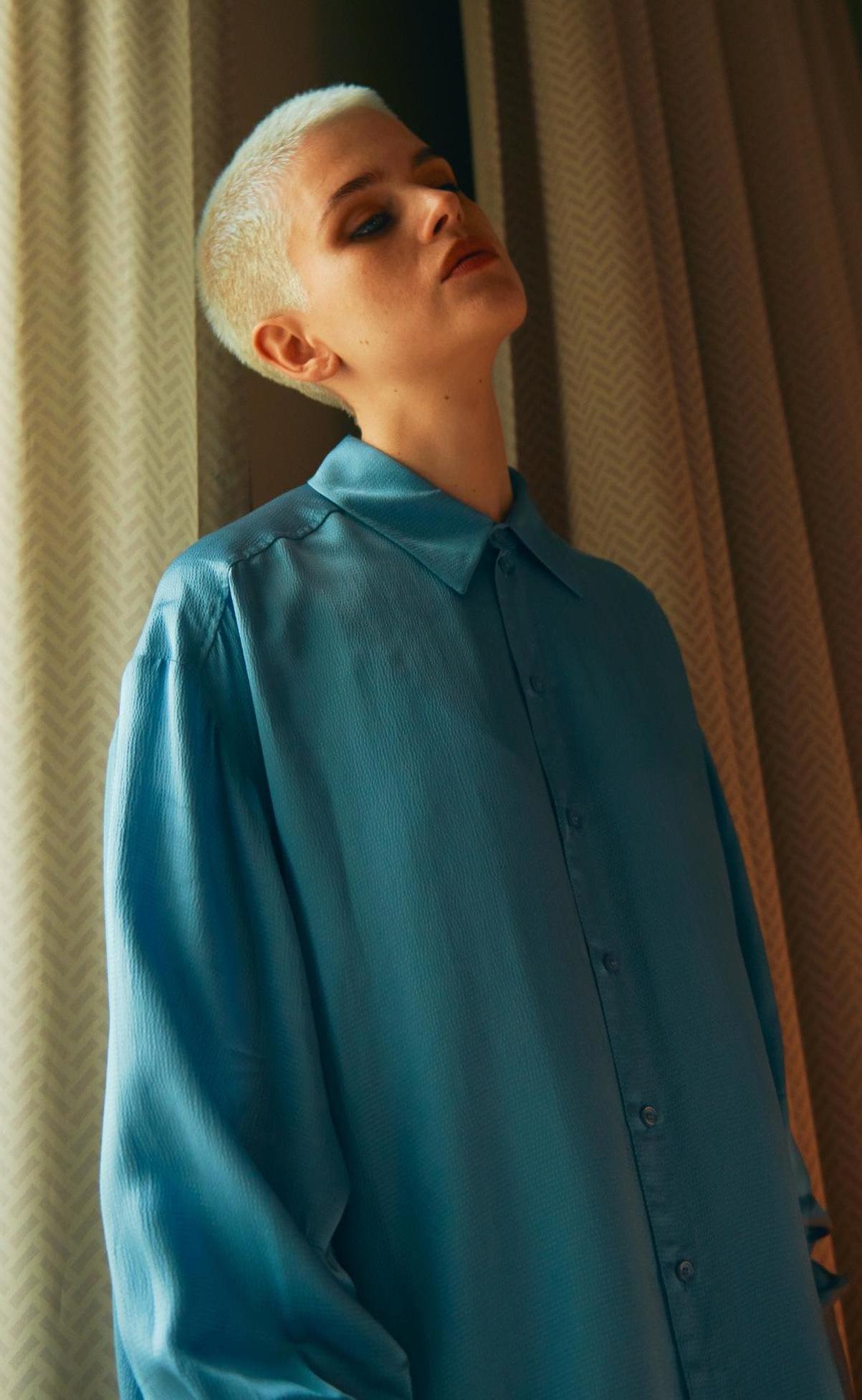


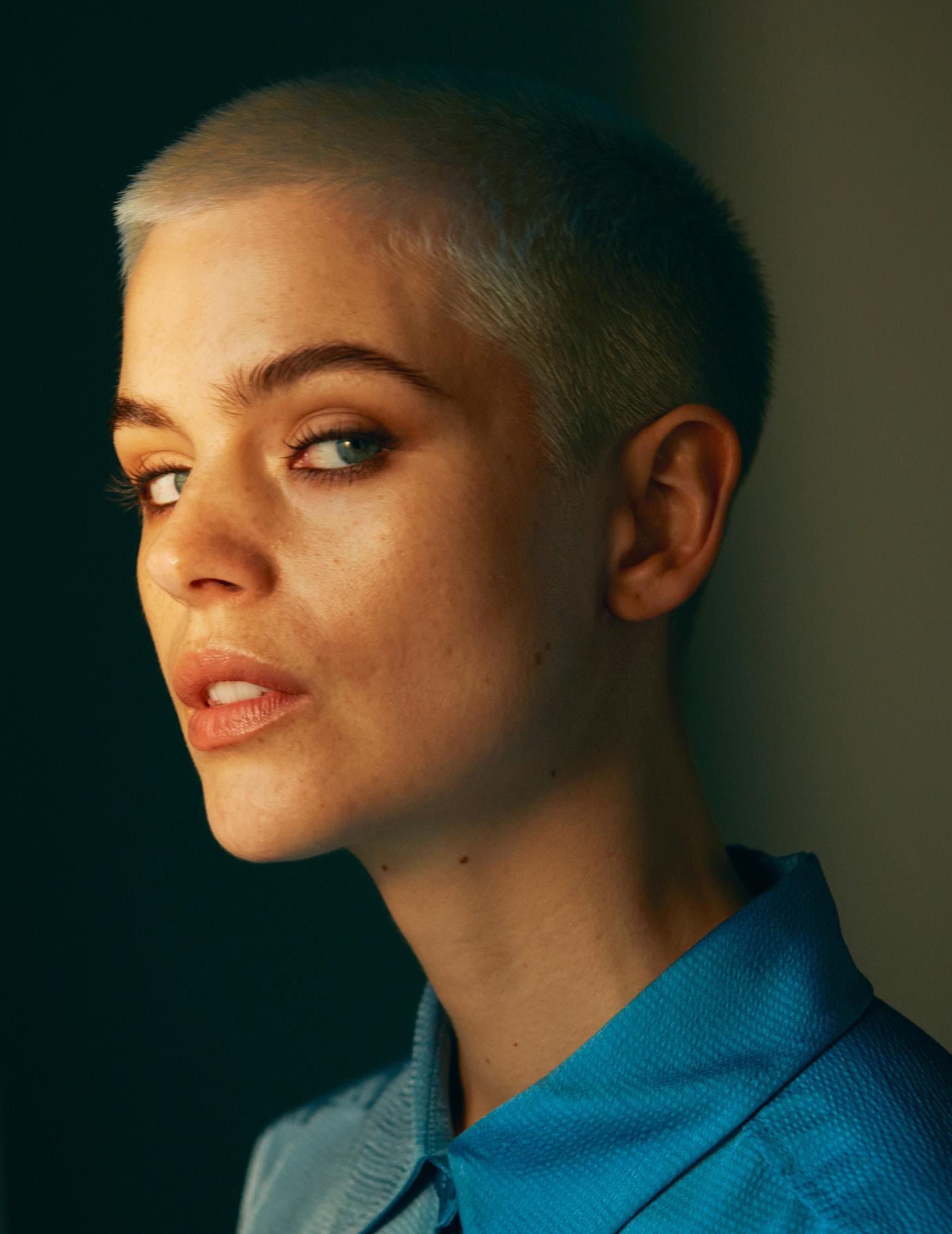
Cajsa Wessberg
Johanna Nordlander
Nobis Hotel Stockholm Falsett Rental
Johan Wennerström is a Stockholm based photographer whose work ‘conveys calmness, vastness, and a dreaminess only found in the northern latitudes.’
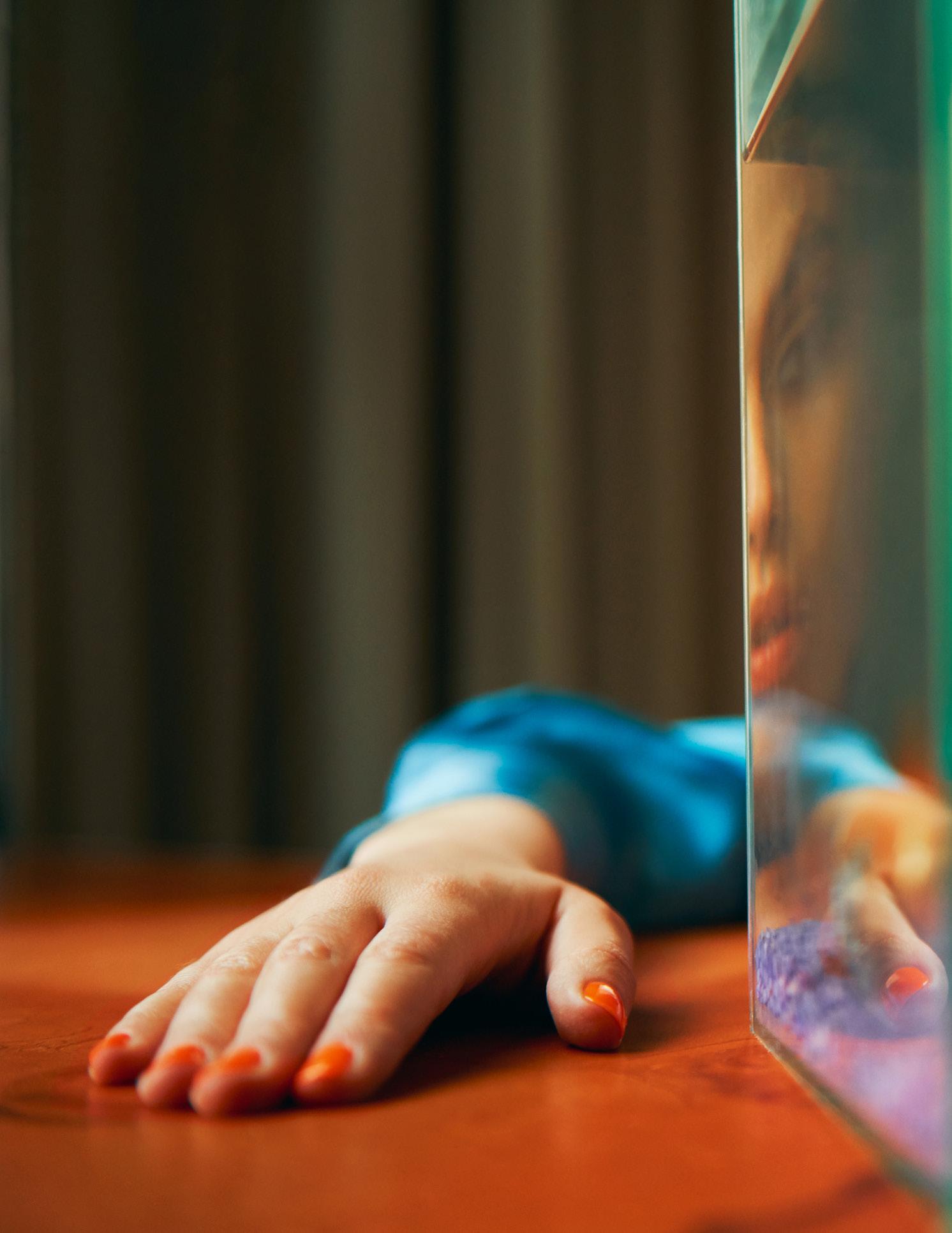


The very first time that I logged onto Tumblr, I immediately knew I was on a different kind of platform. I’d spent the first half of my freshman year of high school using little more than Adderall, Arctic Monkeys and the first four seasons of “Skins” to keep myself going, and I was in desperate search of an online platform where little to no aspect of my regular life had to be relevant. In 2014, Tumblr fit the bill: The website had already gained a reputation for being unapologetically uncensored, having a blog for any given niche interest and serving as a home for imaginative introverts instead of aspiring internet celebrities. It wasn’t long before the site became my designated space of refuge.
Founded in 2006 by David Karp, Tumblr was intended to be a social platform dedicated entirely to microblogging — the act of creating a blog in a more condensed form, with shorter text posts and smaller images than would be found on a traditional blog. The website quickly gained traction, growing to host over 100 million blogs within the year of its founding and eventually being bought by Yahoo, Inc. in 2013. The platform stood out from other leading social networks in three notable ways, the first being users’ ability to create content through a variety of mediums. While Instagram and Twitter users had to resort to photos and brief captions, the microblog format of Tumblr enabled users to share music, videos, art, photography and text posts that well exceeded 140 characters.
The lack of censorship on Tumblr posts was another draw, albeit a controversial one. There were several spaces on Tumblr dedicated to aspects of one’s lifestyle that they couldn’t share in their personal or professional life. Tumblr became a hub for these communities to thrive, due to its lack of censorship and its third key differentiator: anonymity. Instagram has always been a platform where one can curate their real life, and Twitter as one where people can quickly share what is on their minds and stay updated on current events. However, users on both platforms are likely to reveal at least basic aspects of their outside life and identity on the networks. On Tumblr, most people keep their blogs anonymous, and the ones who don’t are far more likely to gain attention for what they create rather than for who they appear to be.
“No one becomes a celebrity off of Tumblr anymore,” says Andra Mide, an artist and long-time Tumblr user from Los Angeles. “And even if you did, like in 2014, you’re kind of lost in the internet history archives.”
Mide initially became drawn to the fandom side of Tumblr but stayed on even as their interests evolved. Now at 21, they’ve had numerous side blogs with themes ranging anywhere from Korean fashion trends to classic textpost humor. “[My blogs] were whatever my interests became,” they say. “That’s the beauty of Tumblr, it enables you to do whatever you want.” Like Mide, many users felt that the element of anonymity liberated them to be whoever they wanted rather than pressuring them to adhere to a certain persona. There was no emphasis placed on the importance of celebrity and most high-profile celebrities barely bothered interacting with Tumblr’s online community. As a result, users were free to create online worlds of their own without holding back anything about themselves.

When I joined them, I discovered the extent of what could be accomplished in a Tumblr community. Having always used the creative arts as my primary tool for escape, I now had an area in which I could keep all of my artistic interests in a single place. My Tumblr blog was an independent space that I would venture to when I needed a reminder that there was more to life than my daily surroundings and routine could allow for. In this world, I was not only able to keep track of the music, literature and movies that were pulling me through high school, but I was also able to discover people from all over the world who shared my tastes.
I never had many internet friends, nor did I end up making any on Tumblr, but I did discover a new kind of dynamic in having “mutuals.” While I rarely interacted with the people I followed and who followed me, I still felt a sense of connection to them through their posts about the passions we shared. This was, in large part, due to the anonymity of the site that allowed us to shed the filtered images of ourselves and instead reveal the parts of ourselves that longed to be seen the most. I saw each post as if it had come from a peer, a friend. We were all on the same platform looking for a distraction or sense of relief in our daily lives, and we were allowed to be authentic strangers.
The sense of community to be found on the website was what kept users loyal to the platform for so long. However, the latter half of the decade would soon see a significant shift in how users of online spaces interacted with each other. Beginning with the buildup to the 2016 presidential election, communication on the platform came to focus prominently on the topics of politics and social justice. More attention was being devoted to topics of race, gender and intersectionality than ever before on the
website, and this led to an increasing presence of online communities from all sides of the political spectrum. As a result, the latter half of the 2010s saw a rise in communities that were dedicated to feminism, racial justice, queer rights, education on intersectionality and more. However, the platform also became a hub for far-right groups such as white nationalists and trans-exclusive radical feminists to congregate. This led to increased tensions among communities on the website, with practices such as doxing — publishing private or identifying information about an individual online — becoming commonplace.
Further controversy occurred when the website announced that it would no longer allow adult content, one of the things it was most known for, to be posted. The general response was not a favorable one, as the platform’s minimal censorship had been a draw to many of its users and allowed it to stand out from other social platforms. The adult community on Tumblr had been home to many groups who did not have another place to openly express that aspect of their lives, notably the LGBTQ+ and BDSM communities. The ban, particularly its focus on “female-presenting nipples,” was also seen as an unnecessary and objectifying attack on bodies that had been assigned female at birth. As a result, the platform lost nearly one-third of its users. Mide cites this ban as an instigator of the platform’s transition into the “dead” era.
“A lot of people left the website,” they recall. “Not just because of the ban, but because there was no one on it anymore. … They just kind of left because there was no audience.”


queer spaces that first drew me to the platform and figured I was growing out of the site. Doing so, however, proved to have a much greater impact on my life than I ever predicted. I spent much of my adolescence on Tumblr, gaining an understanding of who I was to a degree that I couldn’t quite do at home or at school. Tumblr was the first place I went to when I discovered that I was bisexual, and later non-binary. Tumblr was the first place I ever explored where mental health was discussed openly and where political discourse was encouraged rather than avoided. It was through Tumblr that I unexpectedly discovered more about myself and the world around me than I did in most other areas of my life. In leaving behind Tumblr, I inadvertently left behind parts of me that I hadn’t often, if ever, revealed elsewhere.
This changed when I was hit by one of the most abrupt global incidents to ever occur in my lifetime: the COVID-19 pandemic. When I found myself in the confines of quarantine that closely mirrored my entrapping and isolating daily life during my adolescence, I subsequently found myself gravitating back towards the platform that I had always been able to escape to. When I opened the app for the first time in almost a year, I was hit with a string of timely memes that seemed to reflect the current mental state of the general public, as well as a genuine lament over the toll that grief and isolation had come to take on our lives. What was missing, however, were the textposts that feigned positivity or videos of people outright ignoring the rules of quarantine, something that seemed to be commonplace on Instagram. When I continued scrolling, I found that the online community — while significantly smaller — was still finding sanctuary through shared interests.
“I feel like I know them,” says Mide about their current group of online mutuals. “I feel like I’m friends with them. … We’ve never talked before, but we’re friends. We get each other. We like each other’s best posts. Like, I know they’ve got my back on the Tumblr-sphere.”
The site might have fallen into obscurity since the 2018 ban, but a quiet but active community continues to thrive within that obscurity. In fact, it may be the growing distance between Tumblr and mainstream culture that allows users to be far more candid than they would ever be on another site. I, for one, have felt less alone on Tumblr than I have on any other platform since the pandemic began. In doing so, I’ve realized that Instagram and Twitter have always enabled me to project an idealized image of who I am, but Tumblr continues to be the only online platform where I might be able to express some of the most authentic parts of myself. Tumblr may not be considered a “social platform” in the term’s traditional sense, but the sense of solidarity to be found on it makes it one of the only platforms where the term “social” might feel truly fitting.
Annabel Haddad is a student at the University of Southern California currently pursuing a degree in English (Creative Writing). They are the Director of Diversity and Inclusion for Haute Magazine.
Perianne Caron is a student at the University of Southern California currently pursuing a degree in Communication. She is a Co-Director of Content for Haute Magazine.

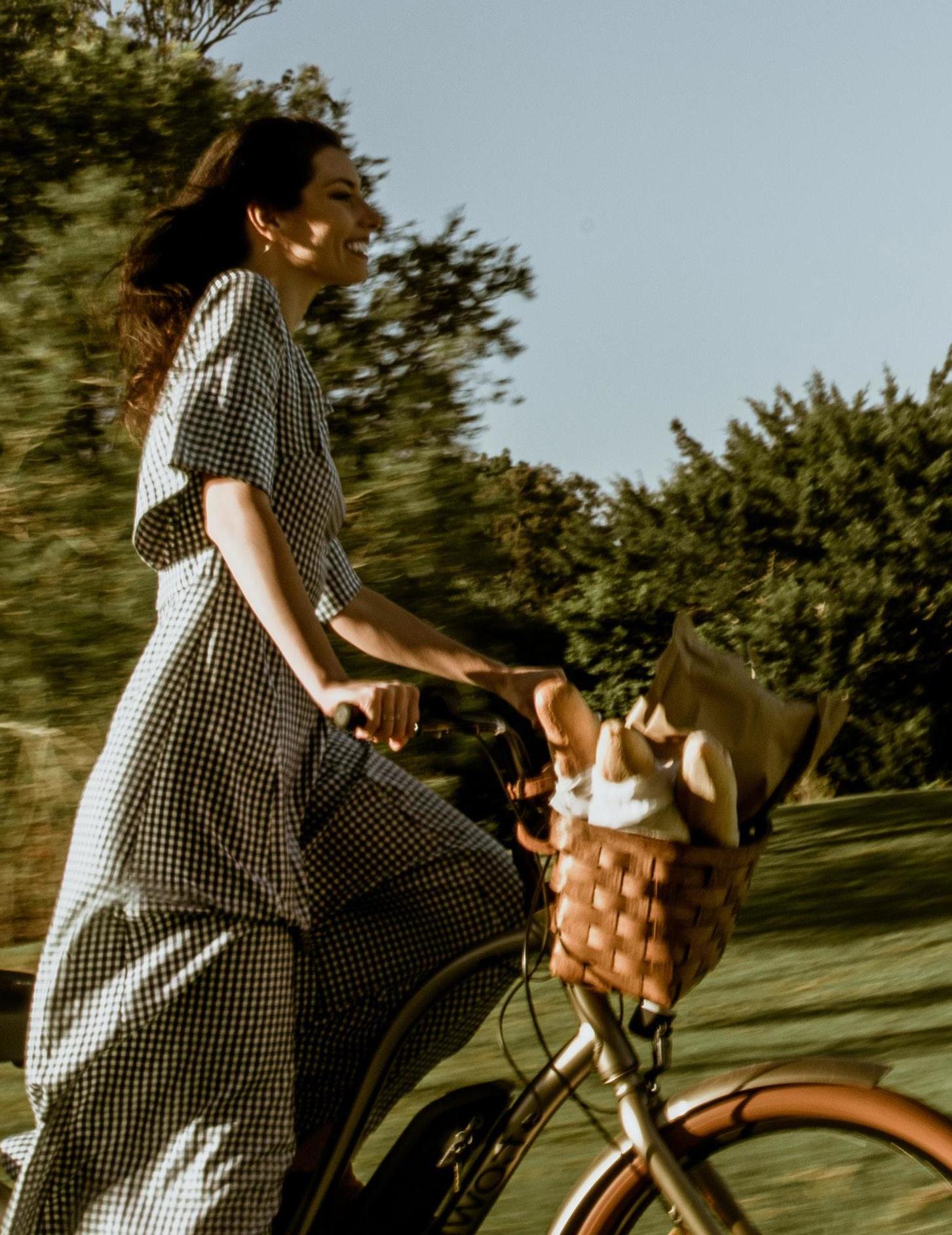
 Photography by Elle-May Leckenby
Photography by Elle-May Leckenby




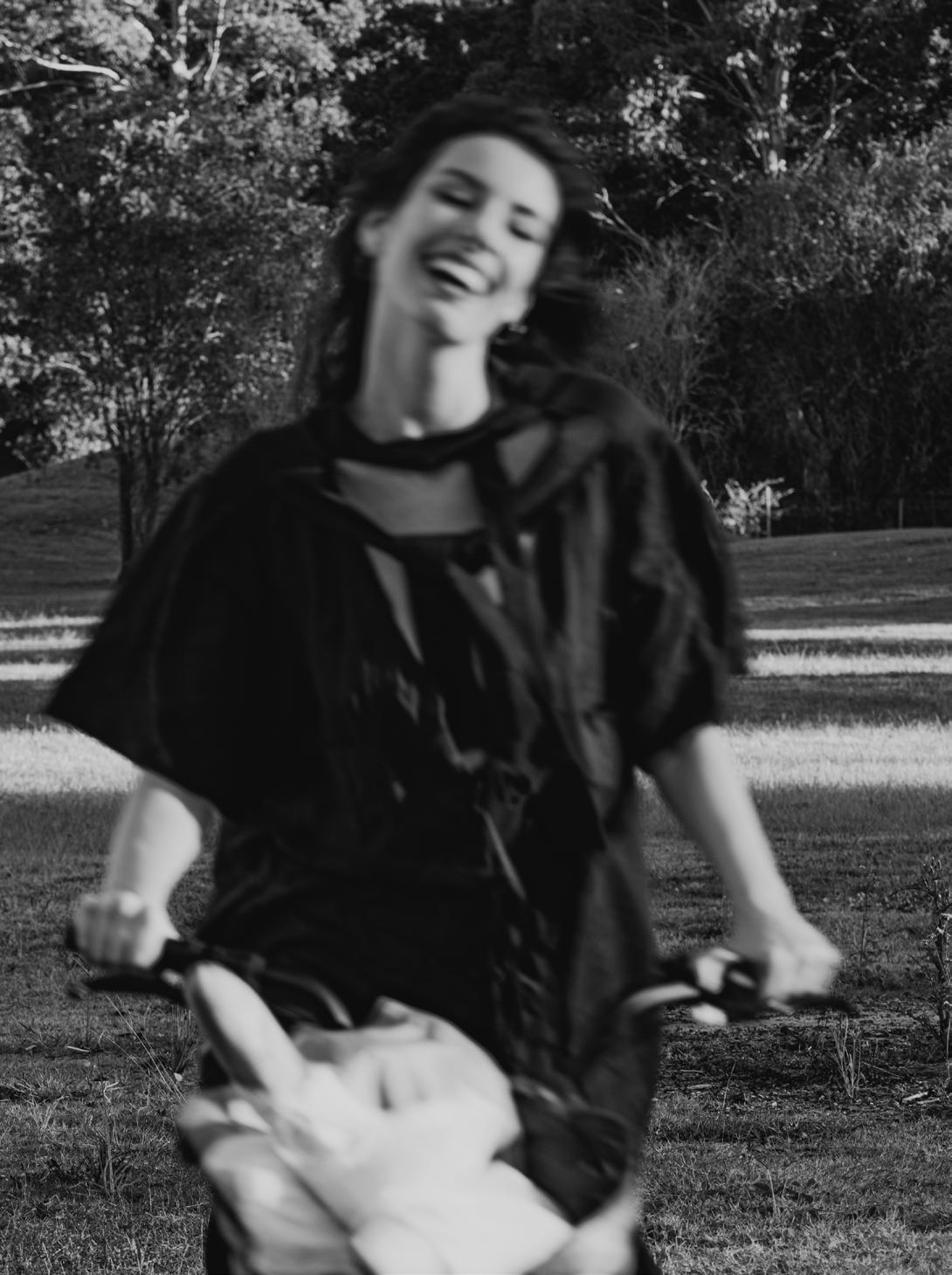

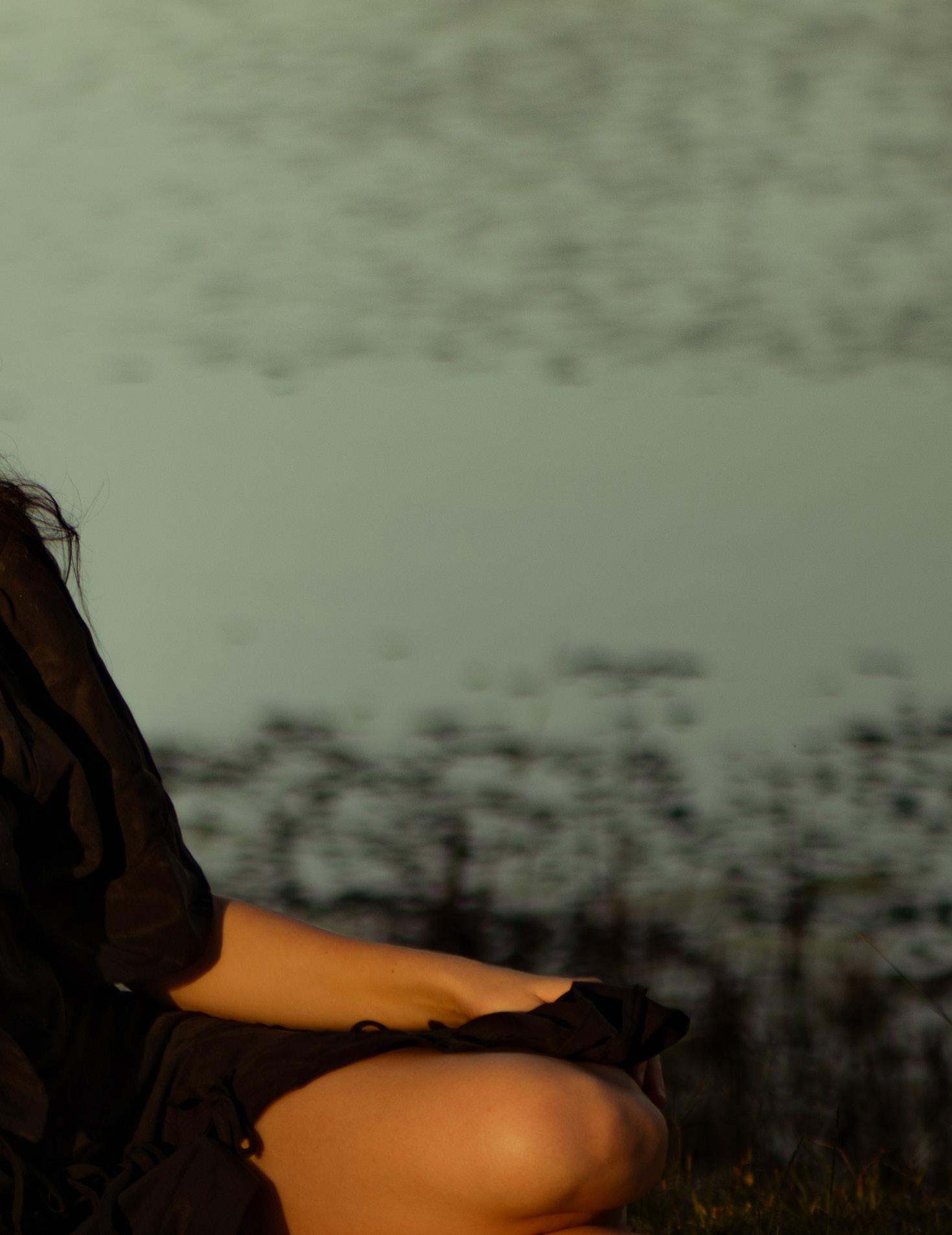





Elle-May is a photographer and designer for “1924US” whose work in collaboration with her husband, Christian, tells the stories of their lives and passions.
Models
Christian
Elle-May Leckenby
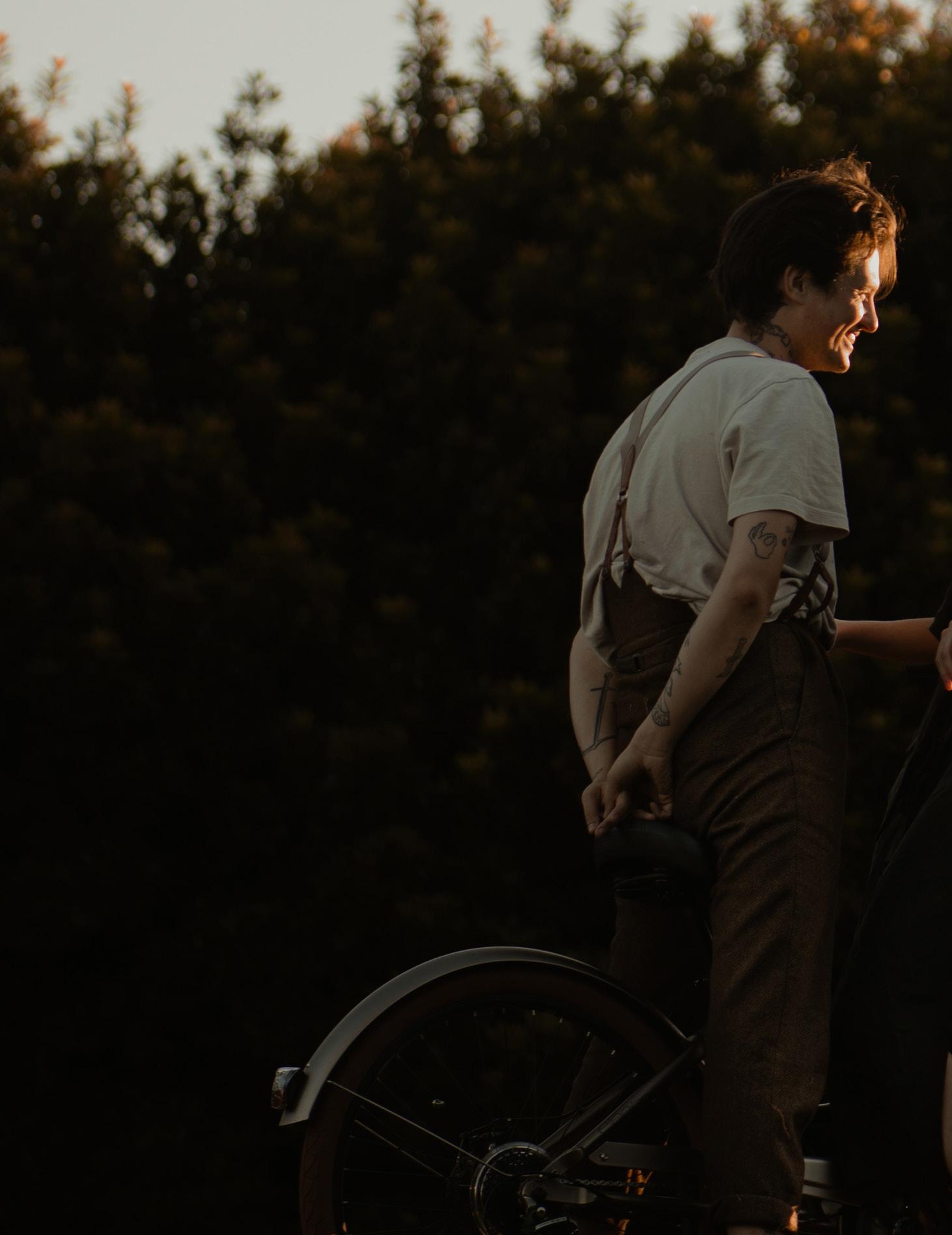
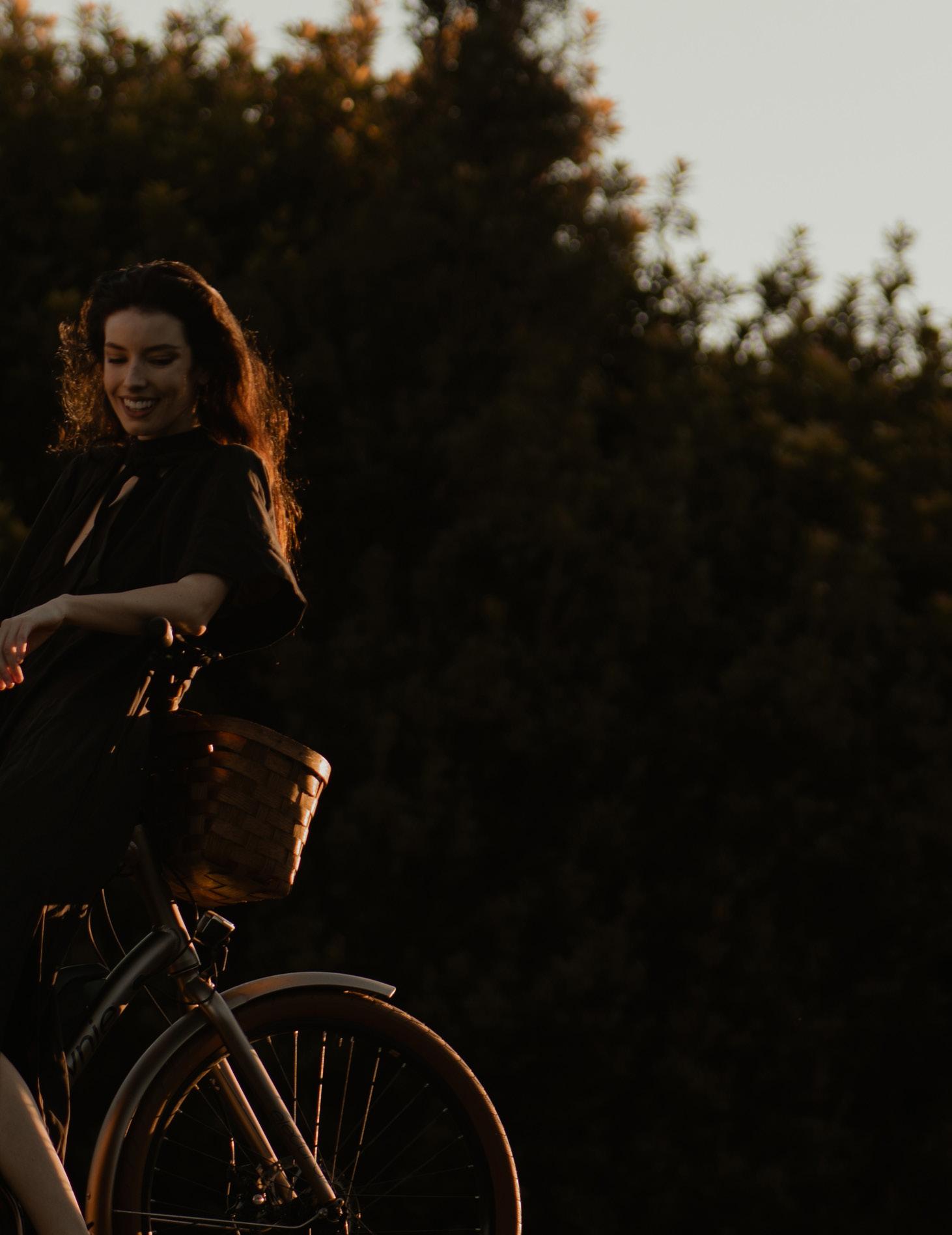

 Writing by Diego Frankel
Photography by Jacob Yeh
Writing by Diego Frankel
Photography by Jacob Yeh
The city of Los Angeles is a unique dream, one that tramples over the city’s previous lives. Today, LA is praised as a cultural melting pot, boasting a variety of ethnic enclaves ranging from Little Armenia to El Salvador Corridor. But what is now the incredibly diverse world capital of media was built by forcibly, violently removing a population from the land and narrative of American triumph.
The Tongva are the original inhabitants of the Los Angeles basin. Their words appear on maps – Topanga, Cucamonga, Cahuenga – but their cultural presence is largely erased from public memory. Yet in the face of the erasure, there are many Tongva descendents reclaiming their narrative, searching through a sea of records to confirm their heritage, and reviving old practices.
Josh Andujo works for numerous organizations: a veteran-owned coffee company, another that takes low-income kids backpacking and hiking, and one where he teaches firearm safety on weekends.
Growing up, he wasn’t very concerned with his cultural identity. “I always identified as American,” he said. Some of his family would have said Mexican or Chicano, but Andujo understands that his family didn’t move – the borders did.
“We’ve always been in Montebello,” Andujo said. His family worked in the brick and oil industries that dominated the area even before the city was incorporated in 1920. Andujo’s great grandparents formed and played for the first Hispanic baseball and softball teams in Montebello. They also helped desegregate some of Montebello’s public spaces, advocating to allow Hispanic and Black people into the public pool every day of the week rather than a designated Monday, known as ‘Mexican Day.’
Still residing in Montebello, Andujo said he feels a strong connection to his home.
The first and last time he heard about Native Americans in school was in fourth grade when he did a project on the Spanish missions. It wasn’t until 2016, when Andujo was 22, that he learned about his Indigenous ancestry.
He found out as his paternal grandmother was dying. Toward the end of her life, she started to lose her mental faculties — among them, the ability to speak English and Spanish. Instead, she started communicating through a strange combination of sounds. “We thought she was losing it,” Andujo said, but then his aunt stepped in and told him that she was speaking Apache. He ominously mentioned that her husband, Josh’s grandfather, “didn’t want her speaking the language.”
Andujo started asking questions, and found out that his father’s side of the family was Chiricahua Apache, from the San Carlos Apache Reservation in Arizona. Later, he was able to trace his heritage to the Bedonkohe band and found that some of his ancestors rode alongside Geronimo (a famous Apache warrior from the Apache-US conflicts in the mid to late 1800s). On his mother’s side, nobody said more than “we’re L.A Indian” until Andujo got to speak with his grandmother’s cousin, who started telling him more of his Tongva history.
In 2018, Josh attended Moompetam, an annual event at the Long Beach Aquarium of the Pacific celebrating California’s Indigenous maritime cultures (Moompetam means ‘People of the Saltwater’ in Tongva). There, he met his future mentor who advised him that if he wanted to join the tribe, he would need to show proof of “anything that’s going to trace back to the San Gabriel Mission.”


There, he met his future mentor who explained to him the process of joining the tribe, which is intimately tied to ancestral suffering. Andujo had to show proof of “anything that’s going to trace back to the San Gabriel Mission.” Baptismal records are the most common, as they document Tongva who were connected to the Mission and stand as testimony to the violence they were subjected to.
With the help of his grandmother’s cousin, Josh searched through the Gabrieleño Mission’s archives, now held and digitized through the Huntington Library, to find records of his family.
Andujo struck gold. He was able to quickly find evidence of his family that traced back to not only the San Gabriel Mission, but his ancestral village. He now knows his family came from the village Shevaanga, located in what is today Montebello. He was also able to find his family names before they were given the name Contreras.
Three years later, Andujo is now a tribal dancer and constantly learning more about Tongva culture. Other tribe members have told him he’s a rising star, confirmed by the significance of his naming ceremony. He was given the name Strong Standing Oak. For the Tongva, the oak tree symbolizes strength and survival due to its ability to survive tough conditions. Oak trees provide food and shelter, both of which Andujo also provides for his family. In addition to the name, he spoke to how impactful the ceremony had been for him.
It was back in June of 2020, a few months into the pandemic. Andujo knew the ceremony would be small, and the few tribe members who would attend and perform the ceremony told him to meet them at a house he visited regularly for trainings. When he arrived, they told him they were going into the mountains. Traditionally, the Tongva had held their naming ceremonies in the mountains, but were forced to stop by the Spanish in the 1700s. Andujo’s was the first naming ceremony held there in over 300 years. ‘How do you feel?’ they asked him afterward. “I feel good. I feel accepted. I feel, I feel Tongva now,” he responded.
The other tribe members have told Andujo he’s incredibly lucky to have traced his lineage in such a short amount of time. Many of the elders who have been researching their family’s histories for much longer haven’t been able to find their village. “I still haven’t even met anyone who descends from my village either,” Andujo said. A lot of people are actually surprised that he is from Shevaanga since it’s so close to the original San Gabriel mission, the Mission Vieja. “Not many made it out,” he said.

There are a lot of remarkable things about Andujo’s story, but many are common within the community. Like Andujo, many Tongva have submerged their identities under Chicanx or Latinx, as previous generations mixed and found it less burdensome to assimilate.
Another Tongva tribe member, Julia Bogany, said “it skips a generation.” It was her grandmother who got her a Bureau of Indian Affairs (BIA) card when Bogany was born in Santa Monica in 1948. The BIA is a federal agency responsible for laws and policies related to Native Americans, including providing funds for healthcare, housing, food, and education to federally recognized, card-holding Native Americans in need. Two years later, her grandmother passed away, and eleven years after that, when she was 13, Bogany’s mother handed her a BIA card.
Bogany said she probably would have identified as Chicana growing up, though she didn’t give it much thought. Her mother was Tongva and Acjachemen (a tribe from the San Diego area), and her dad was “Azteca and Spaniard.”
Bogany’s father once tried to sever her legal ties to the Tongva tribe. Bogany believes he was motivated more by internal family arguments rather than a broader anti-Native sentiment, but even so, it fits a trend of Tongva identities being made invisible. Without telling Bogany, her father went directly to the Tongva chief to ask that she be unenrolled from the tribe. She expressed a sense of conflict, knowing that her father knew more about her heritage than he let on. He knew who her chief was, “but it’s not something they told you,” she explains. Fortunately for Bogany, the chief refused.
Bogany was raised Catholic but doesn’t identify as Catholic. In Catholic school, she said she was disappointed in how local history was presented. “When I was in Catholic school we didn’t learn about the missions. We learned about the crusades,” she said. “My ancestors died building those missions.”
Today, Bogany is the cultural consultant for the Tongva tribe and sits on the tribal council. She maintains a website (tobevisible.org) and does an impressive range of other jobs ranging from sitting in on federal negotiations around Indian Health (specifically child welfare and mental health) to teaching the Tongva language and crafts such as basket weaving and soap stone carving, to supervising doctoral theses in the greater LA area. Bogany’s website says that “her calendar is a full year ahead of time.”

Bogany also maintains a close relationship with the San Gabriel Mission and often gives talks there to discuss the genocide that happened there, though today’s mission is actually a few miles away from the original one that was built near Andujo’s ancestral village. That one sat on the bank of the LA River, but was damaged by flooding around 250 years ago and relocated to where it sits today.
Bogany also works with priests at the Mission, in a surprisingly fruitful relationship. “[They] say ‘we’re happy you’re not angry.’ I’m not, because it’s a healing process,” she said, demonstrating an incredible capacity for compassion.
It wasn’t an easy or fast journey, though. Bogany has been working as the tribe’s cultural consultant for thirty four years, ever since she joined the tribe in 1987. She was 39 when she decided to attend a Tongva tribe meeting at La Casa– a church, Catholic school and community center in San Gabriel. When she arrived, she opened a door that set off a fire alarm. “I don’t know who you are but you made a grand entrance,” a tribe member later told her. But the day was marked by joy, not embarrassment. “All of a sudden from having just me and my children. ... I had like 300 cousins in one day,” she said. One of those cousins is now Andujo, though they refer to each other as aunt and nephew.
Bogany took on the role of cultural consultant shortly after she joined the tribe. “I started buying, like, every book that had the word ‘Tongva.’ Sometimes it was just a word on a map,” she said, laughing. She started working in universities, including USC, creating presentations on Tongva history, which she still gives today.
Bogany also spoke on the interesting relationship between the Tongva and other Native Americans that were brought to L.A. Most came in the 1950s, as the result of a program known as ‘Relocation,’ which involved the Bureau of Indian Affairs relocating Native Americans away from their tribal lands and integrating them into urban environments. This policy culminated in the Indian Relocation Act of 1956, which freighted Native Americans into urban centers, away from their reservations or tribal lands in an attempt to assimilate them into American life and erase their cultures.
The Native Americans who were brought to Los Angeles “don’t know we’re here,” Bogany said, “because they’re thinking they’re coming to the promised land and, [there] couldn’t be no Indians there because they’re bringing us.” Additionally, like Bogany’s, Tongva identities at this point had largely been submerged under Chicanx identities. This was just one of the ways Bogany said Tongva people felt invisible.
Five years ago, Bogany’s great granddaughter asked her what it felt like to be a Tongva woman. Bogany replied, “I feel invisible.” Even at 10 years old, her great granddaughter was taken aback. “That’s how I feel,” she said. Now, Bogany laughs at the “trouble” her daughter causes, fully aware of and vocal about her Tongva roots. “Now your job,” Bogany tells her, “is to teach the next seven generations.”

Bogany also works with Indian Health in a few different capacities. “I sit on the roundtable for ICWA [Indian Child Welfare Act] in children’s court in Los Angeles.” She said it’s important to just have another Native voice supporting the children. She wrote and now teaches the curriculum at Riverside San Bernardino Indian Health on mental health for Native Americans.
“Maybe we didn’t all deal with the same things, but there’s issues down deeper. There’s trauma that’s been going on for years,” Bogany said. She wants social workers to understand the traumas that Native Americans especially deal with.
Bogany also strives to create more room for Tongva youth in higher education systems. When a young Tongva member asked if college was for them, she replied, “As long as my foot’s in the door, it’s for you.”
To complete her already bursting resume, Bogany said she “still [researches] everything under the sun.” She’s constantly creating new presentations, and one of her latest projects is a book on important Tongva women. Among them is Azusa, a Tongva healer for whom Bogany was trying to find more sources, but kept hitting a wall. Eventually, someone came to one of Bogany’s book signings and told her he didn’t know why, but he felt he had to come see her. He flipped through the pages and saw Azusa, solving the riddle for Bogany. He pointed her to sources on a woman named “Blessed Miracle,” the translation of “Azusa.”
The other women in the book include the L.A. Water Woman, the first Tongva woman to work for the LA Department of Water and Power DWP — you can find her statue on the Gold Line, Lincoln Heights/Cypress Park station — and the La Brea Tar Pit Woman, a partial skeleton recovered in 1914 whose digital reimaginings startled Julia, who pulled up an image of her daughter. “They look exactly alike!” Bogany said.
The work that Bogany does is nothing short of amazing. Her work, as she is happy to tell you, is and has always been rooted in love. Not only for her family or for Tongva people, but for everyone. Her compassion and motivation are infectious– a quality you want from someone at the forefront of the discussion on how to move forward while acknowledging our past.
Bogany didn’t completely transition away from Christianity though. While Andujo had grown disillusioned with the church, Bogany became a Pentacostal minister.
Again fighting any one-dimensional characterizations of her narrative, Bogany offered a piece of wisdom. “History happens to all of us,” she said smiling, reclining in her desk chair, settling into comfort in the presence of conflict.
Diego Frankel is a student at the University of Southern California currently pursuing a degree in Computational Linguistics.
Jacob Yeh is an Pasadena-born and Los Angeles-based photographer who specializes in portraiture and abstract photography. He enjoys cinema, music, and most recently, cooking. Jacob studies Communications and minors in Cinematic Arts and Media Studies at the University of Southern California.





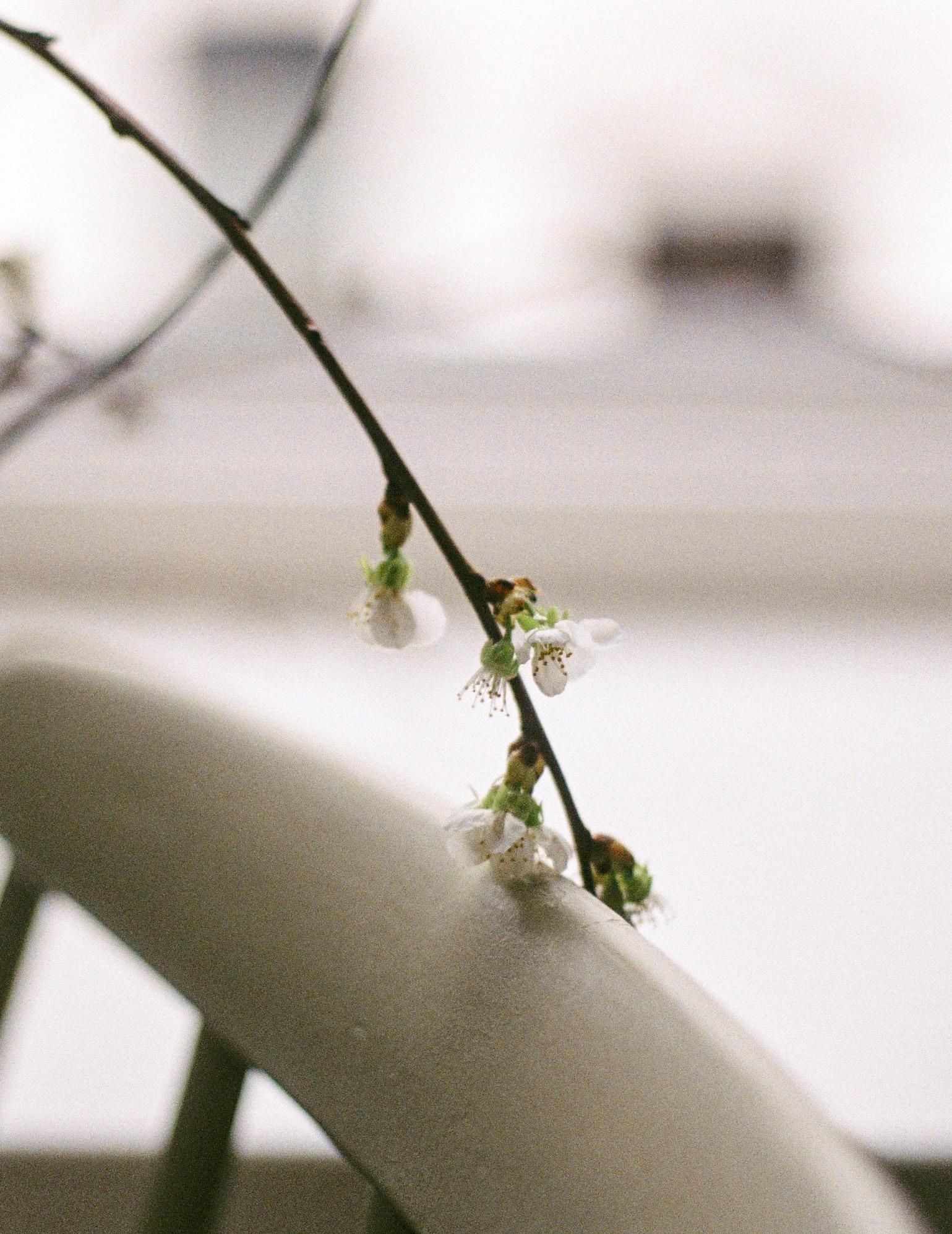




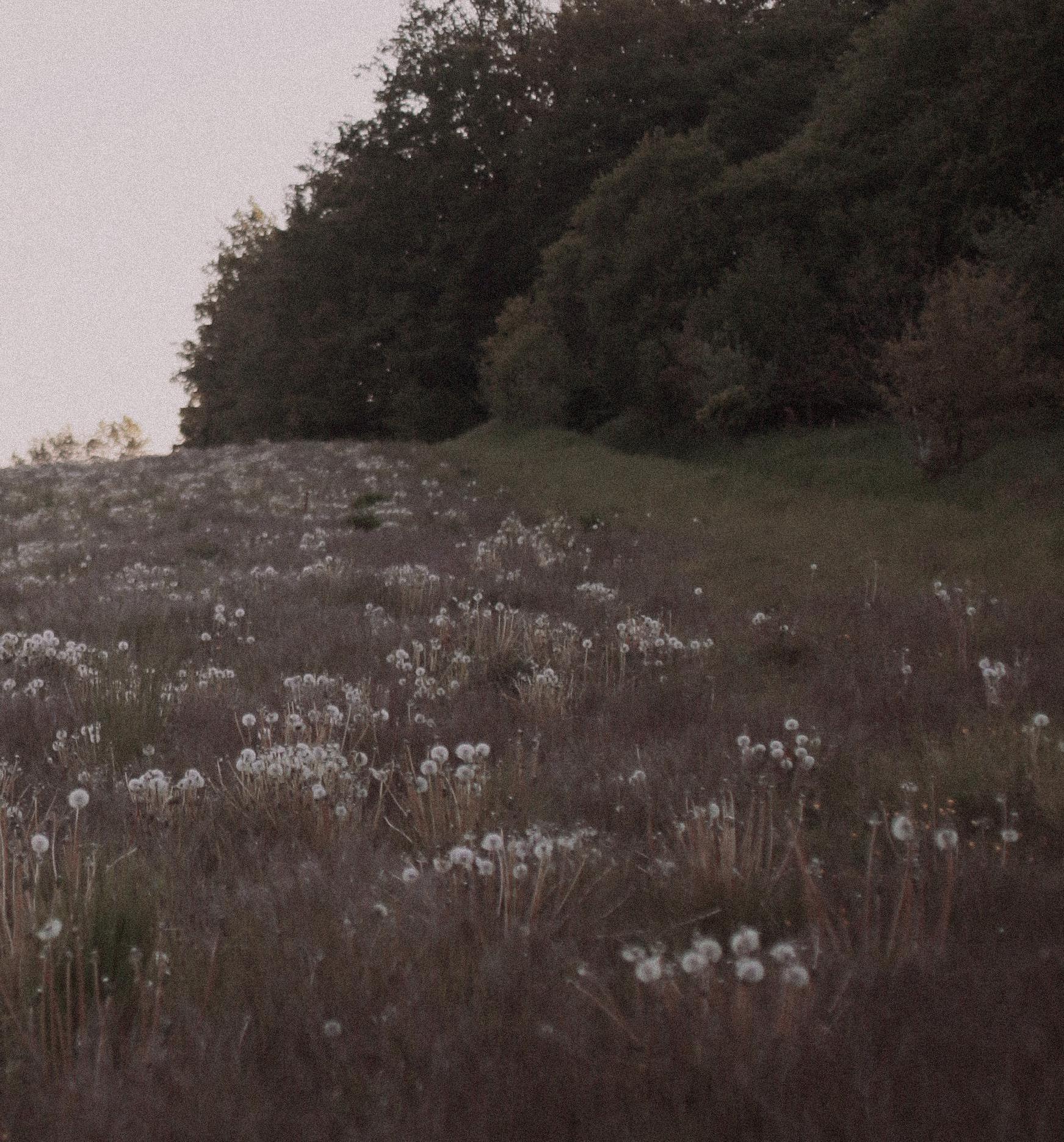
Photographer
Tina Sosna
Assistant Photographer
Florian Hagenbring
Models
Maren Büttner
Tina Sosna
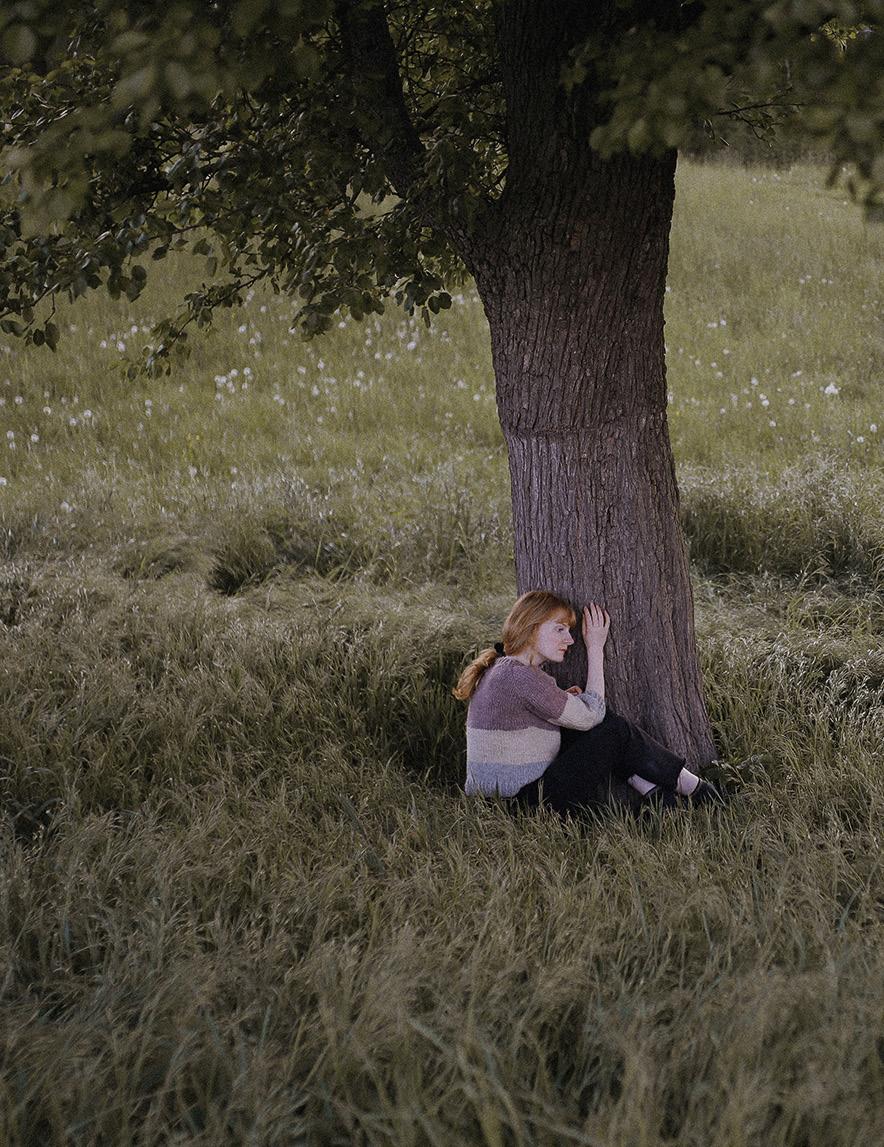
Tina Sosna is a Germany-based photographer who specializes in self-portrait and landscape photography. Her work is about finding the beauty in our everyday life and conserving it.



Some betrayals cut so deep there aren’t words to encapsulate the grief. It’s more easily explained through moments: moments so unbearably tragic, so indescribably harrowing, you genuinely aren’t sure if you will live to see another day of sunlight. You don’t believe that you will ever feel beyond anguish.
When I was nine years old, I celebrated Halloween in a hot pink flapper dress complete with a pair of black satin gloves and a sequined feathered headpiece. It was my favorite costume I ever wore. My parents decorated our lawn as an elaborate graveyard concealed by fog machines while orange and purple string lights wrapped around the pillars of the front porch. I filled a pillowcase with candies collected from neighbors and traded Reese’s for Twix and Kit Kats for Skittles on the landing outside my bedroom door with some kids from school. While I’d known him since the first grade, that night was the first time I’d ever spoken to [REDACTED] and spent time with him outside of a classroom. It wasn’t until years later that we truly became friends under the rosy glow of the summer sun and idle mischief at the childhood home of Laurel Acosta — Fairdale, we called it. Drunk on daiquiris and the innocence of youth, we spent the summer before senior year lounging on the pool deck, taking the train to the city for exhibits at the Museum of Modern Art, and making family of whoever was around. Laurel and I, alongside our actress friend Gwen, had bonded the previous academic year through our mutual involvement in high school drama (with a capital D). We grew our squad — as Laurel’s mother Joanne aptly called us — through theatrical affiliations and old friends. I began a brief affair with Seth Gerber, an extremely tall and extremely immodest pal from Laurel’s past, that came and went with the season. My friends would hop into the backseat of my ‘97 Wrangler while I drove to watch the sunset over the Golden Gate behind the glittering night of the San Francisco skyline — windswept as we soared across the bridge, The Beatles poured through the crackling car speakers as we belted along: “are you sad because you’re on your own?... No, I get by with a little help from my friends.”
We graduated the following May, and though we all went our separate ways we remained tied together through juvenescence and its strings of naivete. That first Thanksgiving we returned to Fairdale, reunited for a last hurrah at the house we all made a home of in our indulgent nights of high school cliche. We toasted: “To the family we chose.” As we grew older, and others grew apart, something about us was timelessly intertwined. We loved

each other too much to ever let our family go. So as another year came and went, we once again found ourselves reconvened, this time at Joanne’s notably smaller apartment one town over. That November we gathered in our old prom dresses and tuxedos, playing dress up from easier days long lost to the interminability of existence. We drank heartily and danced even moreso, as though we all knew it was the last night we would ever be together. The minutes ticked on and we eventually fell victim to drowsiness. I swapped my ball gown for a sparkly unicorn onesie. Laurel took the top bunk while [REDACTED] and I shared the bottom. His eyes met mine.
“Do you want to cuddle?”
“No.”
I turned over and went to bed.
At three in the morning I awoke to find his arms wrapped around me, stuck in a spooning chokehold that I verbally rejected. Still, I thought nothing of it. He must have done this in his sleep. I removed his grasp from my body, rolled him back to his side of the bed, and fell asleep once more. It wasn’t for another two months that I became aware of the full extent of what happened to me. It took something far more heinous for the reality of my situation to dawn. To think of it is reviling. To try to envision it is unthinkable. But the rage came to fruition in the dark January evening when Gwen and I went to a Goodwill to buy cheap, breakable items we beat up in the woods with baseball bats. Screaming. Trying desperately to free ourselves of strangling despair. [REDACTED] molested her too. Only she was awake.
His fatal flaw was attempting damage control. The morning after he violated me, he spoke with Seth: “CJ must have been pretty drunk last night because she kept putting my hands on her boobs while she slept.” The morning after he violated Gwen, he spoke with Laurel: “Gwen must have been pretty drunk last night because she kept putting my hands on her boobs while she slept.” With our revelations came Laurel’s, whose own repressed memories emerged with our trauma to a night he had done the same to her two years prior. She told me later, “I didn’t think anything of it. He was just sleeping.”



When you love someone so much that, even in lieu of blood bonds, you still refer to them as family, trust is unyielding. You don’t excuse red flags because you don’t even see them. But then comes the crashing wave of gut-wrenching treachery and remembrances reemerge from the shadows of subconscious.
It wasn’t an accident. He didn’t roll over in his sleep and land on top of me. To know a deception so disfiguring is deathlike. I thought I knew pain before this; I thought I knew suffering. But I was only a child living in a dreamlike state of idle credulity. My friends were my family, that was something I once believed to be not an idea but a fact of being — like the blueness of the sky or the intangibility of faith. Before, I believed in the goodness of others. I believed that people were made to have benevolent intentions but were corrupted by the evils of the world. But [REDACTED] was not made evil: he was born vile. And he robbed me of hope.
To be assaulted may as well be a woman’s rite of passage. I was in eighth grade when someone told me one in six women will be sexually assaulted in their lives. At the time I thought that was some kind of sick exaggeration. I was still young enough to think it inconceivable. But a few months later a friend of mine was raped for the first time. She was only thirteen. The following years saw every woman in my life become a statistic. One by one, they fell like dominoes. It became a question not of if it would happen to me, but when.
I thought that it would be in a frat basement at half passed midnight, or in the grimy underbelly of some European club I would stumble upon in a daze of adolescent impropriety, or, perhaps, in the alley behind my South LA apartment. I like to wear mini skirts and high heels, the sorts of garments they say attract assault, so I carry a can of pepper spray and the shiny pink Smith & Wesson blade my father bought me in a desperate attempt to protect against the inevitable. I often keep the knife open in my pocket, gripping so tightly my knuckles turn white as I walk darkened streets. But I never thought to bring it to bed with me, to sleep next to a friend I’d known almost as long as I’d been alive. Dressed in a sparkly pink onesie with a shiny rainbow tail.
I returned to Los Angeles in a matter of days as a broken version of the girl I used to be. Nights fell, mornings dawned, time ticked on — and as it went,

so did I, becoming less of a person and more of one’s shadow. I filled my schedule excessively to avoid confronting the reality of my loss. Not only of a friend, but also of myself and everything I once believed in. Stuck in traffic on the 405 I found myself screaming, banging my head against the steering wheel, desperate for a reprieve from agony. I left mascara-stained teardrops on all the furniture in my apartment, sometimes escaping to the porch stoop to smoke a cigarette in the hopes it would burn away the anguish. Still, I carried on: school, work, making movies — distractions to quell the heartache. The only times I didn’t suffer were the times I was too busy to allow it. But then the world fell apart as an unknown virus ravaged the globe. The university sent us packing.
Everyone else lost sophomore year. I lost my sanity.
Quarantining at the scene of the crime, I saw [REDACTED] everywhere I looked. He was on the edge of my bed when I tried to sleep at night, talking to me about Randy Newman’s scoring just as he had three months prior. He was in my yard sharing White Claws and laughter. He was on the landing trading Halloween candies with the nine year old version of myself. I couldn’t be in the house without being encompassed by rage — but I couldn’t leave the house at all. So I sat in silence and watched the world burn as I became more and more infested with unflinching despair.
My family was forced to watch me disintegrate. They stood over my heaving body as I sobbed on the kitchen floor unable to move. They witnessed the blood drip from my knuckles as I released rage upon my own body. They saw me starve, slowly, as weight shed from my already dainty frame.
One night I collapsed in the dirt of the lime trees, pulsating, screaming at my mother that I wanted to see him suffer; I wanted to see him bleed. My parents tried to empathize, telling me stories of their own pain to help me feel less alone — but it only made me worse. Knowing the wickedness of humanity transcended what already consumed me. Knowing that inane agony is the only universal truth. Knowing my faith in integrity dissipated alongside my idealism.
On December 20, 2019 I texted [REDACTED] asking him to drive me home from a friend’s birthday party.


ME: Ok could you swoop? Perchance? [REDACTED]: Yee I’ll leave in a min ME: I love you
By that time he already assaulted me — I just didn’t know it yet. We drove around town for a while talking about everything and nothing. Dreams for the future, aspirations regarding lives neither of us will ever live. It was the last time I remember seeing him. These were the last texts we exchanged. I never confronted him and he never contacted me. A silence so loud it could break glass.
Today I live in a stasis. I once found meaning in love for those around me; now, I find meaning in impermanence. Every moment of existence is fleeting. Every person you know and love with a deepness that seems inexorable will someday no longer breathe in flesh but only memory. Only once my innocence left me did I realize I still had it. I know now to nurture what I can’t afford to lose.
My year was spent recovering from emotional holocaust, and though there were times I genuinely wasn’t sure that I would, I survived. The three of us survived.
To Gwen & Laurel — the family I chose.

Sofie Sund is a photographer based in Trondheim, Norway. Her work features vibrant self portraits to express herself.
Courtney J Dowling is a student at the University of Southern California currently pursuing a major in Cinema and Media Studies.

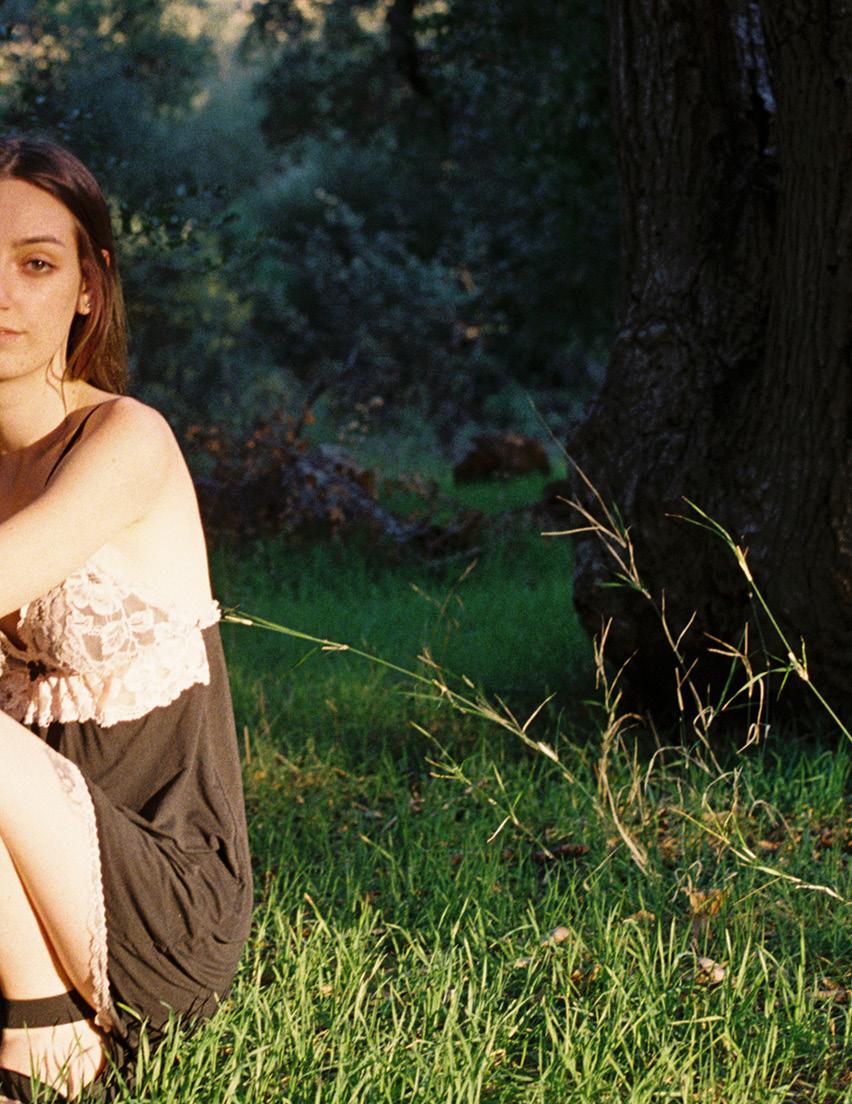 Maria Eberhart
Maria Eberhart


Maria Eberhart is a Baltimore-born and Los Angeles-based photographer who specializes in film photography. She enjoys going to see local bands and writing poetry. Maria studies journalism at the University of Southern California.
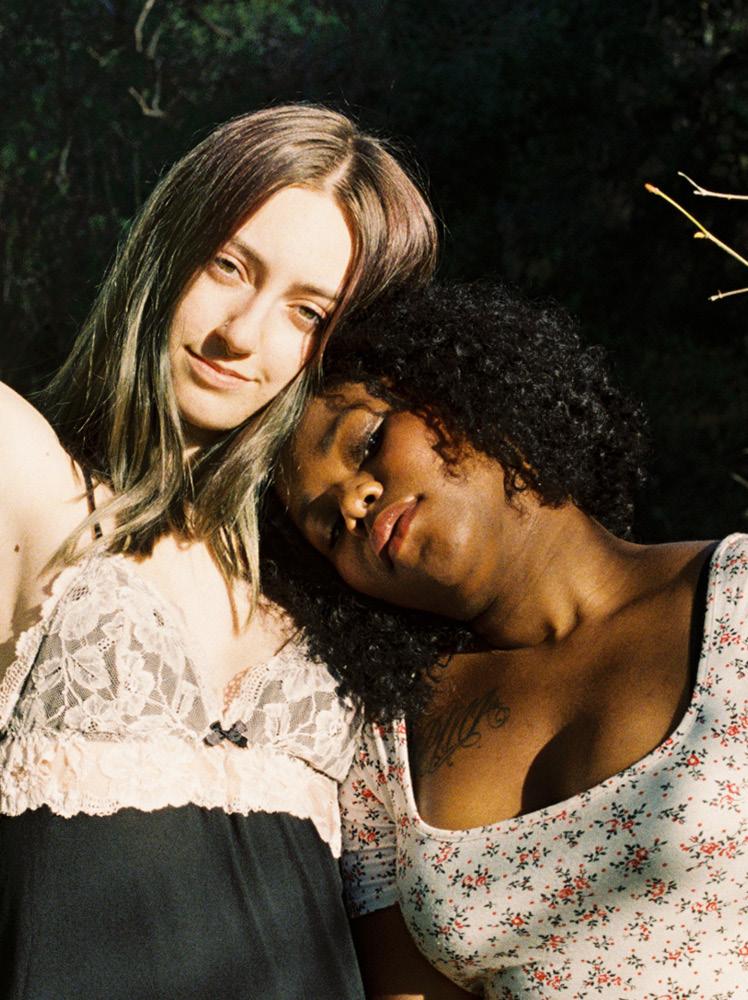 Photographer Maria Eberhart
Models
Rachel Chioke
Gianna Verga
Photographer Maria Eberhart
Models
Rachel Chioke
Gianna Verga

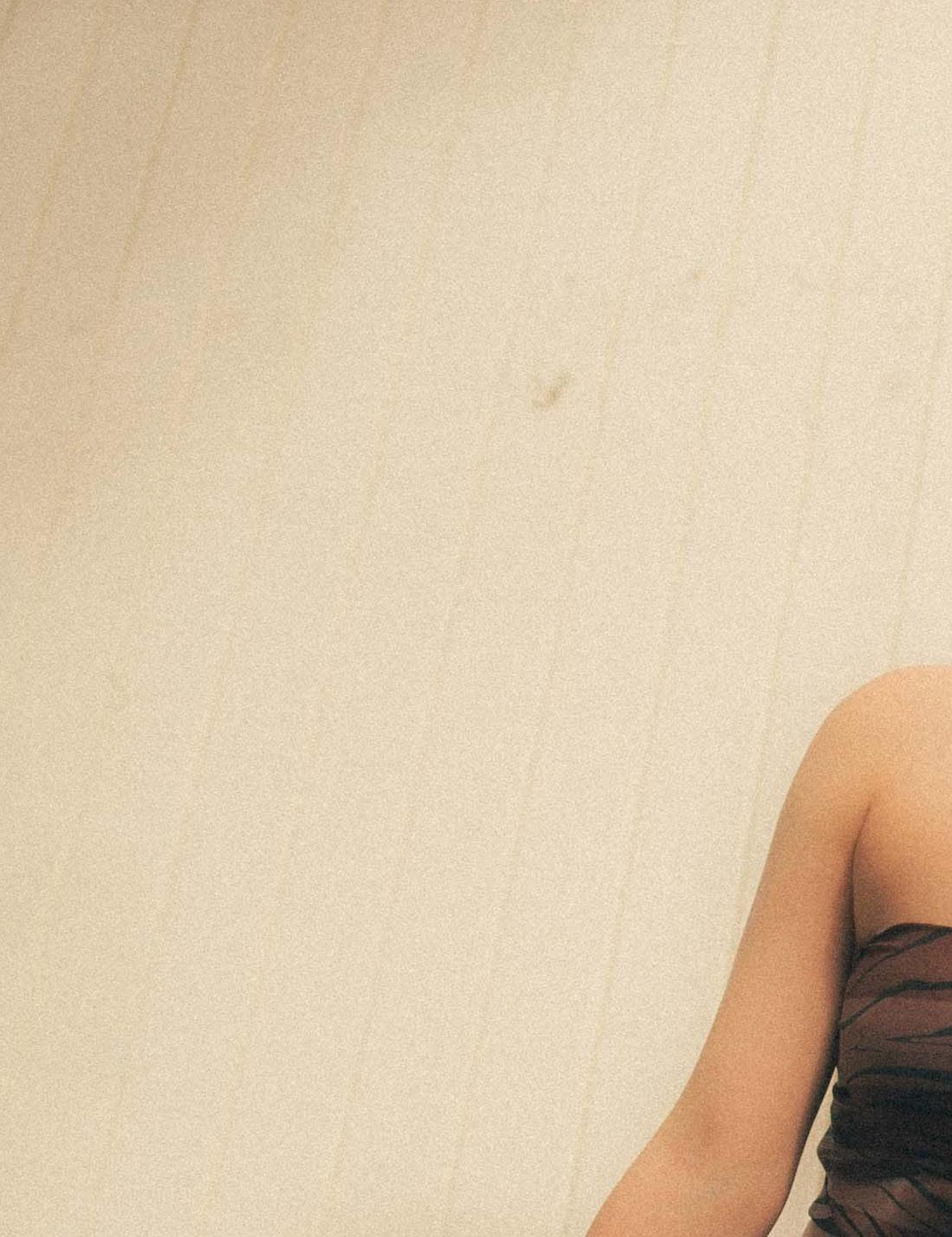

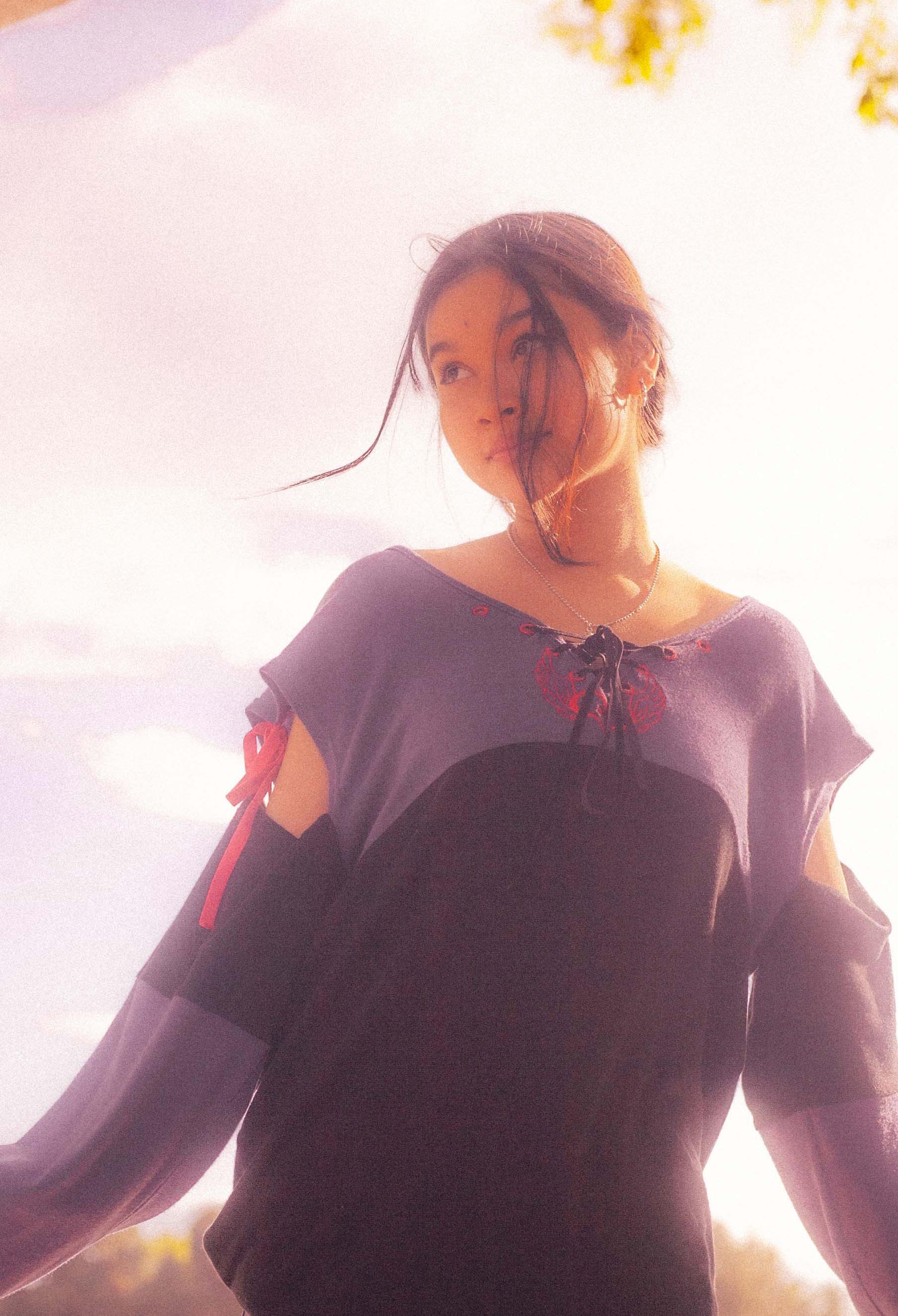


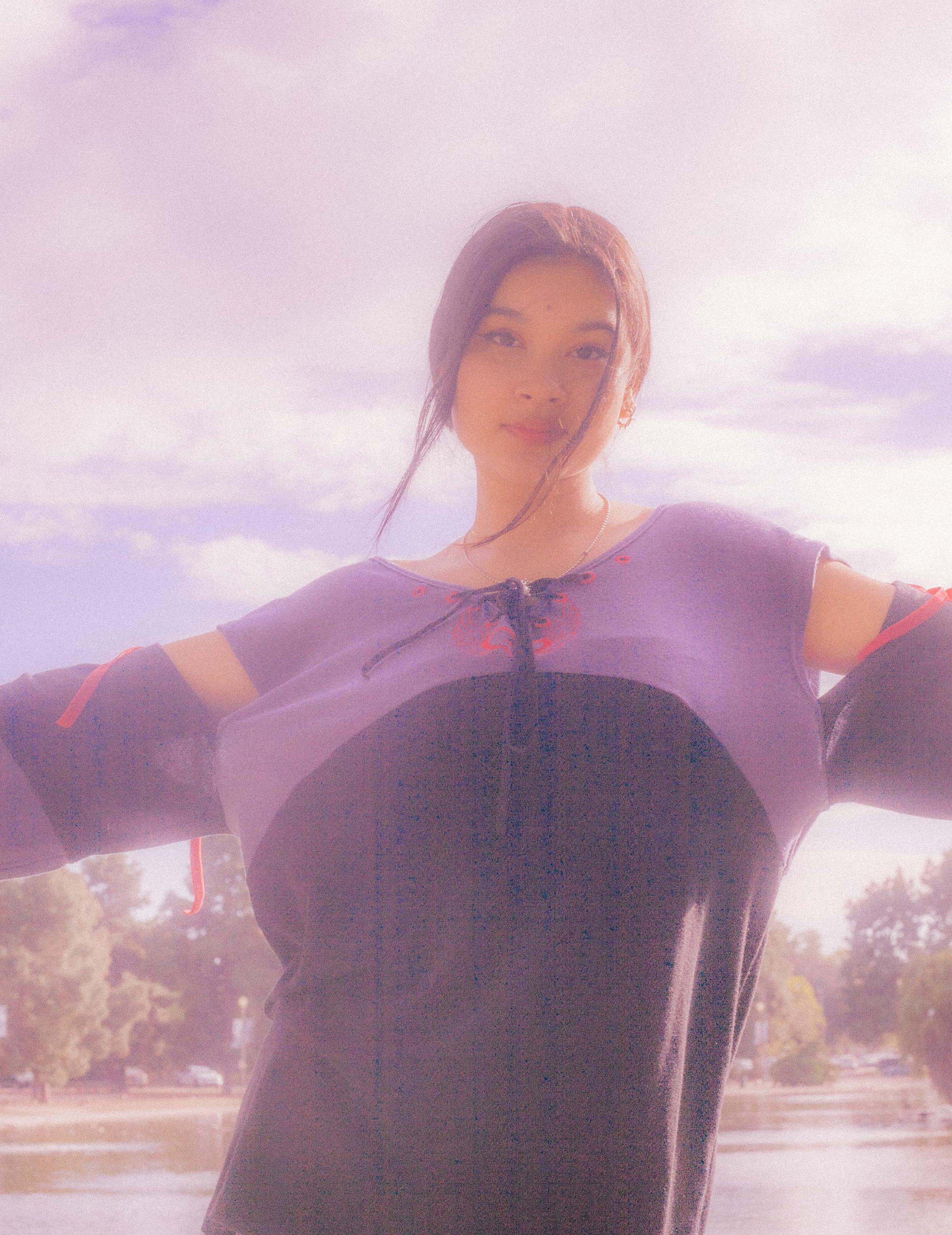


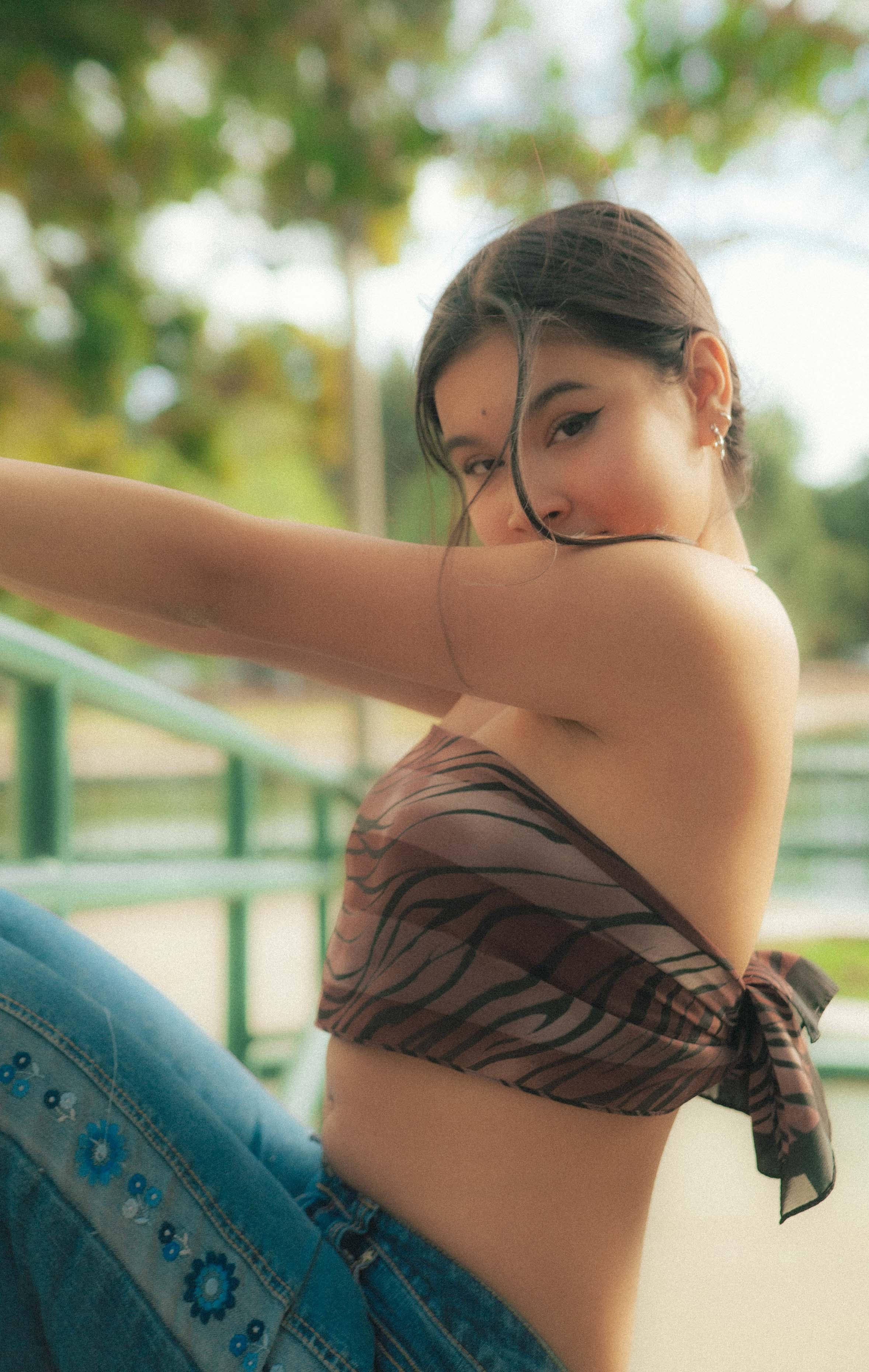
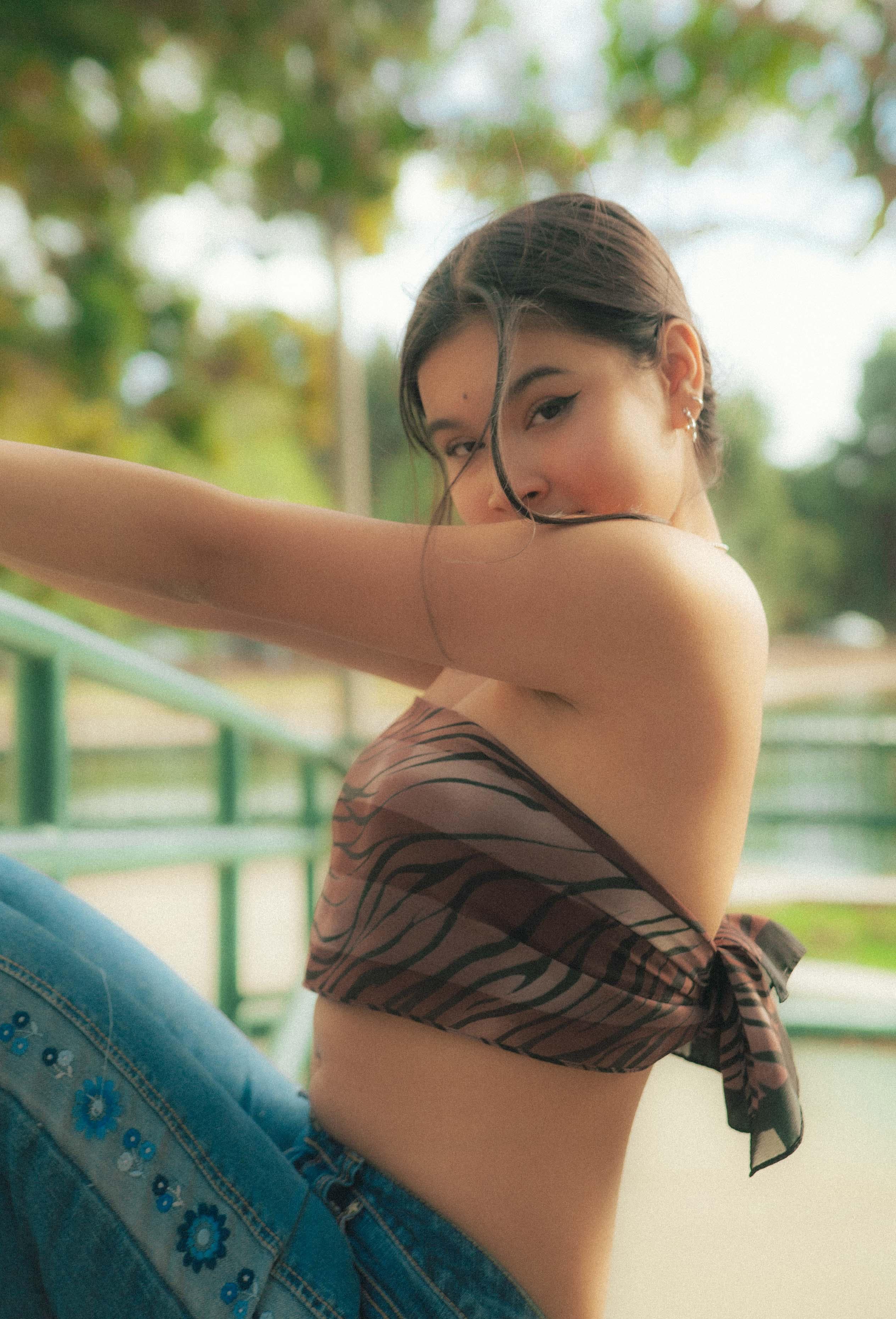
Alex Lam is an Saigonborn and Los-Angelesbased photographer who specializes in portrait photography. She enjoys listening to Ariana Grande and watching New Girl. Alex studies Environmental Science and Economics at the University of Southern California.

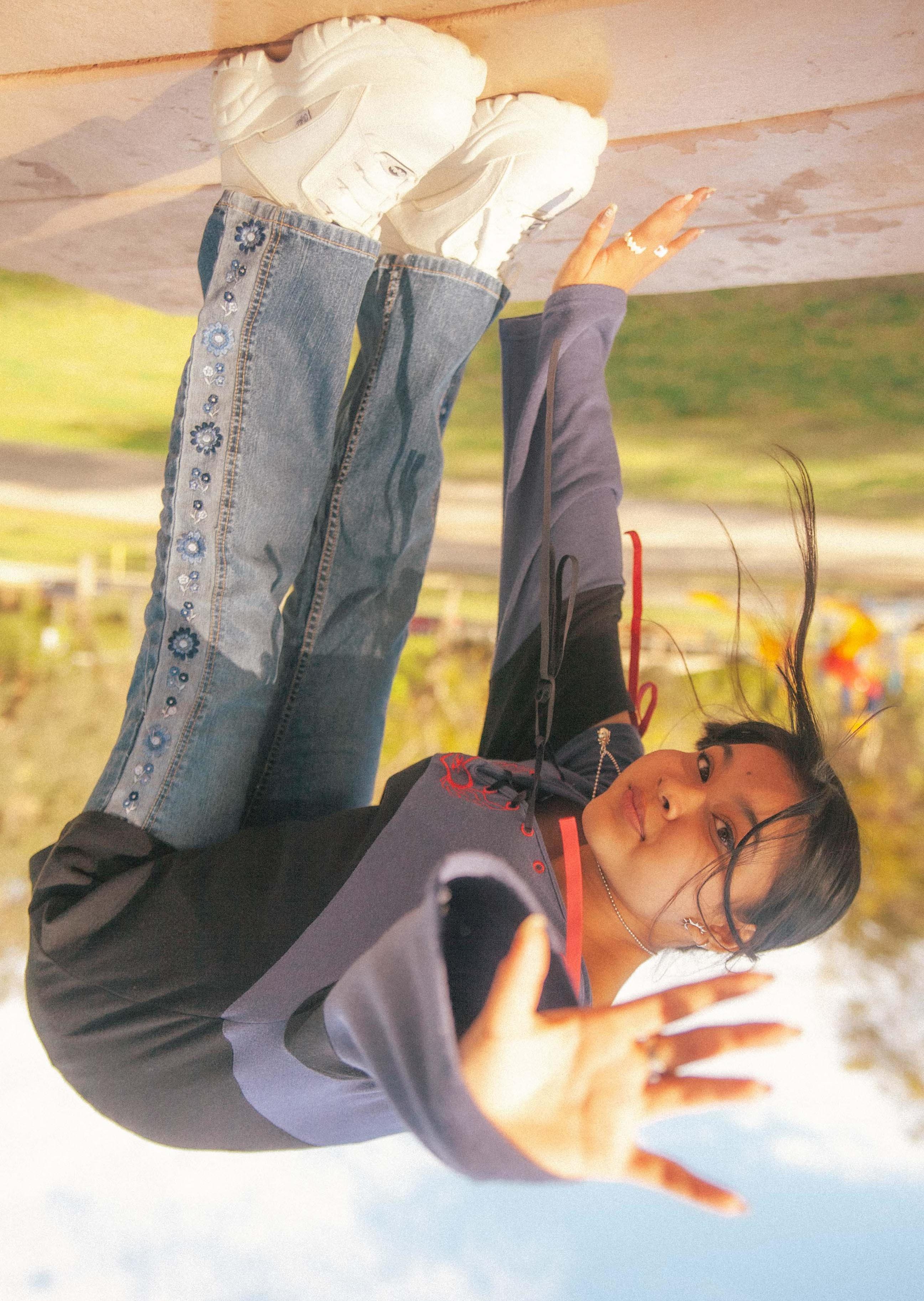
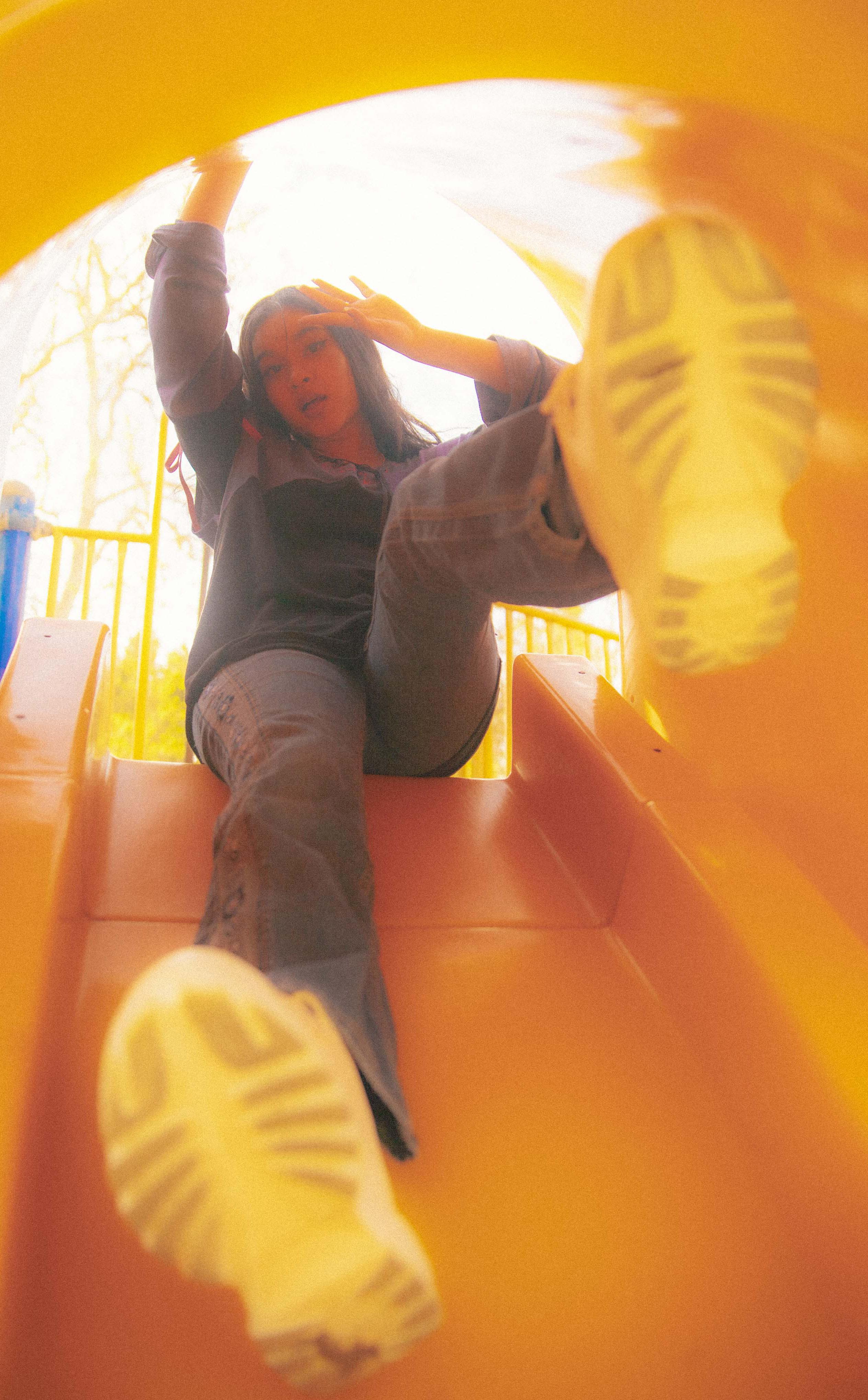

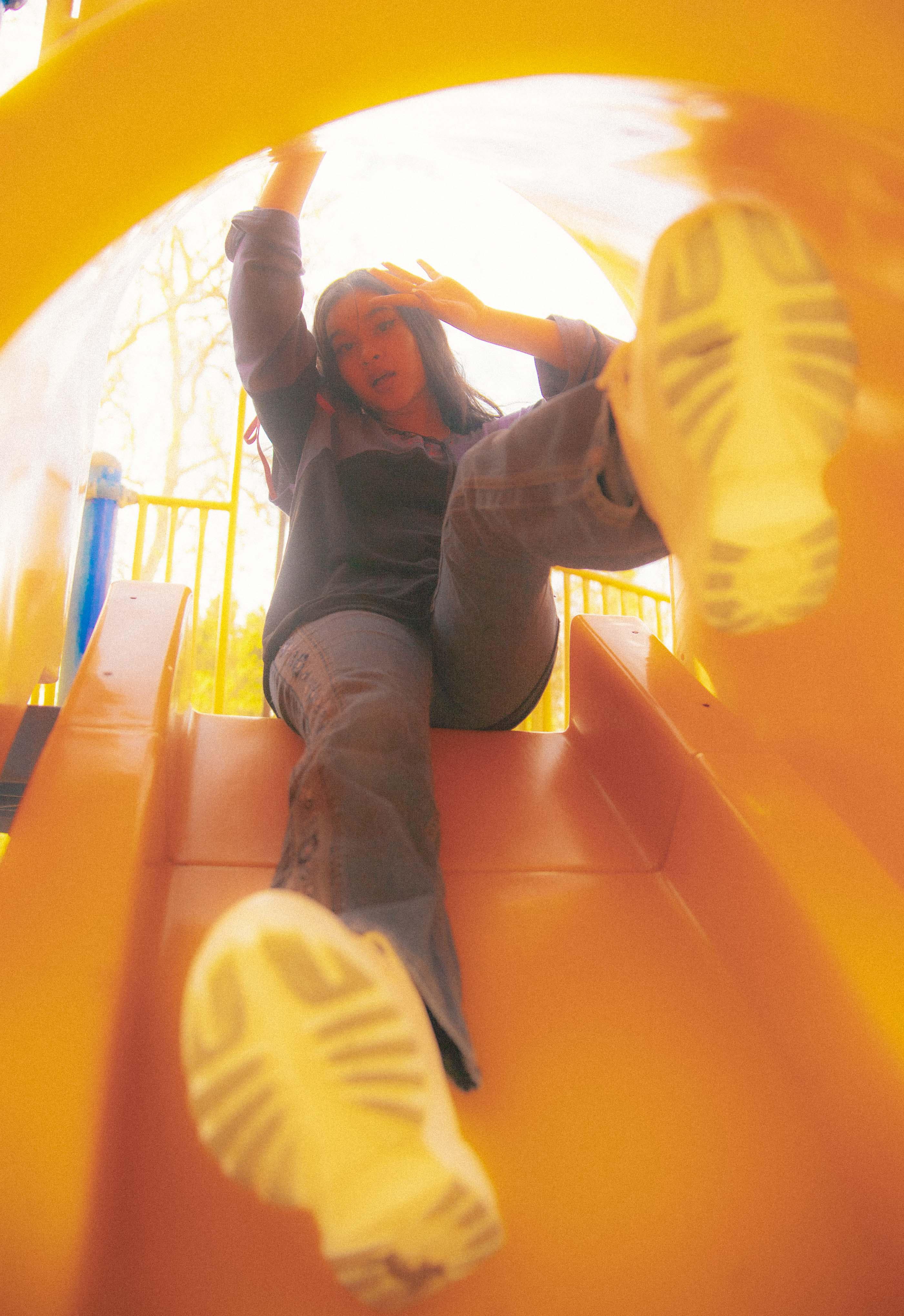

 Model Emily Nguyen 126
Model Emily Nguyen 126


In 2011, Obie Steven Anthony was exonerated after serving 16 years in the California prison system for a crime that he did not commit. Anthony, who was 19-years-old at the time he was convicted, was charged with murder with three counts of robbery as well as attempted murder. Although he was not at the crime scene and there was no evidence linking him to the crime, the use of official misconduct, mistaken identification, and informant testimony all played a role in Anthony’s wrongful conviction.
Before Anthony was unfairly convicted of these crimes, he was a high school student in South Central Los Angeles, contemplating different career paths under the care of his mother. He was considering furthering his education to work in the dental field, and after working with the California Conservation Corps under the Department of Forestry, he aspired to become a firefighter.
However, witnessing police tension and abuse of power in his community from a young age caused Anthony to experience a lot of external and internal conflict. At the time of Anthony’s conviction, two detectives intentionally engaged in misconduct to frame him for the crime so that he would go to prison. The prosecution also used the testimony of a known murderer and snitch and the identification of a man who frequently changed his story.
“I was totally shocked. I had no idea, I didn’t even know how to do murder. I didn’t even know where it happened. I didn’t even know anything. I just knew that I was being charged.” Anthony said.
Since 1989, there have been 2,720 exonerations of innocent people from prisons and death row. According to Jonathan Delman, a USC alum from Long Island, New York who is currently studying law at the Cardozo School of Law with the Innocence Project, an exoneration
occurs when someone has been convicted for a crime that they did not commit and is released from prison short of their term because their innocence has been proven. To combat this, the Innocence Project works to free innocent people from prison and reform the criminal justice systems to prevent and encourage accountability on wrongful convictions.
According to Delman, the Innocence Project has a team of social workers that helps exonerees through their transition process, in anticipation that many will encounter issues finding jobs, housing, and navigating technology. Additionally, there are 35 states that offer monetary compensation to exonerees, although statutes vary by constituency.
Common wrongful conviction causes include faulty forensic evidence, eyewitness misidentification, police or prosecutorial misconduct, false confessions and jailhouse informants. Race and socioeconomic status are also major factors in wrongful convictions, which can play into inadequate defense and jury bias, according to Delman.
“The image of Black people, particularly Black men behind bars, has just become so grossly standardized in our country … I think when grisly acts are committed like murders and rapes, the police, who in many jurisdictions are elected officials, feel pressure to put someone behind bars, even if they’re not sure who it is. They know that’s going to have to be done by a jury so they go after Black men. It’s a hard, disgusting fact,” Delman said.
Including Anthony’s case, half of all exonerations involve an innocent Black person. Although Black people make up only 13% of the population in the United States, they are far more represented in the carceral system than any other race.
With no criminal record or history in youth detention, Anthony found it difficult to adjust to life in prison, now living with men who had been incarcerated as long as he had been alive. Being illiterate, having no support, and grieving his mom that had recently passed away while he was incarcerated, Anthony said he had to keep a straight face and act as if he had been accustomed to it all.
It wasn’t until 2008 that the Northern California Innocence Project and the Loyola Marymount Law’s Project for the Innocent stepped in to help Anthony prove his innocence.
VICTORIA VALENZUELA + SARAH KIM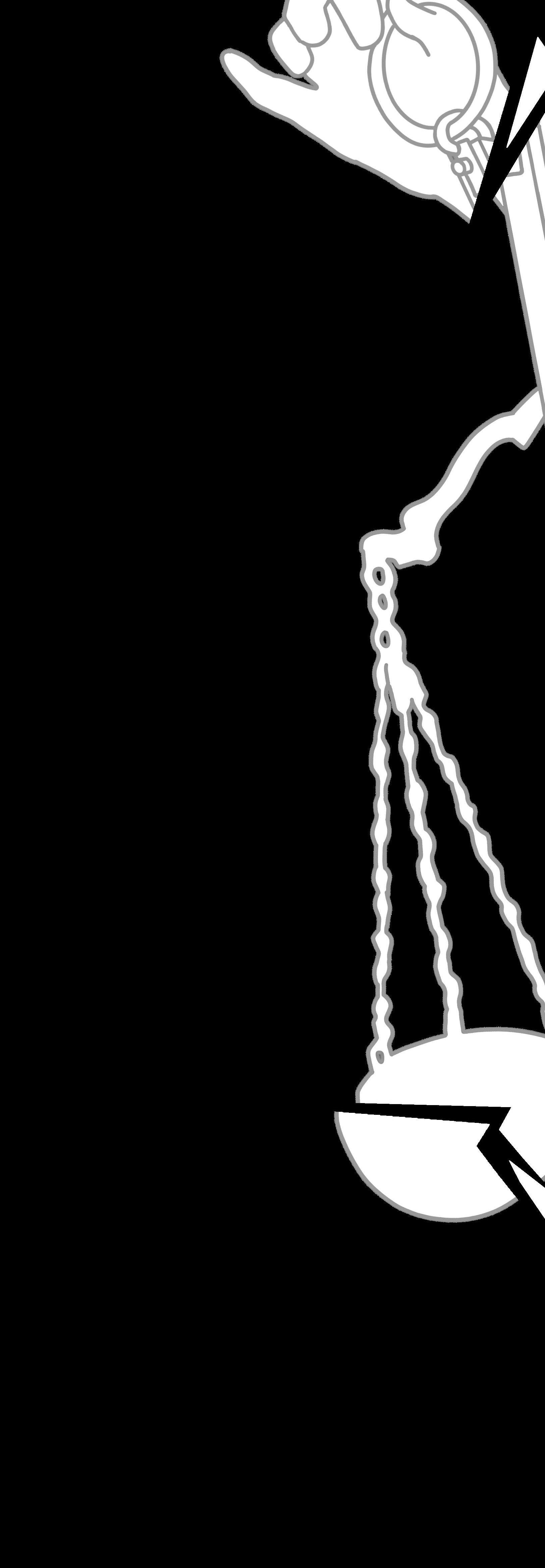


After three and a half years of fighting the case, the group of attorneys and college students was able to help Anthony win his freedom and be exonerated of all charges.
“You have no help. Your cries for help are a void because there is no one who’s going to help. You are left to help yourself out of a horrendous situation,” Anthony said.
Anthony compared being exonerated to falling off a boat and not knowing how to swim and then drowning but then being pulled up, gasping for air. He said that the feeling of knowing you almost drowned and the relief of finally being safe is similar to an exoneration.
After the 18 years Anthony spent wrongfully convicted, he faced many challenges adapting to life outside of prison. Being sentenced as a 19-year-old and exonerated at 37-years-old, Anthony felt like he grew up in prison. When he had come out of prison, he noticed more diversity and interracial relationships than before his incarceration in the early 1990s; he also had to adjust from the typical male-to-male dominant, controlling conversations he ex-
perienced in prison. Additionally, Anthony had to learn how to use the many technological advance ments that came out in the 2000s — like not knowing how to take a photo with a phone.
Although Anthony was able to live with his fiance after his ex oneration, he still struggled to find a job and to acquire a Cali fornia state ID and Social Secu rity Card, which are disposed of after 10 years of inactivity. After sharing his story with California legislators when originally advo cating against prosecutorial mis conduct, Anthony inspired Obie’s Law, a law put in place to provide wrongfully convicted people with reintegration resources following their exoneration.
In 2015, Anthony founded Exon erated Nation to create a plat form for exonerees from all over the country to come together and help each other heal from the de bilitating effects of being put in prison for crimes in which they didn’t commit.
“All of us, even though we have been proven innocent of the crime, still have the stigma of being in prison and being removed from the community. When we go ap ply for a job, and we go try to get an apartment, we have no rental history, we have no work history.
It makes it very difficult for em


ployers [to employ us] and renters to rent to us, even though they are very sympathetic to the situation that we’ve been through,”
Before Gloria Killian was wrongfully convicted in 1986, she was in law school with aspirations to work in estates and trust legality. Similar to Anthony’s case, Killian’s conviction involved misconduct and relied heavily on the testimony of another person being tried for the same case, yet was given a reduced sentence for naming Killian. With the case Killian was charged for involving murder and conspiracy, she was sentenced to 32 years to life in prison. She served 10 years of the sentence before filing a writ of habeas and being exonerated by a private lawyer after they were able to dethe testimony of the co-defendant who had claimed Killian was the leader of Killian was exonerated in March 2002, and was finally released from prison in August 2002. After Anthony was exonerated, the two met in Northern California and began working together to see how Exonerated Nation could best help exonerees.
Outside of Exonerated Nation, Killian also helps currently incarcerated men and women work on
their cases while they are in prison. She is also very active at USC, having been an important figure in the founding the USC Law Project at the California Institution for Women.
“Incarcerated men and women are no different from you and I. They are not some strange, evil people that came from somewhere. They are exactly us, and fact is, anybody can get into trouble, have problems, or have a bad time,” Killian said.

Zavion Johnson, the eldest of seven children raised in Northern California, was 18-years-old when he was sentenced to two life sentences after being wrongfully charged for murder. Johnson aspired to be a train conductor after seeing the travel and money that his uncle’s friend was able to make in the industry. However, after a tragic day in which Johnson’s baby daughter had slipped and hit her head on the bath and died, officials suspected the child suffered from shaken baby syndrome and arrested Johnson on the day of his daughter’s funeral.
Johnson said that knowing he was innocent and having faith in God kept him fighting for the 16 years and four days that
he was kept in prison. In 2014, Johnson received a letter from the Northern California Innocence Project that his case was in circulation, and in 2015 he was able to meet with his new legal counsel. On the day that Johnson was ex onerated, he walked out of the courtroom in a paper suit with no money, clothes, bus ticket or apology. Since then, he said his six attorneys have become his friends and like his family. His first meal post-conviction was Popeye’s chicken and a strawberry soda.
“I look up and it’s 2016, and there are six different people that I had the opportunity to meet who are a part of my team. Work was al ready being done. I still don’t really don’t understand the dynamics of how and when I would come home, but just to have all these peo ple invested in me, I knew that I was coming home,” Johnson said.
Johnson said he feels that he was kidnapped on his way to college, as he was only 18-years-old when he was convicted. Now, Johnson works with Exonerated Nation and speaks at different universities to raise awareness about wrongful convictions.
Anthony, Johnson, Killian and Delman all seem to agree on what needs to be done to prevent wrongful convictions from happen ing — accountability. Anthony believes that without accountability, the criminal justice system will continue to ignore procedures set in place. Delman actively supports laws that give defense attorneys greater access to files and put pressure on elected officials to pay attention and make the changes necessary.
“You need to have accountability within the system to have actual reform because accountability is performed,” Anthony said.
Victoria Valenzuela is a student at the University of Southern California currently pursuing a degree in Creative Writing.
Sarah Kim is a student at the University of Southern California currently pursuing a degree in Communication.









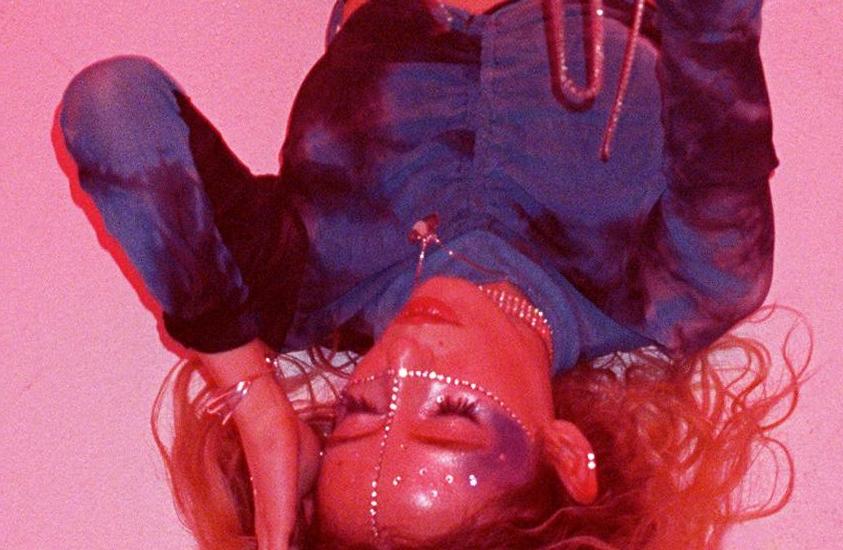
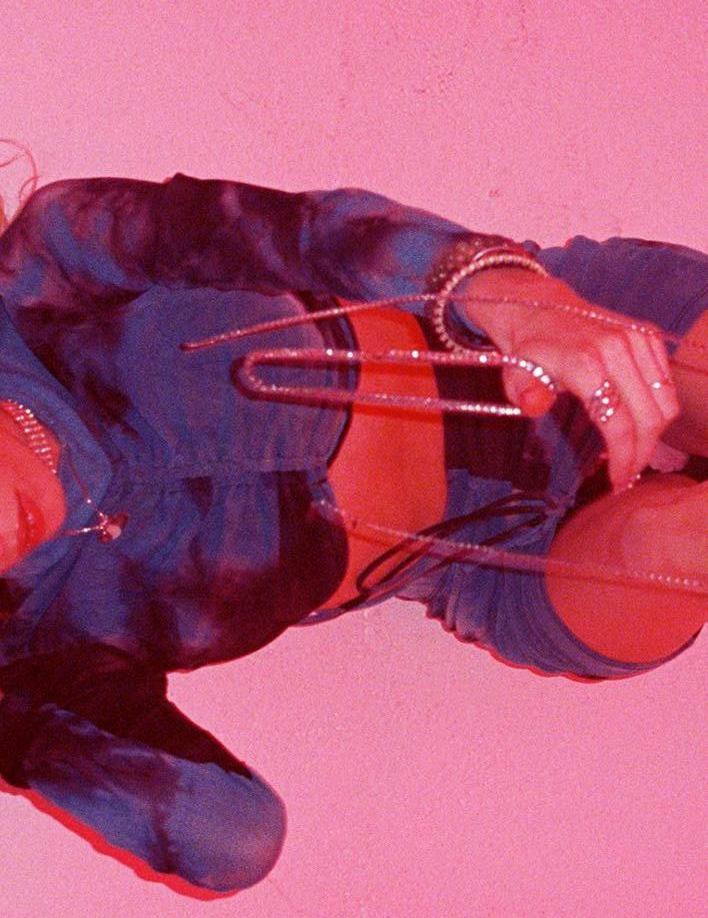

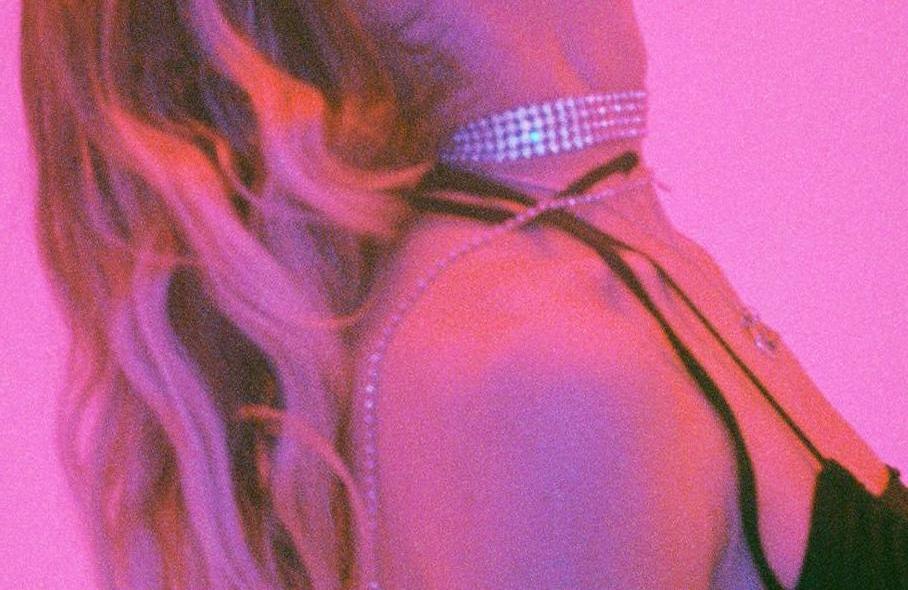
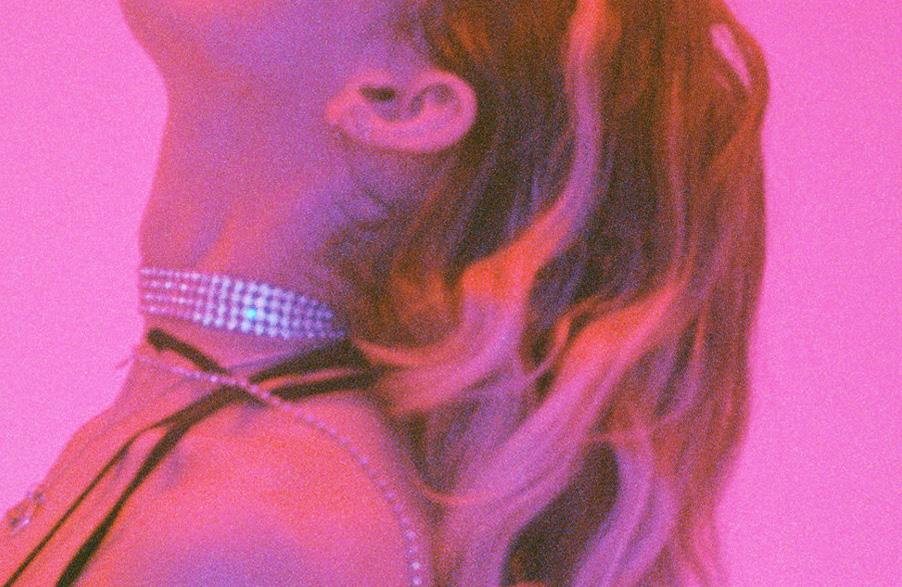







Niqfilms is an LA-based photographer who only shoots on film. He enjoys Djing Hip Hop and designing clothes. Niq studies entrepreneurship and multimedia at the University of Southern California.
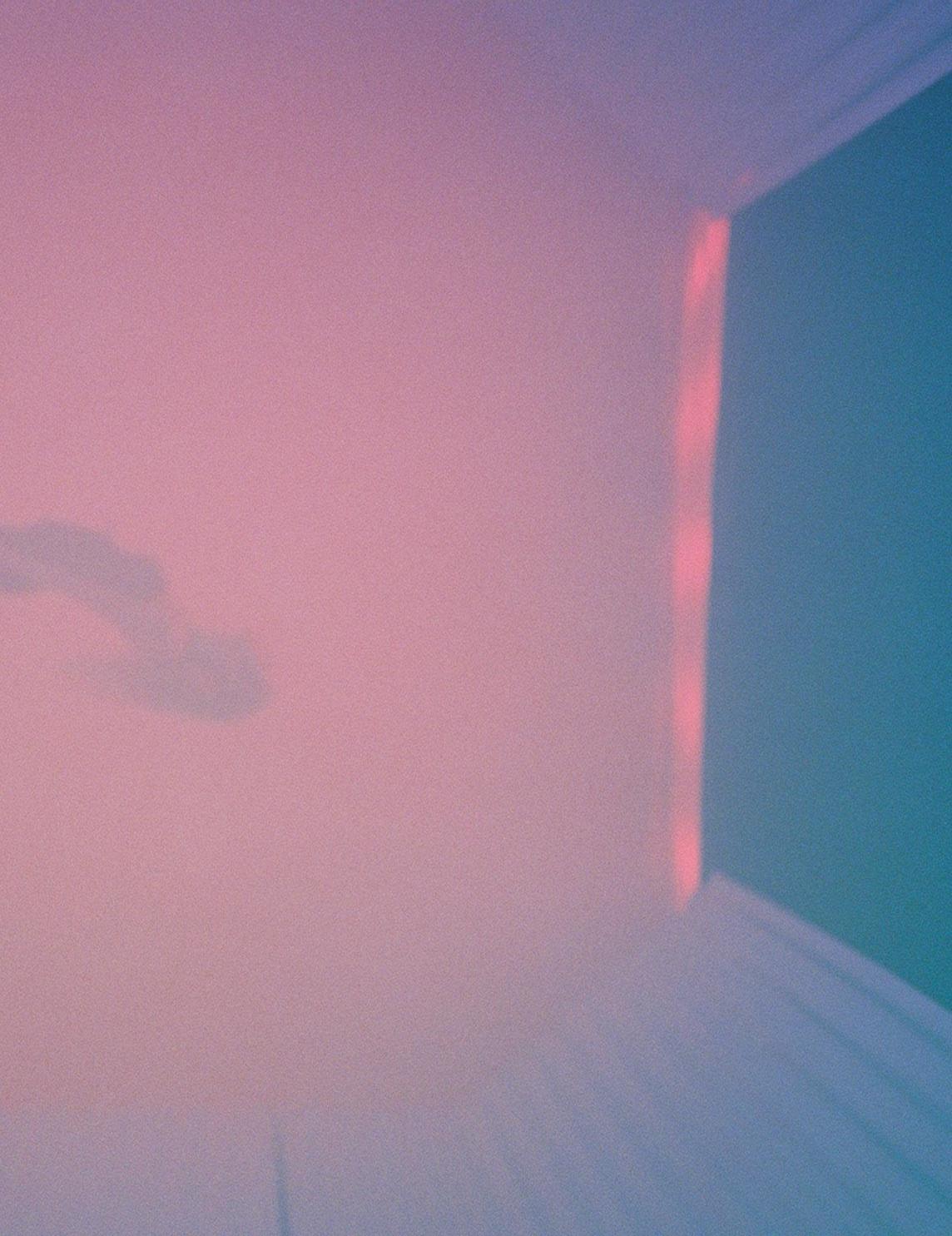 146
Model Lilly Phillips
146
Model Lilly Phillips

 Photography By Kellie
Photography By Kellie




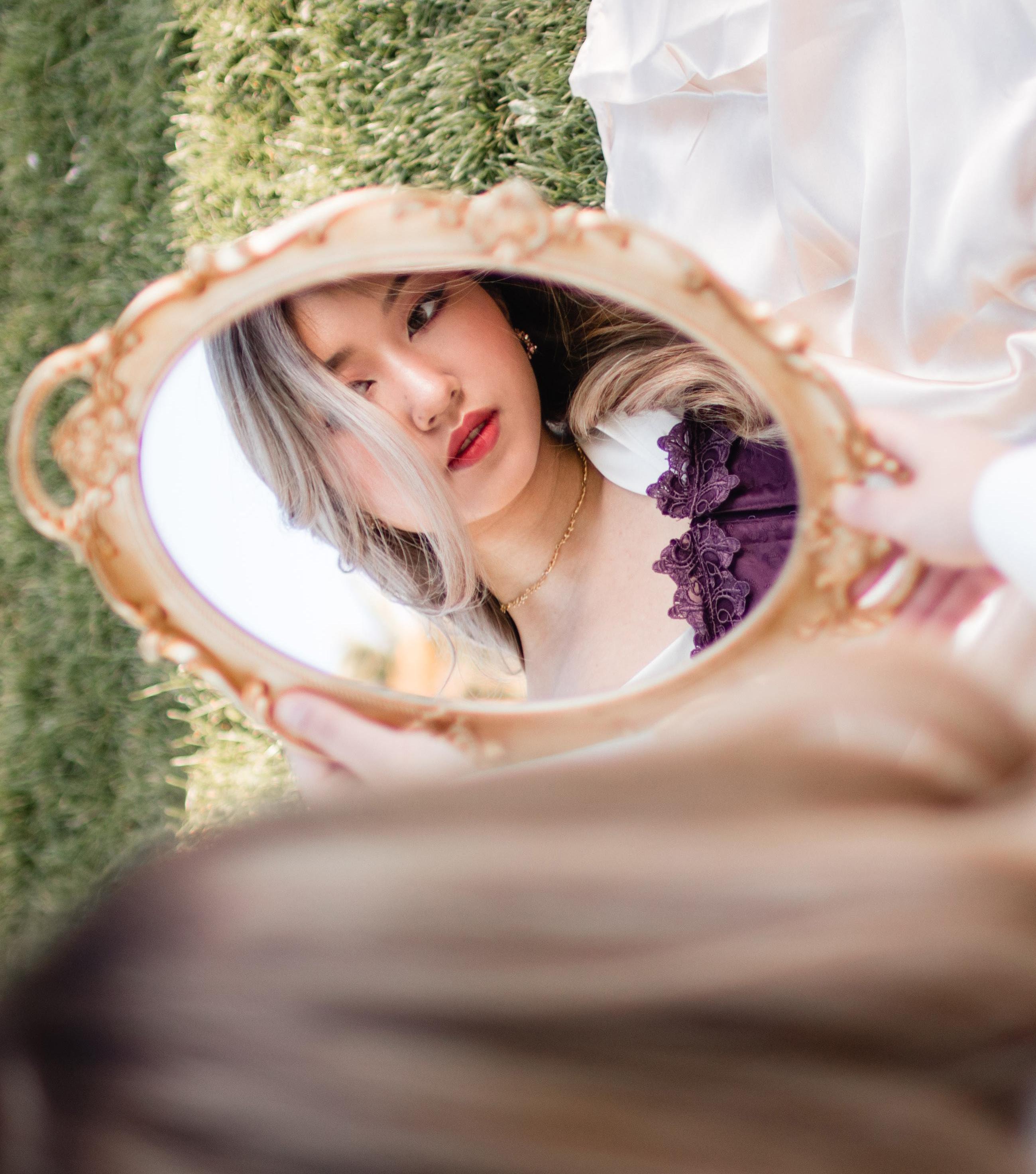

Kellie Chen is an Bay Area-born and Bay Area-based photographer who specializes in portrait photography. She enjoy(s) painting, cooking, and baking. Kellie studies Communication at the University of Southern California.
152

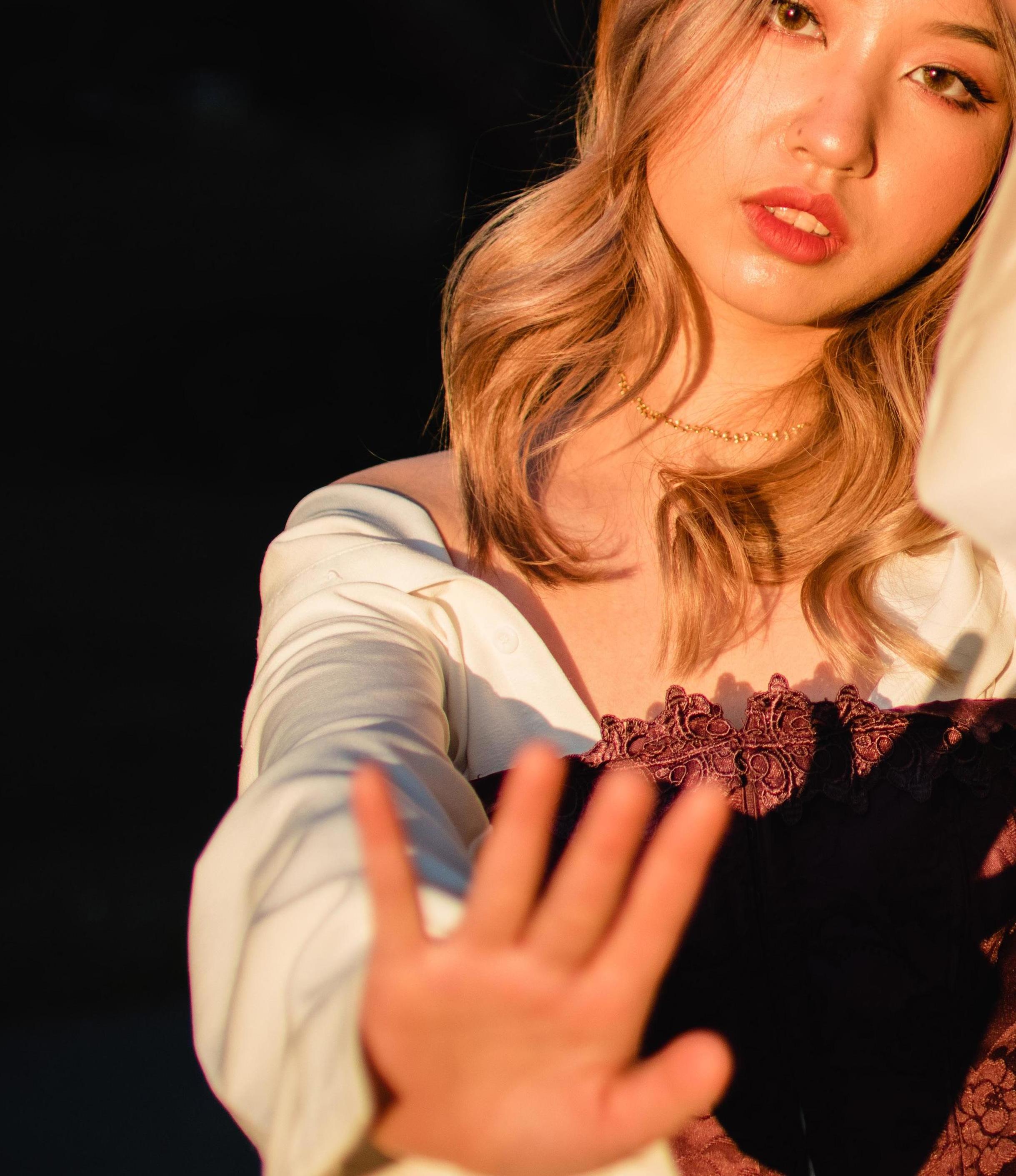

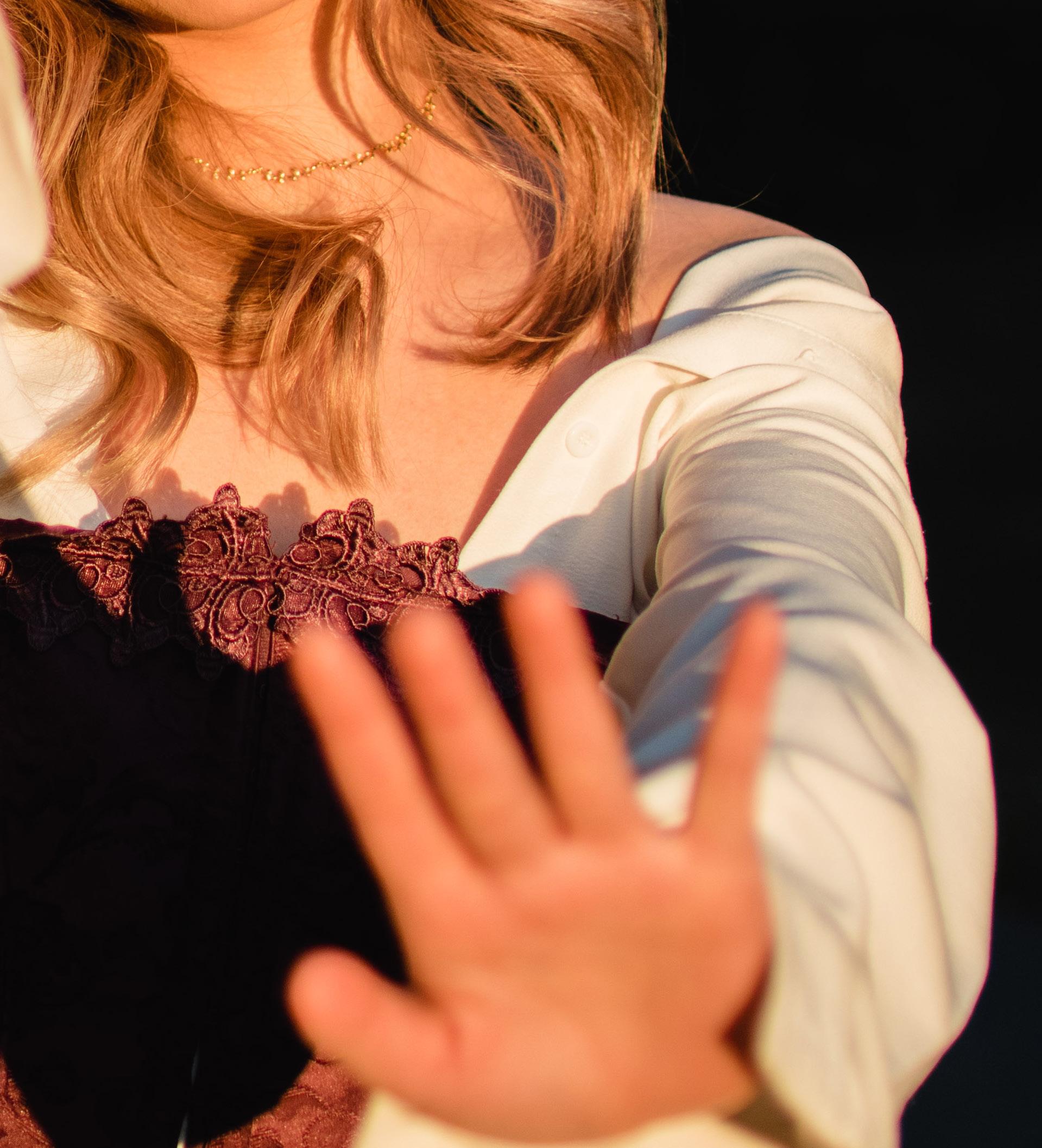
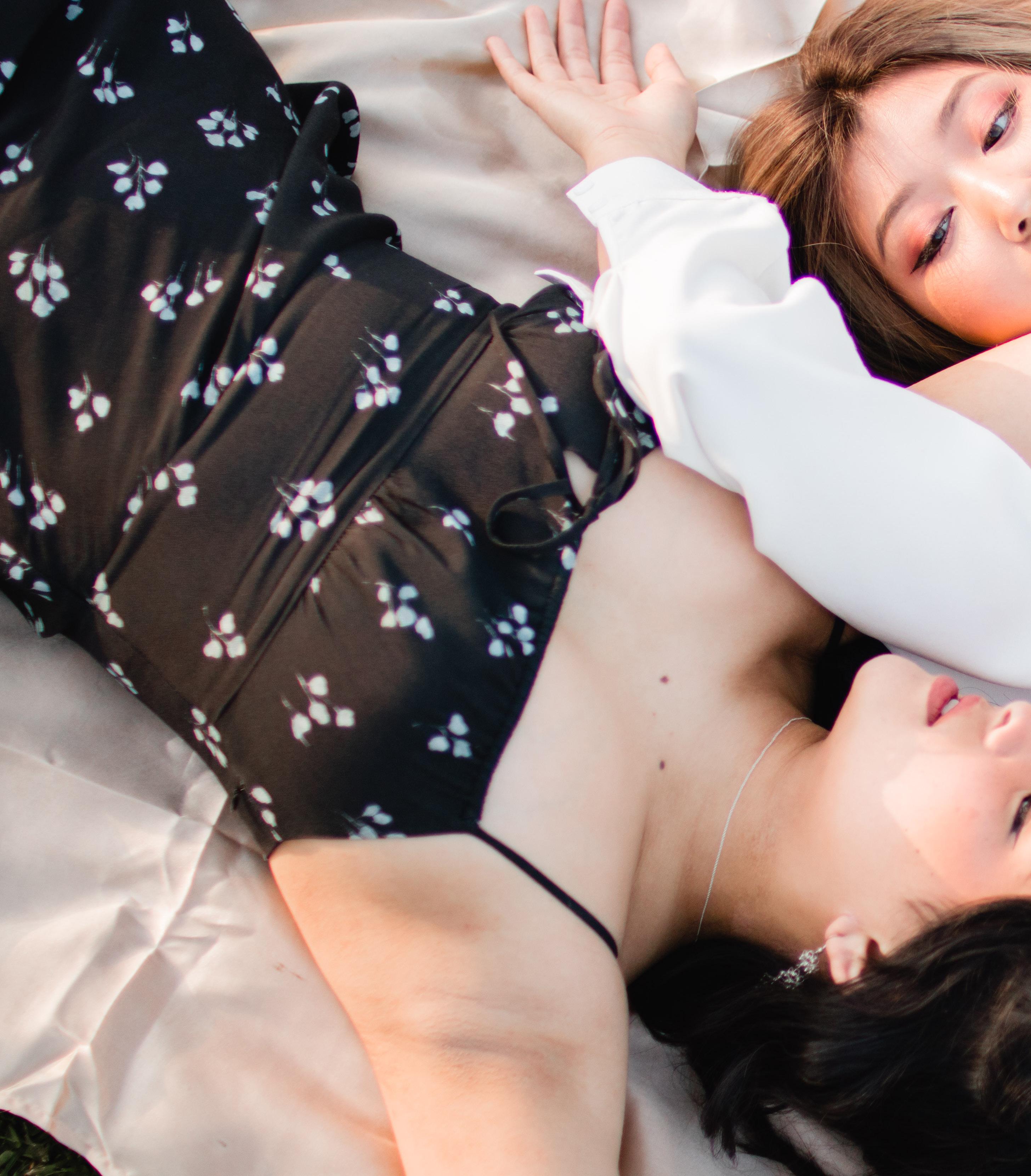
 Writing by Shay Martin-Jones
Photography by Kiera Smith
Writing by Shay Martin-Jones
Photography by Kiera Smith

In my story, it begins with people, with bodies, falling apart and building back together—a total reimagining, brought forth by inconceivable destruction of self-understanding and identity. In many Queer stories, it starts and ends like this: falling into ourselves over time, picking up pieces of our identity along the way and reshaping it at every rest stop. Self-reflection is perpetual.
Three years ago, I woke up from a dream and was infatuated with my best friend (which could be to say that I woke up from one dream and entered into another). I was 18, proudly bisexual, and caught in my own mind, which was somewhere out of this atmosphere, closer to the moon than the ground. It was the first time in my life I had ever considered myself to be romantically interested in a boy. Spending time with him made me warm, and I wanted to be as close to him as possible—romance was the normal next step, a way to level up the friendship, to immortalize it.
Of course I would have a crush on him, I thought, I want to be a part of his life for as long as possible; I want to spend my days talking, laughing and existing with him. A relationship would be so similar to our already growing and happy friendship but closer somehow.
In a way, this newfound crush felt safe to me. I could create an idealized future in my head in which I could have a long-term relationship with a man without having to interact with or pursue any strange ones. My best friend became a safety net, allowing me to conceptualize that I could achieve a domestic life with a man because this one was kind, loving and knew me well. I would not have to have sex with him because he was asexual, I would not have to fit the mold of “woman” perfectly because he was also Queer and would never dream of forcing me into it.
I thought it was ideal because I would, in practice, only have to be his friend but in a romantic way. There was always an undertone of discomfort in this infatuation that I could never quite place—an aversion to the reality outside of my world of daydreams. I knew, realistically, he would never reciprocate, and this fact made me feel even safer somehow. This was the basis of my first (and final) crush on a man.
My feelings for women came much earlier than that. At nine, I was already flirting with girls and playing house with them, kissing in secret. At 13, I had my first crush. It was passionate, charged, romantic—everything a barely teenaged Queer kid needed in a fling— and she lived approximately 3,800 miles away.
Before we ever dated, we spent years somewhere between friendship and romance; she sent me birthday cards with love letters and playlists inside, all sprayed with her perfume. When we began dating in my late teenage years, I sent her a map of the night sky of the day we met and clumsily written love poetry. Relationships with women have always felt natural to me—something gentle, endlessly romantic and dreamy. They are the only relationships I have actively, shamelessly pursued—even at the risk of writing embarrassingly cliche odes with badly translated Portuguese dying at the end of stanzas. Still, I left the door to my identity slightly ajar; men were an after-thought but a necessity, people I figured I would keep in my sexuality as a possibility but never a promise. Just in case.
I would have never admitted to myself when I was younger, or even a year ago, that I was afraid to question my bisexuality. I told myself I simply had a heavy preference for non-men while only finding celebrity men, and explicitly unattainable men, attractive. In my mind, a relationship with a man felt like an inevitable, domestic trap that I knew I was going to fall into regardless of my own desires.
I felt, and still often feel, that my worth was contingent on how palatable and desirable I was to the male gaze. It became difficult for me to understand the difference between whether I desired men or whether I wanted them to desire me to prove something to myself. Before recently, I never paused to ask myself if I could ever be in a happy, fulfilling and long-term relationship with a man. The thought had never occurred to me. I had a fear of addressing, of seeing myself. I still do.
I only actively sought out relationships with non-men, but I always fathomed that in the future I would encounter the perfect man who would fulfill all of my needs—emotionally, physically and
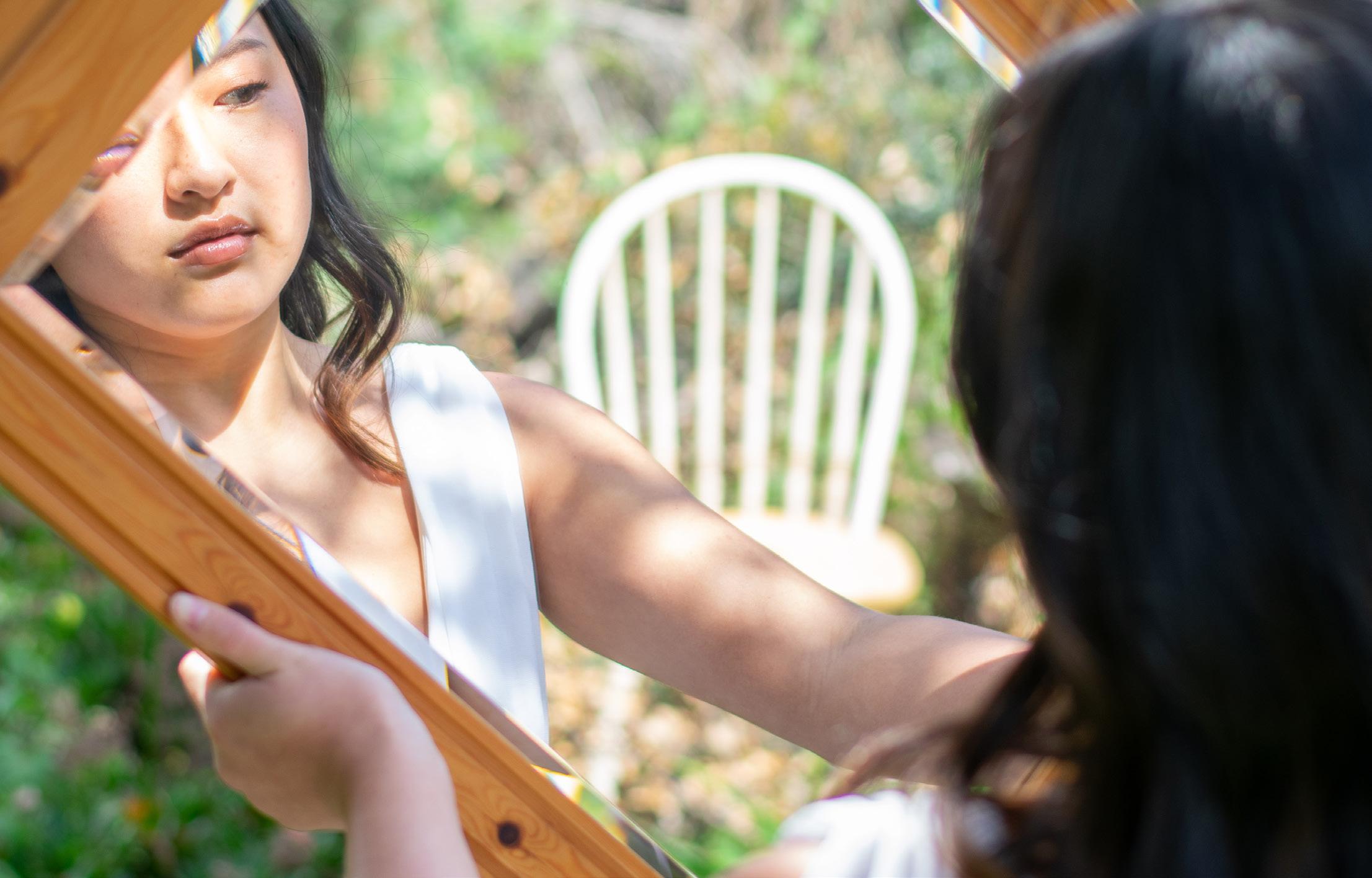
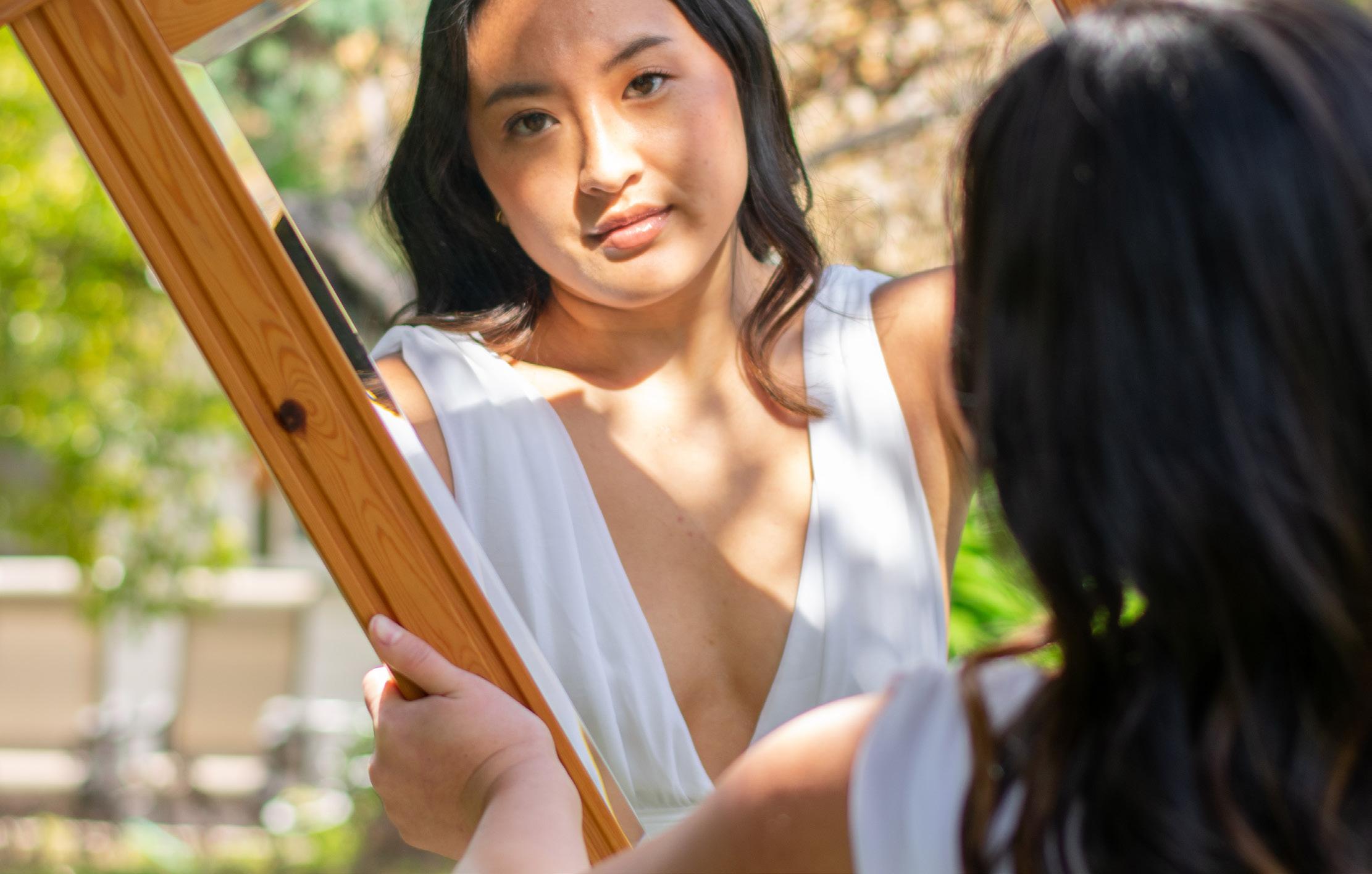
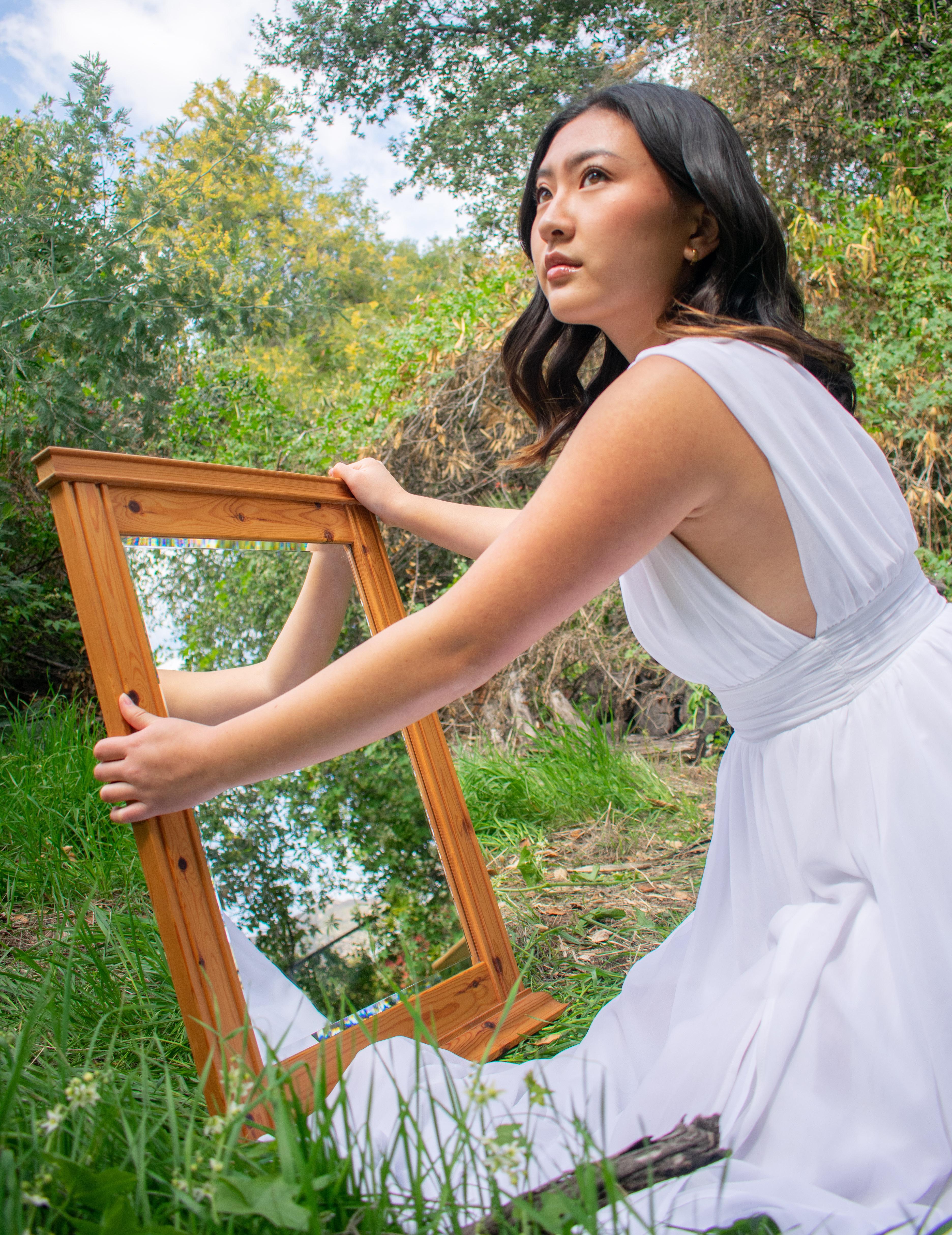
romantically; he would have no flaws or else he would be cast aside. All of his micro-politics and opinions would need to align with mine—anything less was selling myself short, after all.
(This particularity, of course, wasn’t present in my interests in nonmen. I found slight disagreements endearing and minor flaws bearable in their cases. I pegged this to simply be because I had more to relate to with non-men.)
It took me a year to realize that my crush on my best friend was never a real one but something I had convinced myself of out of desperation. I wanted to be desired by a man, yes, but part of me also wanted to desire them despite the discomfort I felt. It was easy to delude myself into thinking wanting a long-term, close friendship with him was something more than that, and it felt fun to delve into this so-called crush with others. It was exciting. It was safe. It made me smile, for a time.
This crush was the product of compulsory heterosexuality, or comphet, a side effect of misogynistic structures that teaches the individual that heterosexual attraction is inherent or without question. Comphet is a phenomenon where non-men—especially lesbians—have heterosexuality forced upon us by the patriarchy so habitually that we have trouble differentiating between our own desires and the desires we are “meant” to have. After all, as nonmen, our ability to remain desirable to men is placed at the center of our value—being attractive to men is to be worthy of respect. My “attraction” to men was assumed, something I viewed as indisputable and never delved into because, without it, I would be considered less valuable.
However, after I researched compulsory heterosexuality and immersed myself in lesbian literature and theory, for the first time in my life my sexuality became impossible to hide from. An identity crisis consumed me—it was all I thought, talked and wrote about. I began questioning every aspect of who I was; the door was torn wide open.
Behind it, I found myself.
In the past few months, I have found solace in language that goes unspoken, words that go without witness: a journal in my desk drawer, the notes app on my phone, the drafts on my Twitter account. These private spheres, unread confessions, have become mirrors that I glance into when I am capable of addressing myself. They have become the mirrors I hide from when I cannot. At the present moment, there are four drafted Tweets where I refer to myself as a lesbian and one where I refer to myself as non-binary.
One draft from two months ago reads: “Hey, I think I am a lesbian.” One from a few weeks ago: “Okay, fine. I’ll say it. I am non-binary.”
I left them unsent, hanging in the balance, an acknowledgment of the self to myself and a not-quite-secret for everyone else.
I have not written these words publicly because I am afraid to. Recently, I have kept most declarations of my identity quiet, non-existent or indirect. “I am a lesbian” became substituted by “I am not attracted to men.” “I am non-binary” became substituted by a quiet and easy-to-miss addition of “they” to the pronouns I keep in my bio. It is as though I am almost at the end of a race—just about to touch the finish line—and I fold for no reason at all.
In the now, I am a non-binary lesbian—somewhere between womanhood and nothingness, and endlessly in love with Queer people. I have found, in recent times, it is easier to describe my identity in the abstract: my gender can be encapsulated by an image of a dress on fire, poems threaded into its seams. To be non-binary, to me, is to rip apart the dress’s stitches — its poetry — and find commonplace in between the line breaks. At times, I am the dress, burning: this inaccessible poetry, lines breaking into myself. To be non-binary is to be an arsonist-turned-artist, to form a beautiful and intangible poetic thing from ash and destruction, then hang it on my bedroom wall.
To be a lesbian is a saving grace, a redefining of self-worth, of my body, of my home. It is to build upon myself, to recenter my own desires and fall endlessly in love with the Sapphic. It is roses coated in glitter, lips dripping gold, and vibrant, feathered wings.


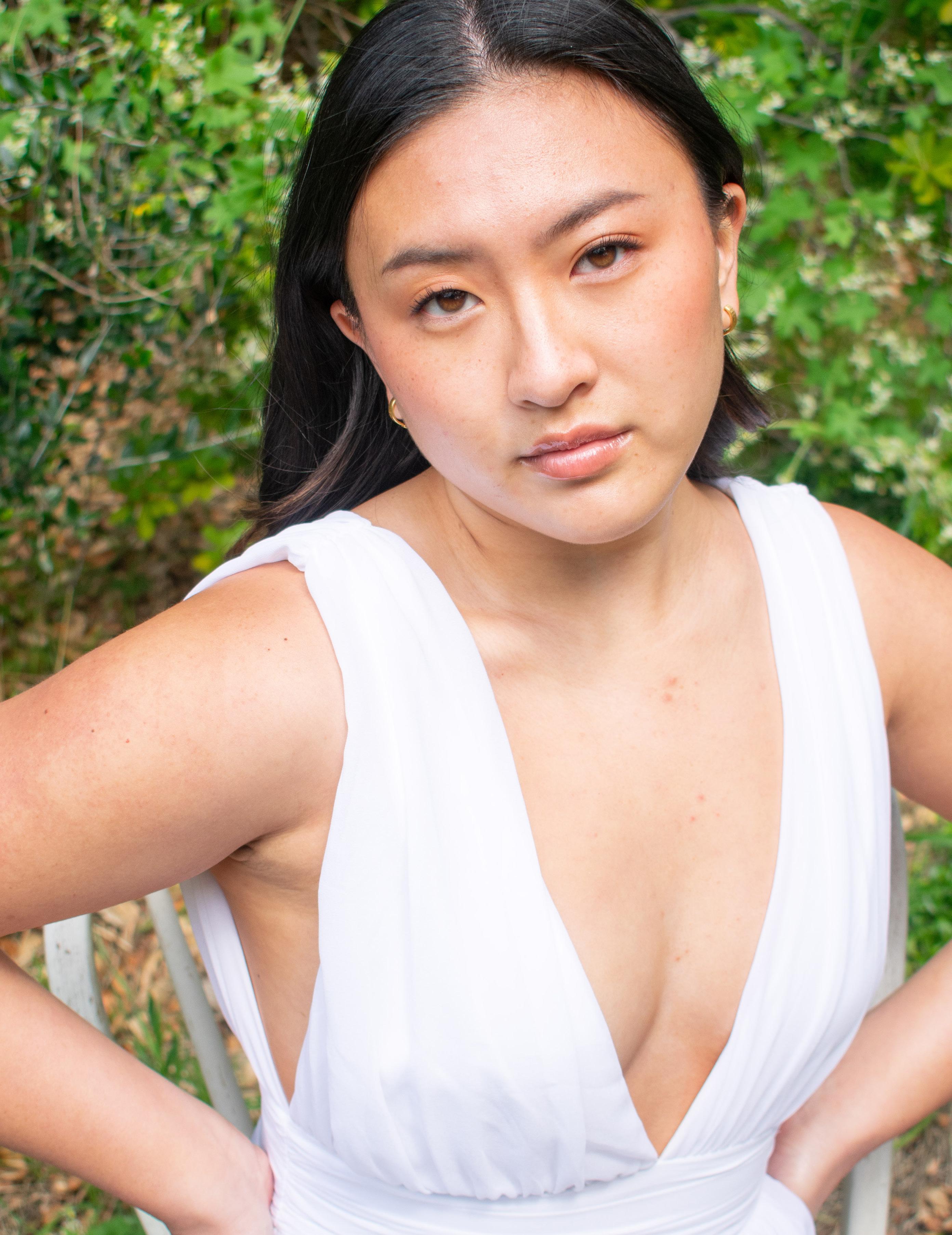
It is to fold cliche love poems into the seams of the dress, to write an ode to the woman I sewed it for, to draw tiny hearts in the line breaks. At times, I am the woman I made it for: this cliche poetry, lines forming into myself. To be a lesbian is to be a self-portrait of someone holding a mirror, to invite a poem into my bed and press kisses into its words and lay its metaphors across my chest, tenderly.
To be both non-binary and a lesbian is total liberation.
Growing up has taught me that I am uncertain. My sense of self can be elusive and intangible — in recent times, my identity has become something I am actively discovering and forging myself, a sort of flowery and infinitely more gay Frankenstein situation.
This is to say that I do not know who I am some days, and that can be okay. This is to say that I can hold pride in my identity, in who I am in the now, and still be toiling through restructuring who that is. This is to say to past, present and future Queer me that now is what matters most. All the other cracks in the mirror and doors left ajar will fall into place later. And then, inevitably, you will see yourself.
Shay Martin-Jones is a student at the University of Southern California currently pursuing a degree in Creative Writing.
Kiera Smith is an Los Angeles-born and based photographer who specializes in portraits and editorial photography. She enjoys graphic design on the side. Kiera studies Arts, Technology, and the Business of Innovation at the University of Southern California.
 Photography by Natalie Serratos
Photography by Natalie Serratos

Models
Katelyn Montgomery
Juliet Thurman
Mari Decola
Elliot Zubkus
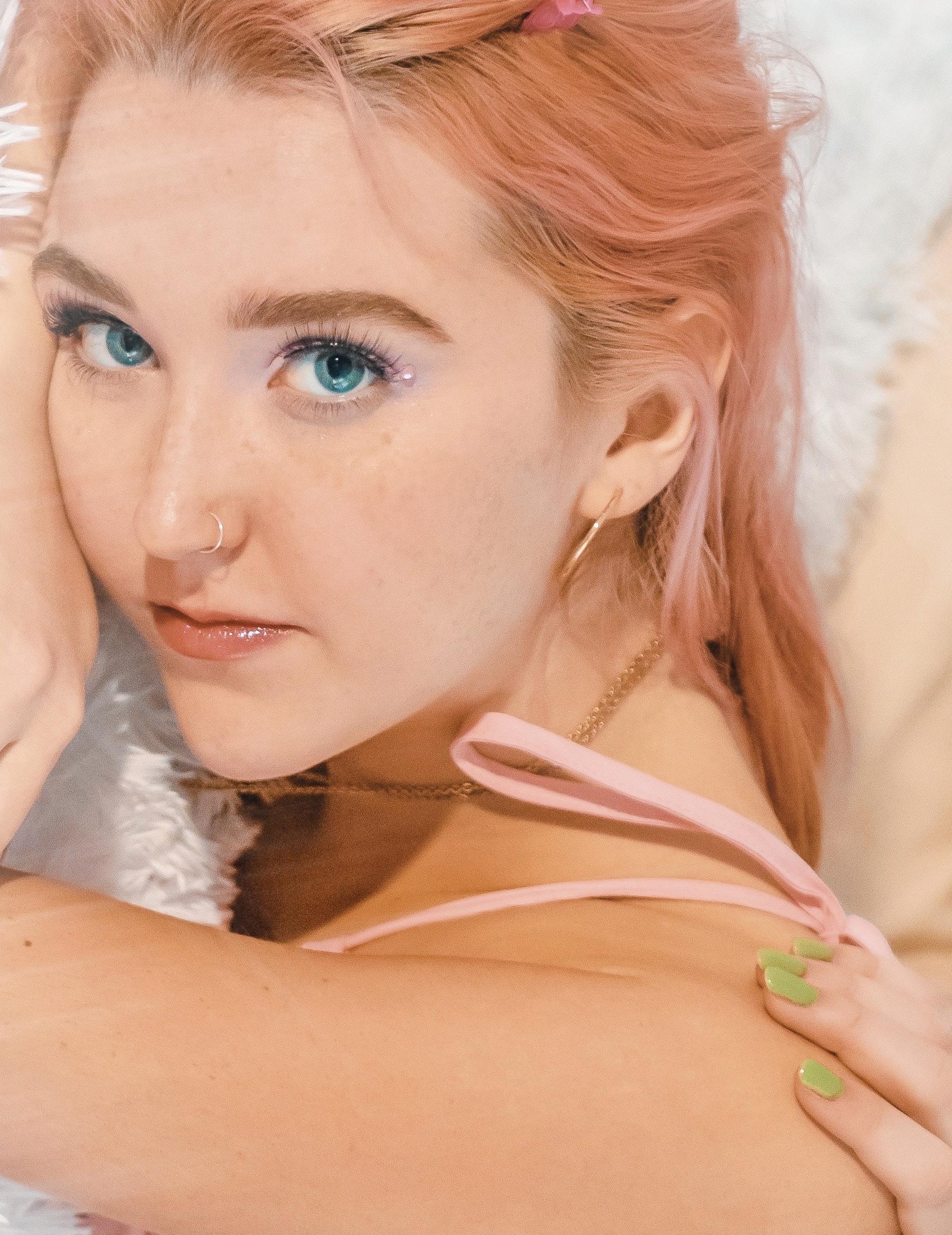

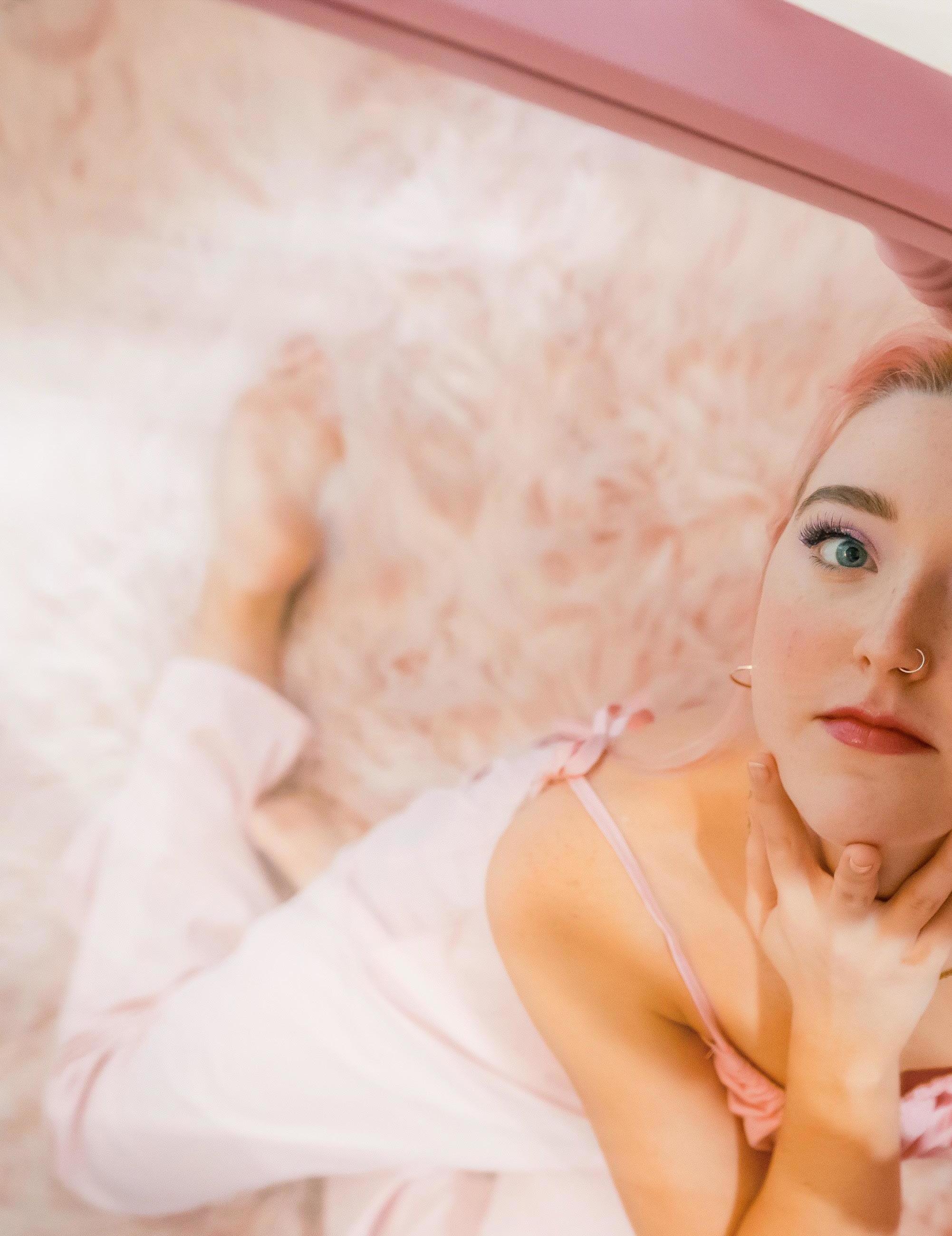

Natalie Serratos is a Chicago-born and Los Angeles-based photographer who specializes in editorial photography. She enjoys picking out eccentric outfits, doing unique makeup looks, and implementing colorful lighting and backdrops into her shoots. Natalie studies Film Production at the University of Southern California.
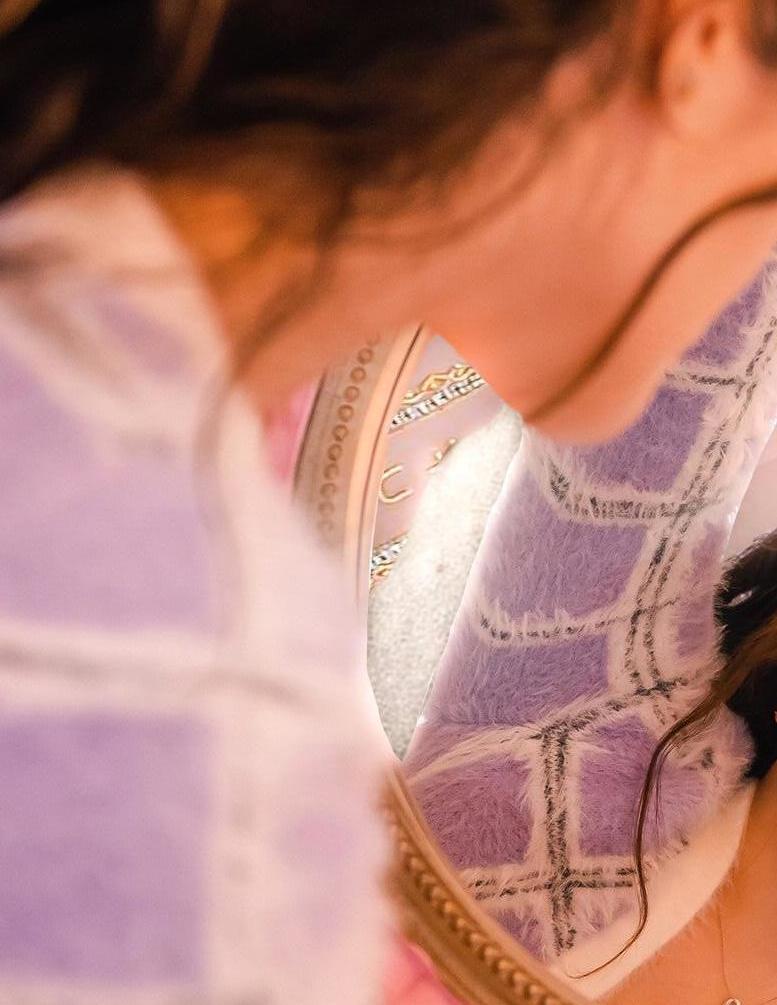
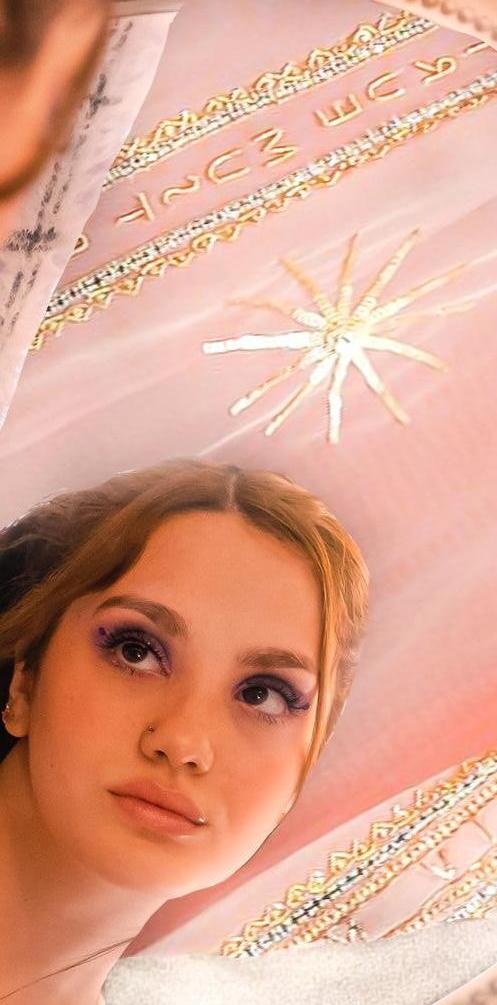
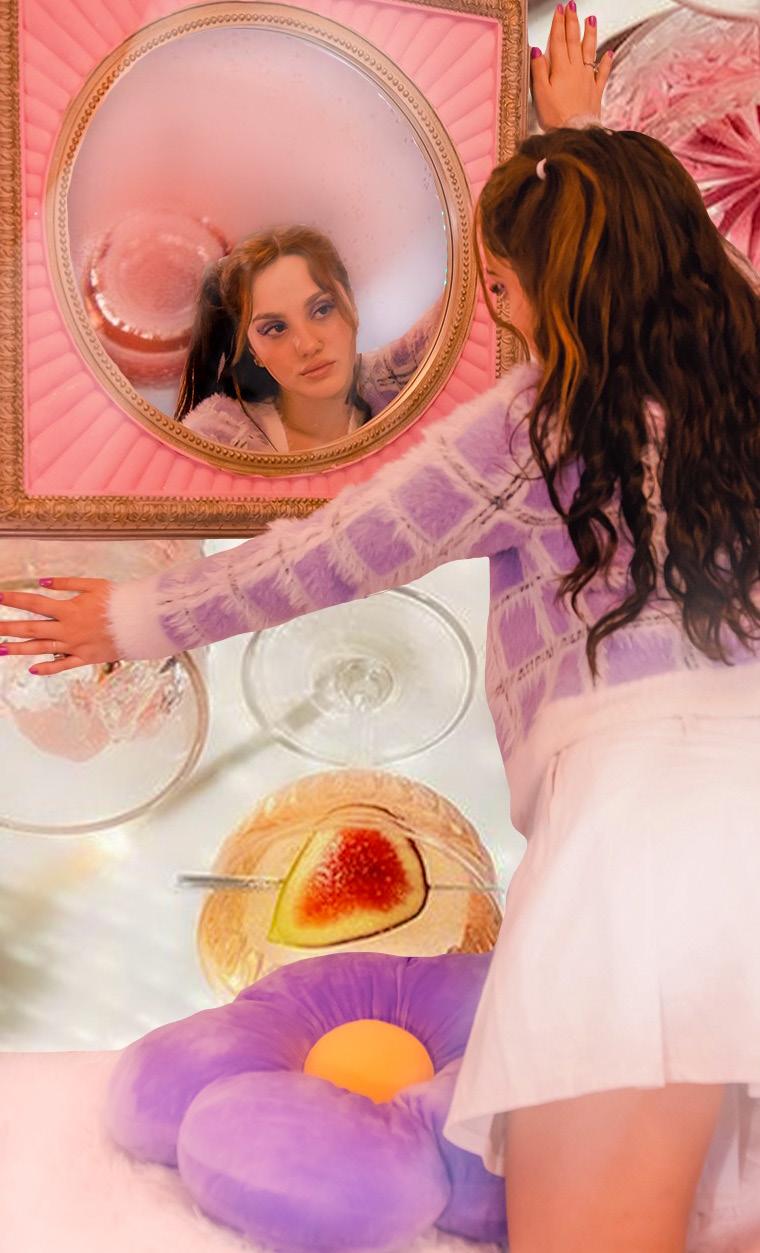
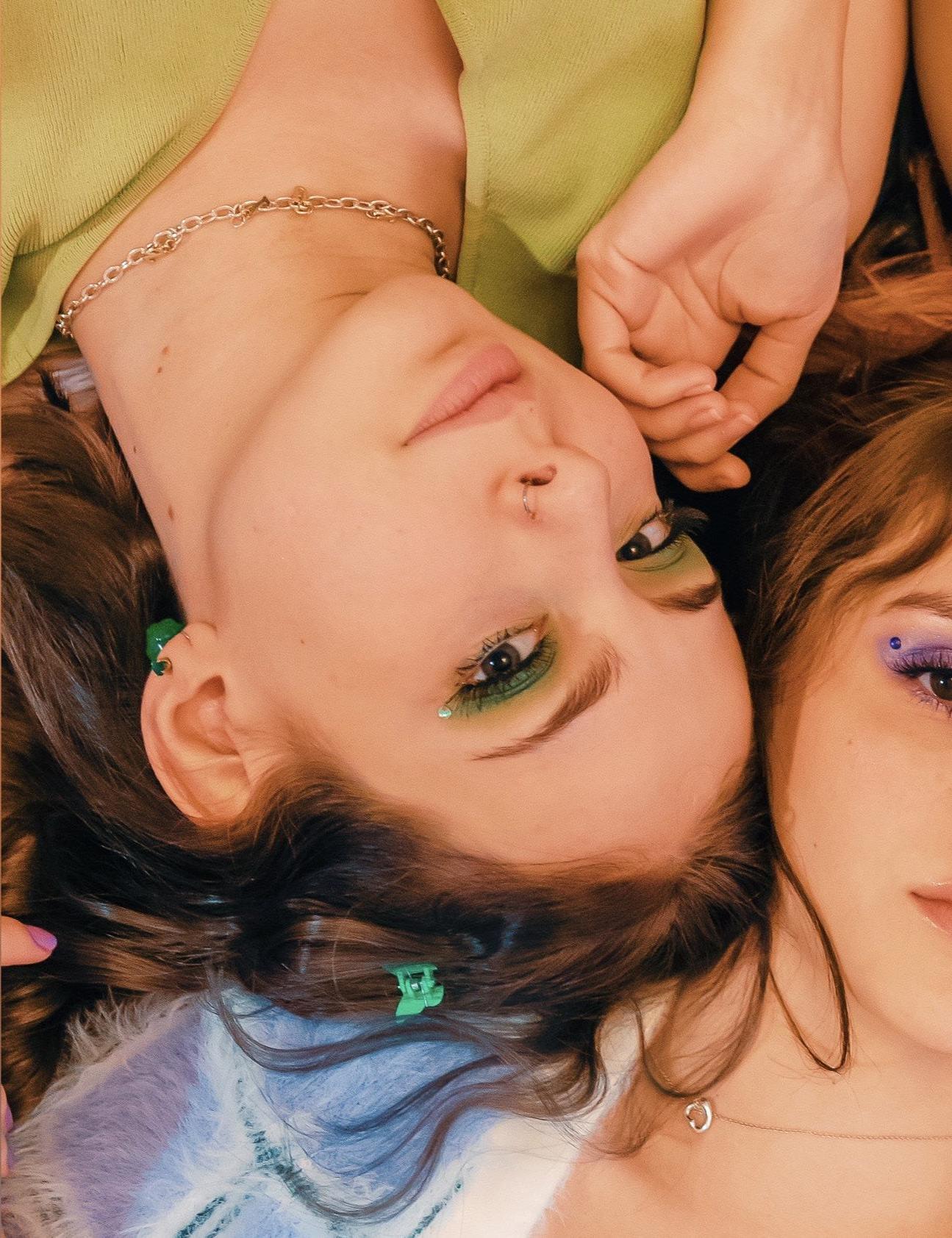



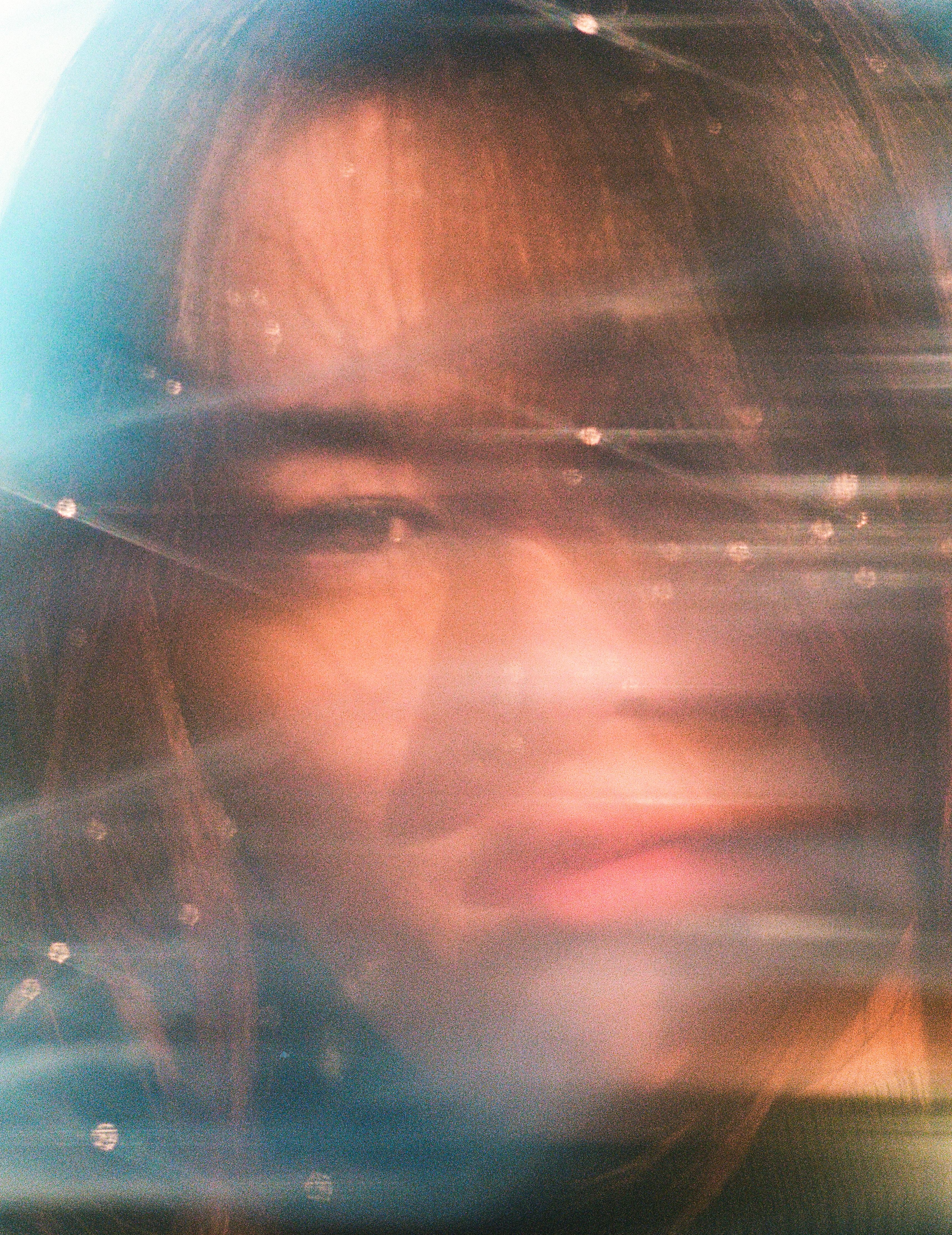




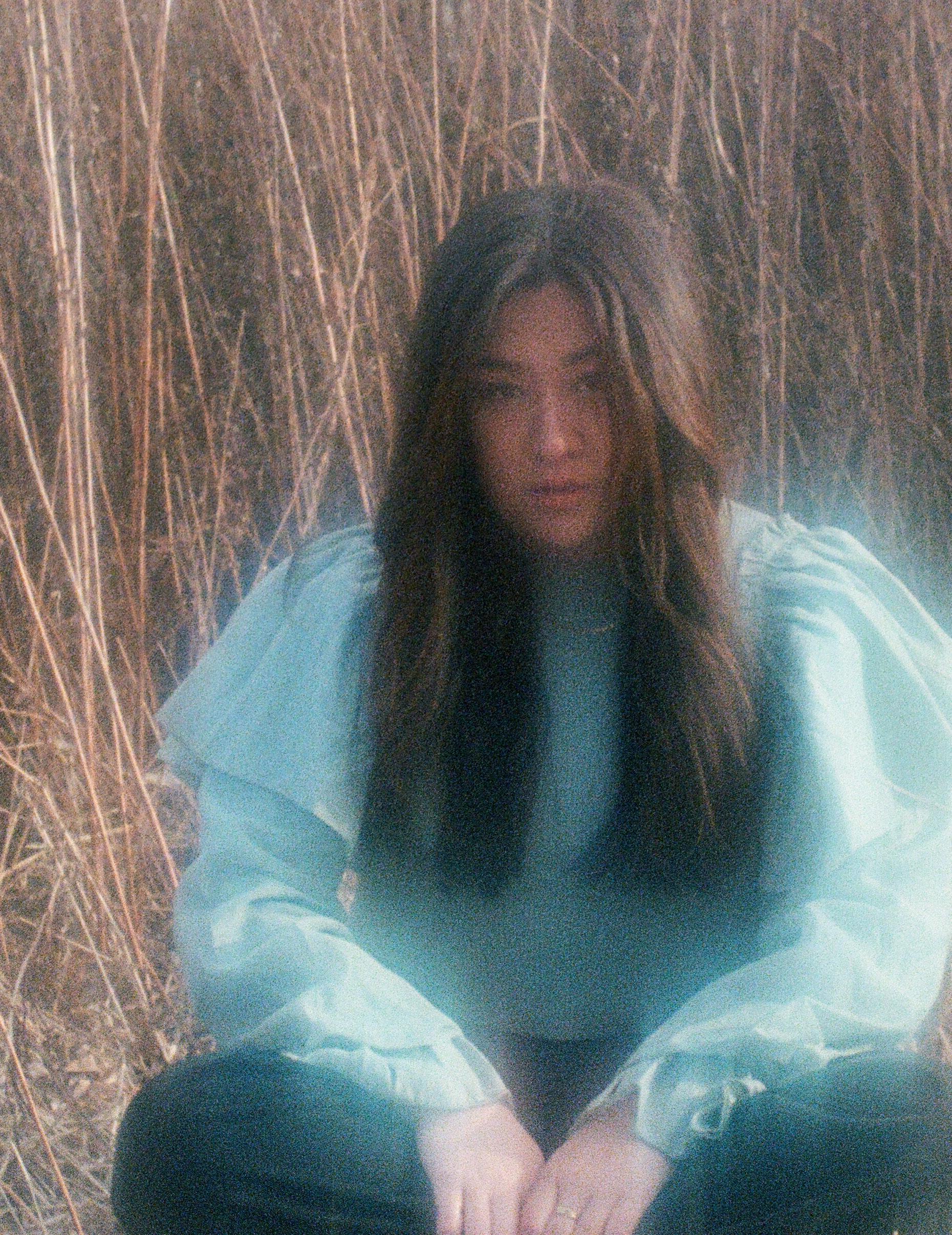





Ariann Barker is a student at the University of Southern California currently pursuing a degree in Writing for Screen and Television.
Alexandra Abrams is a freshman at the University of Southern California studying Arts, Technology, and the Business of Innovation.
In my bookish childhood, my favorite series was Harry Potter. I finished the books and the movies, then discovered the idea of ‘fanfiction’— interpretations of the universe that weren’t JK Rowling’s. Fanfiction stoked the compulsion I felt towards reading to the point where it competed with books for my attention. I read fanfiction written about literally anything, whether I was familiar with the source material or not, and from this came my desire to write. That desire quickly transmuted into love, propelling me to scamper through the Internet for more ways of demonstrating my appreciation for storytelling.
At around eleven years old, I found forum-based online roleplay in the woodworks of a game website I frequented. The premise of these roleplays was for members to create characters that were part of a world created by a user, these characters would go on to interact with each other in a myriad of ways as directed by their creators. This all took place over simple text and image based communication. I began as an amateur, growing accustomed to the platform’s netiquette and shyly integrating myself into existing roleplays. As my time on the site increased, I became more comfortable with the community, building relationships with users I shared common interests with or felt had visions compatible to mine. It wasn’t long before I started making my own worlds within which members could roleplay, and this proliferation of content helped push the narrative that I was a figure on the site to be known. When my creations received more traction, I received more attention. People who

gravitated towards my concepts and characters started to communicate with me about my IRL business: how old I was, where I was from, what I did, etc. I wasn’t too keen about how my childhood computer literacy would be perceived by people online, so I opted to do what children do: lie.
I distilled myself into a character just like the ones I had been playing in the forums. I gave myself a new name, a new story, a new age, a new appearance, all of these vastly different than those afforded to me in my physical reality (and vaguely aspirational). I became a college student majoring in English with a pet cat and a loving boyfriend. I talked to people on the Internet and became involved with their personal lives as well, operating as a confidante in many cases. They never knew who I was, and I had no idea who they were either (no matter what I believed at the time), yet the bond forged by our joint appreciation for the art of words was palpable enough that I remained on the forum for years even after the game that hosted it fell out of favor with me.
Through a few of the people I met on the website I became a mod of a branch forum that they hosted independently, where some aspects of our roleplay carried on over to Twitter. I made around 5 accounts for 5 different characters, switching between their lives with fluency. They had style, confidence, wit, and intelligence. In them, I became everything I ever wanted to be. The visual references (actors or models that represented how your character looked) that I used were of the coolest looking people I found on Pinterest or Tumblr. My preadolescence meant insecurity and trepidation within how I saw myself, worrying that I wouldn’t be attractive or talented or smart enough to enjoy being alive. This lit the fire under my ass for me to sample socializations way beyond the leagues of my experience and live the life I wanted (without waiting for it to find me.) That’s what roleplay was.
Now a college student, I remember those moments spent glued to my mother’s computer as fundamental to the development of my imagination. The abilities I now have fleshing out characters or writing dialogue or styling a good outfit got their start on these forums. After a few years and increasing demand in school, I weaned off the forums (though retained my love for writing). In the real world, I often think about the parallels between some of the people I used to be and who I actually am. I visit the roleplay sites every once in a while to lurk, as I’m not exactly sure how to wrap up the ruse I constructed all those years ago. I’m finally at a place where I don’t need to contrive anything, I feel secure in who I am and I owe this kinship with myself to the years I spent avoiding it.
 Writing by Awo Jama
by Ally Wei
Writing by Awo Jama
by Ally Wei


Grace Christian has no friends. A laudable presence on the interwebs and an invested fan base? Perhaps. Heart emojis of every variety color the comment section of her Instagram, and her Tik Toks boast an impressive number of views. Her streaming numbers on Spotify would be a point of jealousy for a number of up and coming musicians, as they reach well into the millions. Despite all of this, she has no friends to speak of. She doesn’t have fun and certainly doesn’t make plans. Yet, she doesn’t care. She’s not upset.
Overheard in conversation, the above detailing of Christian’s absence of a social life might come across as hyperbolic, untrue even. After all, what twenty-something is roaming through the most formative years of their life without a ragtag group of confidants by their side? Wrapped in nonchalant vocals and paired with high energy beats, however, this proud declaration of isolation reflects an honesty that breeds relatability. Through her self-depricating confessions of relationship anxiety and fatal flaws, Christian, more widely known by her stage moniker mazie, is bearing a truthfulness that more and more musicians of her generation are beginning to adopt.
An East-coaster by way of suburban Maryland, mazie got her start in music through the Catholic church, singing in choirs from a young age. As heavily involved as she was in vocal performance, as she progressed through her classical training mazie began to feel disconnected from the discipline. She attributed this lack of connection to classical voice to the style’s rigidness, realizing that “classical voice is so specific, and you can’t be artistic about it.”
“I was never really able to develop this artistic voice. And I was always so anxious that my voice would never stand out on a song, just because my entire upbringing was making my voice sound not unique, but perfect almost,” recalled the singer.
Upon entering college, mazie made the choice to leave behind classical voice, opting instead to try her luck at becoming a recording artist. The transition was daunting for the burgeoning artist. The studio soon be-





came a place for unlearning, a space to “counter the heavy tone” that she had formed during her years of intense, regimented vocal training. Luckily, mazie was not alone in the process of reworking her sound; her close friend and producer Elie Rizk was there to aid her in developing her artistry. Following their first introduction to one another when mazie was 15, the two spent a great deal of time in the studio together, experimenting with different sounds while attempting to craft the artist that mazie would become. They even made an album while mazie was still in highschool, although at the artist’s request, it will never see the light of day. Their dissatisfaction with the project, which mazie describes as a “nightmare,” pointed towards a larger issue with the duo’s approach, the issue being that they were trying to force a “center pop” sound that neither of them resonated with. From here, it was back to the drawing board.
The next few years saw mazie and Rizk continuing to explore different soundscapes, but most importantly, saw mazie opening up to what life outside of the studio could look like.
“I just went and kind of like, lived my life for the first time in college. And I was experimenting with like, certain psychedelic drugs and my relationship with music and myself just changed so drastically,” said mazie.
Reconvening one winter break, Rizk and mazie, now equipped with a clearer idea of their musical goals, created mazie’s first single “no friends,” an eccentric tune that positions the artist as a withdrawn hermit who has forgone all companionship. The song landed the artist on coveted Spotify playlists, and served as an introduction into the mazie world.
How exactly would one begin to describe the mazie world? Sonically, it’s bouncy, playful, and whimsical, reminiscent of the Beatles’ seminal “Sgt. Pepper’s Lonely Hearts Club Band” album. In an interview for Lady Gunn, mazie stated that the 1967 project “completely changed” how she viewed creating music, and motivated her to “create something that doesn’t quite exist yet.”

Where things really get interesting are the visuals, which further extend the reality that mazie crafts in her songs. Bright, campy, and colorful with a DIY aesthetic, the three music videos mazie has released so far all take place in different rooms of the same house, a deliberate choice meant to provide continuity across videos. mazie’s presence on social media seems to be a continuation of the world that is reflected in her albums, as she frequently sports technicolored outfits and makeup in posts that are edited to depict multiple versions of herself.
“Instagram is such a toxic place. But I have funda way to make it non-toxic for me, in that things I post on Instagram are just, they feel like little little art pieces...when you look at my grander feed overall, it’s just so representative of how I see the music and how I see this world,” explained mazie.
High saturation and head turning makeup aside, mazie is moving through the industry with an authenticity that extends well beyond her years. Her lyrics reflect on mental health in addition to the anxieties she feels towards transitioning into adulthood and entering relationships, all subjects that heavily occupy the thoughts of young adults.
This authenticity is also reflected in her involvement in activism, as she frequently posts mutual aid resources and calls to action on her social media. From calling out the exploitative nature of unpaid internships in the music industry on her Tik Tok to discussing environmental racism on her Instagram stories, mazie is using her platforms to call attention to injustices that gen-Z are constantly working to dismantle. As involved with social justice movements as she is, mazie remains hesitant to overpower the voices of those who are on the receiving end of the injustices she is fighting against, as she recognizes that activism on the part of public figures on social media can tread performative territories.
“There’s absolutely pressure now for people who have a platform to be able to speak on these issues. And truthfully, like, that should not be something we want from every person that we follow,” said mazie.





“My whole thing is that I am trying to navigate a way to never speak for the experience of people of color, and exclusively speak to other white people. Like, I feel like that’s the only way I can be beneficial.”
As mazie works to transition into the mainstream, the way in which her music is categorized has become one of many factors to consider. While she sees her music as falling somewhere under “psychedelic driven pop,” she recognizes that our collective culture has rendered genre somewhat obsolete, and believes that genres are ultimately “predatory and outdated” in that people of color are often pushed into categories of music that they don’t participate in. No matter which category her music ends up progressing into, mazie ultimately hopes that her listeners take away what they want from her music.
“I hope they can derive their own meaning from the music and just, I don’t know, feel really good when they’re listening to it,” said the artist. Like, I feel very liberated by my music, because it’s very weird, so I just hope that people would have the same experience, listening to it and enjoying it.”
Awo Jama is a student at the University of Southern California currently pursuing a degree in Journalism. She serves as the Editor in Chief of Haute Magazine.
Ally Wei is a student at the University of Southern California currently pursuing a degree in Media, Arts, and Practice. She serves as the Director of Photography for Haute Magazine.
Creative Direction
Sydney Loew
Awo Jama
Stylist
Izzy Lux
Model
mazie – Grace Christian
Assistant
Cassidy Murphy
Management
Jackie Karlsson
Max Gredinger
Jewelry
KatKim Fine Jewelry


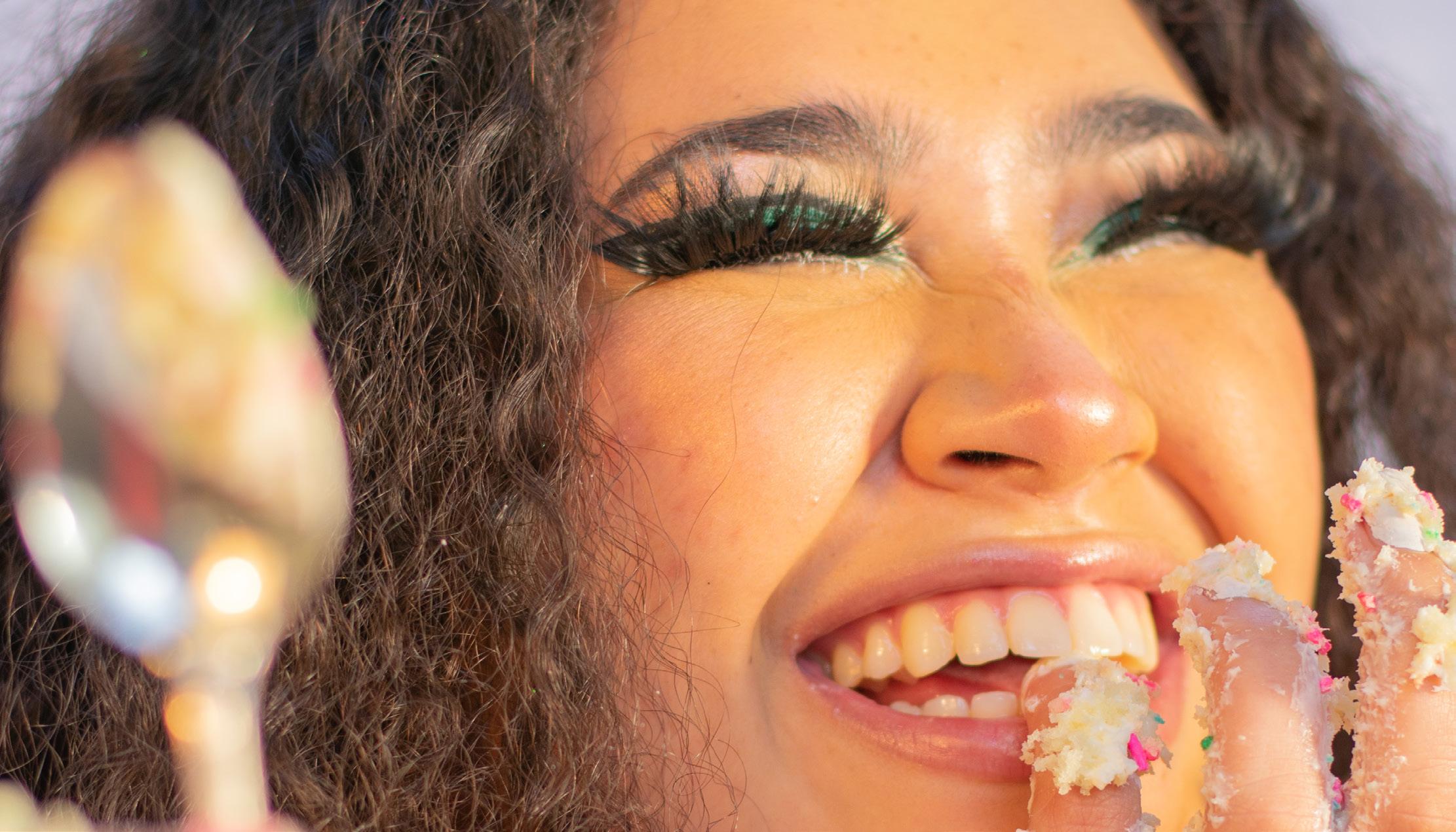
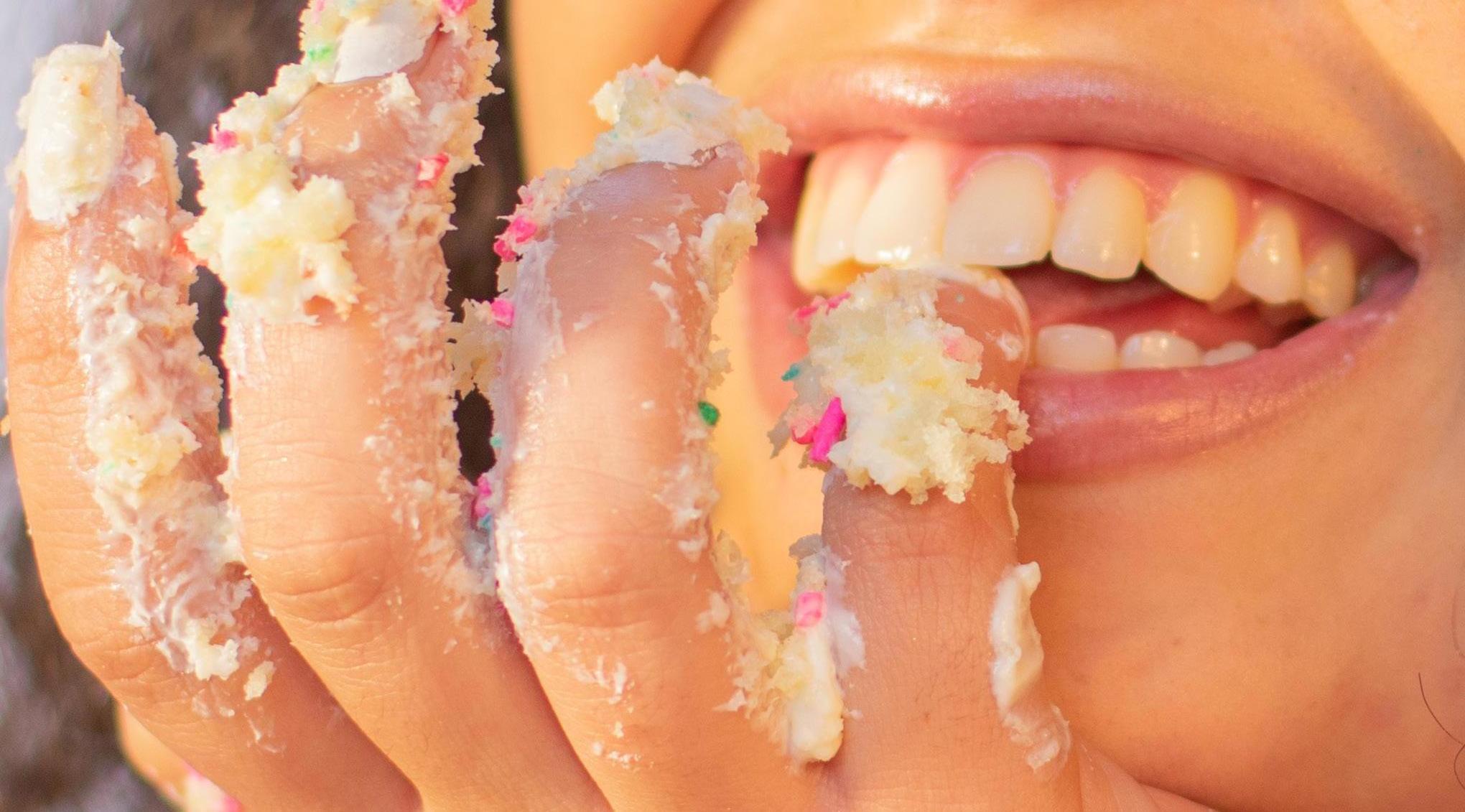


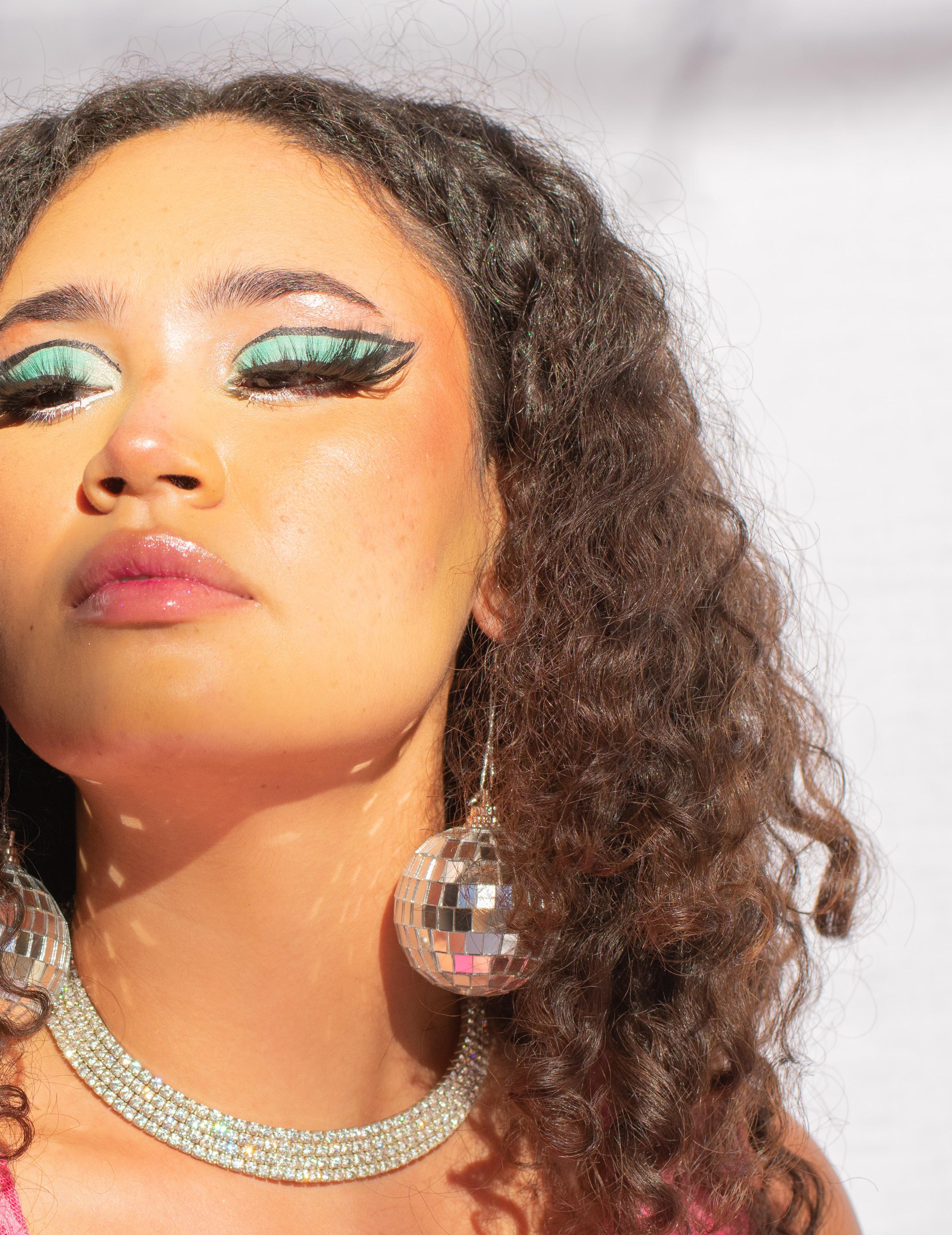



Kiera Smith is a Los Angeles-born and based photographer who specializes in portraits and editorial photography. She enjoys graphic design on the side.
Kiera studies “Arts, Technology, and the Business of Innovation” at the University of Southern California.
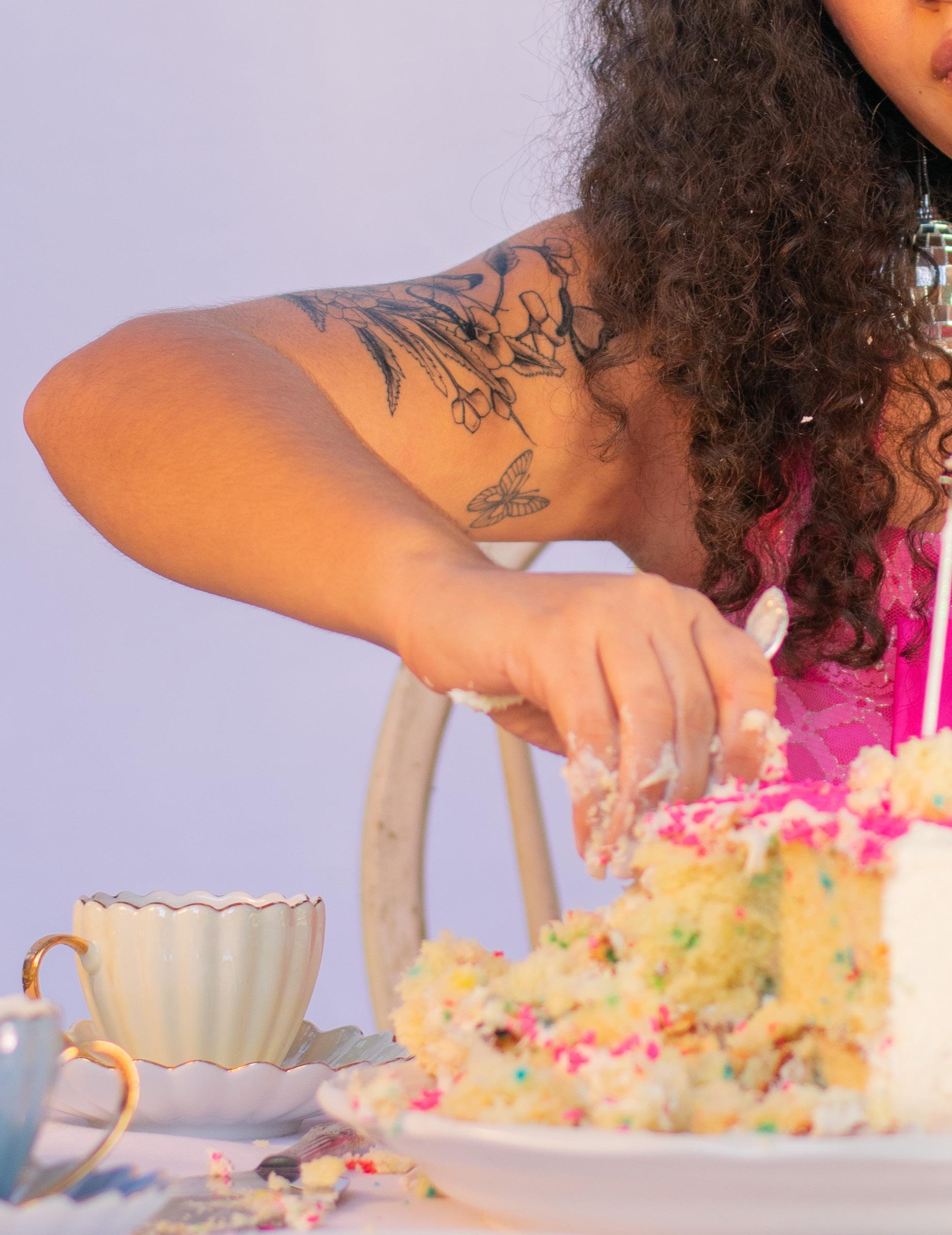
Model
Carina Grande
Wardrobe
Iván Salgado
Makeup
Ori


To be able to exist in a space in which you are supported, have community and truly feel you belong is a rare gift. It seems to be even rarer for Black women. Facing both gender and racebased discrimination, there are limited areas to turn to seek refuge. Discounted by non-Black parties, we are often seen as unprofessional, unintelligent, and incapable of greatness. Within the Black community, we receive slander from our own men, telling us that we are undesirable, too strong and simply not “it.” As a double minority, what has proven to be the best way to find our dream state is to make it ourselves. Specifically highlighting the career life of Black women, many have turned to entrepreneurship. Of the Black-owned businesses in the United States, 36% are owned by Black women, and this number continues to rise. We are controlling the narrative for our realities and making dreams a part of them.
One woman who embodies this trend is Lia Dias, founder and CEO of the beauty supply store chain, The Girl Cave LA. While earning a master’s degree in social work Dias decided to become an entrepreneur, and has since experienced success as a businesswoman. In addition to The Girl Cave LA, she also owns a franchise juice bar, Juice It Up and The Champ City Bar & Lounge in Los Angeles. As a Black woman who harnessed her power and is living out her dream life, Dias shares her story in a sit-down with Haute Magazine.
Q: Why did you decide to open a beauty supply store, of all businesses?
A: I mean, I’m just a Black girl from Inglewood, and I used to always go into beauty supply stores and see them in my neighborhood. I knew it was a lucrative business because people were able to sustain them in my neighborhood. And so when I thought of getting into a business, I literally thought of all of the simple businesses, or what we consider simple businesses, that are sustainable. [It] was just a place that I spent a lot of time in.
Q: The Black beauty supply industry is not Black-dominated, which is interesting because it serves Black people. Can you speak to being a Black business owner in a field that is not Black-dominated?
A: Yeah, [it] is difficult. It gets easier every year. But in the beginning, my biggest barriers were not being able to get accounts open [and] not having vendors wanting to work with me. Sometimes if they did, [they were] charging me more or not making products accessible to me. You know, it’s been a process. And I would say that it’s not the customer part of the business that has been difficult, it is building those vendor relationships that [has] been most difficult. I think part of that comes from a lack of trust from other races when it comes to Black businesses –– they don’t trust that you’re going to pay on time. They don’t trust that you’re going to do good business.
Q: How do you combat that?
A: A lot of times I was always having to really just prove myself. If you give me $10,000 worth of product and you tell me I have to pay it back in 30 days, I’m actually going to do it. So once I establish those relationships with my vendors and they understand that I am going to do what I say, and I am trustworthy, then it becomes easier. That’s really been the biggest thing.
Q: How would you say your businesses have affected their respective communities?
A: I think the biggest impact that I have on the community is employment, that there are jobs provided in the neighborhood. It’s really just about making sure that I make sure the girls that work for me are becoming [better] young women in general.

Q: Often seen as a competitive mindset between Black business owners, there is this idea that there can only be one person at the top and we all must compete with one another instead of supporting each other. How do we change that?
A: Well, there are so few opportunities ––or maybe I should say the perception is that there are so few opportunities for us to be successful in business. We feel like if someone else is successful then that kind of takes away our opportunity to be too, and I don’t think that that’s true. Some of the best advice I’ve gotten, I have gotten [from] other beauty supply owners and I’m sure that they would say the same thing for me.



Q: On your website, you proudly display a beauty supply business model that anyone can use. Why is it important that you share this publicly?
A: My only competition, really, is myself. I think that the more people who look like me get into the business, it’ll be easier for all of us. And really, the narrative that I’m promoting is that “each one teach one.” So, as I understand how to navigate a situation in this business, I want to share because I don’t want another new business owner to get into this business and struggle. If I can provide the resource and help you through something, then that’s really the tool or the vessel that I want to be.
Q: Looking at where you are now and comparing it to where you started, can you say that the “grass is greener” on the other side? Is it better than you thought it would be?
A: The grass is definitely greener than I thought. I never expected that five years into the business, I would be five retail stores in. I thought I was going to have one or two stores. I thought they were going to be successful. I thought that was going to be what it was and I would have been fine with that. But now, the sky’s the limit.
Q: And are there any downsides to living out your biggest dreams?
A: Definitely. I think that there are just growing pains with growing a business and that has been difficult for me to adjust because I am a wife, and I am a mother and I always want to make sure that I’m present for my family, but I also have the ambition to grow this business.
Q: Is there any advice you would give to a young Black person who is wanting to start their own business?
A: I think the biggest thing that I tell my coaching clients or young girls that I’m mentoring is to do your own work and not really trust what other people tell you, especially if they’re not in the business that you’re trying to get into. If I had listened to other people when I started this business, I wouldn’t have it. So definitely do your own research, do your own homework.
Q: How would you suggest that other Black entrepreneurs take back control of the narrative of Black people in business?
A: I think the main thing is just to really be persistent and be creative. And try to work around the barriers that are in place, because they are there.

It is clear from the conversation with Dias that to exist in your dream state, you first have to make it yourself. For Black women in business especially, external spaces to thrive in are few and far between. With stiff competition and swift underestimation by peers, hoping for someone to open the door for you is futile. Instead of waiting for a break to be given, create one first. Network yourself. Write a business plan yourself. Secure inventory yourself. Establish a brand yourself. This isn’t to say that there are no support systems to rely on, but to encourage a fiery initiative.
Dias concluded by stating we should always persist with new information. When we inevitably face setbacks, we push forward with a new understanding, a new outlook. This is how we keep the dream alive. This is how we keep Black woman business alive.


Ashara Wilson is a student at the University of Southern California pursuing a degree in Arts, Technology, and the Business of Innovation at the Iovine and Young Academy.

Perianne Caron is a student at the University of Southern California pursuing a degree in Communication. She is a CoDirector of Content for Haute Magazine.




There’s something quite special about girls being able to see themselves through a clear, glass lens. As they jump from one ideal to another, the unique gaiety that they radiate carries excitement for what the future holds.
In a world where millions of children are heavily invested in the media, popular culture figures such as Wonder Woman, Hermione Granger, Elle Woods, and Katniss Everdeen represent an idiosyncratic strength and independence that captures the hearts of little girls everywhere. They see such figures on the screens and they want to similarly follow in the footsteps of their idols.
Yet, it’s easy to focus on what you’re seeing through the glass lens rather than who exactly is holding it.
The USC Annenberg Inclusion Initiative conducted a study that found that of the top 100 films from 2019, 89.4% of the directors were males with females composing the remaining 10.6%.
Historically speaking, the Hollywood Industry — responsible for 60% of the global film industry — has consistently had an overwhelming amount of male fingerprints on the director’s chair. In fact, of the five aforementioned feminine figures, only one was brought to life on screen by a female director.
Thus, girls are immediately misled as they’re too young to realize the true impact of consuming a media that is inherently against their own identities. The masculine ideal of what women should represent and how they should physically appear has become so normalized in modern society that females now subconsciously try to fit into the images males have deemed fit.
Even the beloved Disney films that continue to be family classics have their flaws. Texas Tech University’s Megan Condis conducted a study that found that movies such as Cinderella, Snow White, and Sleeping Beauty all depict a youthful, feminine beauty — all of which are associated with being white and economically well-off. Thus, the lack of diversity slyly begins to take root in the minds of young girls.
The glass lens starts to chip at the edges.
With growing up already being a difficult task to maneuver, having to discover one’s identity in the midst of an onslaught of additional voices screaming expectations creates an entirely new ballgame. As young girls enter their teenage years and become more aware of the world, social media has become a new obstacle to navigate. By targeting young girls and focusing on physical attractiveness through beauty products, diet, and exercise, the remnants of their childhood aspirations fade through their fingers like quicksand.

Bombarded by images on the internet of what the ‘ideal’ body should look like, a toxic culture arises in which society deems a woman’s worth off of her thinness. Enraptured by what’s being presented to them as ‘normal,’ females oftentimes forget that there’s so much more than simply what the media depicts.
For example, Playboy Magazine is known for featuring women who are the height of ‘attractiveness and appeal.’ However, one study revealed that approximately onethird of all Playboy centerfold models met the World Health Organization’s standard for anorexia nervosa, a severe eating disorder that has the highest mortality rate of any mental disorder. It isn’t beauty that’s being prized in the media, it’s illness.
The lack of transparency from social media platforms doesn’t end there. Should a model, after rigorous dieting and exercise, continue to fail what society deems ‘engaging,’ the use of photoshop certainly fixes any ‘faults’ that may appear. By the time the finished product is launched for mass consumption, reality has become so distorted that women — in their attempts to look like models — don’t even realize that the actual model looks nothing like the photoshopped image in the ad.
University of Pennsylvania’s George Gerber conducted a long-term research study that explored the reception of such misleading media on the feminine psyche. Concluding that continuous exposure to altered images leads to individuals believing edited media portrayals as reality, the research demonstrates the disheartening truth that women begin to believe that it’s themselves who are abnormal.
The continuous internalization of society’s beauty construct — combined with the lack of a recognized force to counteract the negative influence — leads to young women becoming increasingly ensnared. Their mentality becomes so warped that a study at the University of Calgary found that “women do not feel thin until their weight is below 90% of their ideal body weight.”
If the overarching message to women is that they must sacrifice their own health for the sake of societal approval, it’s not the women who need to change. It’s society.
Women are losing sight of the fact that beauty, at its root, is indefinable. The increasing pressure to look a specific way in order to be ‘worthy’ causes authenticity to be hidden away. Thus, women are being robbed of the opportunity for self-discovery and self-love — two things that are essential to not only growth, but also to having a deeper understanding of the world.
The glass lens increasingly cracks.
As adulthood arrives, the difficulties only surmount. The stakes become higher as women’s glass view of the world suddenly becomes much more tangible than they care to admit.



In their endeavors to elevate themselves in the workforce, women have to step into a glass escalator and face the reality that men are more likely to not only earn more, but also get promoted faster. Moreover, they can only travel as high as the glass ceiling permits as it prevents women from advancing beyond a certain level. And even if they try to break through that barrier, women often find themselves in a position that involves leading a unit that’s in crisis and has a high risk of failure — a glass cliff reminding women of their place in society.
The fact that the job market revolves around human capital makes the world all the more trying for women. With wage inequality and a nonexistent statutory paid maternal leave being only a few examples of the gender inequity that pervades society, women are at a loss at how they could be punished for being a certain gender — something they couldn’t control. For women of an ethnic or sexual minority, the odds only continue to be stacked against their favor.
In a society that prizes young girls that are compassionate, compliant, and humble, the fact that the world later punishes them for possessing these same values when they need to take time off to raise their children and take care of their families demonstrates how the game of life has always been shaped to women’s disadvantage.
After so many years of interacting with the media and accommodating what society desires, a ripple effect occurs and women begin to habitually settle for less. Recent research found that because females are generally less comfortable with self-promotion than males are, many are wary of being perceived as aggressive or demanding — violating the gender norms that have been instilled since infancy. Additionally, women are more likely to believe that employers will notice and reward good performance without being asked.
The underlying theme of women underestimating themselves demonstrates how hard it is to see clearly when all there is left are chips and cracks and missing fragments of a girl they once knew.
However, it’s these hardships that society and the media have chucked at women that demonstrate that perhaps the very strength and independence that women innocuously clung to when they were little is still there — warped and weathered, but existent nonetheless. The women today may not have the same unlimited power and awe that those on the screen do, but perhaps that’s what makes reality, in all its twists and turns, a gift.
Broken glass is, afterall, dangerously sharp and beautifully complex.
Serena Ngin is a student at the University of Southern California currently pursuing a degree in English.
Ashley Armitage is a photographer based in Seattle. Her work focuses on the “female + femme experience, and reclaims representation of women through a girl gaze.”
Wardrobe Stylist
Francesca Prado
Hair & Makeup Artist
Gabriella Bordo
Models
Claire Joko-Fujimoto
Lillias Righ
Imani Randolph
Lily Wirth
Aaliyah Oue




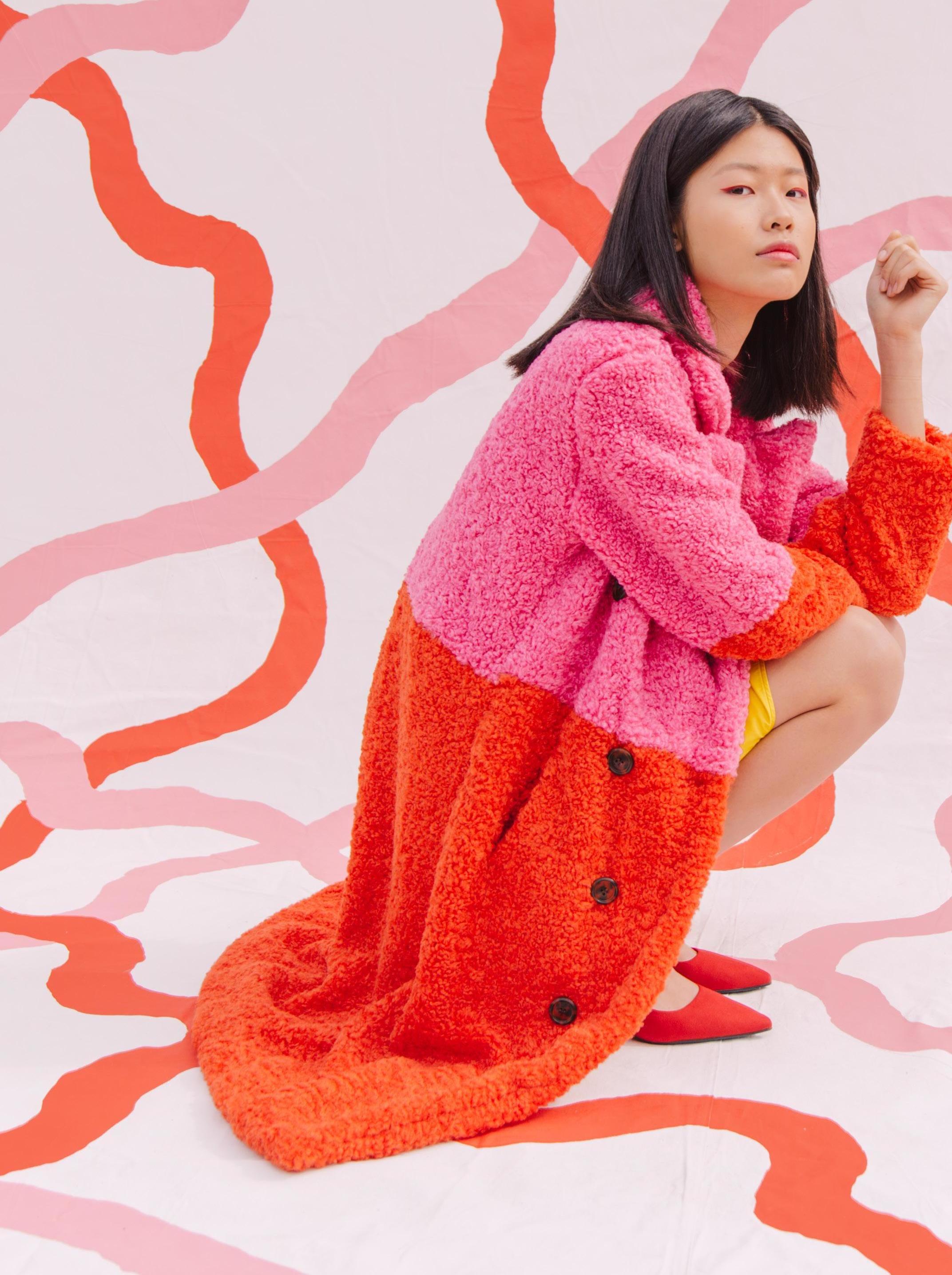
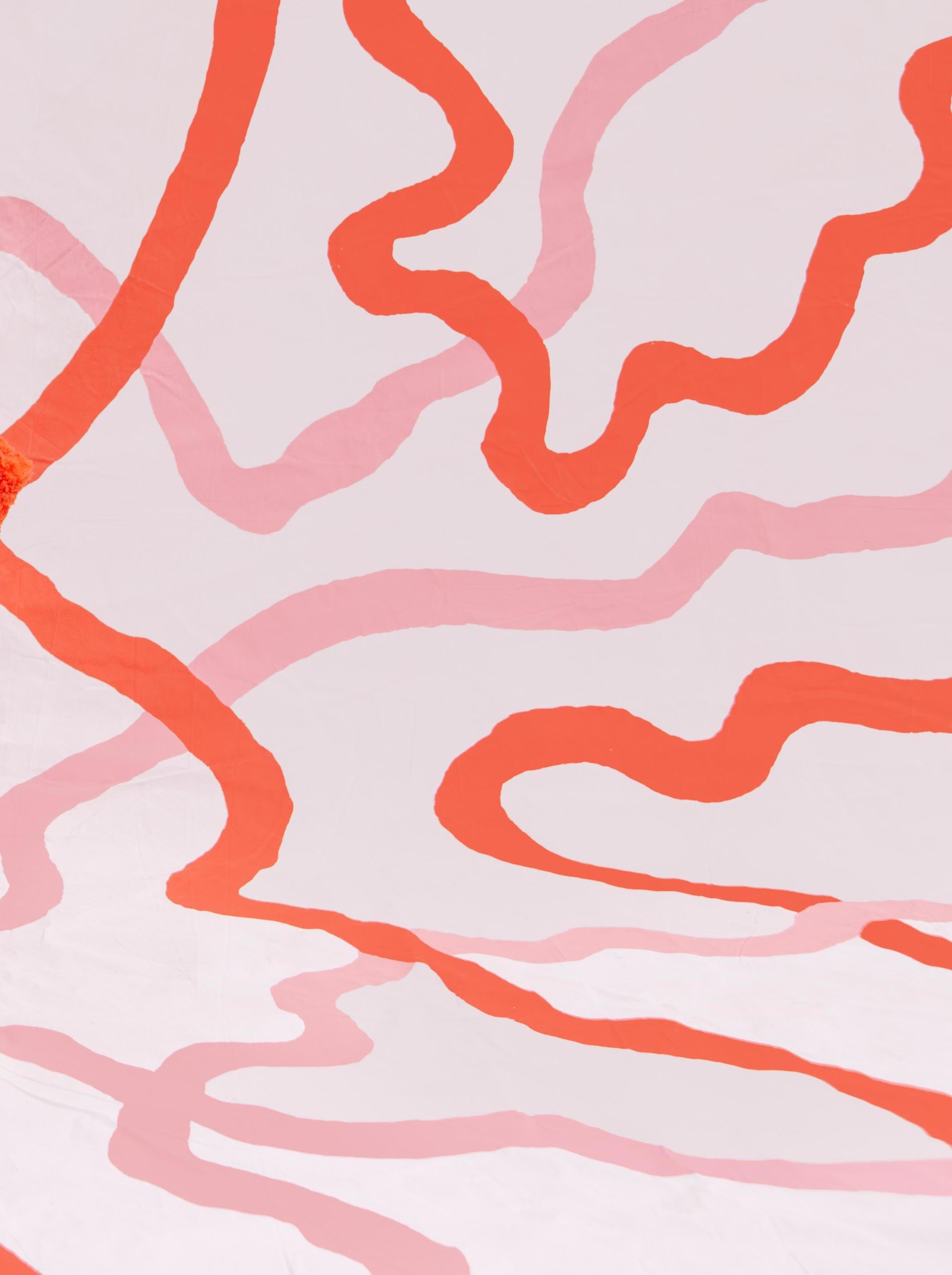
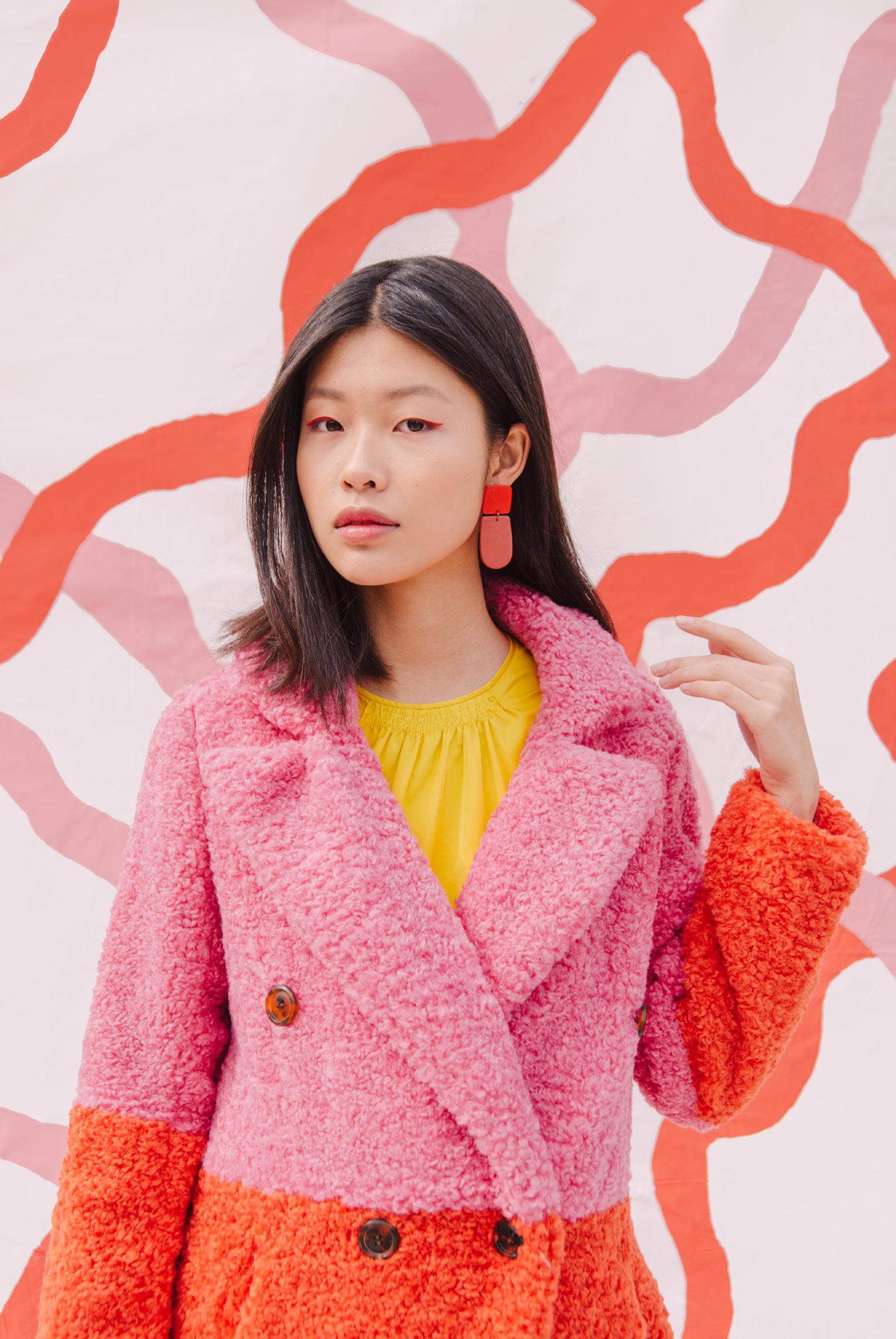
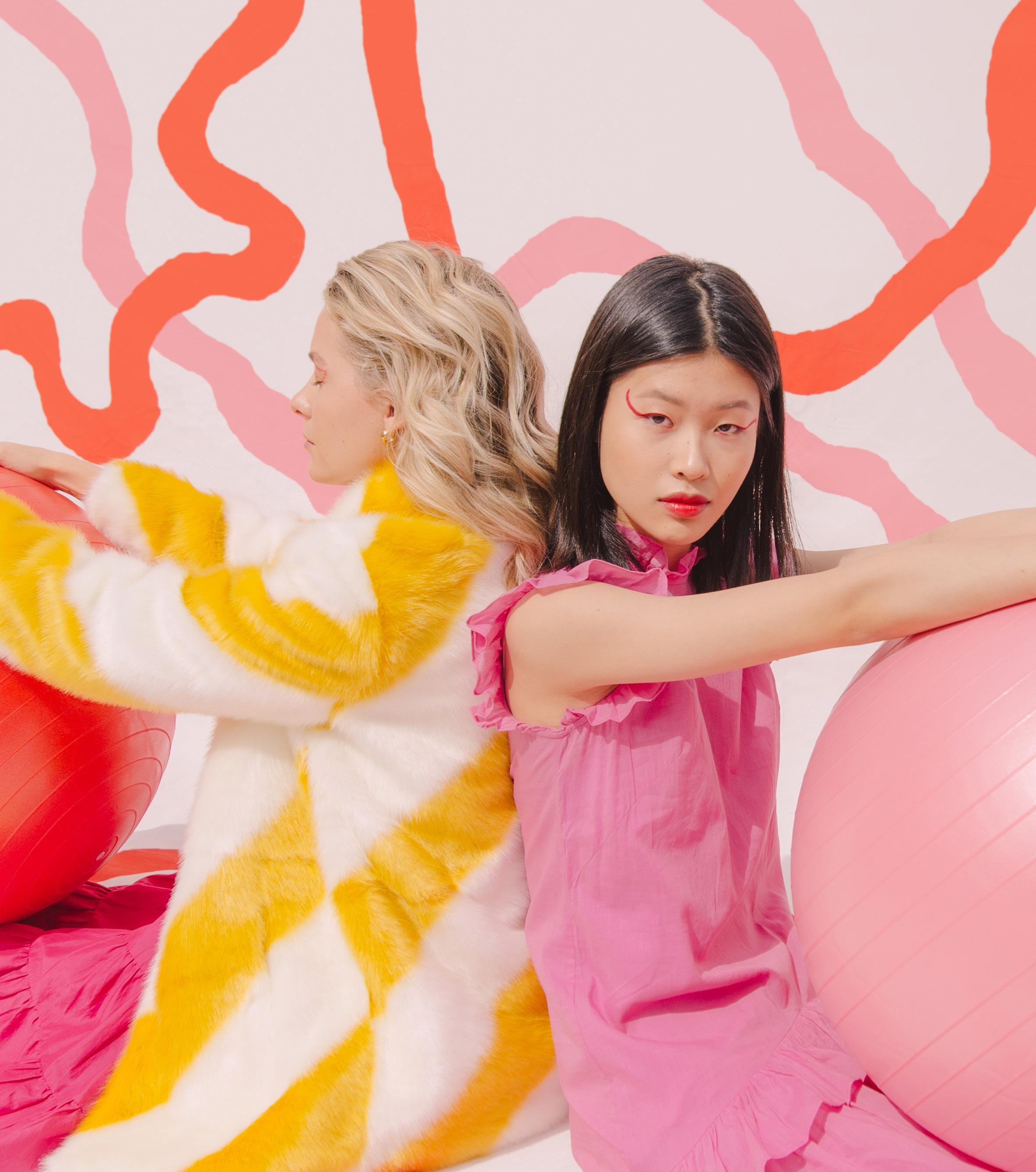

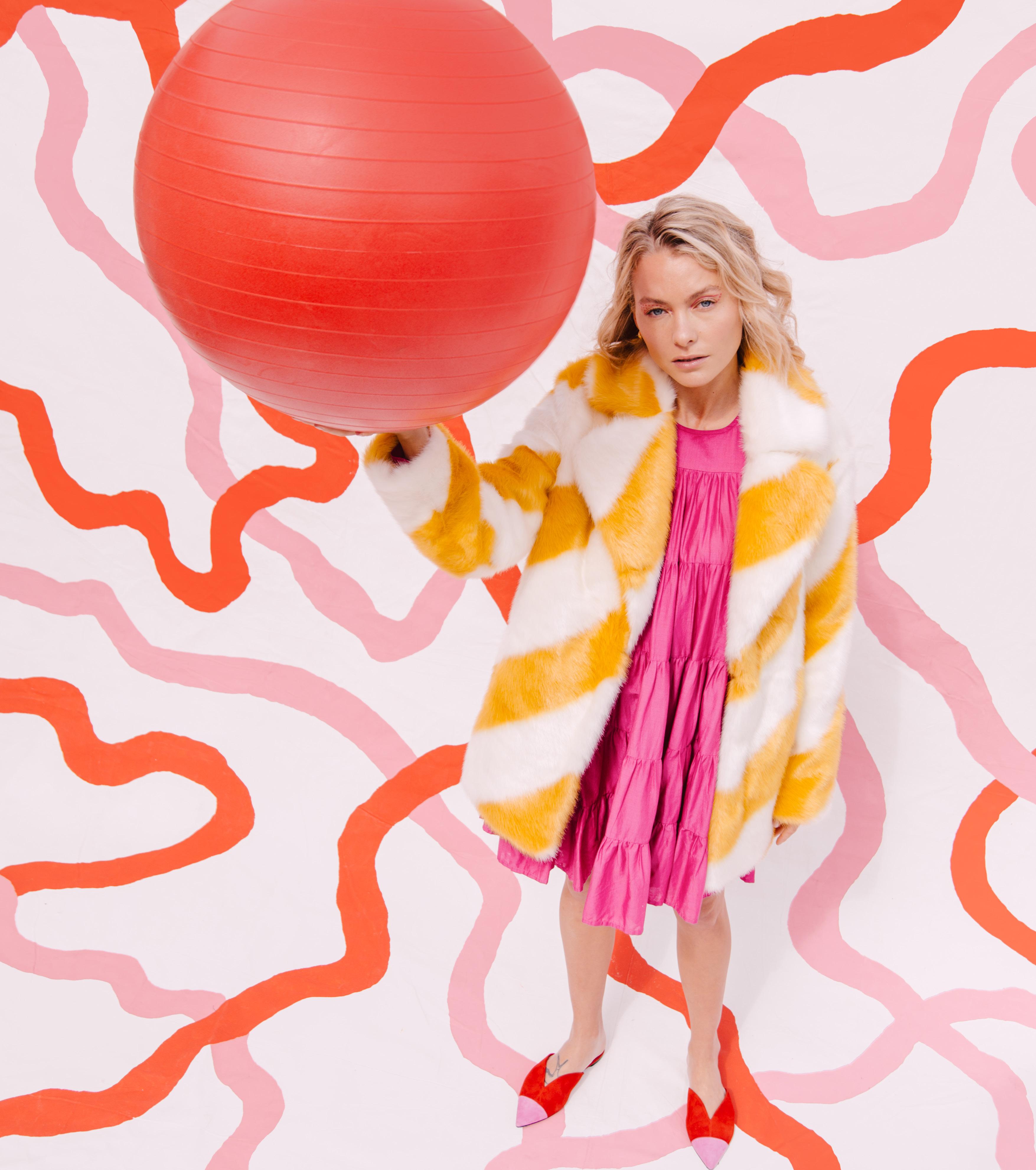
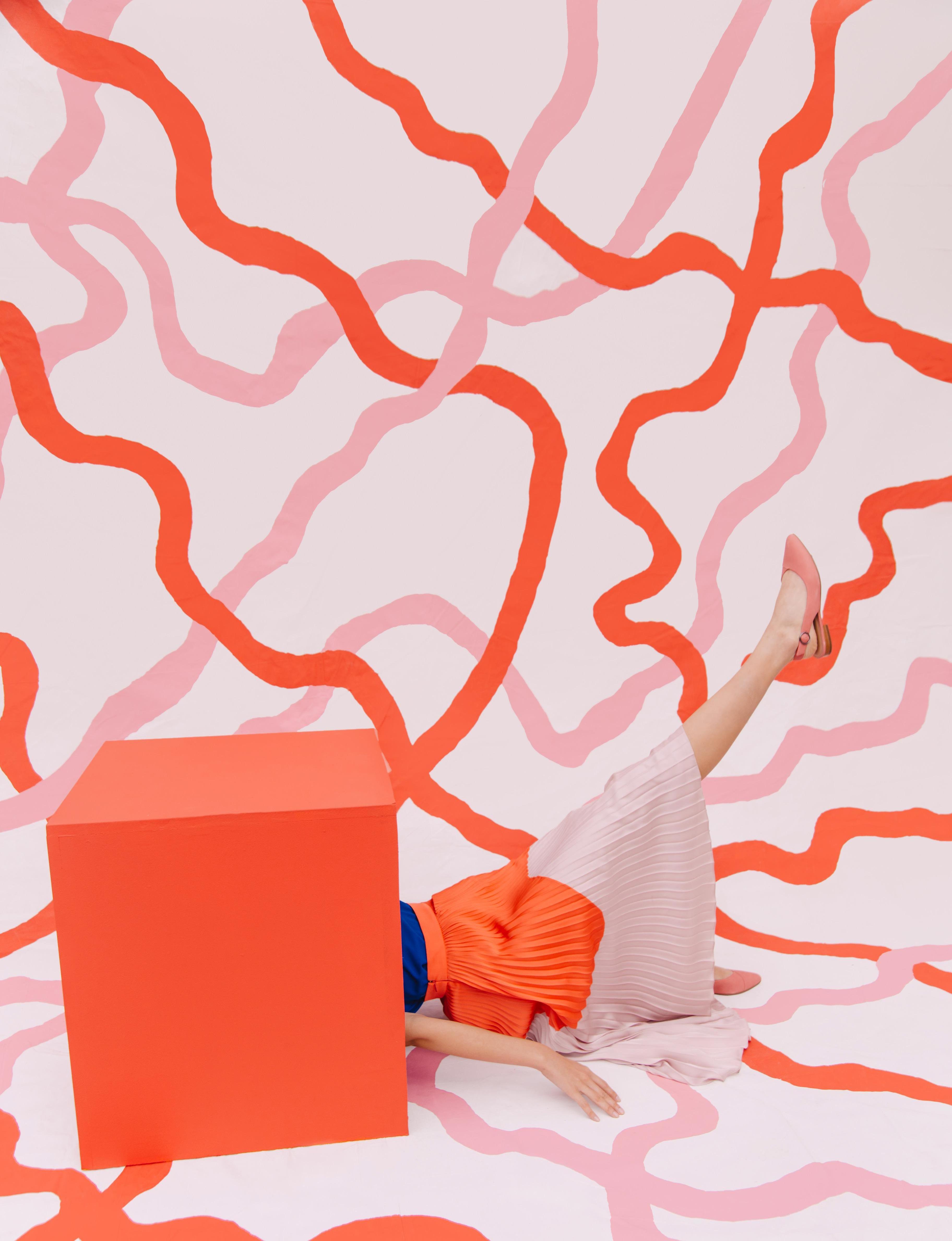




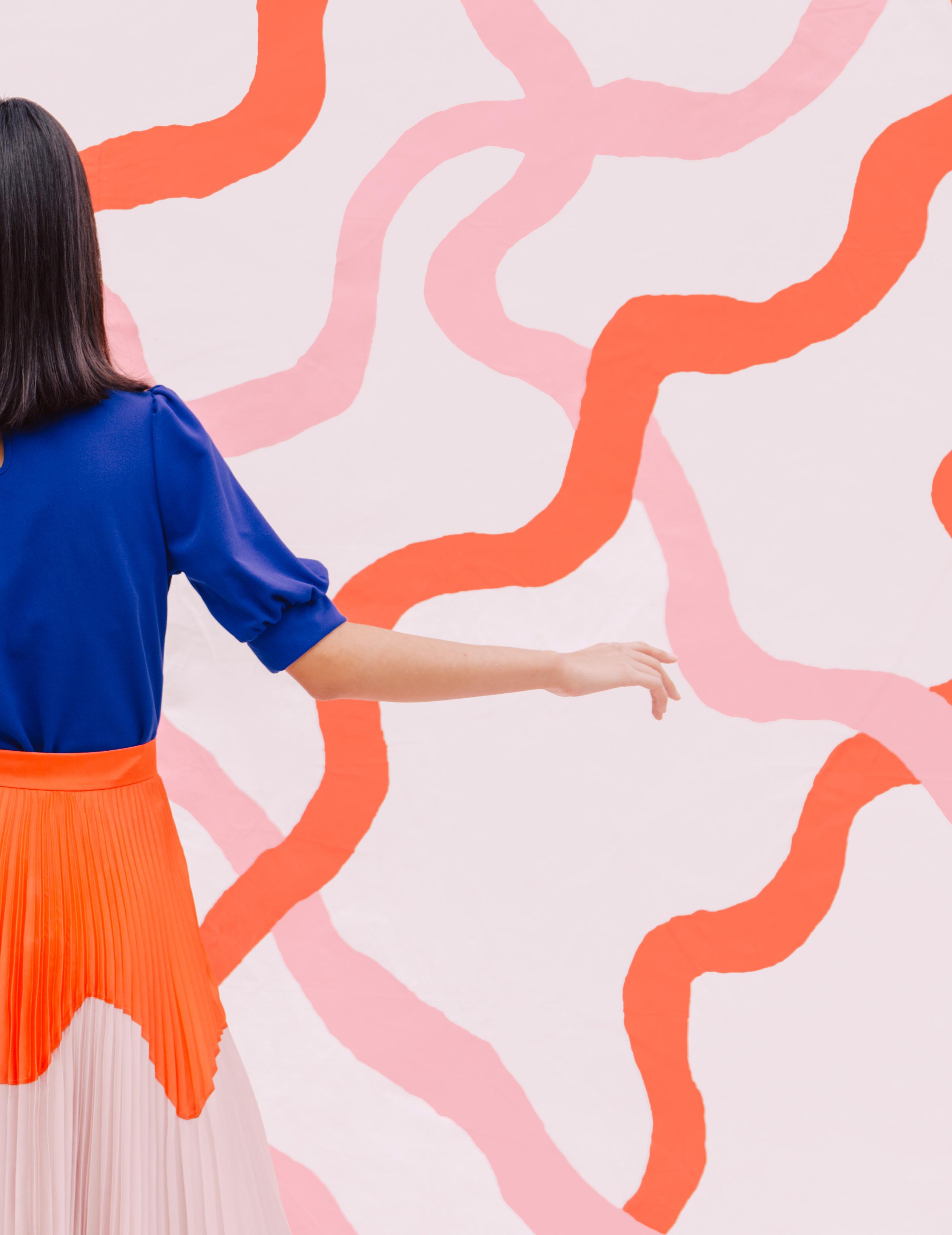
Models
Hair
Diane Villadsen is a San Franciscobased photographer who focuses in color, space, and empowered femininity.
234
Tiffany Guo Kseniia Dubovitzkaya Stylist Katie Nemec Inna Mathews
Off to the side of Sunset Boulevard, in the middle of 5 o’clock traffic, RYL0 and I were sitting at an overpriced vegan café trying to understand each other over the roar of motorcycles with no mufflers and semi-trucks avoiding the freeway. RYL0 is a Los Angeles based producer, singer and hyperpop musician who has been quickly gaining traction in the hyperpop scene. I have been curious about hyperpop ever since I heard my first 100 Gecs song, and at times didn’t know what to make of it. She looked as sick as ever, wearing a pair of iconic platform hot pink boots and a sparkly pink mask. She laughed as I asked to describe the genre of hyperpop. She started me off with an expectedly subversive introduction: “For me, hyperpop is a weird space to exist in because it’s a liminal space: it’s not really real. We’re in a post genre era of music and there is no real reason to still cling to genre. Hyperpop itself is a genre of the post genre era.”
Fair. Hyperpop, PC music, or whatever other name you would like to call it is a new movement in music that has emerged out of the playlist environment of the internet age. It is geared toward a new generation that grew up with memes and a tolerance for the absurd. Upon first listen, many would find hyperpop borderline unlistenable, with its grating metallic sounds and unconventional lyrics that make it so different from past genres of music in style and content. This results in one of hyperpop’s perhaps most distinguishing feature: its demographic, which is mostly young and queer with a very specific aesthetic. Its subversive nature seems to attract subversive people, not bound to the traditional conventions of genre and of being. Some of the most prolific hyperpop artists include Charlie XCX, 100 Gecs, and SOPHIE (may she rest in peace). Although it is easy to try to categorize hyperpop as a genre, many artists in the community reject the attempt at classification as an old-world restriction.
This all started to make sense to me as I virtually sat down with Kevin Lyman, a professor of modern music at USC, who helped me better understand some of the foundations of hyperpop and what it speaks to within the collective. From his sunlit balcony, he told me that the internet has turned the entire music-distribution model on its head, especially through genres like hyperpop.
“It used to be that once something got commercial radio play, it got big. There will be a lot of artists that gravitate towards that, because it’s a very eclectic mix of music. So a lot of people can fall into that category,” he said. “It’s about who kinda owns that music at that point. Music keeps moving forward. Scenes move forward much more quickly because now things can catch on so



quickly from a playlist if it gains speed.” The music industry as we know it is collapsing because it relies on categories that might no longer be relevant in a world where online music trading has become culturally more important than simply what is playing on the radio. Power thus moves to the people, the producers, the musicians who no longer need a big label to achieve notoriety.
More than ever before, the constraints on what risks can be taken in music are being lifted because there is not as big of a need to adhere to the idea of what labels say music should sound like. “[Hyperpop] is like listening to a Spotify playlist but all pushed into one song. We used to follow a category, and a lot of times it was harder to drift into something else,” Lyman continued. “But now, it’s only a playlist away. ... There [are] EDM elements, there [are] pop elements, there [are] hip-hop elements. This is attracting a subset of people who are looking for something new. … It’s music that’s breaking the algorithm...It’s taking the best elements of three worlds, pushing them together with a person with an open mind that is willing to decipher it.”
If you’ve never listened to RYL0’s music it’s somewhere between an ultra-fem space dimension and some sort of futuristic cyber world. Her new single, “Rat Race,” embodies the spirit of hyperpop, with tuned up chipmunk-esque vocals, disjointed snares, unexpected samples and an unadulterated value in excess that transports the listener somewhere else. “I think the best way to enjoy my music is to fully allow yourself to let your imagination run wild. Because it is immersive and I want it to feel like it is taking you somewhere. I want people to feel



like they are suddenly completely experiencing a different universe,” she added as a loud plane flew overhead.
“Rat Race” is the first single in which she is signed to a distribution company, and the song recently made it onto the “Hyperpop” playlist on Spotify, an important type of recognition within this new world of playlist culture. “Rat Race” transports us to a world where we feel like we’re walking through a maze, overly expressing how it feels to be trapped in the tangle of the music industry in a very maximalist hyperpop way. She describes her journey breaking free from that cycle: “you’ve got a taste for what other people curate, I don’t like them thinking big brother hates me … it kinda sounds like you’re running a rat race, but I’m a snake so it’s more of a snack race.”
Some people still struggle with how to “decipher” hyperpop. You might get closer by connecting it back to its roots in genre, starting with the most obvious in electronic dance music (EDM). Some of RYL0’s own influences include Porter Robinson and Odesza for their high-production worldbuilding sets. RYL0 tells me that this connection is by design; hyperpop and dance music are inherently connected in their ingenuity. “I feel like it’s an easy way to bundle a bunch of different sounds that previously might be called ‘avant garde’ or perhaps ‘experimental,’ or ‘alternative’ in terms of the approaches to both dance music and pop,” she said. “I think hyperpop, first and foremost, is electronic.” With EDM recently entering the mainstream, it makes sense that this would open up a door for subgenres such as hyperpop to gain a larger audience within recent years.

Some of RYL0’s favorite artists to listen to when she was younger were also punk rock figures such as My Chemical Romance and Paramore. I asked her how this connection pertains to her music, and what it says about genre as a whole: “it’s very much taking this f*ck your labels kind of attitude that applies to all aspects of life, and just moving it into the music. So it’s obviously not punk [in a] very clear, musical way, but I think the mentality is very similar to what 90’s punk could’ve been like. It’s definitely depolarizing in the same way…”
It seems an unlikely combination, EDM and punk rock, but it does make sense considering that these two genres are rooted in rebellion against the mainstream and societal expectations. EDM and punk rock have both also historically attracted disenfranchised groups of people, a merge that is clearly reflected amongst hyperpop fans. Hyperpop


tends to attract a very fluid audience, particularly speaking, LGBTQ+ listeners. In addition, many of the artists within the community are queer, trans or nonbinary. I asked RYL0 what she thinks about this connection. “I think that this level of access is allowing us, the newer generation, to continuously redefine ourselves simply because we can. You can tie that back to gender and you can tie that back to sexuality,” she said. “There are no certain ways or rules to be hyperpop. It’s just kind of throwing everything at the wall and being loud, being noisy, being fast and being fun. I think all of those things are things that completely directly relate to especially queer audiences,” she said.
“I grew up a scene/emo kid and I really liked pop punk. I feel like I search for that same type of energy in music,” devout hyperpop fan Joyce Ni expressed to me over Zoom stat-

ic in her childhood bedroom. “It made me feel very hyped, very alive, and it was also a type of adrenaline rush. So I understand why I like hyperpop so much, because it makes me feel the same way.” There are now countless hyperpop playlists on Spotify, and new artists gaining popularity seemingly by the week. “I feel like, especially during quarantine, this genre exploded,” she told me. “With the help of TikTok it became a huge thing... I was supposed to see 100 Gecs in May, but then it got canceled because of [COVID-19]. [They] still did a bunch of these Minecraft shows, so I would go and be in the virtual mosh pits, so I did engage virtually.” In these shows, fans could log into a server for the public to see artists like Kero Kero Bonito and Dorian Electra from the comfort of their bedrooms. From Minecraft raves to Discord chats, hyperpop has found a definite home to thrive within the online world. In a way, that would not have been possible without the abrupt and necessary shift into the cybersphere brought by COVID-19.
A collective shift to an online environment has impacted more than just our social lives: our environment shapes and influences our taste in music. The virtual shift has changed the type of music we are drawn to and are willing to listen to, shifting us away from our physical communities into sometimes better fitting online communities. Leaning over the table, RYL0 told me, “At first, I felt super disconnected and I didn’t really have any ins and outs of the [online] community. I didn’t really have any friends or peers, and then I created a Twitter persona for RYL0 and all of a sudden, I felt connected.” “Rat Race” could not have been created without the online PC music (hyperpop) community and the collaborativeness within it.



In this unconventional story of the internet age, RYL0 describes having found the producer of her new song within an online Twitter forum, where a user named Goodbyex2002 was giving out beats on the timeline. “‘Rat Race’ is the first song that I ever released as RYL0 that I didn’t produce myself. It was produced by my friend, Evan, who I met on Twitter, and he goes by Goodbyex2002…I had something I didn’t know what to do with, he had something he didn’t know what to with, and we ended up with one of my favorite pieces, one of my favorite songs and my best received song.” This story might have sounded unfeasible 15 years ago, but this is not at all uncommon within the new internet era of music production. In fact, the famous hyperpop duo, 100 Gecs, worked almost completely remotely for the first 5 years that they made music, never meeting each other in person.
The sun was setting over our Echo Park café, and I suddenly realized I needed a jacket. Nonetheless, I braved it out with my $4 oat milk latte and asked about RYL0’s journey in learning music production. Starting out as a kind of alternative, rave-loving acapella kid at a conservative high school (definitely a vibe), she would arrange songs using only her voice as an instrument. She told me about how she auditioned for a solo with “a prearranged vocal track of just [her] singing on top of [herself] to ‘Enjoy the Ride’ by Krewella.” That sets the scene to some of her musical foundation. But now, she, like Clairo, Charli XCX and others, has been producing primarily on GarageBand. “It’s been good to be using Garageband, with it being so accessible. It’s been really good for helping me find my sound with truly no stakes attached whatsoever,” she said. As of late, she’s been getting more into sample packs





and utilizing other tools that artists lend, such as Splice, leaning into the nitty gritty details of being a more advanced producer.
Free platforms and YouTube production tutorials have recently opened the door for producers who are not wealthy white males, but instead include a growing number of BIPOC, female and nonbinary people of all economic backgrounds. Still, only 2% of producers are female, and less than one percent are Black women — making it more important than ever to support and promote talented Black women within the scene.
“Creature,” RYL0’s summer 2020 project, delves into some of her experiences as a Black woman. This is one of her only projects that explores political issues. She said she prefers the


approach of just being herself and having that be the work that inspires and speaks to people who look like her. RYL0 told me how important it was for her to see Meet Me at the Altar, an all-female-identifying POC punk band, exploring a subgenre where Black people are hugely underrepresented. “[Meet Me at the Altar] had just got signed to Fueled by Ramen, which is the same label that Paramore came up on ... I think they’re an all-female-identifying band, a POC Black pop punk band, and I’m like, ‘where was this when I was nine?’ So I’ve been listening to a lot of them lately,” she said. In perhaps her most emotional project, “Rebirth of a Nation,” RYL0 delves into some of the complex emotions surrounding being Black in America and speaking to the movement that we presently find ourselves in.
Speaking to this, Lyman said “[within] the last two years, lyrics have been making a come-
back because of how political and tense the times have been, and people are looking to hold onto something. [Over] the last couple [of] years, you always wanted to be in some other world than the one we were in.” RYL0 definitely does a bit of both, which can also be tied back to hyperpop as a whole.
We truly are blessed to live in a time where we are watching history unfold through our desire to change the status quo and the accepted ways of existing in society. RYL0 is one of those people who is pushing us toward this future. At this point, the sky was a dark gray and headlights darted back and forth across the brick wall beside us as they passed. I asked her what her next step as an artist would be, to which she responded, “I would love to find a manager. … I’ve been doing an impossible amount of work on my own, so it would definitely be a huge milestone.” Coinciding with her own rise in notoriety, we might see hyperpop enter the mainstream further within the next couple of years. Artists like RYL0 are mirroring the chaotic but freeing nature of our times and our capacity to reinvent ourselves and grow. With the internet facilitating a new era of self-expression, niches like hyperpop will continue to emerge faster than ever before. I know one day soon we’ll be looking at something else completely revolutionary and groundbreaking. I just wonder how.

Maya Elimelech is a student at the University of Southern California currently pursuing a degree in Creative Writing.
Natalie Serratos is a Chicago-born and Los Angeles-based photographer who specializes in editorial photography. She enjoys picking out eccentric outfits, doing unique makeup looks, and implementing colorful lighting and backdrops into her shoots. Natalie studies Film Production at the University of Southern California.

RYL0’S top 5 favorite artists right now:
Charli XCX
Jean Dawson
Rina Samayama
Chloe X Halle
Danny L Hare
Hyperpop artists to get you started:
Sophie 100gecs
Dorian Electra
Oli XL
RYL0


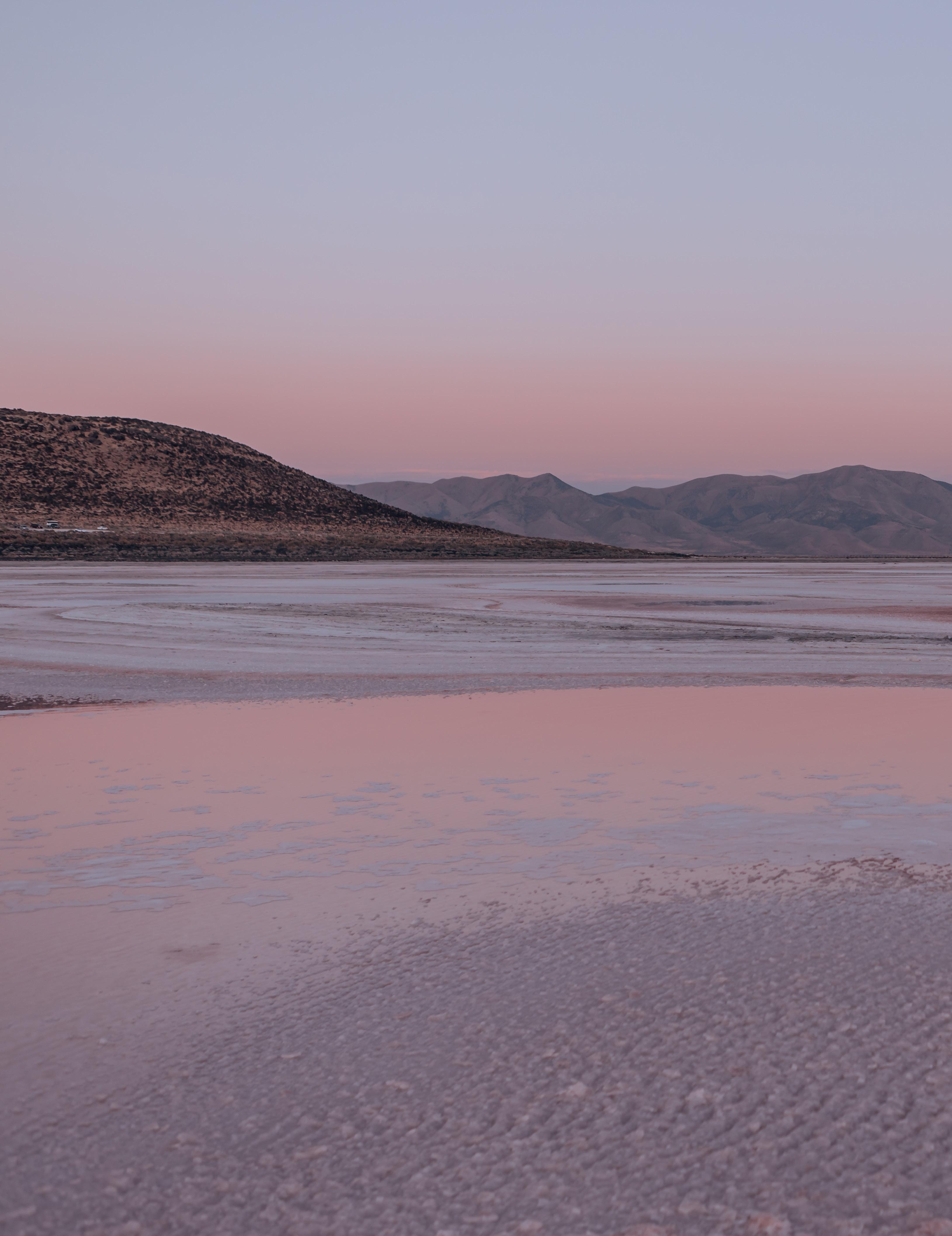
In September of this year I road tripped solo to the Great Salt Lake in search of the mythical pink waters that occur when environmental conditions are just right. I spent two nights and three days alongside (sometimes in) the corrosive and sinking salt flats, where the mysterious buoyant lake meets land.
As far as a pandemic travel location goes, this place was a perfect hideaway and playground for my imagination. Very few people were around, so the silence combined with such otherworldly colorful scenery allowed me to fall pleasantly deep into my imagination, seeing color and possibilities for expression like never before. Props include the plastic white chair, the chiffon fabric, the mirrors, and the rainbow umbrella.
The whole experience was incredibly cleansing and illuminating, and there is so much more I could say. However for now, here are some of my favorite images.

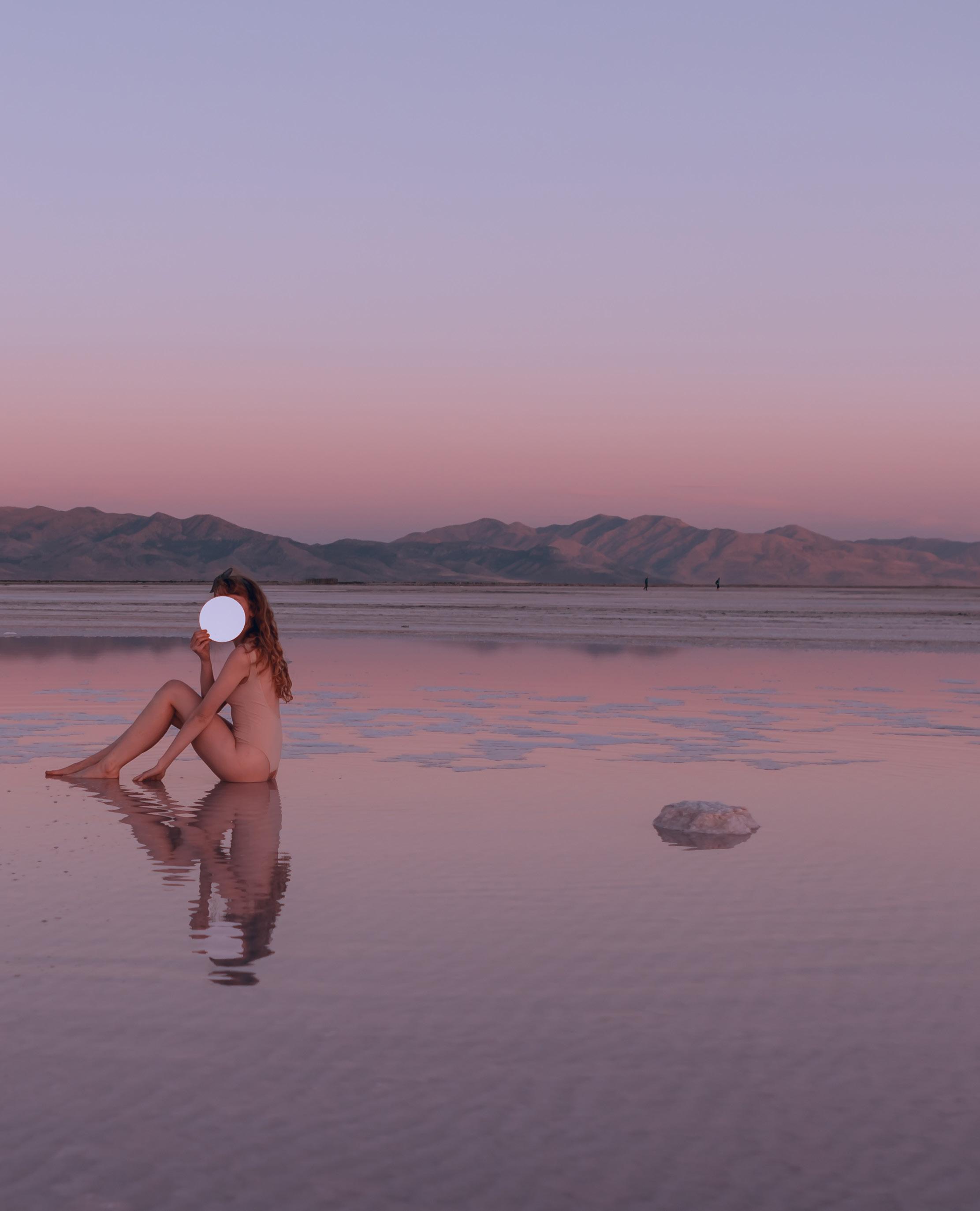







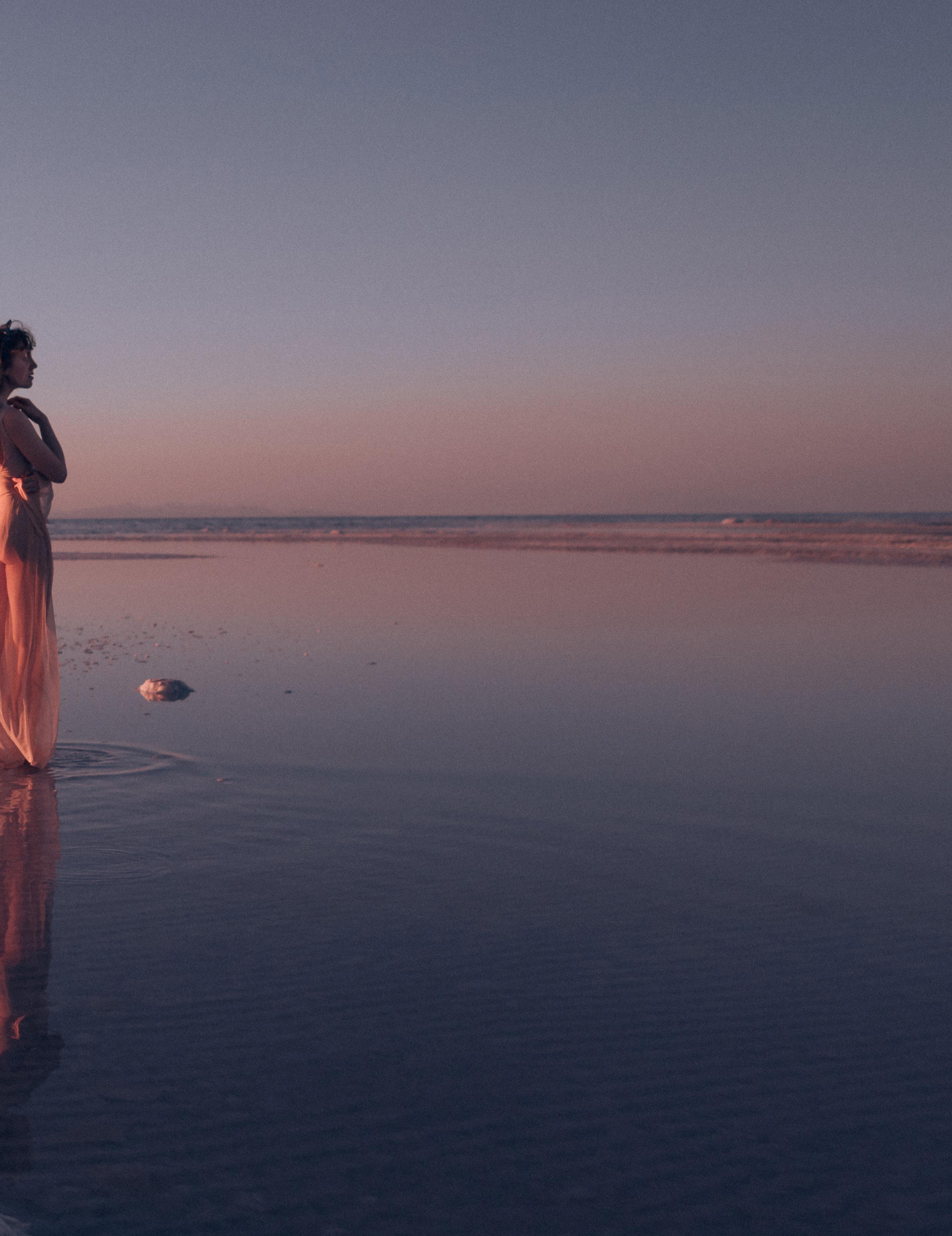
Caitlin Fullam is a Colorado-based photographer who inspires wanderlust and tells stories of awe through creative self portraiture and whimsical dreamscapes.
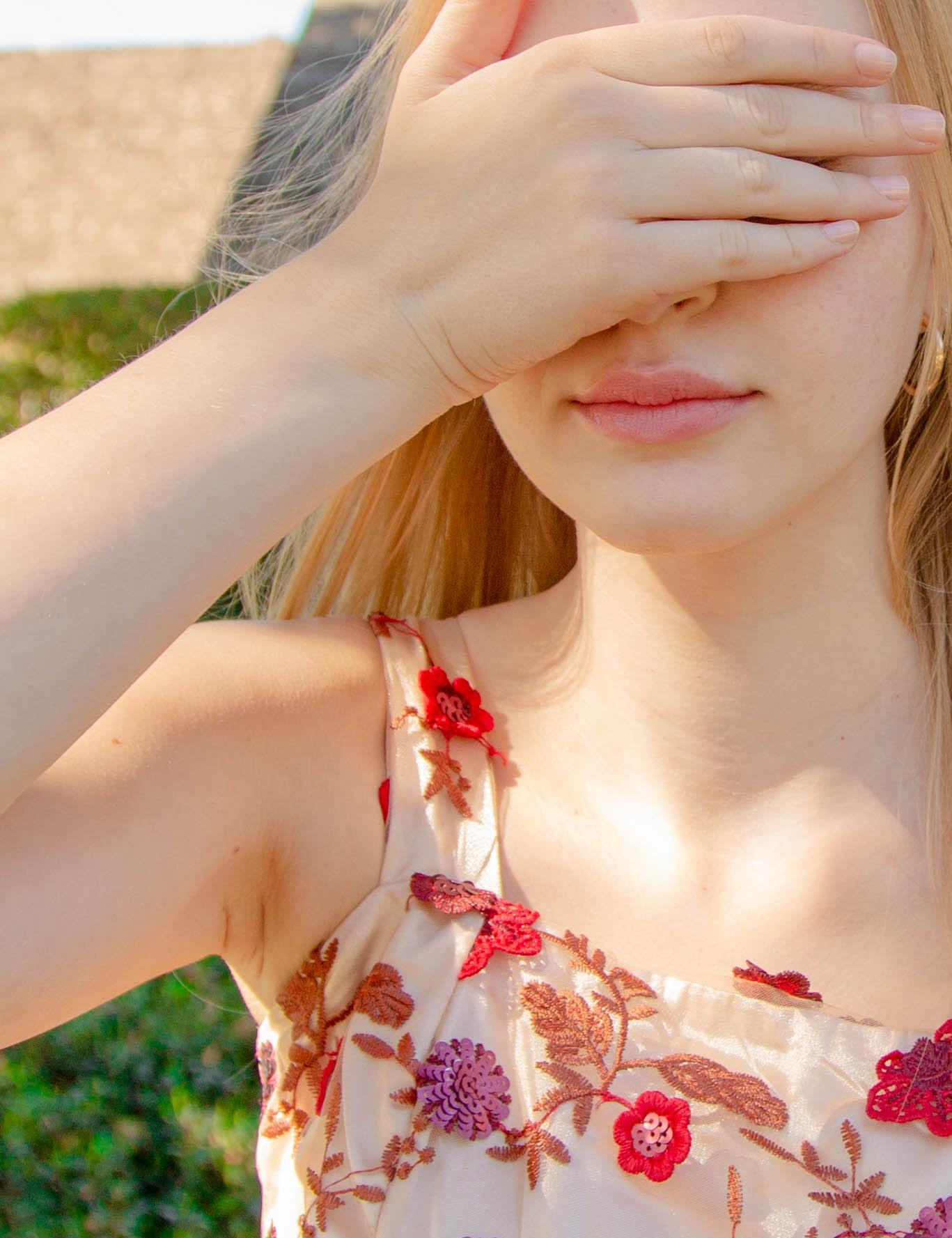

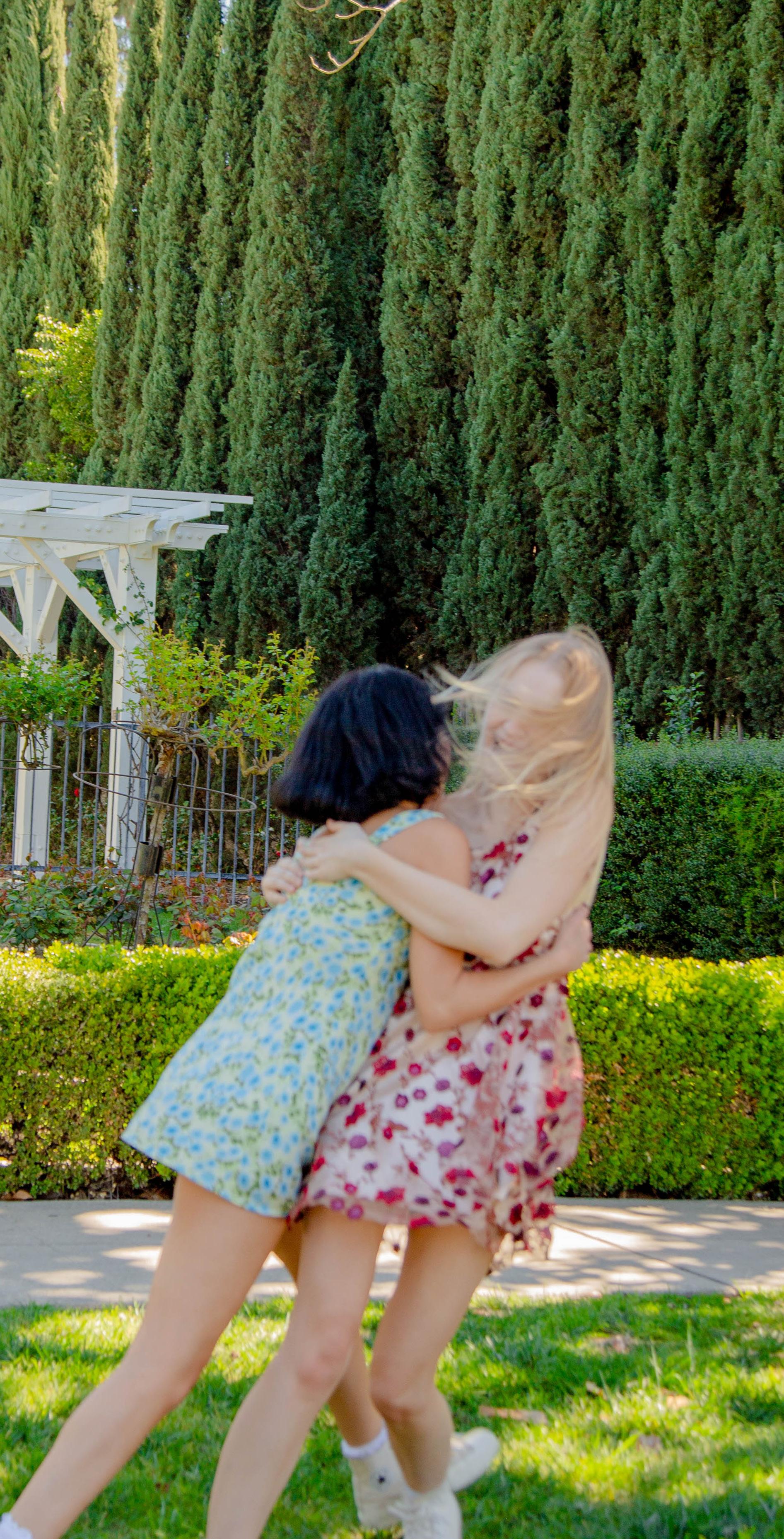

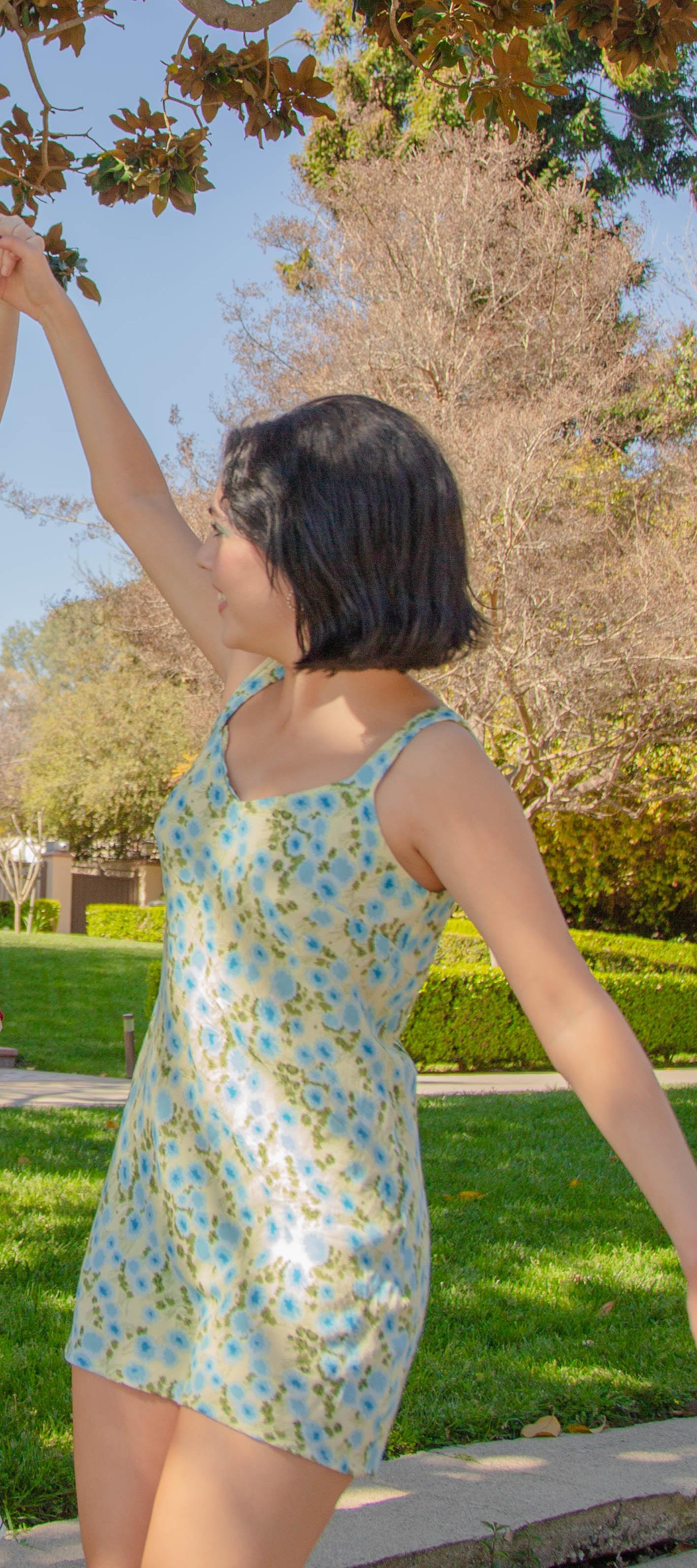
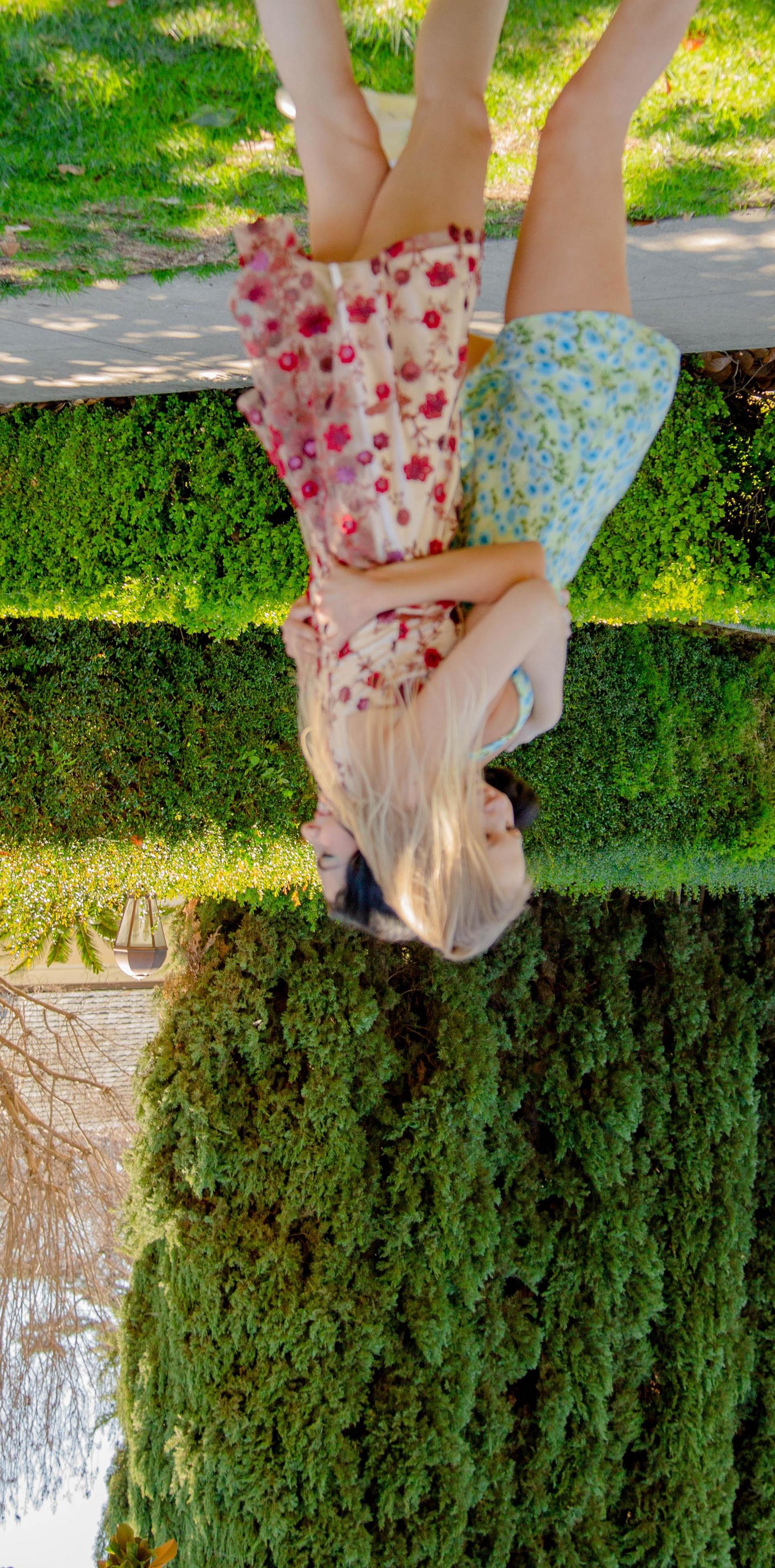

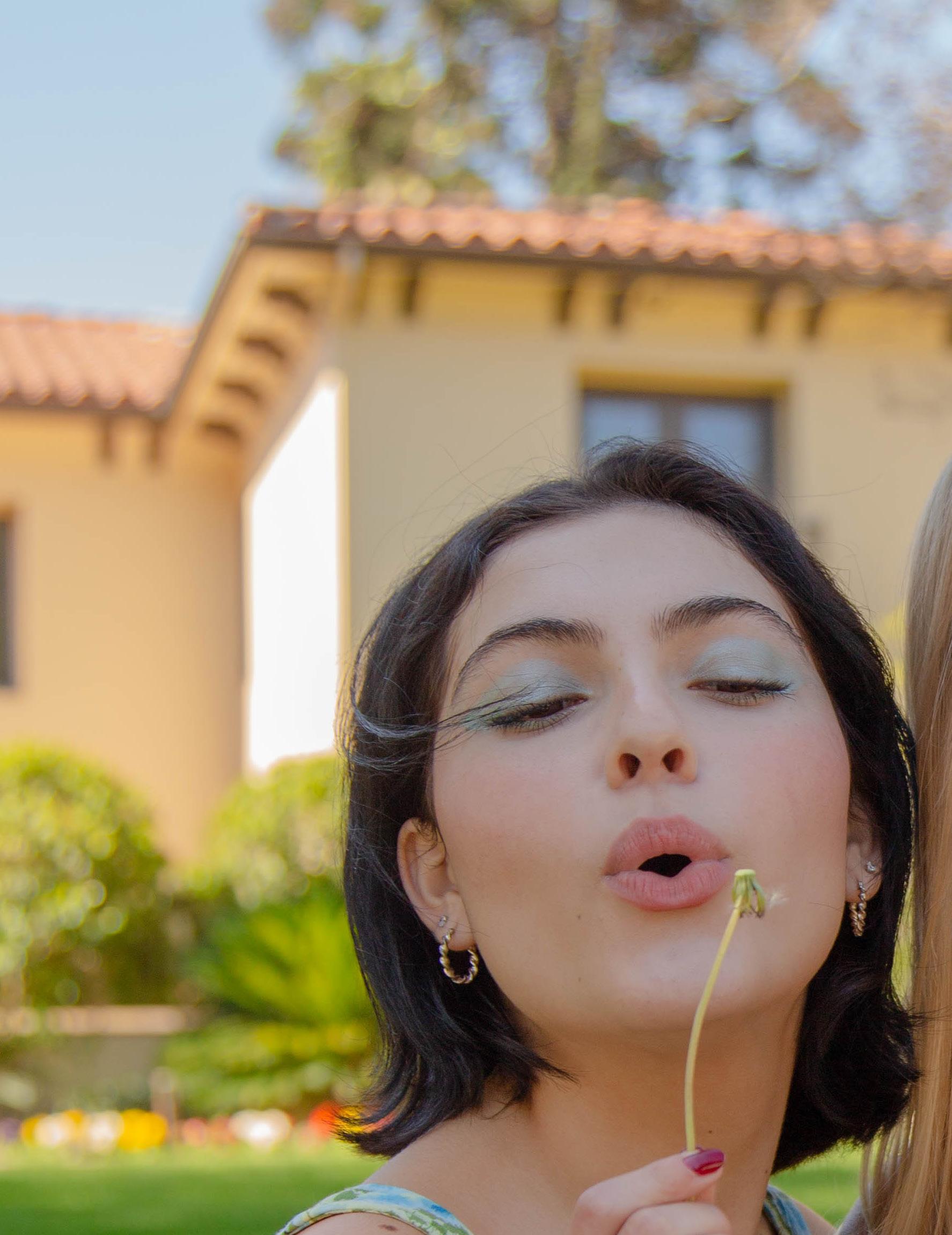
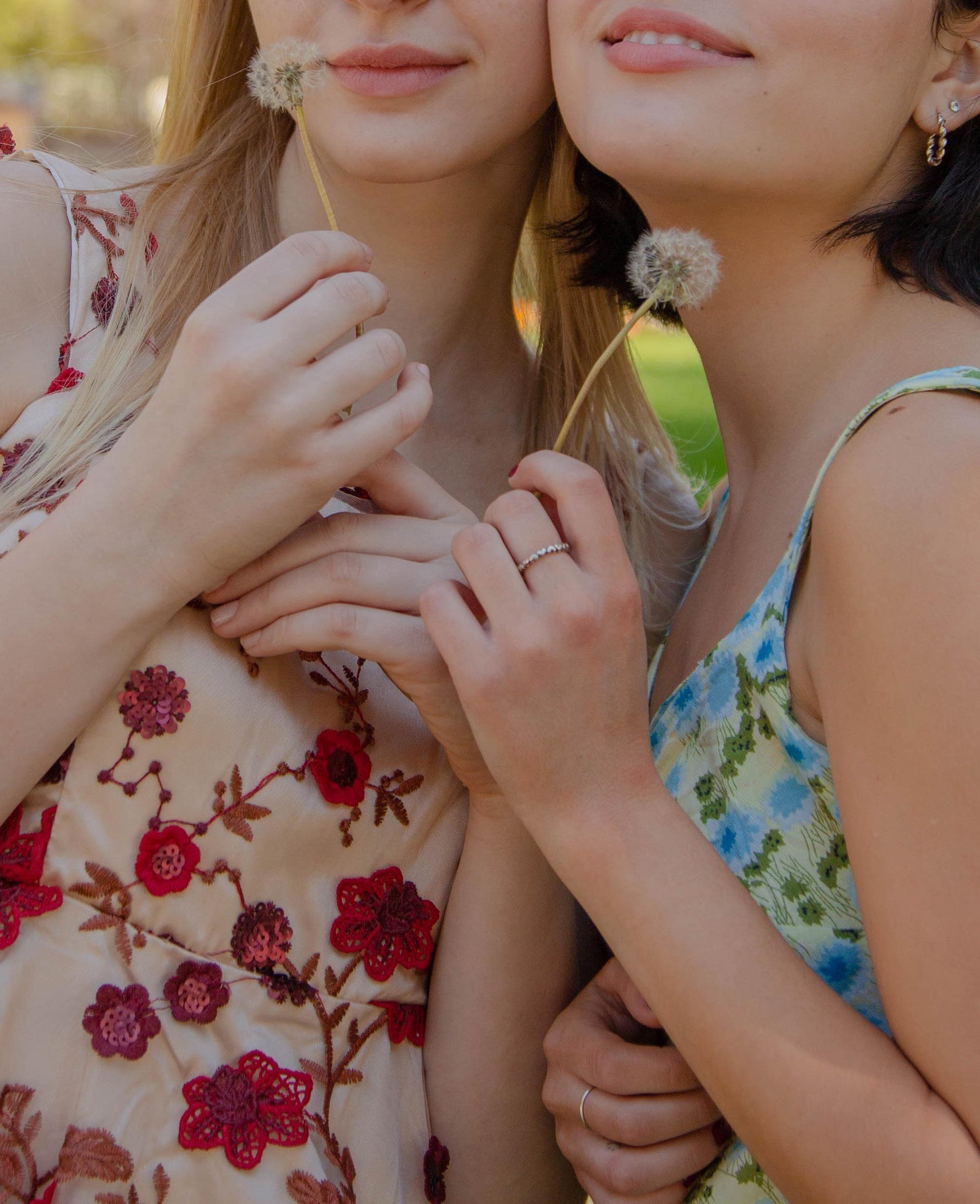
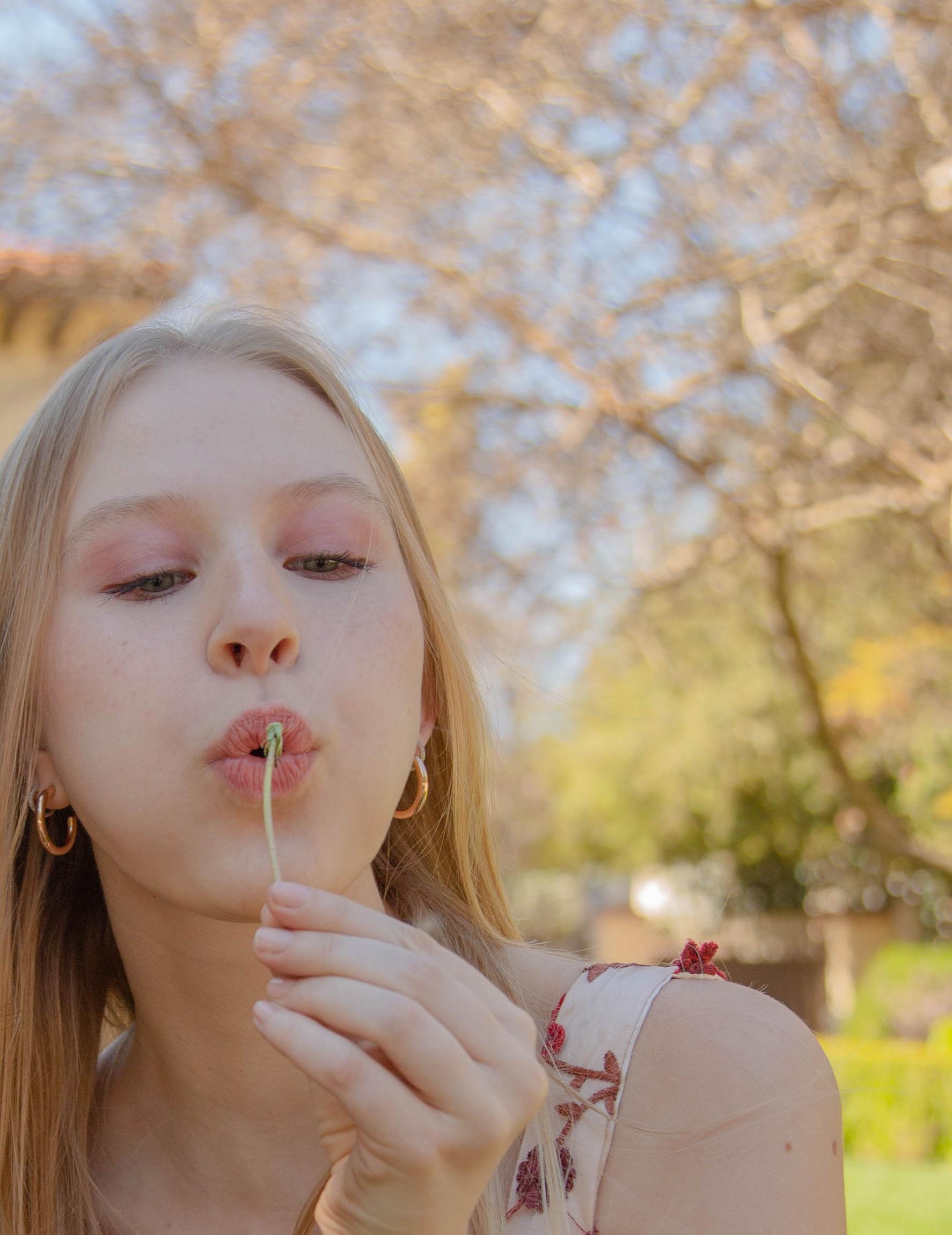


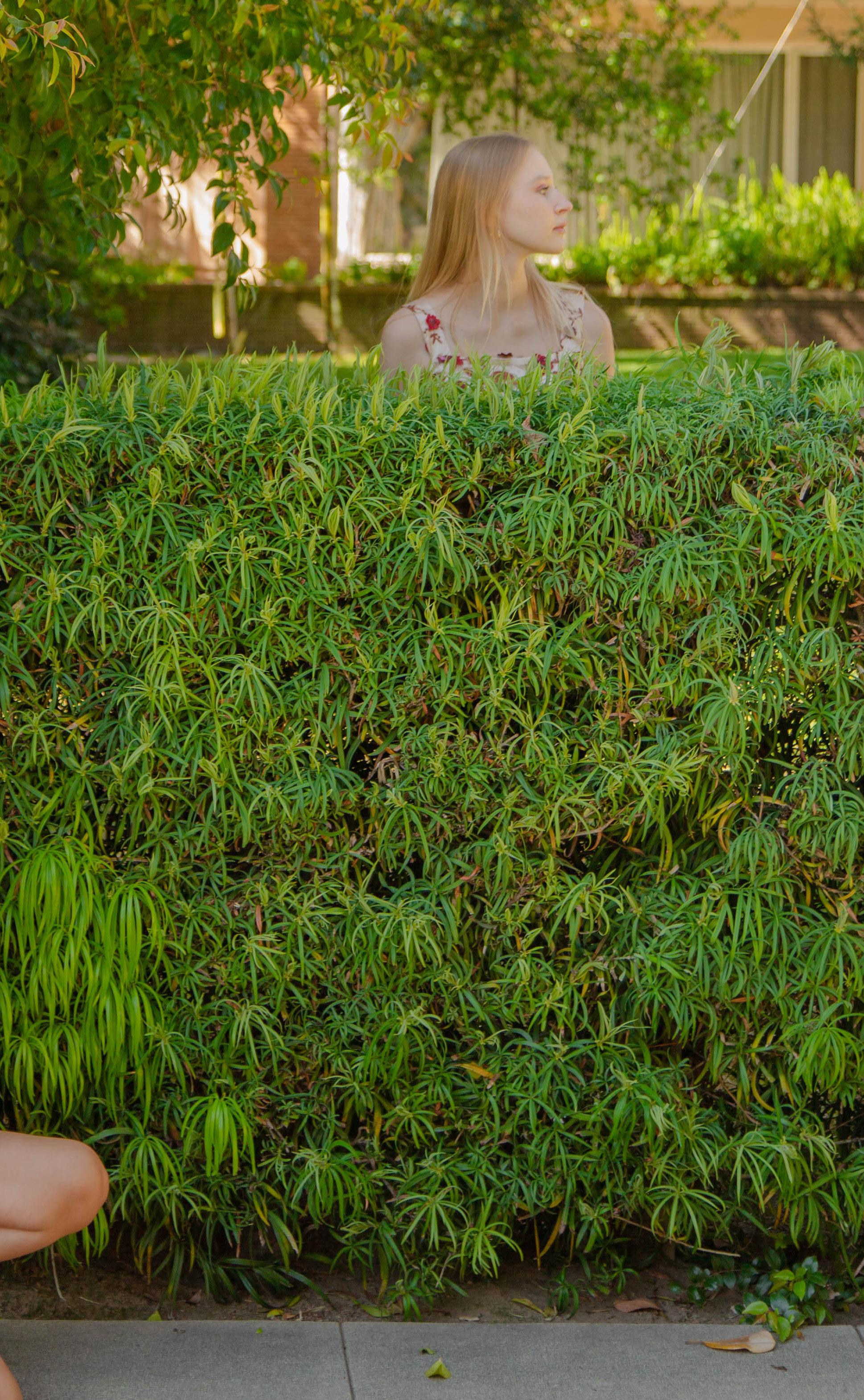

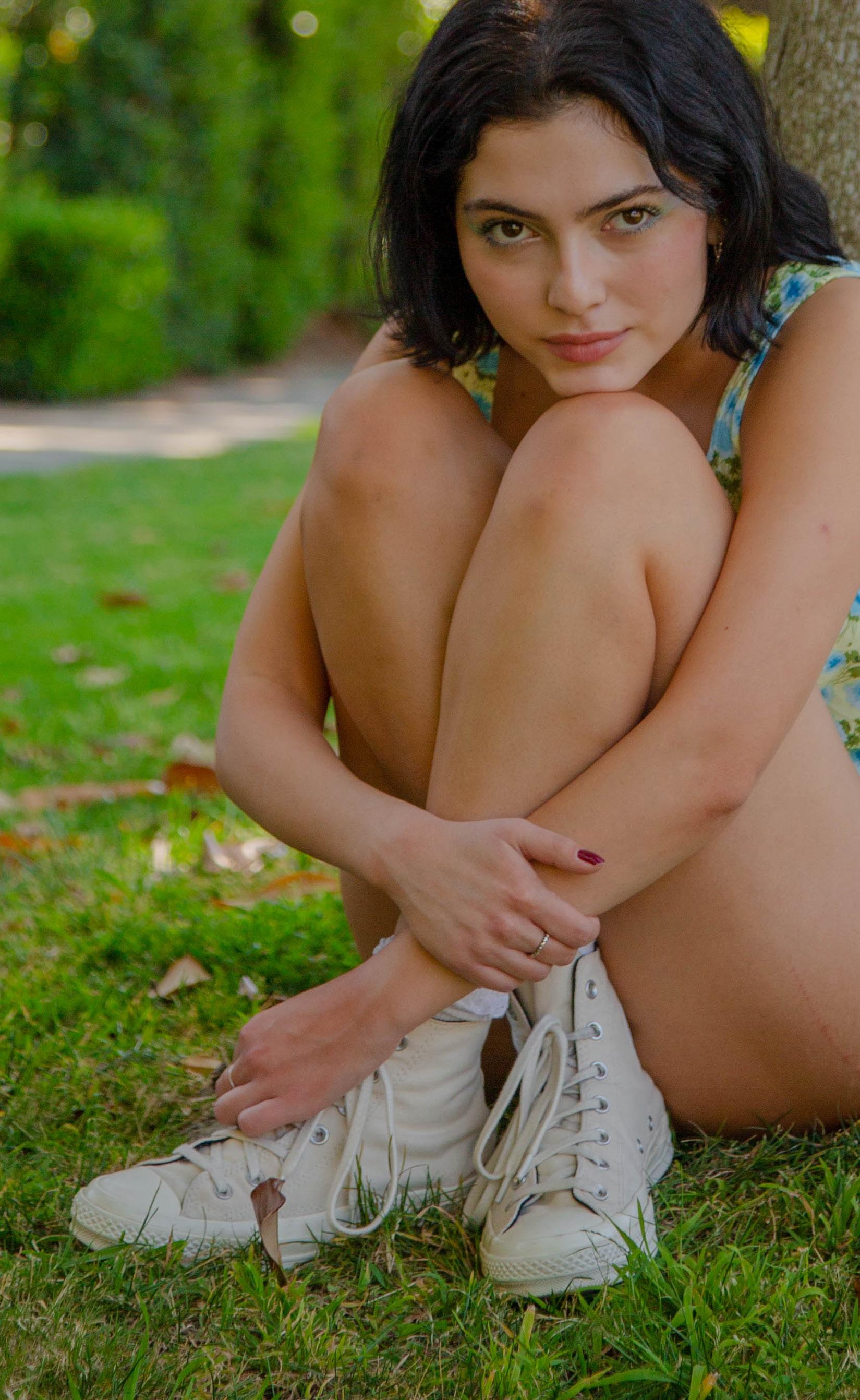
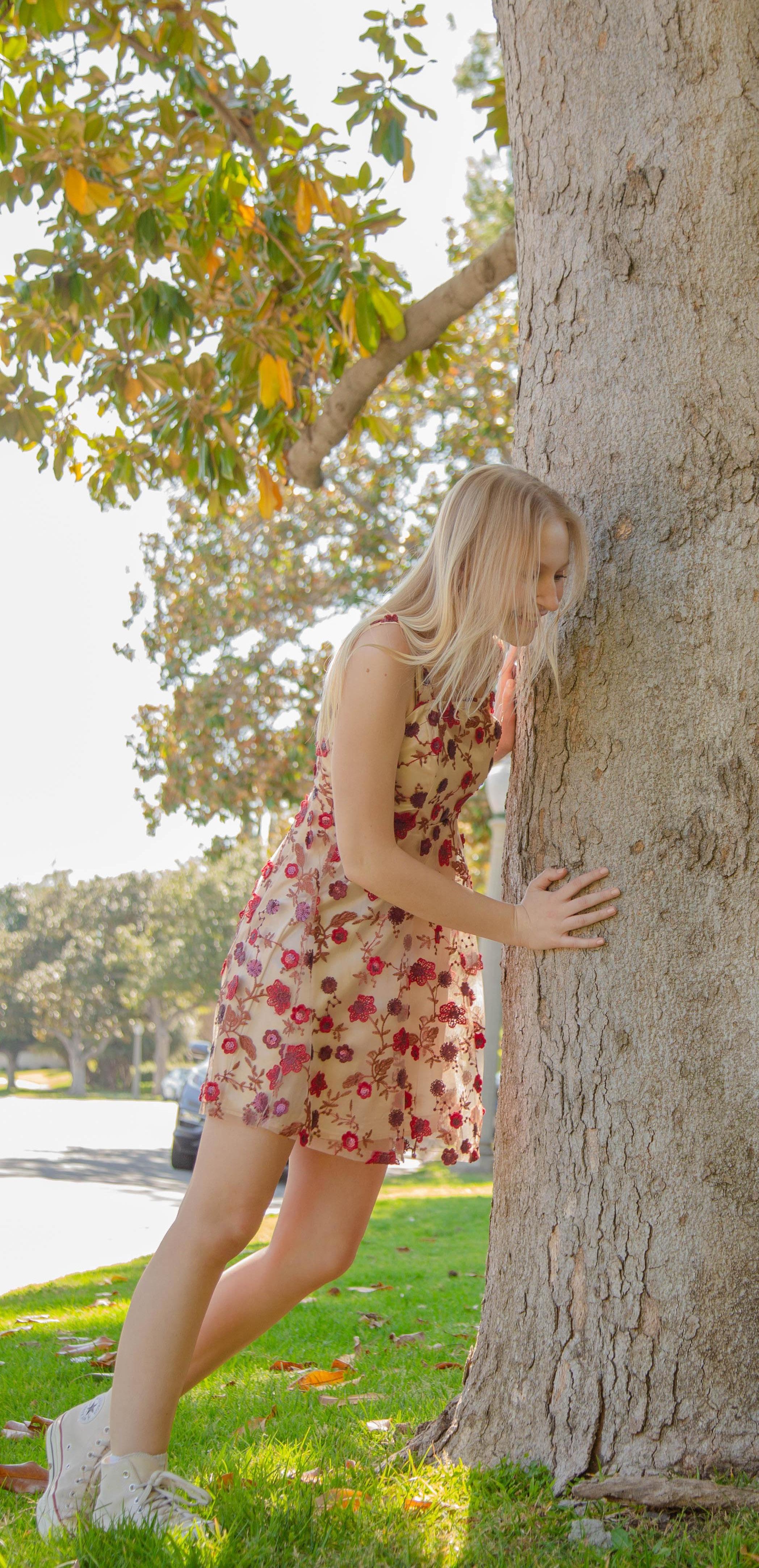

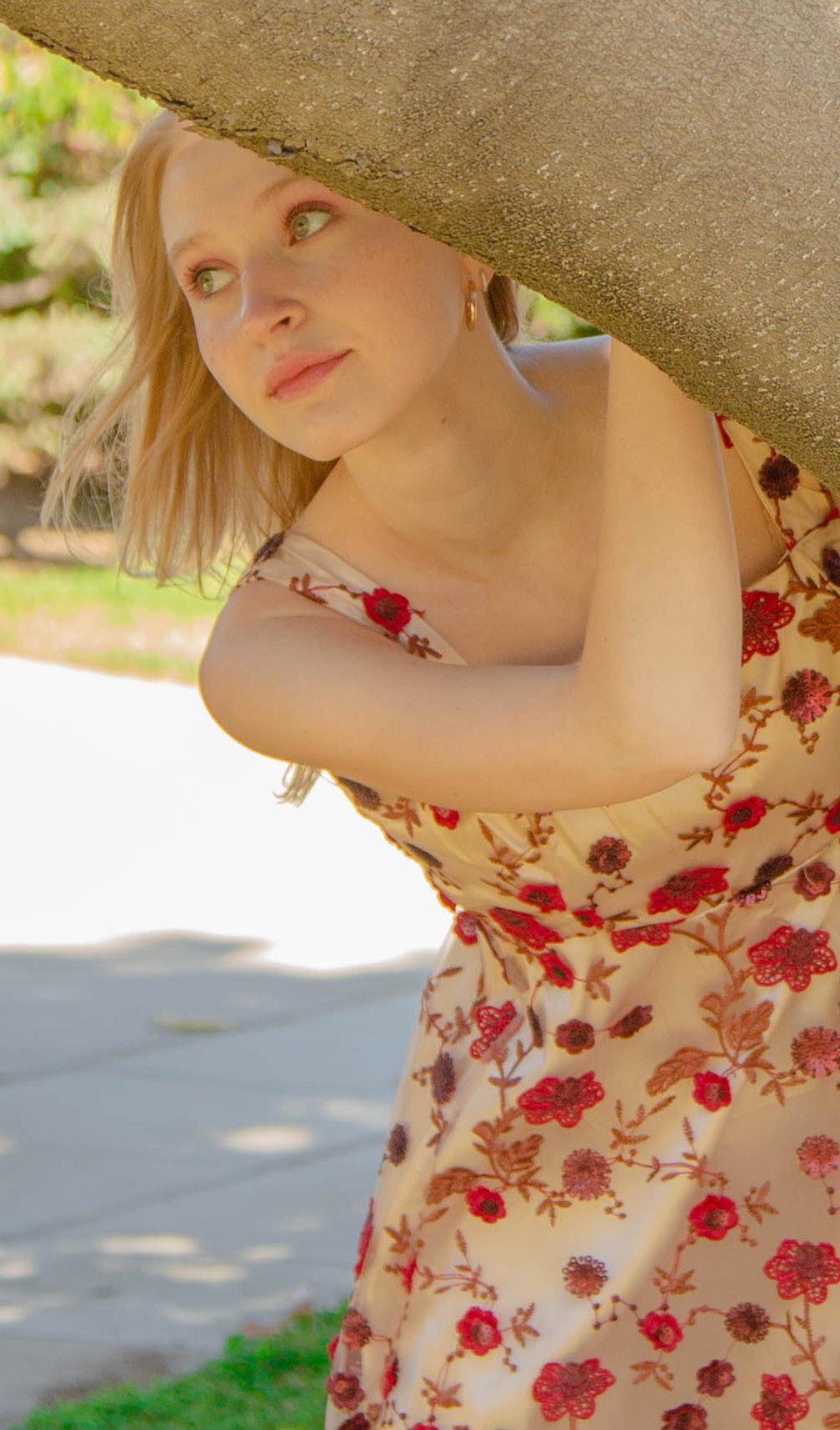
Ally Wei is an Los Angeles-based photographer who specializes in fashion and editorial photography. She loves going on adventures and spending time with friends. Ally studies Media Arts and Practice at the School of Cinematic Arts, University of Southern California.
Models
Lily Keene Amelie Barrero








Shae Brock has been creating her own wave of sound called Dream Rock, which publications have described as “a satisfying sonic revival of Laurel Canyon in the 60s.”
Brock elaborates it as Retro Glam, combining elements of sound and images of the 60s, 70s, and 80s, yet staying modern by incorporating the sonics of today’s alt/pop genre.
Brock recently independently released a debut EP called, Dreamers Club. Some milestones include a collaboration single with Gucci Mane, before pivoting to this new genre, and reaching over a million streams with EP, Dreamers Club.
Brock was born and raised in Arizona, and her state’s limitless landscape of desert and mountain has worked its way deep into her songwriting. – a process she describes in almost mystical tones:

“I can become different songs and different stories and feelings and characters - like one big painting with all different colors.”
Now residing in Southern California, she finds her inspiration through deep connections, moments you can taste, architecture, history, and that ever nostalgic feeling of a retro memory that pulls her in.
“I asked myself one day, ‘does the muse use you? Or do you use the muse?’ And I think I’m leaning towards, the muse uses you. Even the softest memories can spiral into a web of stories that needed to be expressed into art, and the ripple effect is so unknown to us. Yet, that’s the beauty in art, it continues to inspire and move generations to come. I’ve had a long spurt of inspiration this past year and it’s been weaving itself into it’s very own project. So please anticipate some new music coming soon.”














My hands are shaking in my pockets. I walk into a room that seems to never end. It’s dark and musty, and the ceiling caves in, about to fall apart into a thousand pieces. “Mood” by 24kGoldn bounces off the speakers and into the abyss of faceless bodies. I look around for familiar faces but fail to recognize anyone under the dim lights. My eyes search the room until I find the makeshift bar in the corner. I grab a beer. As I take a sip, the bitter coolness touches my tongue and falls down my throat, producing a gagging sensation. How the hell do people actually like this stuff?
I notice a worn-out couch in the back of the room where a couple makes out like they’re the only ones at this whole damn party. I sit down and my eyes fall to the floor, which is filled with liquor stains and shoe imprints. Closing my eyes and taking a breath, I let the smell of intoxication fill my lungs. I take another sip and feel the cold metal of the can brush against my lips. The freedom of alcohol, a destination that no state of sobriety can take me too.
I feel a tap on my shoulder and turn around to see a girl with purple hair that’s dark at the roots and lightens at the tips. She gives me one of those smiles you can never trust and pulls out a sheet of strawberry stamps. What the hell is she doing?!
“Want one?”
“I’m good, thanks.”
“You sure?”
“Yeah, I have plenty of stamps at home.”
She snickers and I can feel the dread hit me. Not again. I didn’t come here to be mocked.
“These aren’t stamps, silly.” The deceitful smile on her face seems to grow.
“Then what are they?”
“LSD.”
“What the hell is that? Is that like some acronym, like LOL or something?”
The girl looks over to her friends, who give me a full 180 scan.
“No. Girl, is this like your first party or something?”
There it is. The question I was hoping no one would ask.
“I mean, it’s not my first party… I just forgot what, you know, LSD is.”
“LSD is acid. A hallucinogenic drug. Basically, unless you want to spend another three hours in this shithole, you should really take me up on my offer.”
I look around. This place really is a shithole. High school is just a fucking shithole. She hands me a sticker.
“Thank you.”
“Have a wild night!” she says. She walks away, ready to stalk her next prey.
Cayetano is a Barcelona-based photographer who specializes in photography with natural light.


I stare at the sticker, twirling it with my finger. Part of me says, yes, take that shit right now, but the other part says, Lacey, this isn’t a good idea. You know this is dumb. This isn’t going to end well. For a moment the latter side wins, and I shove the sticker into my pocket.
But then my head starts throbbing, eyes sinking like ships in a deadly war. The memories are flooding back. When he hit me until my whole back was black and blue. The tears in my eyes when she did nothing to help but watch. All the times he broke me, day after day, piece after piece.
Suddenly, there’s nothing in the world I could want more than the sticker that is in my pocket. I pull it out and place it on my tongue.
A few minutes pass and nothing feels different. But I guess it takes time before this shit activates. I close my eyes and breathe in the stuffy, smokey air, ready to be consumed by the illusions of my mind.
BOOM. CRASH. BOOM. CRASH. BOOM. CRASH.
The room is no longer dark and reeking with the odor of sweat and Smirnoff. It’s bright and airy, and with each step I take, I’m practically floating. The piercing moans and grunts coming from the bedroom walls are replaced with the most beautiful silence. I look up and the ceiling seems to go so high it practically touches the sky. A large disco ball hangs in the middle, spinning and flashing pinks, blues, purples, and greens. Underneath the disco

ball is a dance floor filled with teenagers living their best lives. I can feel a force pushing me into the crowd, and soon I’m swaying my arms to the music and shaking my hips to the beat. A hand touches my shoulder and I turn around to see the most ripped man to literally ever exist. His deep brown eyes bring me closer to him until his hands are on my waist, and I’m lost in the heavenly touch of his lips. His arms wrap around me tighter, and the kiss gets hotter and heavier. Where the hell have guys like this been my whole life? His hands slide up my back and into my hair. God, I could stay here forever. But something’s pulling me away. I open my eyes and see a bright light coming from the wall, which is now made of sheer glass.
“Excuse me.” I give one final kiss to Mr. Hot Stuff and push through the crowd. My feet control me, pulling me closer and closer toward the light. I reach a hallway that seems to go on forever like an infinite void of luminescence. Bedrooms are on both sides and the doors are all open. As I make my way through the glowing tunnel, swirls begin to dance across the walls. The swirls move faster and faster and the light grows brighter and brighter until I find the last room, the only one with a closed door.
KNOCK. KNOCK. KNOCK. Silence.
I turn the knob and walk inside. It’s the bedroom every little girl dreams of with light pink walls and a canopy that floats over the bed like a golden halo. There’s a large window that has a view of Los Angeles, which sparkles under the indigo sky. The Hollywood

sign is lit up and appears to be sitting among the clouds. I’ve only dreamed of seeing this sight in rural Wyoming, but now it’s here, close enough to touch. I slide my fingers down the glass and feel a sense of freedom that I haven’t felt since I was a child. My body no longer feels heavy, but soft and delicate.
And then I hear a voice...
“Hi Lace, dear.”
A voice that brings me back to reality for a moment, for I fear its timbre, the way it shakes with nervousness.
My smiling mother joins me by the window. She caresses my face with her hand and pulls me into a warm embrace. My eyes begin to well up and a river flows down my cheeks and onto my shirt. This is all I’ve wanted. For so long. To be loved like this.
After what feels like an eternity, she breaks away from me, still holding onto my hand.“My Lace, dear, I am so proud of you. You have become such a beautiful, strong young woman.”
I look at her and for a moment I believe her. But the smile slowly fades and her kind eyes become cold and worn. Her hand pushes away from mine and the ground shakes, the walls moving inward. My mother now looks at me with a face of disappointment.
“Oh, Lace, what a failure you are,” she says. “You are the one thing I wish had never happened to me.”
The river flowing down my face becomes an ocean, and I fall to the floor,

drowning in misery. There’s no anger left for me to give, all I am is sadness. The walls begin to turn from glass to cold steel, and the world around me spins round and round.
Round and round. Round and round. Round and…
The ground is now flooded with water. Ripples push and pull my body, draining all the life away. I try to reach the surface, but something is holding me down. And suddenly, the fish in the water vanish and the tides begin to die down. But the roaring crash of the currents hitting the surface only gets louder. The call of the waves pounds on my eardrums like a hammer shattering a thousand mirrors.
BOOM. CRASH. BOOM. CRASH. BOOM. CRASH.
The walls have transformed back to glass, and the ocean has disappeared beneath the floor. And she is no longer here. I take a deep breath and walk back to the dance floor. The lights are even brighter now, and I notice one flickering on the second floor, shouting my name. As I ascend the lavish staircase, the light seems to grow brighter with each step. I reach the second floor and follow the brilliant light to a balcony overlooking the property. Below is an Olympic-sized swimming pool where people drunkenly swim, make out, and even skinny dip. One guy makes a huge splash when he cannonballs in, pushing others far away with the mere strength of his body hitting the water. I look out at the night sky and trace the stars, trying to form constellations.
“There’s the big dipper,” says a voice that sends a shiver up my spine. I open

my mouth to reply, but nothing comes out.
“Mother said your father showed it to you when you were young.”
I look toward the voice and see my stepfather leaning against the railing. His salt and pepper hair now looks black, and the wrinkles of age have disappeared.
I look back out at the sky, struggling to hold back tears. “He showed it to me every night. And he told me that even when he wasn’t around, he would always be right there, shining between Alioth and Megrez.”
My stepfather puts his hand on mine, it feels warm and full of love. He smiles and kisses my forehead. I rest my head on his shoulder and tears fall down my face. He lifts my head and wipes them away, and instead of hitting me or blowing out my eardrums, he whispers “I am only tough on you because I love you. I see so much potential in you, and to be the incredible woman you have been and will continue to be, life can’t be anything close to easy. Because you can only become strong after you’ve faced a war and have lost a thousand battles. You will win some and lose some, but the losses are what will transform you. If you don’t step onto the battlefield, how can you be anything but afraid?”
His words soothe me like chamomile tea to a sore throat. It’s what I’ve been longing to hear for so long, needing to hear for so long.
He leans forward on the railing.
“I need you to trust me. I will help you become strong. Take my hand.”I take

his hand without flinching.
“Come with me. Into the war. Be a fighter. Don’t be afraid.” He steps onto the railing and waits for me to join him. As I lift my foot onto the railing, I look at the world around me and feel something I’ve never felt before, unafraid. No longer crushed by the tough cards I’ve been dealt or by the crippling fear of never being enough.
And suddenly, faint voices appear in the distance, shouting: “What is she doing?!” “Get down!” “This is dangerous!” “She’s going to get killed!”
And faces surrounded me, filled with fear and sorrow. But the voices are just background noise and the faces are projections in my mind. No one has ever loved me enough to stop me from jumping. No one has cared for me so that if I fall, it would matter at all. No one has ever seen me as anything but afraid. But now, I am a fighter. He finally sees what the rest of the world is blind to.
“Fight with me on the battlefield. Take a step toward your strength.” my stepfather lifts his foot. I take a deep breath and look around. The voices and faces are gone, replaced by nothing but a celestial sky.
“Trust me.” my stepfather says. “I trust you. I am a fighter.”
I lift my foot into the air. With each step, I get closer and closer to strength.
The world begins to transform around me. As I take my final step, gravity calls my name.




B is San-Francisco-born, Russia-raised, and Los Angeles-based creator who loves to tell stories through portrait photography. They live for community, creativity, and collaboration. B studies PR and Marketing at the University of Southern California, wishing they went to film school.



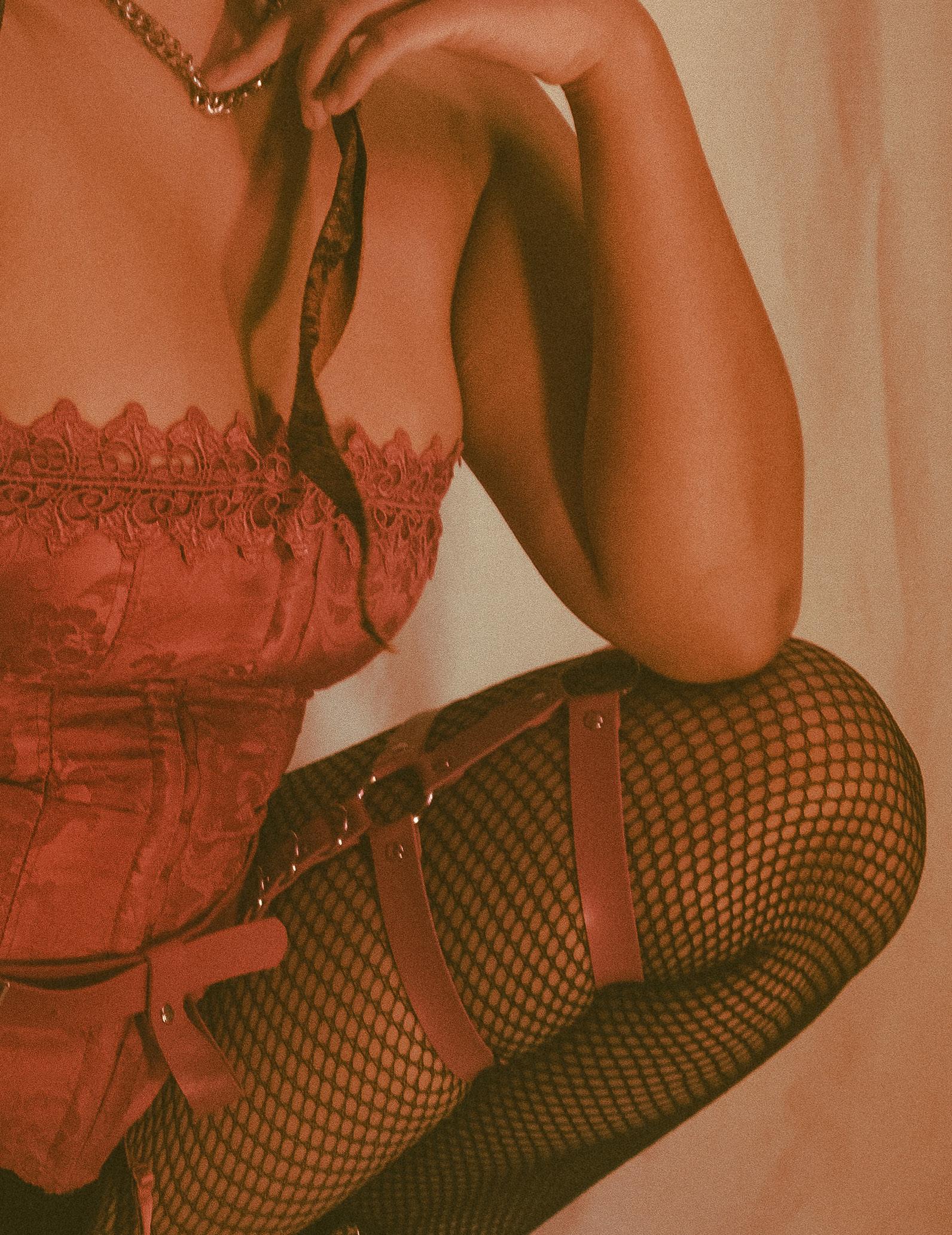

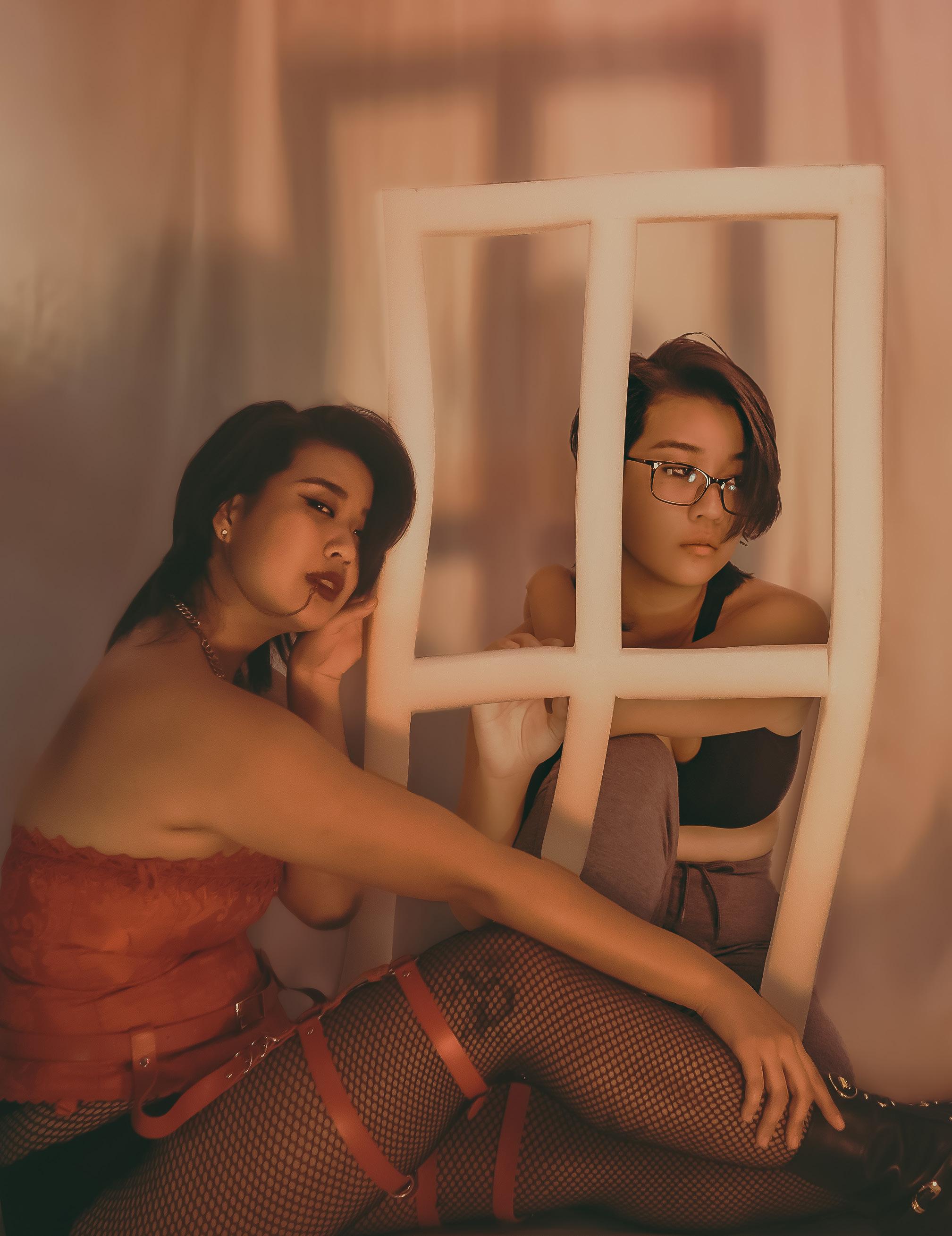

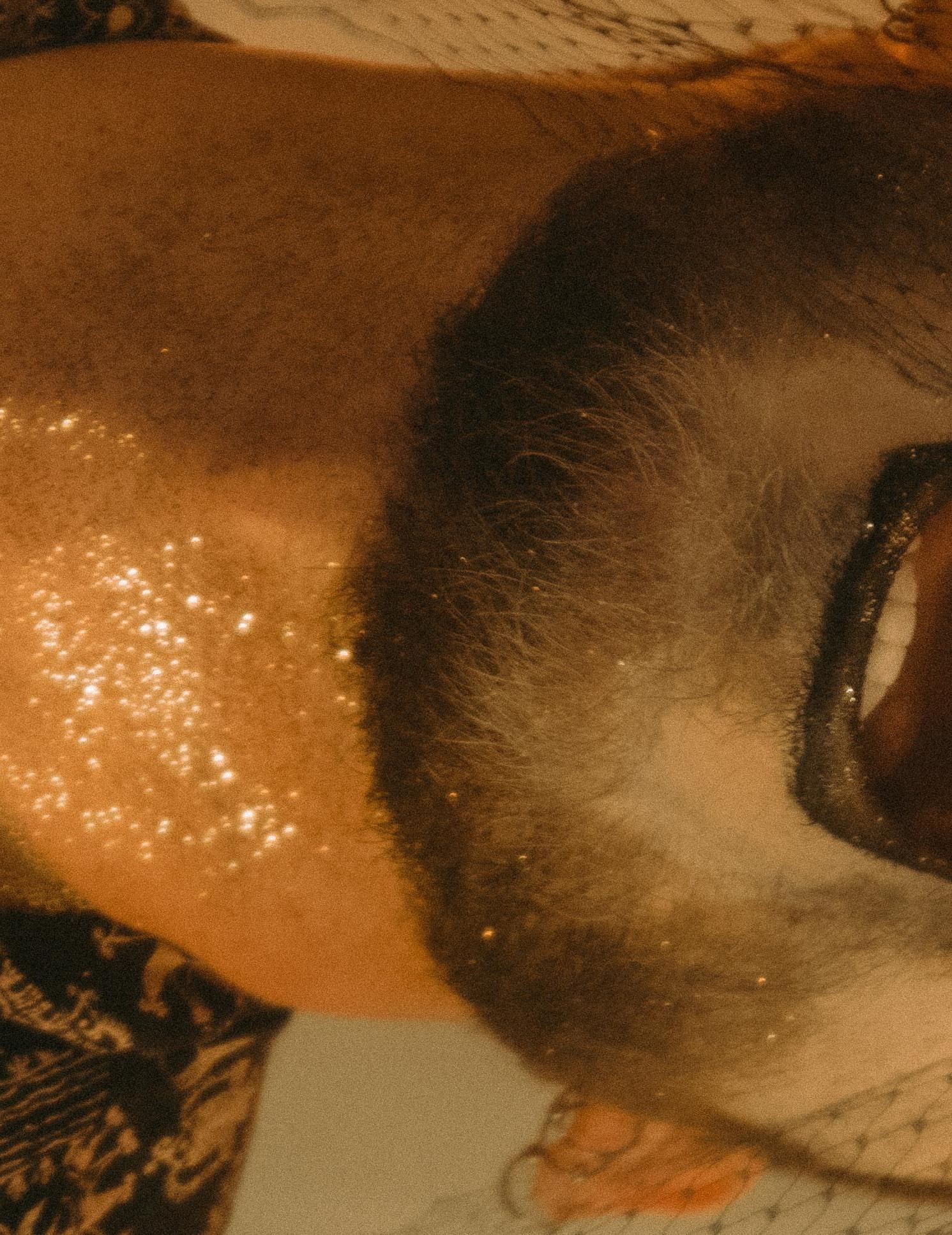
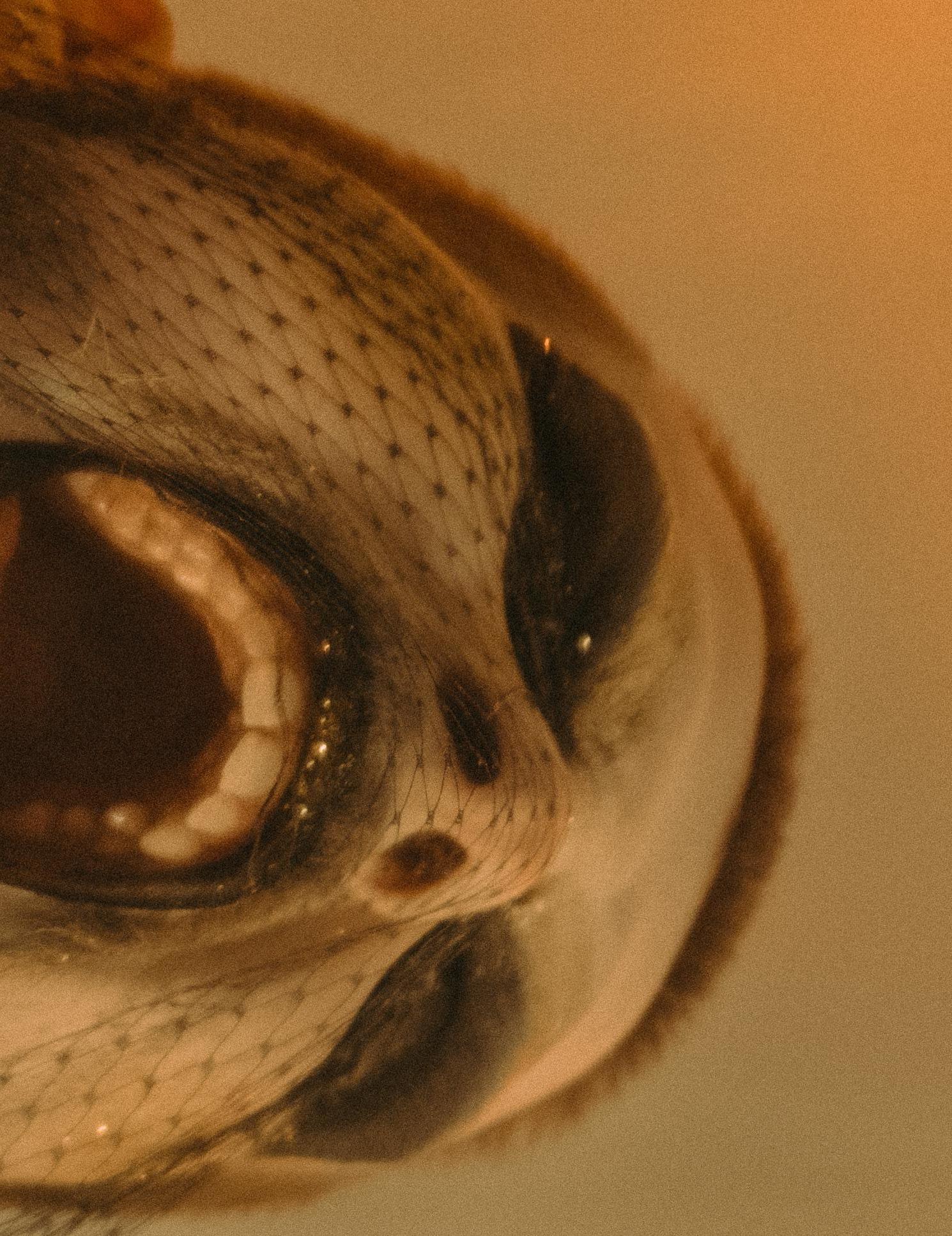

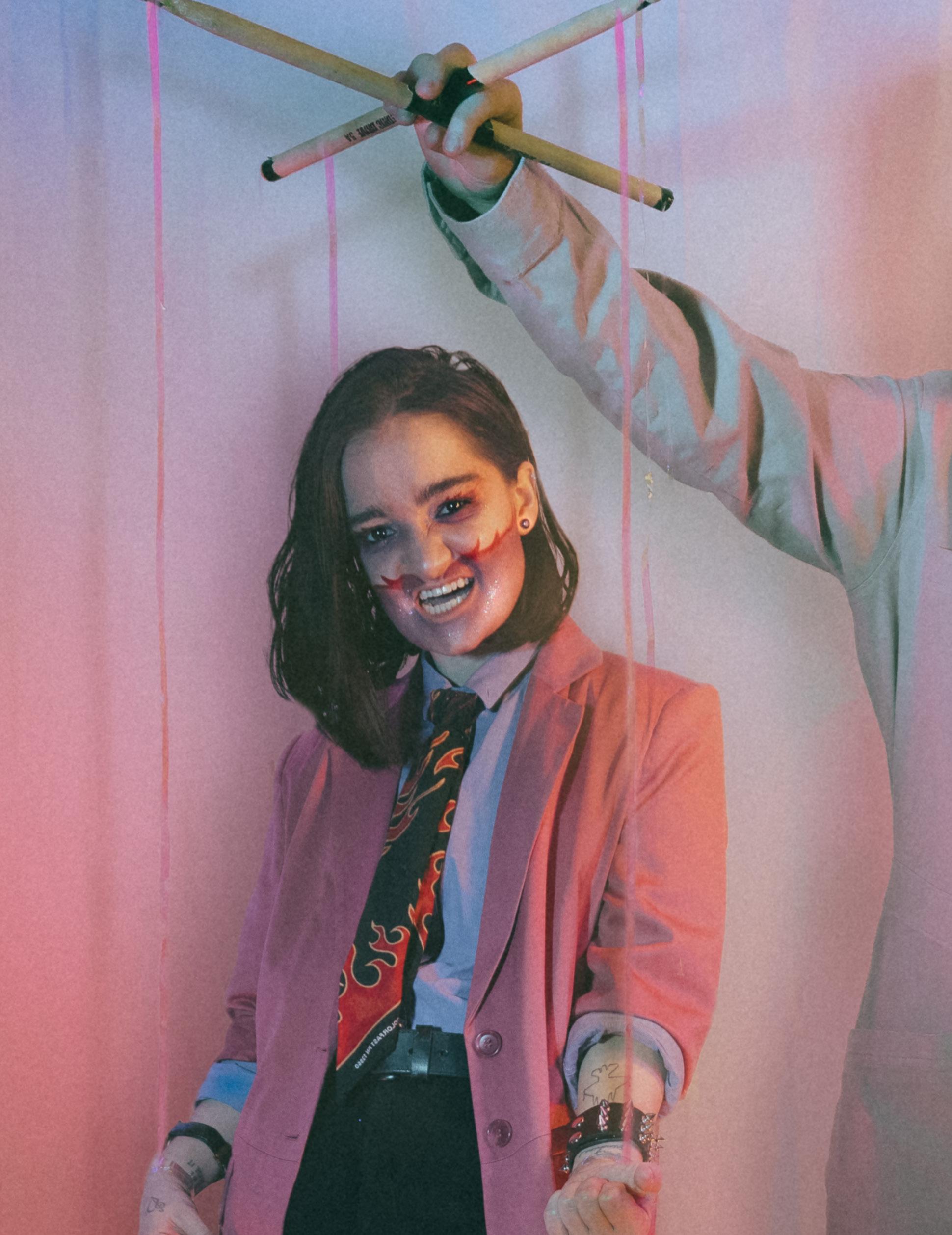 302
Models Tara Julia Warren Brandon Morgan
302
Models Tara Julia Warren Brandon Morgan

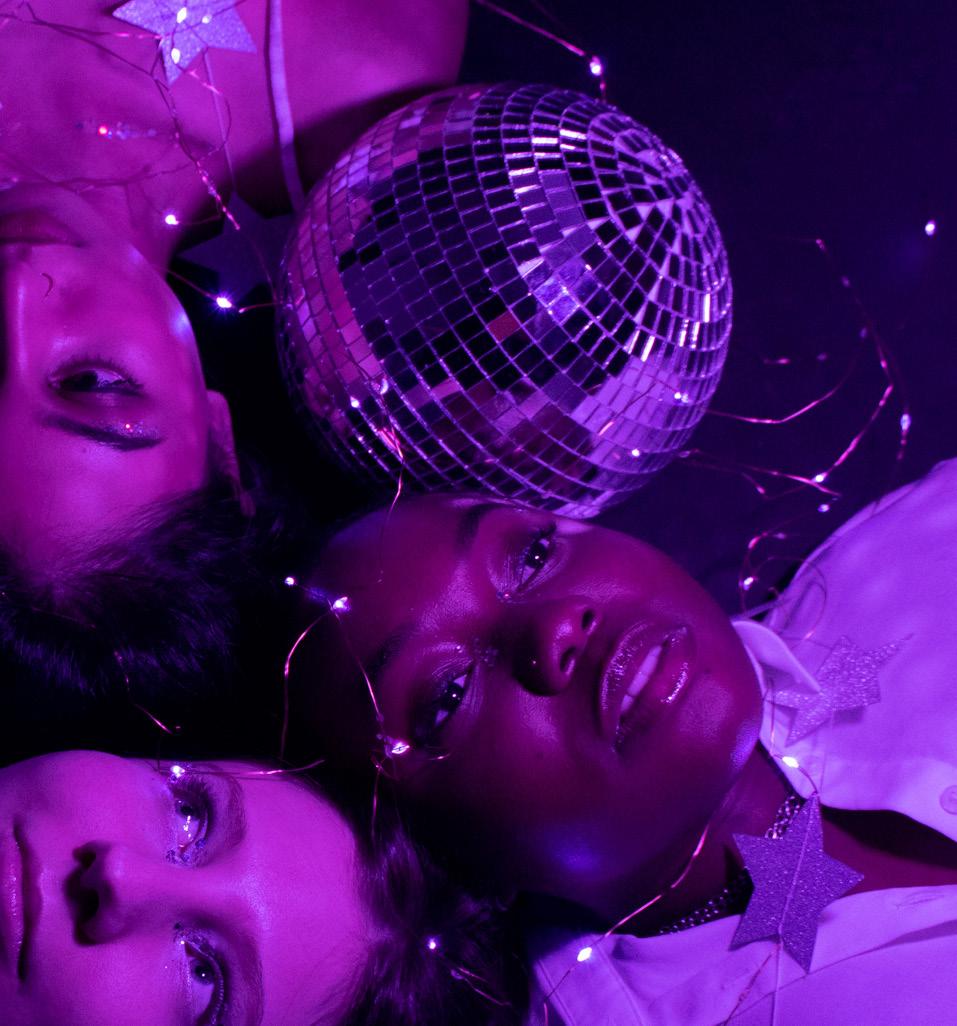

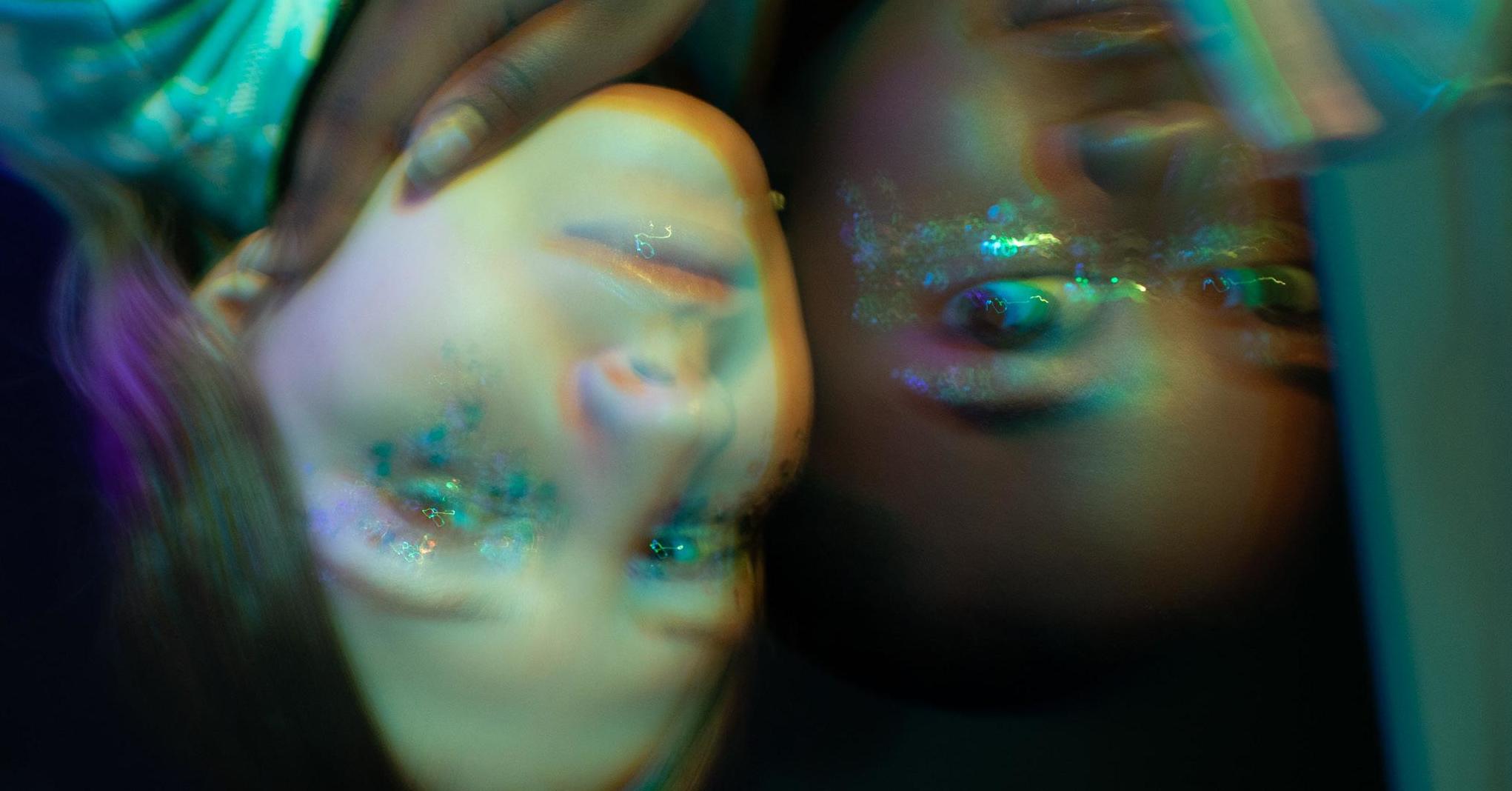



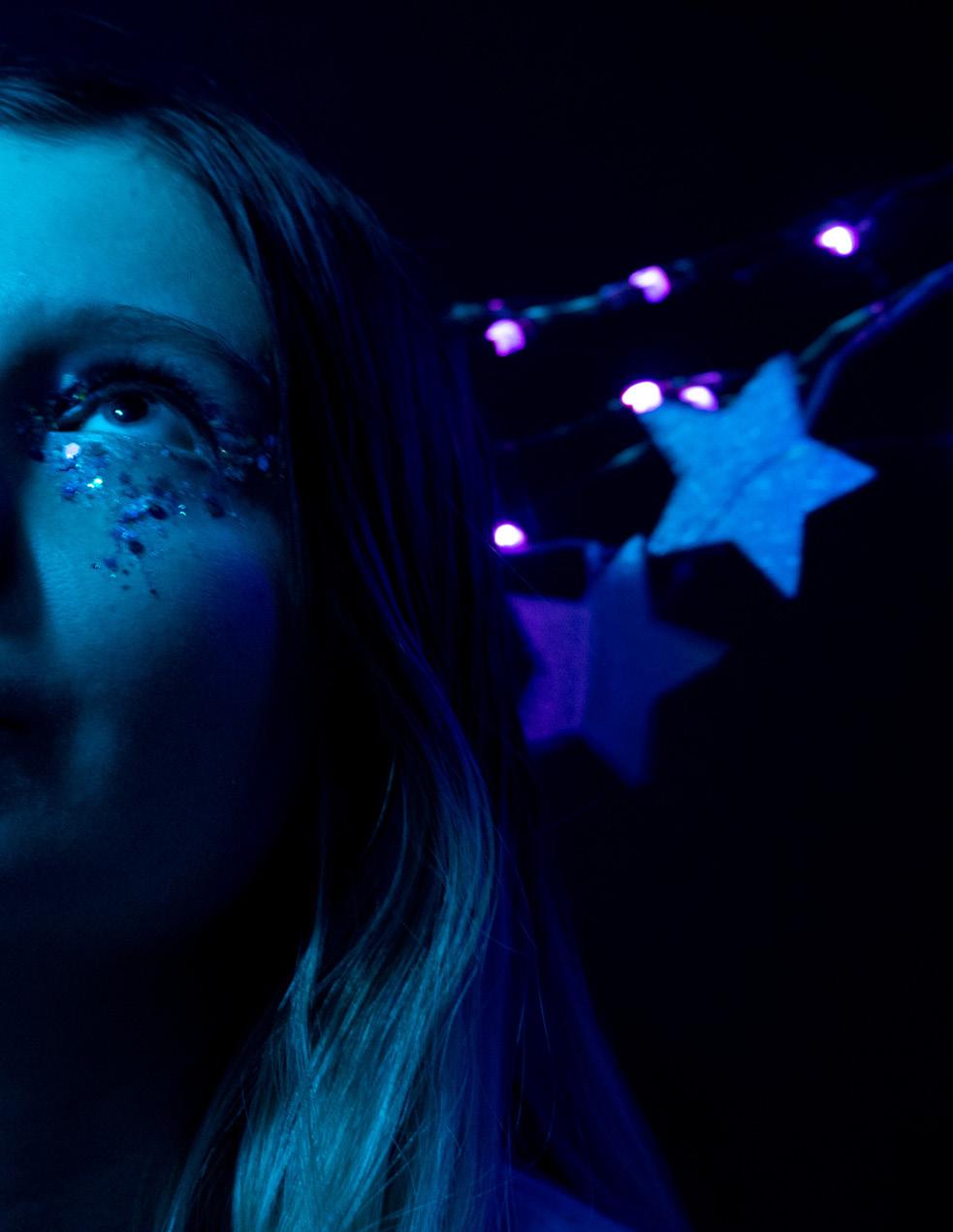

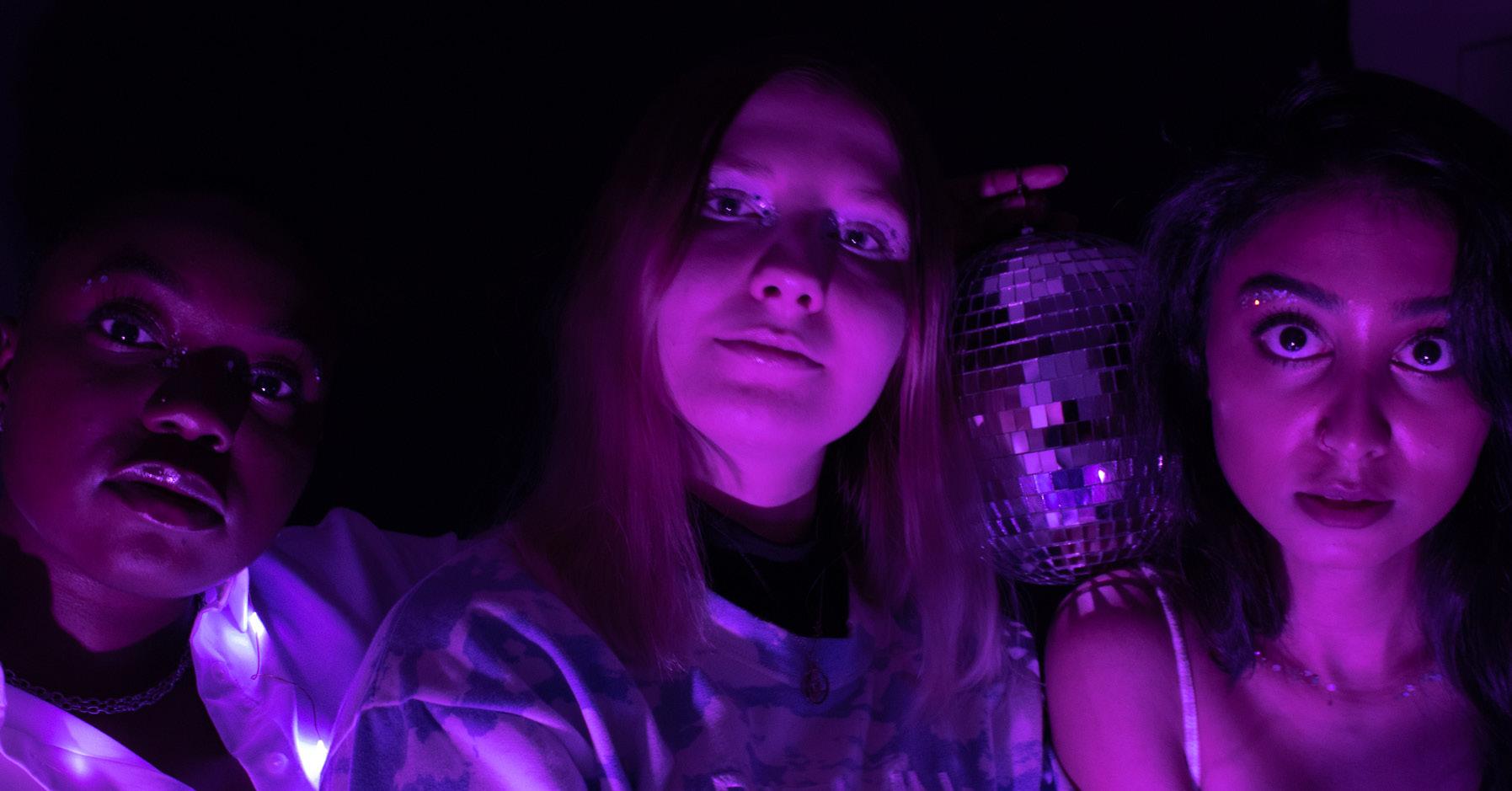
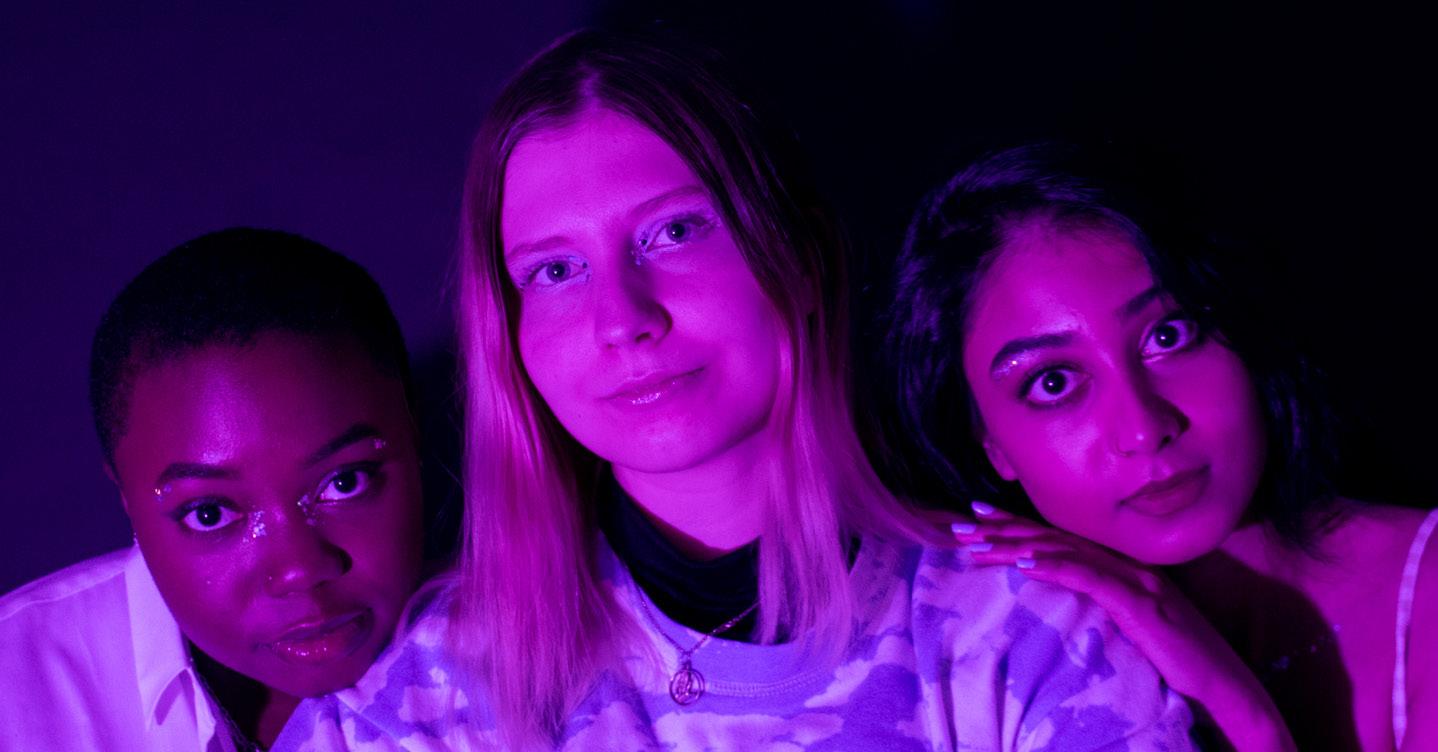
Nikisha Roberts is a Queens-born and New York and Los Angeles-based photographer who specializes in portraits. She enjoys photographing her friends and family, checking out art exhibitions, and exploring the city. Nikisha studies Cognitive Science and Design at the University of Southern California.

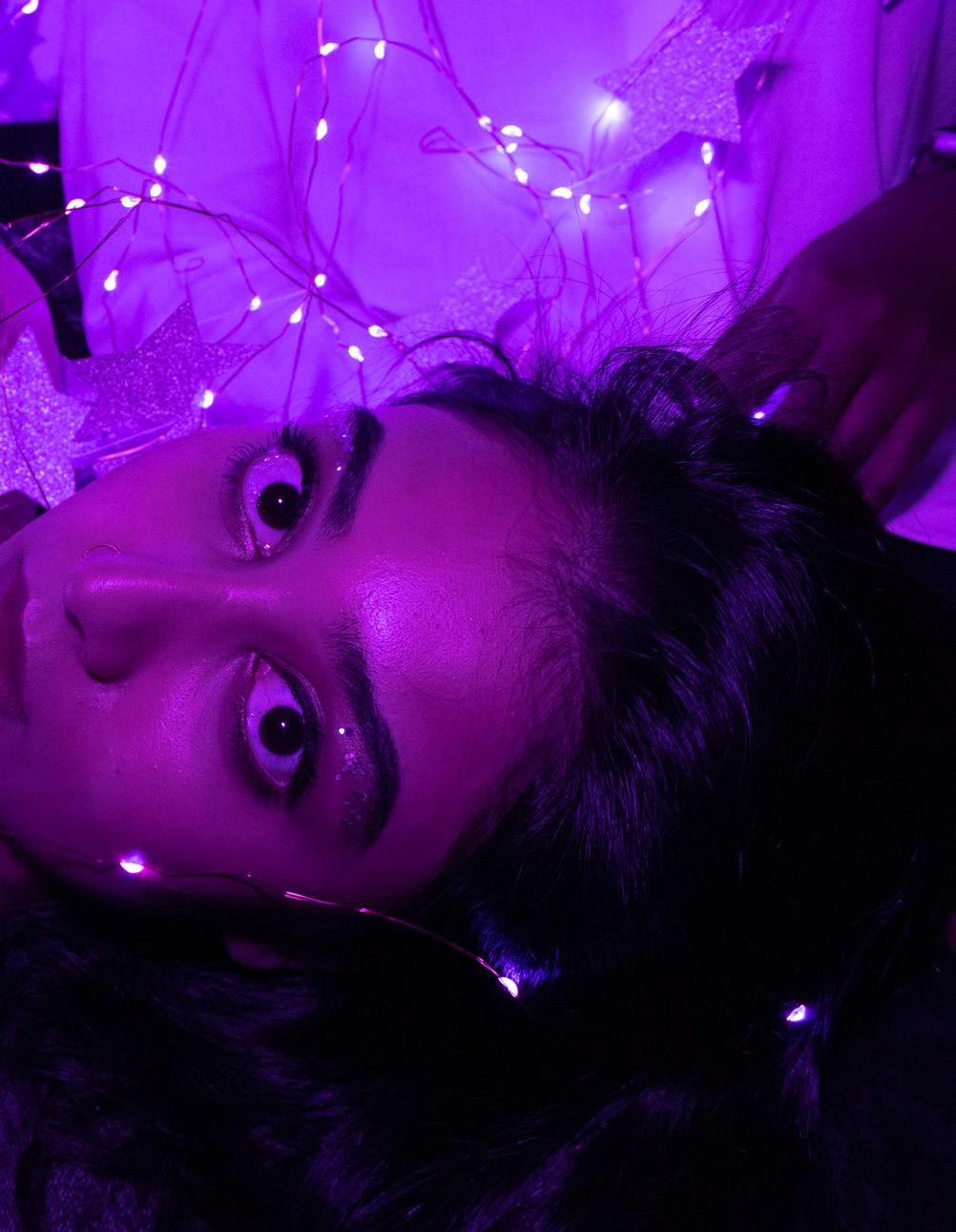


It appears that a common belief of Generation Z is that we are the first generation to be born into a time of rapid innovation. In reality, though, we are merely the continuation of a series of revolutions, from the Technological Revolution in the early 20th century to the Digital Revolution of the 1990s. Our generation is a product of neoliberalism, a paradigm that has earned somewhat of a bad name in colloquial vocabulary, but by definition, emphasizes competition under a fully free market, undying faith in private business and minimization of government intervention. These concepts, which were introduced in the 1930s and were promoted by figures like Margaret Thatcher and Ronald Reagan, have shaped not only our generation but our parents’ and grandparents’ generations, even preceding the term “neoliberalism” itself. The entire ethos of western policy and society for the past century has been centered around the concept of individualism in a free market, individualism in society and individualism in innovation. The more one innovates, the more one creates, the more one works –– the more successful one will be.
However, now that we enter the second decade of the 21st century, our generation is confronted with the consequences of this sort of paradigm. For me, neoliberalism defined the ”American Dream” that my parents chased, convinced that bringing me to the U.S. would offer us a better life. While it did bring us an objectively better selection of resources and quality of life, the infectious idea of “bigger and more is better” has revealed a darker reality as I have progressed through my college years. As I explored my artistic interests and developed my creative skills, I met other people with similar passions who were trying to make a living off of their art. For the first time in my life, I was considering a career in the arts, something that my family had always urged me to stray from because a career in the arts is unformidable, unlucrative and unsustainable. But how could that be so, when art provides an entirely different type of lucrative innovation?
Oscar Wilde said, “Art is the most intense mode of individualism that the world has known.” Through the lens of neoliberalism, which en-


courages people to embrace their individuality and innovate by setting themselves apart from the crowd, the arts seem to fit the mold of a successful infrastructure. While this is true, what my parents thought also carried some truth; the margin of wealthy and respected artists is smaller than that of essential jobs like doctors or lawyers. That is, until the rise of the internet.
The internet has created cultural capital in a speed and extent that was unforeseen by most. Initially, people doubted the potential of the internet with the productivity paradox, detailing the productivity slowdown since 2000 in comparison to the productivity from the 1940s to the 1970s or from 1994 to 2004. People doubted the feasibility of e-commerce and cloud computing, two inventions that have now disrupted their respective industries and changed our everyday lives.

Finally, the cultural capital of social media celebrities cannot be underestimated. While C-suite executives once joked about paying for social media posts or thousand dollar partnerships, they now pour money into influencer relations, digital ads and earned media. Instagram and Facebook have integrated marketplaces into what was originally a place for organic social connection, self-expression and exploration.
With the digital landscape, the free market is at play once again but this time, creativity is king. Views mean ad revenue, likes and engagement mean return on investment and a positive “brand image” means more opportunities for income. Creatives are targets of the social world that we have built, but their freedom to create without boundaries has been stripped away by businesses and companies. While initially, an unsponsored post about the top five products used by a micro-influencer (a modern-day small celebrity) was well met, this market has been saturated with brands and creatives pushing products and services rather than creating pensive, unique, or impressive content. There is simply not enough time to keep the audience’s attention, be attractive to financial opportunities and create quality artwork. While this is a generaliza-


tion, much of our generation sees through the creatives and brands who are producing content for the sake of revenue.
Yet, while there have been several spaces and creatives online that embrace pure creativity, they are not seen as conventionally successful in comparison to those who produce content for brands and companies. Whether they be digital artists or mixed media artists, the art produced on the internet is infinite in both size and quality. There is not enough space on the internet to recognize artists for their unique talents, and the sole way for artists to make money seemed to be by associating themselves with a notable brand or name. These newfound realities led to the recent phenomenon of digital art trading.
NFTs, or Non-Fungible Tokens, have taken the art cryptocurrency markets by storm. The crypto-art pieces allow digital artists to sell an “artwork” to one specific owner, and through a blockchain, they can resell the work, track its ownership and make sure the original work never gets altered or destroyed. The digital creations gained legitimacy around the time crypto-artist Mike Winkelmann (artist name Beeple) sold a digital collage of his work called “The First 5000 Days” for $69 million in a Christie’s auction in March. Before then, the most he had ever sold a print of his work for was $100.


Since then, art enthusiasts have been embracing the opportunity to commission NFTs from their favorite digital artists, and some have even taken the new chapter of art trading to heart. A group of art buyers burned a $33 thousand Banksy print and sold the NFT online, and an auction is being held for a Jean-Michel Basquiat painting that is set to do the same thing, keeping solely the NFT version of the late artist’s painting.
Trade is an institution almost as old as human civilization itself, with the earliest records of humans trading cultural property when Pope Pius traded art for his territories in the Papal States in 1463. In order
to survive, we were forced to exchange goods or services, oftentimes for money, to mobilize upward in society. During the Renaissance, art trading became a trend that bewildered some and fascinated others, allowing the opportunity to craft one’s own legacy by illustrating their likeness, family or estate, thereby immortalizing their presence in modern society. This sort of art trading became known as commissioned art, which brought income to growing artists and prestige to the wealthy patrons that commissioned them. Art trading lives on because we attribute value to these cultural relics, whether it be technical craftsmanship or simple provenance. Once the Basquiat and Banksy works are burned, the cultural capital has been deemed zero by a group that has fully transferred their focus to the digital age; however, this comes with a cost.
Centuries later, the world has gone virtual, something the artisans of the 15th and 16th century could not have foreseen but that the great philosophers of the Renaissance wrote about in great detail. During the Renaissance, philosophers debated the necessity and benefit of the arts in a lot of their works. In his book “Discourse on Inequality,” JeanJacques Rousseau argues that the reason behind humanity’s need for culture, art and innovation stems from a need for self-improvement, something unshared with any other species.
Before the rise of cultural values, humans did not feel the need to improve themselves or their societies. Over time, the development of agriculture led to the creation of property and eventually what we have come to know in the modern world: Infrastructures outline metropolitan cities, nations are separated by make-believe borders, world economics are determined by foreign diplomacy. Everything we interact with, much of what we see and most of what we are concerned about exists only to our species.
According to historian Yuval Harari, humans are also hardwired differently from any other species because we are able to craft stories and




make other people believe in them. We have told stories and passed down narratives to help ourselves make sense of the world, attributing importance to luxury, beauty and complexity.
It is inarguable that centuries later, art and creativity have led to some of the largest advancements of our lifespan, improving the standard of living and the accessibility of resources of billions of people. But when monetization, industrialization and capitalization infiltrate something as freeing and infinite as art and creativity, we have to shift the stories we have been taught to believe.
NFTs can be anything digital – famous tweets, viral videos or GIFs – and we, the consumers, decide how much these “artworks” are worth. However, one singular piece from an artist like Beeple emits $5,000 worth of greenhouse gases, as the blockchain is an energy-guzzling machine that uses gases to mine the blocks. The intricate process of using bitcoin and blockchain to, by extension, create revenue for creatives and artists, creates irreversible damage to the environment. Yet, the burden is placed on the backs of the artists to not “sell out” or to reject the opportunity for financial stability.
The central concept of competition and a free market means that artists must play a game of survival of the fittest in order to rise above the rest. When we prioritize capital over creativity, we drain artists of their freedom. True innovation is the ability to see the world in ways that are outside the boundaries of institutions. When artists do not have the freedom to create without the stress of having to make earnings from their work, we become culturally stunted.
The COVID-19 pandemic emerged as a result of humans entering a land that was uninhabitable for them, setting up camp in places that did not welcome them. The pandemic has shown us the destruction that an overly industrialized world can reap, but it only enhanced cracks in the foundation of our society prior to it. The Australian bushfires and
rampant wildfires all over the world were direct symptoms of a world that is overheating and filled with astronomical carbon levels. A struggle for justice in the world and a bitter reckoning against the wealthiest and most powerful people in the world has begun to permeate into our everyday lives, with the Black Lives Matter movement and the concurrent digital protests against climate deniers, military, and police.
It is our duty to shift the stories we have been told. It is our responsibility to resist the rat race of neoliberalism and competition, to sit with our loved ones to remember what makes us human. As creatives, we deserve to have access to the most human parts of ourselves, the most beautiful parts of ourselves, and the most beautiful parts of the world around us, in order to innovate in the most meaningful way.
Innovation does not always have to mean individual ideas that have explosive success; it can mean connecting people to one another in a way that moves them or allowing people to have realizations that they did not see before. We can reject the capital-centric society that we are living in by remembering that we are more than just consumers and more than just creators for a private company. As artists, we deserve to stand firm in the truth that being an artist is separate from a job, separate from a mode of survival; being an artist is being an innovator in the way that counts the most because it connects us to the parts of ourselves that make us human.







Diana Fonte is a student at the University of Southern California pursuing a degree in Public Relations. She is the Co-Founder and former Editor in Chief of Haute Magazine.
Luke Quezada is a media artist originally from South Pasadena, CA. He works across mediums – including animation, programming, 3D asset creation, and video work – to create work that is as meaningful as it is aesthetically interesting. He is a student at the University of Southern California currently pursuing a degree in Media, Arts, and Practice.



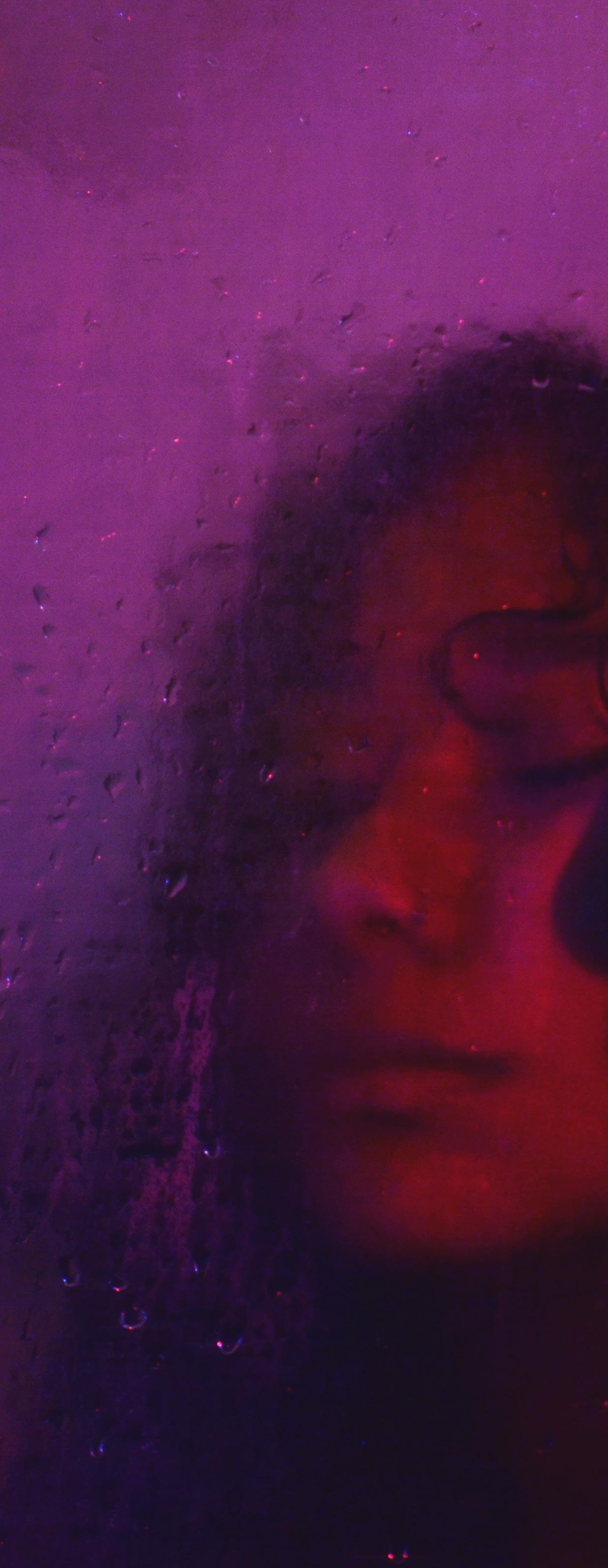



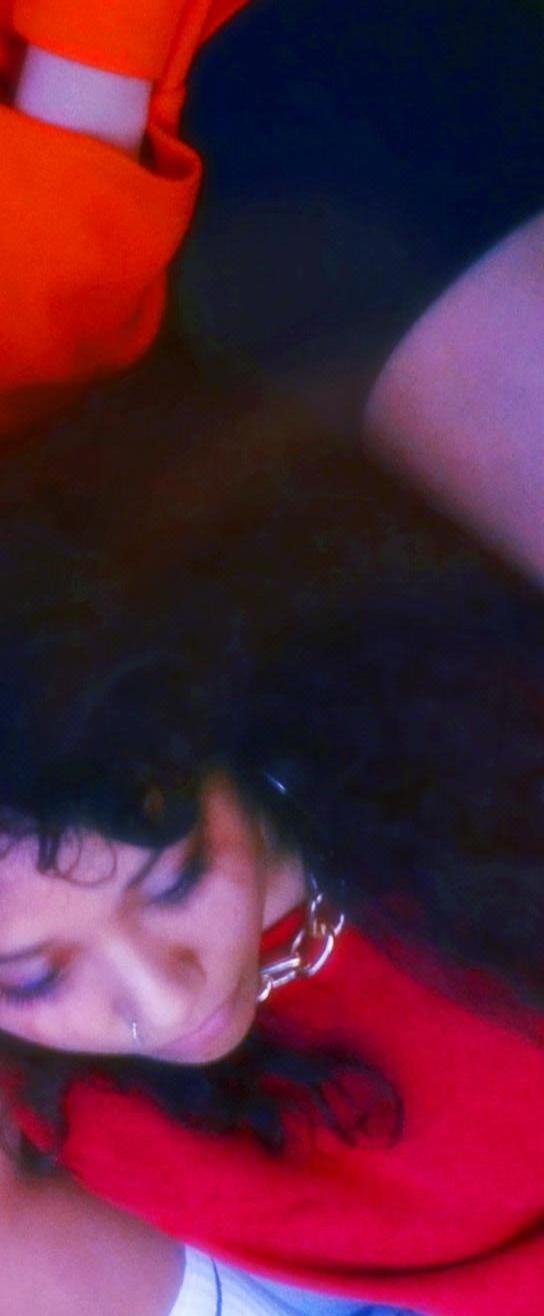
Queer people often live in a separate temporal space than cis/straight people; one must take the time to come to terms with a fundamental aspect of oneself before being able to move forward with self-acceptance, growth, and development. These portraits of queer people in out-of-place settings, at odds in some way with their surroundings, illustrate that disconnect—from peers, from friends and family, and sometimes from reality.
Models
Deeksha Marla Jenell Louissaint


Adeline Wang is a Los Angeles-born and based photographer who specializes in portrait and experimental photography. They enjoy watching bad movies and painting gouache portraits. Adeline studies Cinema and Media Studies and Linguistics at the University of Southern California.

Growing up, the irony of the phrase “life imitates art” lingered elusively over my head, floating outside my comprehension. Unbeknownst to me, the sentiment’s true meaning cast a cold shadow on my perspective, reducing the glimmer of every painting I saw and book I read to cynical globs of paint and meaningless words on a page. The idea that life could be, at times, so beautiful, so horrific, so enchanting as to be understood only through its own fantastical reflection was unimaginable to me, someone who had lived so little life themself. As years, art, and experiences passed before my eyes, the intended irony of the phrase revealed itself to me in the distance between art and life itself — the proximity between a subject and its mirrored image sometimes continents apart, sometimes as close together as the width of the surface of a canvas. Unlike myself, Cory Feder has understood this distance since childhood.
Raised in Denver, Colorado, Feder has been using art to comprehend the world around her since before she can remember: “Drawing is something that predates most of my other memories so I think it is hard to say how and when that transformed from ‘drawing’ to ‘making art.’” While talking with It’s Nice That, the Santa Fe-based artist credits drawing with having “carved the first doorway to acknowledging otherness beyond what I could see with my eyes.” Feder’s illustrations cope with the relationship between one’s inner dreams and their external reality by identifying manifestations of that internal fantasy within the outside world. One illustration depicts this relationship by showing a woman’s tears dried by cheery butterflies with watchful, guiding eyes inscribed upon their wings. In a way, these figures depict fantasy healing the wounds of reality. Another drawing shows a woman in an Edenic paradise balancing a tower of watermelon slices as she grins eye to eye with an impish-faced daddy long legs spider. From an upper register, Gatsby-like, all-knowing eyes overlook the garden, crying poppy petal tears that transform into a field of flowers as they fall to the woman’s feet. Feder’s drawings depict a pastoral reality where nature is playfully personified — an ally with humanity in the frivolous game of everyday survival. Rather than escaping from the everyday through fantasy, Feder’s illustrations capture their viewers’ imagination by laying bare the fantastic within the ordinary.
On top of weekend art classes and attending an arts magnet school, Feder’s love of art, illustration, and animation found its origin in newspaper comics such as “Archie” and “Calvin & Hobbes,” as well as the Beatles’ “Yellow Submarine.” While these cartoons instilled a love for the forms that she still expresses herself within today, a majority of the childhood creativity seen in her current art first grew in her own backyard. She credits her time playing in the outdoors as a child with establishing “a deep comfort
and ritual of playing out my imagination however it needed to be played out. Playing for hours with dirt and talking to plants as a kid was most definitely the most important foundation for my creativity today.” While her work today is imbued with the whimsy of this youthful creativity, Feder additionally employs the mythology of her Korean heritage to create the dreamscapes seen in her art.
Feder was brought up on the Korean-Presbyterian traditions of her mother and the Orthodox Jewish traditions of her father. Beyond the occasional experimental Korean-Jewish fusion dish, Feder credits this juxtaposition of cultures with providing her with a “sense of the tension and the play around cultural boundaries.” In regard to her art, she cites her cultural upbringing with teaching her that “creative spaces are the best place to not only mediate the contrasting aspects of different cultures and traditions but find intersections within them as well.” Feder implements these contrastive elements of Korean and American culture by constructing a vision of the modern world in coexistence with magical figures from Korean folklore stories.
Feder focuses primarily on one of these figures, the legendary goblins of the dokkaebi, as the subject of her comic “I Am Famous On CCTV.” The comic explores the manner in which these ancient mythological goblins coexist anachronistically in modern-day Seoul. Described by Feder as “protectors, they are, up to no good,” even when not the subject of her comics, Feder occasionally doodles them into the margins of her illustrations. Whether or not intentional, Feder’s metatextuality reveals how her reality is always infused with their mischievous magic. Feder charts her first image of Korean folklore back to the facades of traditional Korean tal (masks) hung on her dining room wall: “these very sacred figures embedded themselves into my memory before I was able to understand the nuances of my identity and how I would express that through my artwork.” While these cultural figures have been in Feder’s life since childhood, it was not until she began to visit Korea after high school that her curiosity about her heritage began to appear in her work.
Just as the faces of these figures themselves have appeared in Feder’s imagination since her youth, she charts the artistic contemplation of culture and reality in her work back to a childhood relationship with these mythological entities. Feder says “as a kid, I was far from comfortable in my body, growing up with very few people who looked like me. I think what began as an escape from reality led more to this acknowledgment that the events taking place in my waking life were just as layered and multifaceted as my dream world.” This idea appears in Feder’s work through her creation of a world that not only blurs the demarcation of cultural boundaries but more profoundly constructs a liminal space that balances the real with the mythological. In speaking with Uniqueboard, Feder describes how she perceives the relationship between myth and reality: “I’ve always believed that myth provides ethos for the world at large and in the same sense, I believe that paying attention to what we see in our minds whether it’s through dreams or fantasy is equally valuable. Reality is not just what is there when I
Sometimes I want to untie the entire universe.
Untangle every knot of my morning ritual and nighttime routine Inspect every colored thread of my friends, loved ones, teachers Cut open every seam that seals my identity into a pretty shape To undo it all and piece it back together with every particle of magic that settled like dust in the fabric No more settled dust.
Cory Feder


open my eyes, it is layered, tangled and sometimes invisible, and life exists on every plane of it.” By locating the seemingly unreal in a world that’s all too real, Feder’s art demonstrates the power in rewriting the story of one’s life, reclaiming the words nonconsensually inscribed by the hand of another. Thus, agency is found in self-redefinition or even the rejection of a definition whatsoever.
This idea imbues Feder’s work with a sense of visual irony: seemingly imaginary, mythological figures assist in the search for the truest reality. Feder says “When I was younger, everything felt absolute and uncompromised. Now, of course, reality is anything but absolute and it has become vital to unpack the myth of what we learned as children to allow for a new reality to unfold. I think the allowance to have these stories unfurl without judgment is what creates balance.” Feder’s work luxuriates in the comfort of nostalgia, however not without taking that nostalgia to task. Indulgence in the past thus cannot exist without assuming responsibility for the ignorance that might unknowingly reside within memory. Feder actively rewrites revisionist history, pondering one’s relationship with their childhood flaws and all. She works to untangle the knots of retrospect that time hasn’t had the agency to untie on its own. Feder’s relationship with her memory of her childhood speaks to a broader inspection of the purpose of one’s personal narrative within art.
Feder’s work explores how art can work to edify our own personal narrative, finding comfort in the uncertainty of the future by shining a light onto the obscurity of the past. Feder says that examining her own personal narrative through art has allowed her to put her own narrative in “simple terms.” Further, she believes that “having a space to see your own narrative sit externally from yourself is incredibly valuable because it allows for the narrative to have its own form and its own past.” As one is the sum of their experiences, unpacking personal narrative is another way to unpack one’s own reflection. In its imitation of life, Feder’s work demonstrates how art can guide introspection. Furthermore, Feder spoke to Uniqueboard about how utilizing art to shine an objective light onto one’s personal narrative is not only a personal duty but a shared, cultural obligation: “Through a cultural lens, I feel that people bringing the subconscious parts of themselves into tangibility is a beautiful way to transcend societal expectations and it could inspire many others to do the same.”
Feder’s analysis of personal narrative carries an entirely new weight in the context of the COVID-19 pandemic: transforming from an individual phenomenon to communal responsibility. In a time when quarantine has reduced the multiple perspectives with which we perceive the world to faces, voices, and words on a screen, our subjective points of view are increasingly vulnerable to manipulation. Each of our personal realities is suddenly malleable, primed by loneliness for distortion. Thus, the tampering effects of pandemic isolation have deemed community all the more imperative. Feder
believes that the pandemic changed the way she views her own personal narrative in that “Before the pandemic, I was most definitely in a more individualistic mindset that now feels so frivolous. Knowing that my work is the channel of how I connect with others, it is most definitely transforming as I learn more about community-based thinking.” On top of affecting the perspective through which she sees the world as a human, this shift towards communal virtue appears prevalently in her point of view as an artist.
One illustration, in particular, depicts Feder’s valuing of this communal spirit. Posted to her Instagram in March 2020 with the caption “All traveling together to our unknown destination,” the drawing shows a rare image of human faith in nature and in one another. A field of yellow and orange wildflowers is cleft in two by a path of people following a prophetic guiding star. Surrounding this small community, fantastical creatures with sharp teeth and forked tongues lurk in the tall grass, but a face in the crowd smiles back to the viewer unafraid. The star is unknown, wavering, but warm. The community finds its strength in numbers, in its shared faith. Just as the pandemic deems nature an enemy in its pathogens and an ally in its remedies, nature provides the security of a steadfast star in exchange for the danger of its earthen predators. Exemplified by the star itself, Feder reveals how time is nature’s perseverant gift to humanity during periods of trauma. The star demonstrates that the future may be uncertain, but it is, nevertheless, inevitable — and community is instrumental in the waiting. When not drawing or illustrating comics, Feder also explores her creative identity through animation, music, and sculpture. Feder says that each of these mediums expresses “different facets of one creative identity. They not only inform each other but allow for rhythm and space to occur in my thinking and research.” As a musician under her Korean name Yesol, Feder released a 6-track EP “Telluric” in 2017. Before the end of 2021, Feder plans to release new music as well as the project’s accompanying visuals. Additionally in the coming year, in collaboration with her friend Annaliza De Leon Evangelista, Feder and Evangelista’s collective Unidentified Butterflies plans to host a remote kite festival. Feder hopes the festival will “start dialogue within the Asian diaspora of decolonizing Asian identity and uplifting indigenous voices around the world.”
Especially during the numb, disorienting days of these pandemic years, humanity needs a vision of itself as seen through Feder’s eyes. The world as Feder illustrates it is both dull and kaleidoscopic, both euphoric and excruciating. Not one despite the other, but distinctly because of their coexistence within a single space. In blurring lines between cultures, realities, and eras, Feder constructs an image of our world that is boundless and infinite. Everything is possible because definitions are eviscerated, lines are erased. Subjectivity is truth. Myth is reality. In empowering the personal narrative as Feder does, life becomes art in all of its grandeur, mythology, and mundanity. Feder reduces the distance between life and art not by elevating the everyday to the point of distortion, but rather by shining a light on the unseen enchantment, reverie, and art within her viewer’s everyday life.

Alex Fulmer is a student at the University of Southern California currently pursuing a degree in Art History.




Matea Benedetti is a pioneer of slow, sustainable luxury. During her glittering career as a costume designer for Slovenian Opera Houses and Theatres she started experimenting with her first ecological fashion brand, which has been praised by the likes of Vogue Italia. Matea was incredibly determined to establish a global luxury brand that engaged with the environment and celebrated the highest levels of creativity and craftsmanship. Since 2017, she has put her costume designer career on hold to focus on the development of her sustainable luxury fashion brand: Benedetti Life. Matea is also a motivational speaker, expostulating the polluting patterns of the fashion industry. Matea’s dream is for a healthier, more socially responsible and more environmentally friendly fashion world. Her goal is to be a part of the bigger picture; one that places humanity on a higher level of consciousness with respect to nature and all forms of creation.
Benedetti Life is a brand exalting sustainable luxury fashion andis dedicated to preserving the quality of life on our planet. Established in 2019, it is a holistic, innovative, vegan brand using organic, nontoxic, biodegradable, unique textiles. The brand is committed to environmental protection and the preservation of life in all of its forms: of humans, animals and of flora and fauna. Her garments are produced in Slovenia and Italy, with a significant emphasis for all of the processes of the production and workers’ conditions. The four pillars of her philosophy are luxury aesthetics, environmental awareness, responsible consumerism and ethical business practice.
Each Benedetti Life collection is inspired by an animal species in danger of extinction because of dastardly human impact. The Parrot collection sheds light on the extinction of the beautiful and clever creatures of the Amazon. The Octopus collection is dedicated to the intelligent animal with blue blood, three hearts and nine brains. The garments are made with sustainable wood silk, pineapple leather, vegetable buttons and organic textiles. It is one of the rarest biodegradable and non-toxic collections in the world.
In Benedetti Life there are no seasons and years. The collections are timeless to reduce consumption and become a Slow Fashion movement.


Kiera Smith is an Los Angeles-born and based photographer who specializes in portraits and editorial photography. She enjoys graphic design on the side. Kiera studies Arts, Technology, and the Business of Innovation at the University of Southern California.
Models
Shanaya Khubchandani
 343 KIERA SMITH
343 KIERA SMITH



In seventh grade, I knew I wanted to have sex. Regardless of my unmanageable frizzy curls with eczema chapped skin, I carried around my sex crave as a heavy burden that not even a supplemental catholic school education could destroy.
Unfortunately, I gained my inspiration from ABC Family’s supremely problematic “Pretty Little Liars.” Their sex — if you could even call it that — is thoroughly G-rated, but I ate it up.
The four characters bent men to their will using sex and intmacy and it was never just about male pleasure, which was something new to me. Before watching, I believed sex was an act performed by a woman exclusively to please a man.
Then I never feared sex as an act of intimacy. I used to tell my middle school friends that I wanted to have sex before marriage and felt crucified. When I shared this, I was faced with a peanut gallery of open mouths and my friends telling me I would face God’s wrath for premaritial sex in Hell. I felt so uneasy for sharing my desire, and bottled up my fascination with sex for the time being.

I was a clumsy ballerina and never the apple of my teacher’s eye. I let the fancy French commands buzz around my skull as I face planted often and looked like a farm animal learning to walk. But despite my lack of promise, ballet influenced most of my personality.
Dance taught me to use pessimism as a shield. We did productions every few months and so every few months I would trip in an audition, be too developed for a role or not fit the vision. After years of disappointment, I told myself to never have hope in my goals so that I couldn’t be disappointed; my mindset was to expect nothing and be happily sur prised if I succeeded.
The transition from middle to high school came with the tail end of puberty and dating expectations from my peers and family. However, I trusted too quickly and fell in love too fast.
In high school, I dated two men — both assholes. In my first relationship, his family didn’t want us together. The secrecy never felt fun to me, always painful, but I

never doubted his commitment to me. He was grandiose with sharing his emotions — until he wasn’t.
In true high school form, he would send me the modern day version of love letters: long texts detailing the reasons he liked me, the features he appreciated about me and praise for my accomplishments. In public we could only be friends and it felt like I was in a relationship to my text messages rather than a flesh and blood person.
The first time we were alone was my first consensual and enjoyable sexual experience. It was classic high school nonsense straight off Disney Channel and into real life; making out in the back of a Mazda is a rite of passage.
I confessed my love for him and was slapped with a “no, you don’t.” Plain and simple. Our relationship continued for five months after this interaction, but it never felt the same. I saw the “love letters” for what they really were: tools.
If I couldn’t sext him because I was doing
an assignment, he’d send me a long list of compliments to guilt me into sending him nudes. Off I went to the yellow app with a ghost logo. As I exposed myself, I relinquished my power in the relationship. Sending nude photos only gave him satisfaction and left me feeling open and raw, as if I were being gawked at in a zoo.
Our sexual relationship changed after he rejected my “I love you.” Not particularly in a bad way, but I understood our hookups were not romantic. I still enjoyed being alone with him though, and I never mistook our sexual endevors as anything more than sex.
We never had sex, thank goodness, but for the first time in my life I felt hot. I felt attractive, and I felt wanted. It made me feel good and so I continued pursuing it, despite the high risk of our relationship.
Even though I had said I loved him, I didn’t. I loved the way he made me feel, I was stimulated in a new way.
After his mother told him he couldn’t see me anymore, he told me he “deleted his feelings for me” and could not process why I couldn’t do the same. I was 16 and even though the end was no surprise, my heart shattered.
Inma Vivas is a photographer based in Valencia, Spain who specializes in delicate, elegant photography.



Depressed, suicidal and reveling in my pain, the world seemed to not let up. A few months later, my grandma died of cancer. Later, a close friend of mine, who was only 20, also died of cancer, and the only thing I had left was my dog, Ginger. I lost my faith in people and spent lots of time on long walks with Ginger. She was young and hype, but she was my security blanket. My speechless therapist--she couldn’t invalidate my pain or gaslight my experiences. But soon after I lost my grandma and friend, I lost Ginger too.
I hid behind humor, joking about the coincidences. But on the inside, I was dissolving. Every facet of my being liquified by a stinging tortuous acid. Even smiling felt like an internal war.
At the same time, my ex began dating one of my best friends.
Everything I bottled up detonated on a drive home as I approached an onramp. The what-ifs rang loud in my brain. I wanted to hurl myself off the bridge, it didn’t seem worth it anymore. I still don’t know what kept me driving, but I did.
The school year ended in chaos, and that summer, I turned 17. I was finally rid of my braces and I grew into my body. My years of disordered eating seemed a thing of the past. I finally felt in control; I finally felt attractive

again. My love of sex had been supressed by the depression and grief.
I had a few casual kisses and what not, that’s when I met him.
It was an Orange County summer romance that turned into love. For a long time, it seemed like bliss. We explored sex together and intmate pleasure became a pillar of our relationship. I achieved my “Pretty Little Liar” fantasy and found control in my sex life.
We were together for almost three years. I committed to USC, and he joined the military. We ended things. It made sense.
Then, the strangest thing happened — I wasn’t sad.
It was confusing. That wasn’t like me. I was always an overly emotional Cancer sun who wore her heart on her sleeve, but I went on with my life. I had a few crushes and enjoyed my college experience. The freedom tasted good.
Six months later, I was half-listening to a podcast in traffic on the Interstate 5 southbound when it clicked.
Our “fairy-tale” three years had been a mess — a complete and utter fucking disaster. I started a deep dive without rose-colored glasses to see how I could have missed it.

Models
Lydia Monterde
Marta Rosmeri
Jordana Serrano
Maria Romea
Art Direction & Styling
Inma Vivas
Maria Iribarren

I lost my virginity to him, and I loved the consistent sex — it made me feel confident. As our relationship progressed, I started birth control. My weight began to fluctuate, and my disordered eating returned in full form.
My devoted partner was no help. He commented on my appearance and avoided having sex with me. I felt like a disgusting animal. The continual jokes from him about my race, appearance and lack of appeal festered. I became contrite towards my sexual drive.
The truth of the matter was that I was naive. My love language is words of affirmation; I am profoundly self-conscious with a diagnosed generalized anxiety disorder. Due to his constant berating, I asked for reassurance that he had really loved me. His sour words were murderous to my self-esteem, but I was blindsided by what I thought was love.
He’d brush it aside and tell me I was wrong, so I’d drop it. Three years of insults that I misread as jokes became transparent.
I had laughed off the racial slurs delivered to me by my own partner; slurs based in the color of my skin. On a specific occasion, he threatened to break up with me if I got any darker because then I would look like *insert derogatory slur here.* He reinforced my neediness, yet would say that I required too much reassurance.
The realization that I put up with years of emotional abuse hit me like a landslide. I wanted to go on a sexual rampage, but I couldn’t. Even though I was always a sexual person, something was holding me back.
To no surprise, it was the years of emotional abuse that built scars on my brain and body. I saw myself in the mirror as weak, ugly and fat. My internal narrative — dangerous. I couldn’t even bring myself to masturbate, despite the fact that I masturbated regularly in the past.
I, at my core, did not believe I deserved an orgasm.
I was a husk of my former self — a hollowed-out soulless shell.
My current friends know me as staunchly anti-love and anti-relationship, but it all bleeds back to my insecurities. I was poison to myself. I let a man dictate my venomous inner dialogue.
Luckily, I am blessed with supportive friends who keep me going. I never felt like the main character, just a side character with a dark backstory. My goal in life was to always support my friends rather than myself.
And to be honest, now, at 21, I still struggle. It has been almost three years since the relationship ended, and I still despise myself. I don’t believe I am deserving of love.
I fear romance. I find love repulsive and I can’t bear the idea of being in a relationship at a surface level. I’m perpetually single and proud of it.
Alas, this is only a slice of my semblance. I own my history and am very proud of who I am, I honor my trauma. I do not hide my scars.
 SOPHIA UNGARO + INMA VIVAS
SOPHIA UNGARO + INMA VIVAS



Stacy Shen is a Los Angeles and Bay Area based photographer who specializes in portrait photography. She enjoys creating fine art, curating Spotify playlists, and eating her way through a city. Stacy studies Business Administration, Accounting, and Applied Analytics at the University of Southern California.
Mireille Jewel Minassian

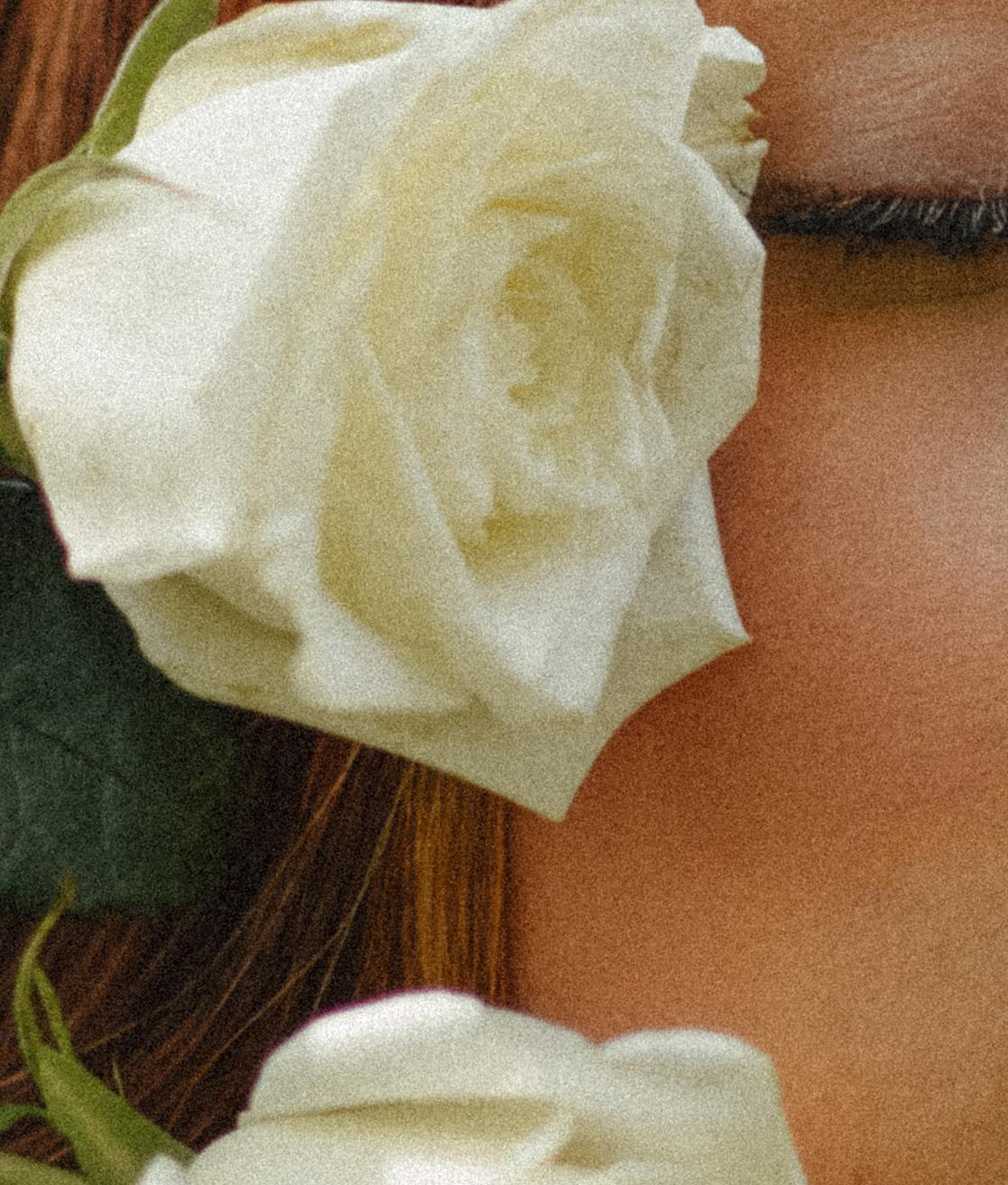

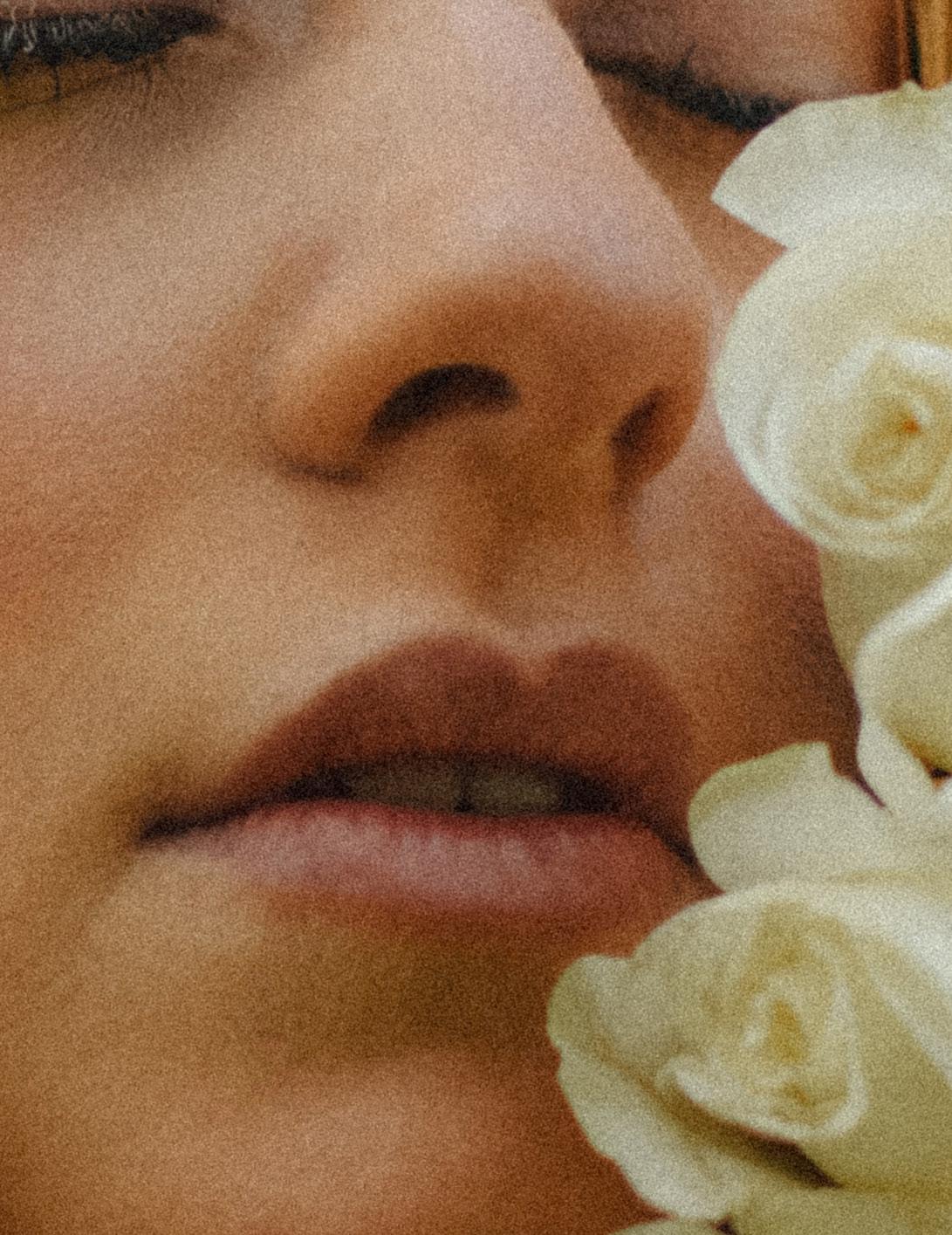
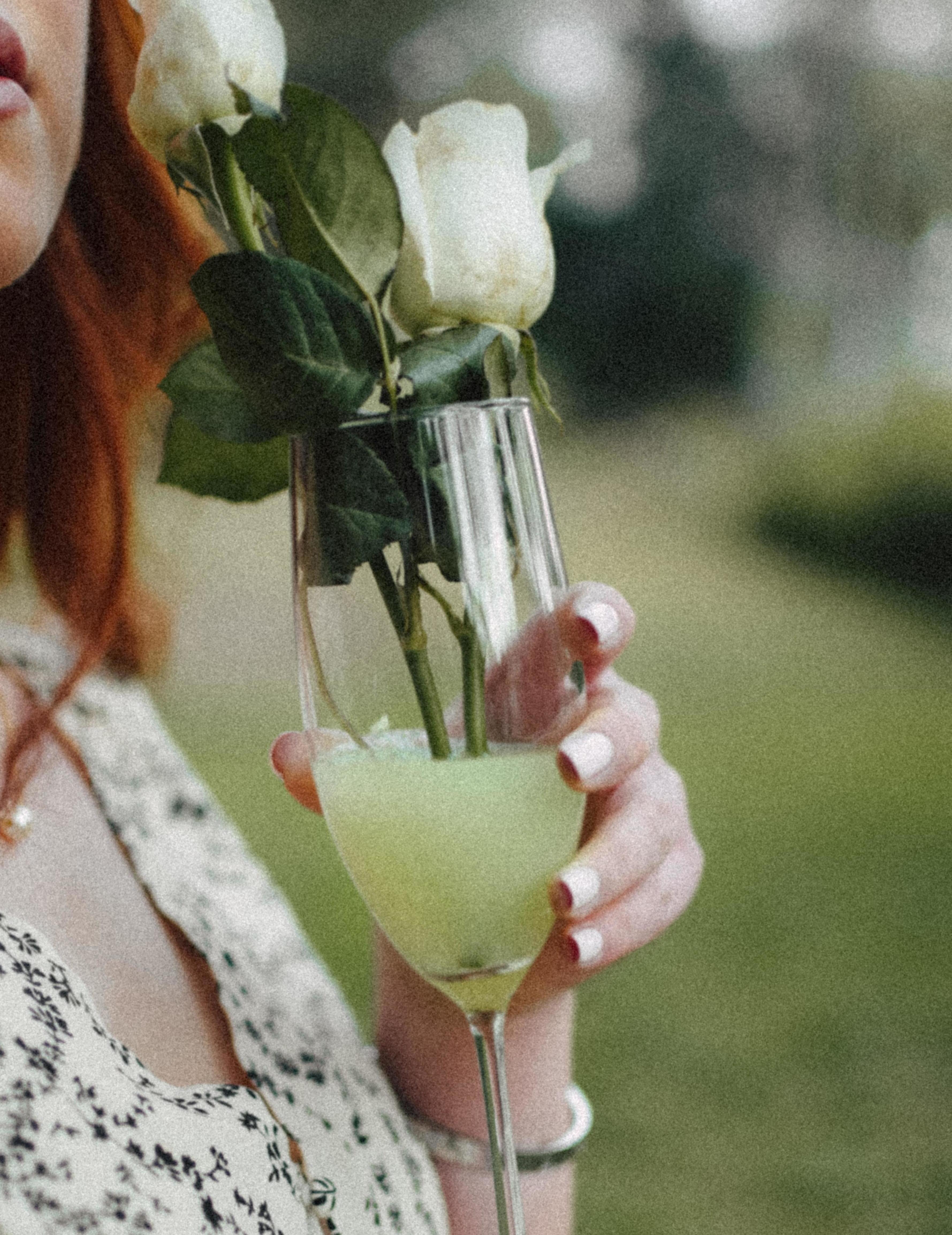


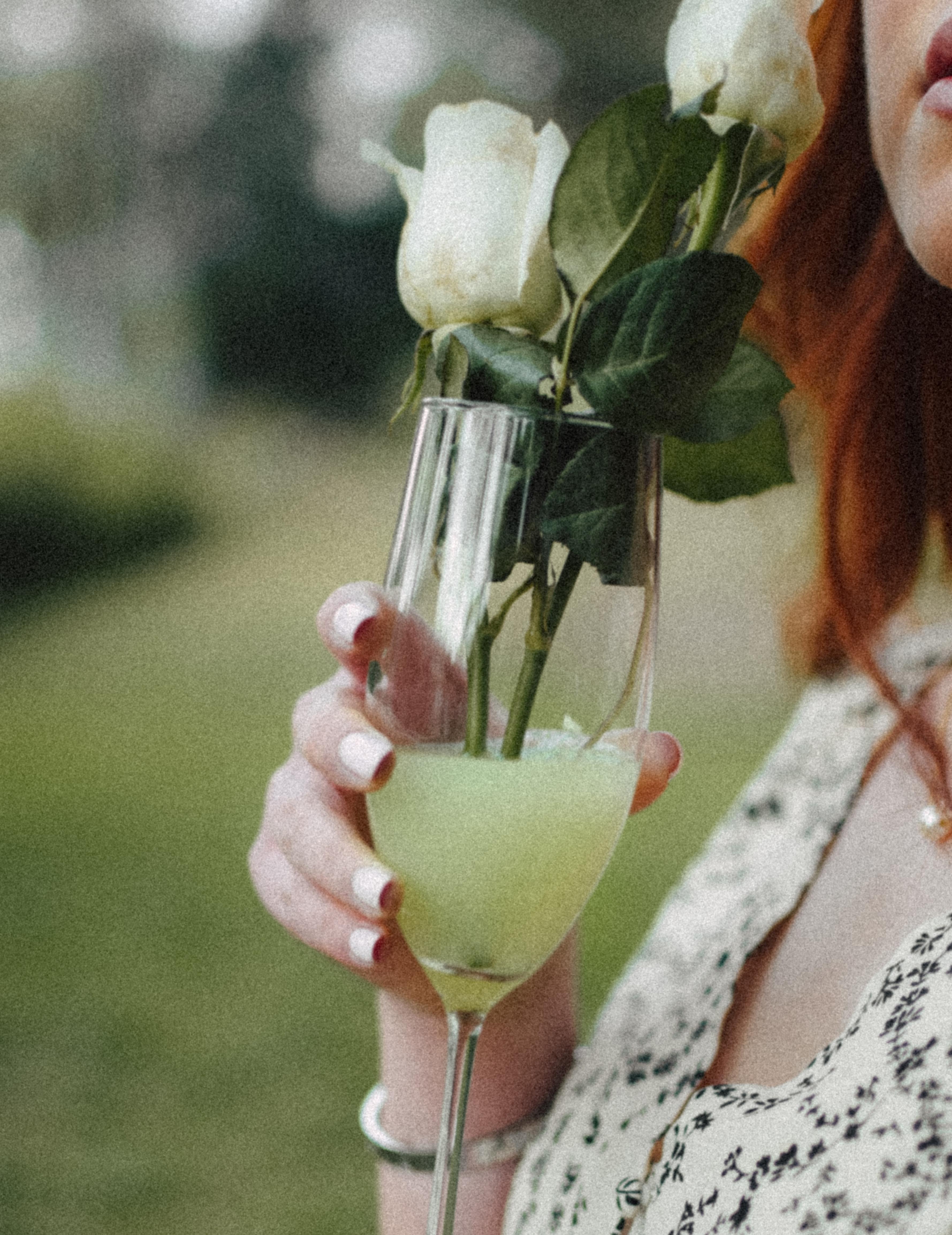
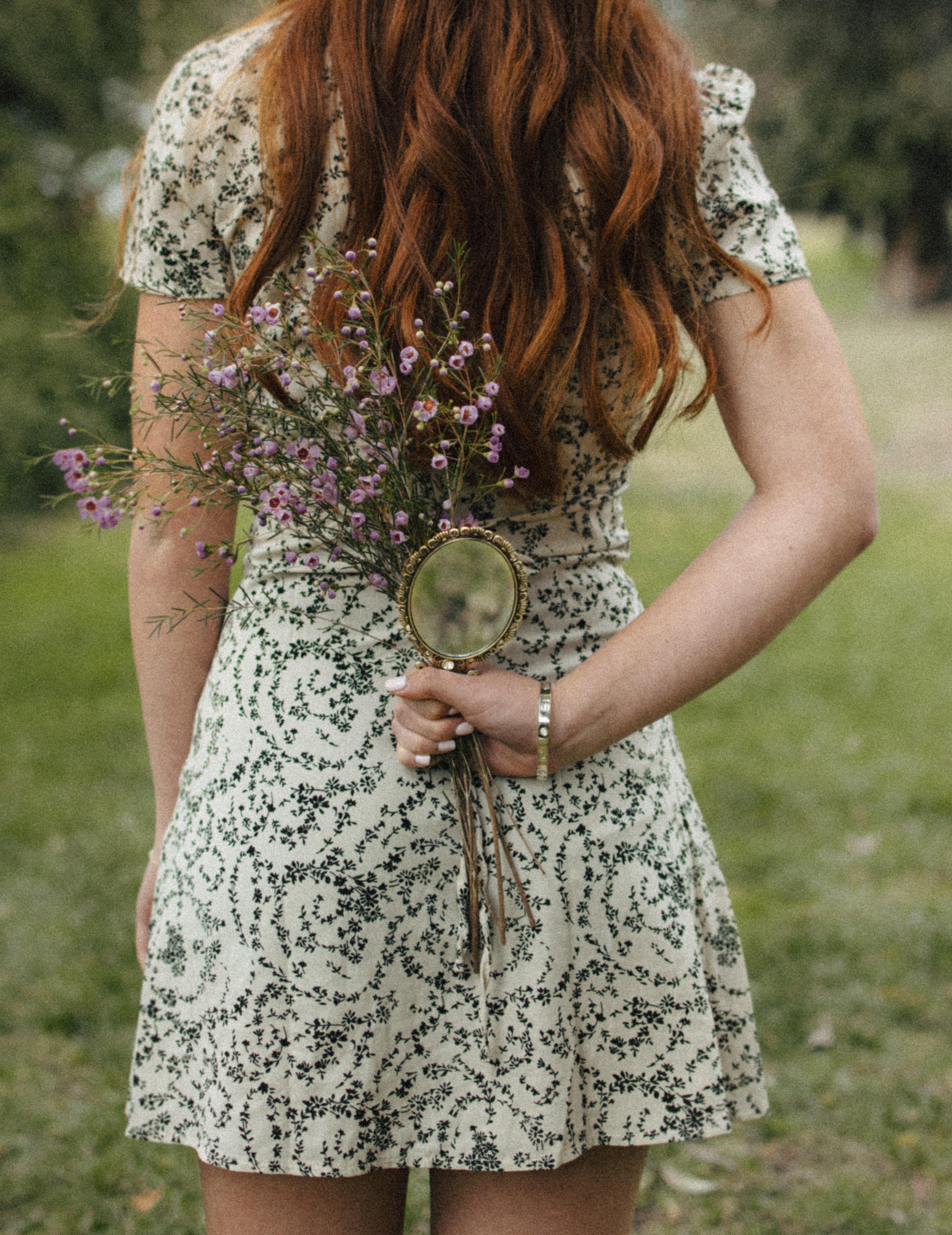


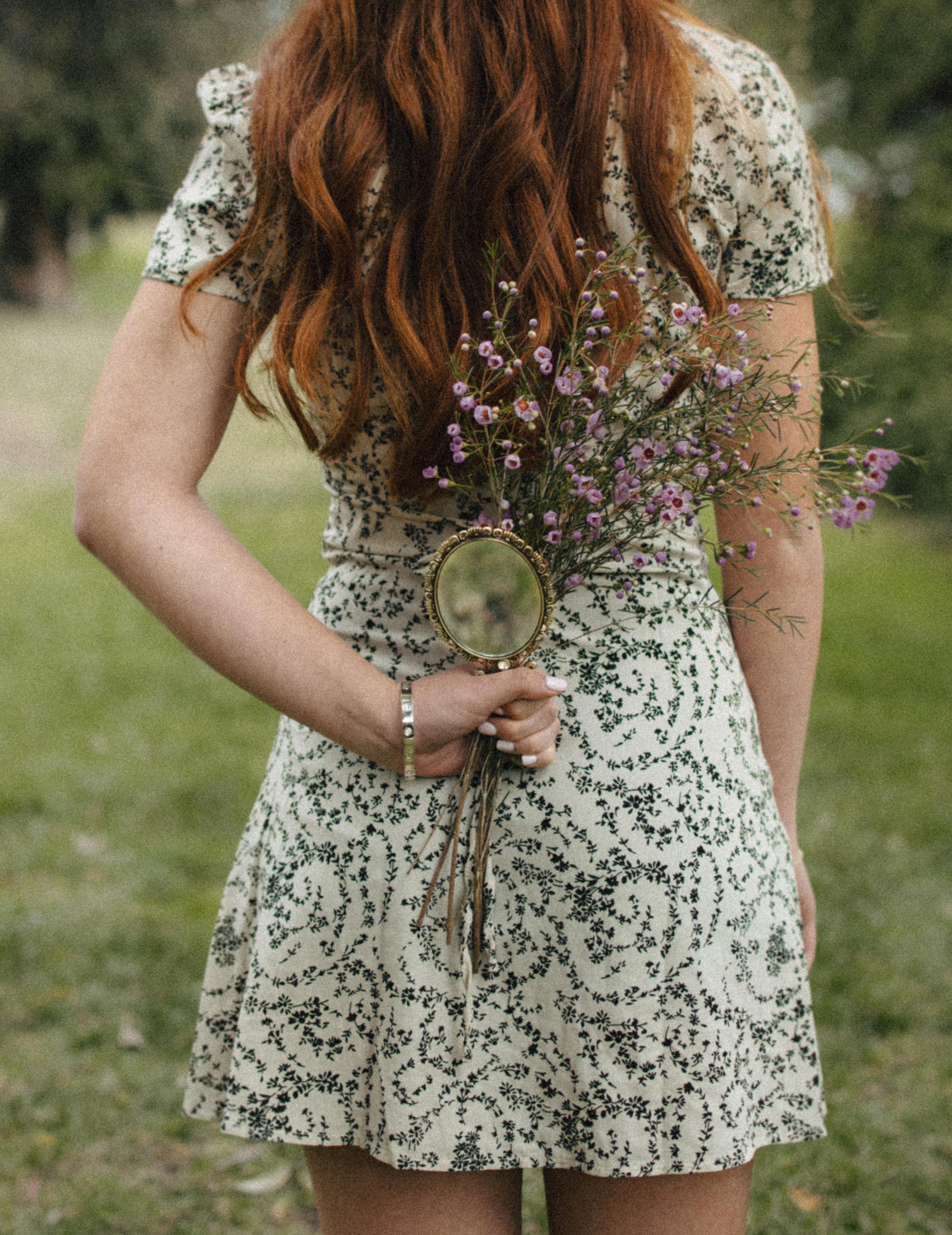

THE COMPLEX ROLE OF FASHION IN THE LGBTQ+ COMMUNITY
The entrance into college is a time of self-discovery and self-reflection for every student. Being exposed to new ideas and being able to express oneself in different ways is an exciting part of the development of a young student’s identity. However, for LGBTQ+ students, it can be the very first opportunity to express their true selves and partake in that self-discovery outside the bounds of their own mind. Being away from home for typically the first time, many young students are able to come out, or at least begin to express their gender and sexuality apart from the constraints of their home lives or small-town high schools. Fashion is a vital component of self-expression, and the development of a specific style directly impacts the self-actualization of adolescents in the LGBTQ+ community.
Fashion exists at the crossroads of identity and self-expression. The unique environment of college allows for students to experiment with their particular style and identity. Young members of the LGBTQ+ community are able to seek out and connect with one another, and the strength in those numbers creates a network of like-minded individuals who offer unconditional support during the adolescence of college. For many students, this is the first time they are able to do so without fear of retribution or punishment from parents, guardians, or their peers. Discovering a community of fellow LGBTQ+ students can aid in having the support necessary to come out, as well as to figure out how one wishes to express themselves. The repressed feelings and identities of LGBTQ+ students finally have an outlet, which can result in a renaissance of self-discovery and style.
This unique coming of age is best told by actual members of the LGBTQ+ community. All four of the interviewees have their own unique experiences to share, many of them centering around their newfound ability to express themselves, whether that be due to coming out or moving out. All four speak to the experience of seeing fashion as a tool that they can reclaim for themselves, rather than one that can be used to keep them in a box, or trap them between binary forms of expression. All four speak to their experience of fashion being a key component in developing their own sense of self, espe-
-cially in helping them to find community with other members of the LGBTQ+ community.
Alexis Attard is a sophomore at USC whose life has been impacted by her ability to express herself through fashion. To Alexis, fashion is a way to consciously or subconsciously represent her identity as an individual. When she got to college, it was the first time she dabbled in expression, as she had come out just a few months prior. Her Catholic high school had required uniforms, and due to this, she was never able to fully express herself through her clothes. She sees the transition to college as a time to play and find things that make her feel grounded in her being and in her identity — an experience that she believes is universal for young members of the LGBTQ+ community. She believes that fashion is really just a reflection of what you like and how you feel in a certain moment, and is special for LGBTQ+ individuals because it gets away from the patriarchal notion of what fashion has traditionally meant. The self-exploration is critical when first coming out, as you can find who you are through fashion. She explains that being out has allowed her spectrum of clothing to broaden, and also has helped her to actually become excited and think about what she wants to wear, and how she is expressing herself. She feels as though “when you aren’t in an environment that is homophobic, you get a free chance to explore yourself without guilt or harm from outside perspectives.” Her style is ever-evolving, and she believes that a person’s fashion and character will never be in a place where things stay the same.
To Tahlia “T” Wise, fashion is the realization that they can dress how they want. Ever since their realization that they are non-binary, they have been able to branch out into fashion styles that are more comfortable and better represent their identity. T loves to be able to dress according to how they feel, rather than how they want to be perceived. Some mornings they wake up feeling more masculine, and some they wake up feeling more feminine, and others they feel neither at all, and being able to express and affirm those feelings through their fashion is incredibly important. Between high school and college, a lot has changed in terms of fashion, but the items in their closet have not. They enjoy reinventing new looks out of


old t-shirts by adding layers and accessories to create a fuller look. Growing up, T often didn’t feel as though they knew how to dress themselves, and while living in a majority conservative and white town, clothes were just something that they had to do, and they weren’t an indicator of who they were. Now, however, their relationship to clothes has vastly improved as they are able to surround themselves with other community members. They believe that fashion in itself is an art form, and for the LGBTQ+ community, art is how they express themselves — it’s a way for people to tell the world that this is who they are. T admits that self-discovery is difficult during a coming of age, but fashion can be used as an aid for that. They reference the fact that they struggle with whether or not they want to dress feminine for the sake of themselves, or as a performance for men and the overarching patriarchy. Because of this, T is trying to be who they want to be, outside of the bounds of both the male gaze and the gender binary, and the freedom that fashion provides for them is invaluable.
Belle Alatorre describes their style as “do-it-yourself” — a notion that leads to a more ethical and creative approach to fashion. They are able to create their own clothes and try out new makeup and hairstyles, which has helped in their self-expression. The more they started dressing like themselves, the more confident they became in themselves and their skin. Belle grew up in a Mexican immigrant family, and they cite this as a reason behind their inability to completely express themselves before moving out for college, due to the strict rules they had to adhere to in terms of fashion. After moving away and arriving at college, they realized they can wear what they want without fear of judgement, and that many people would actually accept them as who they are. Belle doesn’t think of themselves as artistic in a drawing sense, but they do see their body as a palette — they love to do creative makeup looks and dye their hair, anything to express their individuality and their feelings. They feel that “to have things myself and to make them, they make me feel original…I just like to make them feel like myself.” Belle defines their look as alternative, and also believes that those who express themselves with an alternative look often are queer because they are fighting against the norm of everything — fashion is a tool here in
helping to fight against the heteronormative and patriarchal cookie cutter shape of what society says things are supposed to be. They point out that clothing isn’t gendered, and when toxic gender roles are thrust onto young children, and projected onto clothing, fashion can be used as an instrument to restrict — but members of the LGBTQ+ community do not fit those standards, and instead break the mold of society’s notions of “normal”. Belle’s coming of age stems primarily from the idea that fashion and self-expression are fluid, and that they know in their heart that if seven-year-old them saw themselves now, they would be so proud and so awed by who they’ve become and how they express themselves — and that is the most important way for Belle to stay true to their self.
When looking at the role fashion plays in young adults’ lives in the LGBTQ+ community, specifically in college, fashion can allow members of the community to signal their membership to others, without alerting individuals outside of the community. This kind of signaling often relies not on stereotypes, but on the trends present in the LGBTQ+ community. Mel, a non-binary lesbian, states that they believe that “[Fashion] helps me to talk to other queer people.” Following many of these specific trends is quintessential to the experience of LGBTQ+ youth. Mel believes that fashion helps young members of the community to find each other, and that “it’s nice to have someone who is also gay to bounce ideas off of.” This sense of community is often first found in college, which is coincidentally a time when many people are also discovering their sexuality or gender identity. Furthermore, Mel believes that despite many people being separated due to the pandemic, the quarantine has actually allowed for a lot of self-reflection. When comparing how they used to dress in high school as compared to now, they say that “I still dressed like a queer person, but I didn’t dress how I wanted to dress — there were still things that I wanted to do but that I was too intimidated to do. The pandemic has actually helped with that because most people don’t see me every day.” The pandemic has provided an opportunity for everyone to cast an eye inward, both in terms of fashion, as well as in terms of identity. Mel describes their personal style as indescribable — while they lean towards certain items, they also believe that they
ALLISON WALSH + SARA-ANNE WAGGONER

are figuring out how they want to look, especially in terms of their gender identity. They go on to explain that fashion does not equal gender identity- it is only used as a physical manifestation of identity, it is not identity itself. They describe this manifestation as transformative and necessary. “When I shaved my head it felt like a fresh start for me… it’s just hair but it’s not just hair. It changed my whole face, it changed my whole personality…This is the coming of age I’ve been waiting for. And I’m really excited for it. I’m looking forward to becoming the person that when I was twelve or thirteen I wanted to be.”
Fashion is used as a tool by the LGBTQ+ community in order to reach their coming of age. Young students must navigate difficulties surrounding their identities and adolescence both from others, and from internalized issues within themselves, but fashion becomes a strong defense against this. Fashion has so often been used as a barrier to try to fit people into both certain gender roles, as well as into a false gender binary. Members of the LGBTQ+ community are able to reclaim their fashion and their identity from those who seek to police it and punish them for it. This reclamation, combined with the often newfound ability to connect with other members of the LGBTQ+ community in college, is proof that fashion is a necessary factor in the coming of age of LGBTQ+ youth.
Sara-Anne is a photographer based in Chattanooga, TN. Her work utilizes “themes of surrealism, time, multiple realities, and beauty to create a juxtaposition between distress and confusion, nostalgia and memory, past and present.”
Photographer
Sara-Anne Waggoner
Models
Francesca Prado
Briah Gober
Gabrielle Lasater
Tiara Macenti
Writer
Allison Walsh
Wardrobe Stylist
Francesca Prado
HMU Artist
Gabriella Bordo

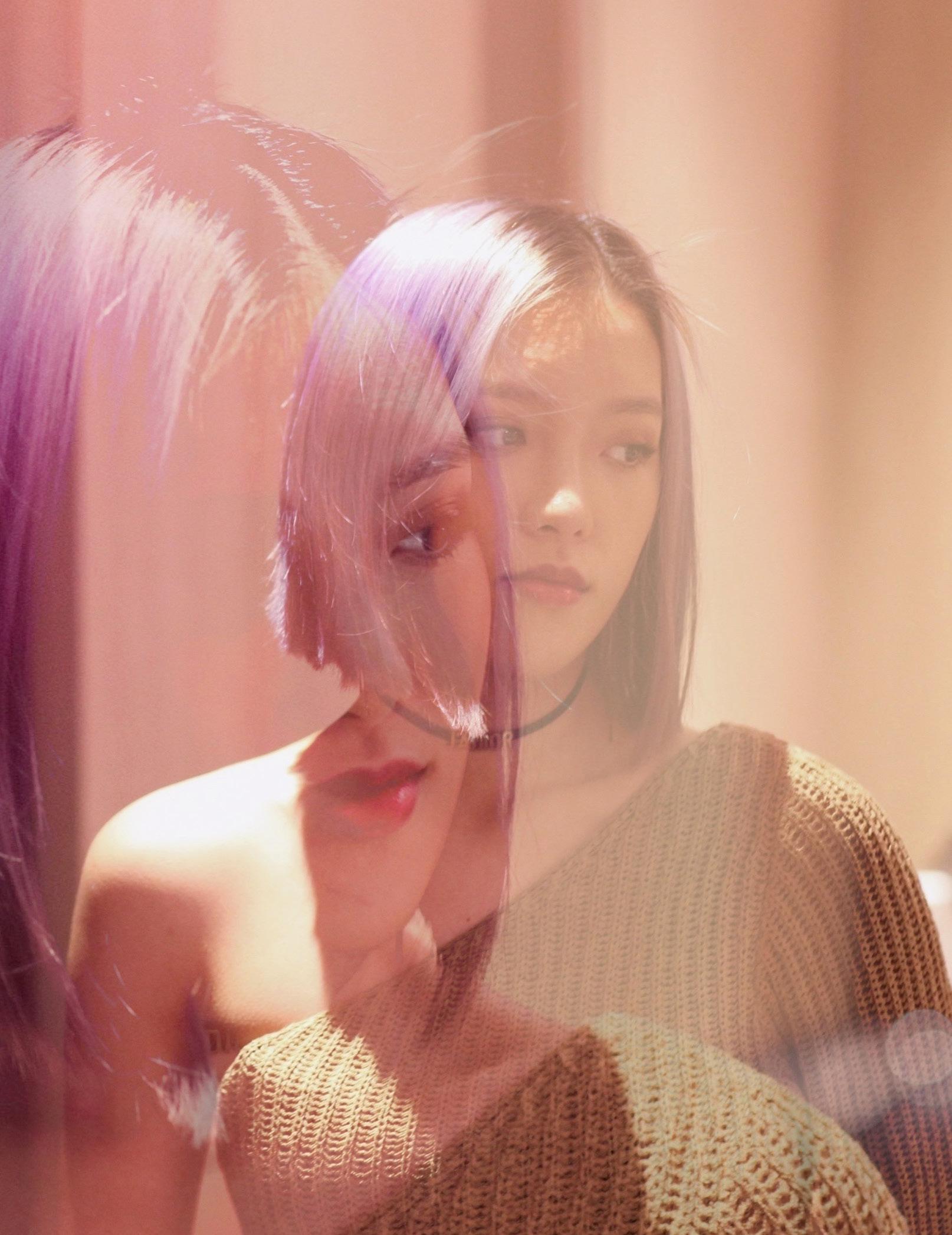
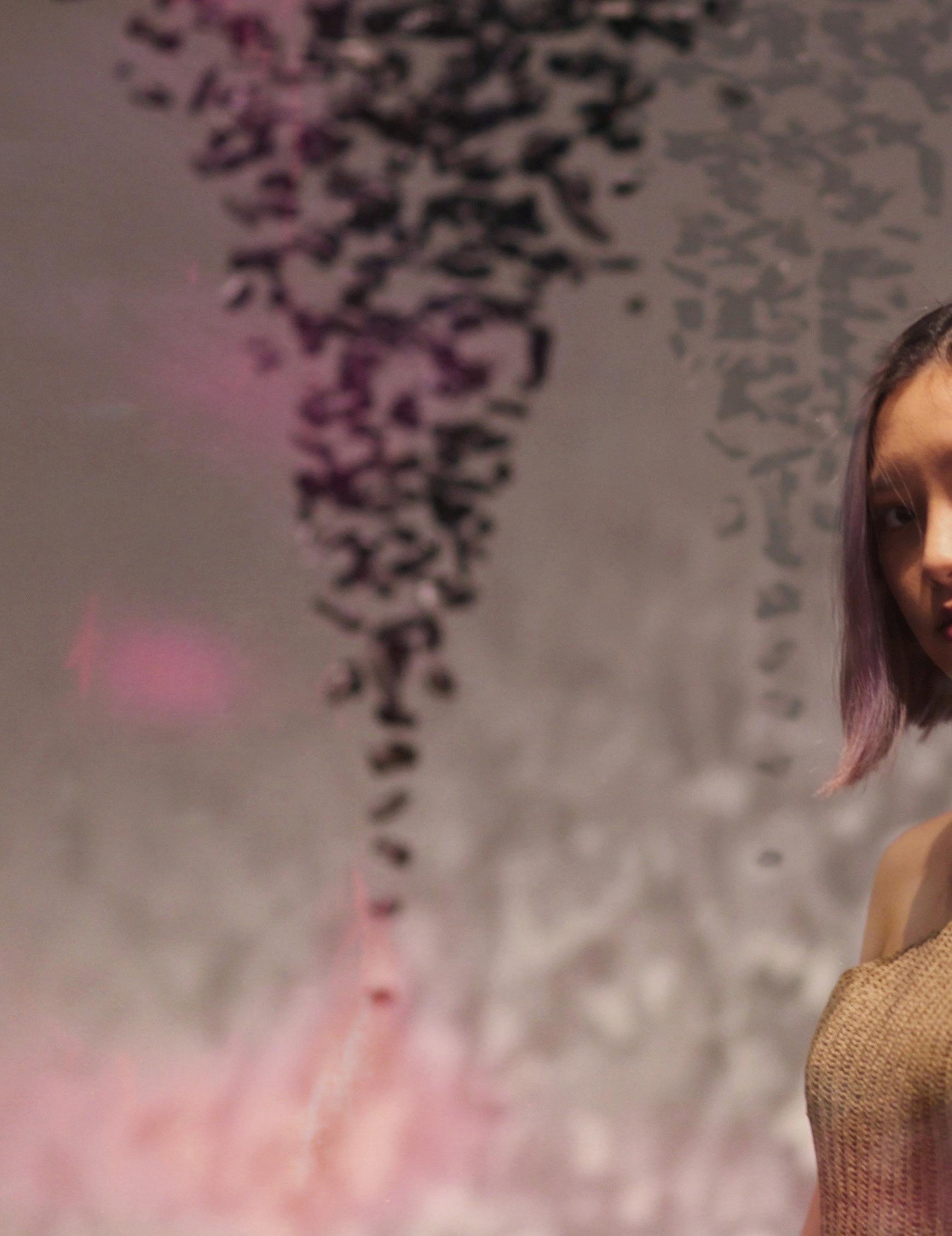


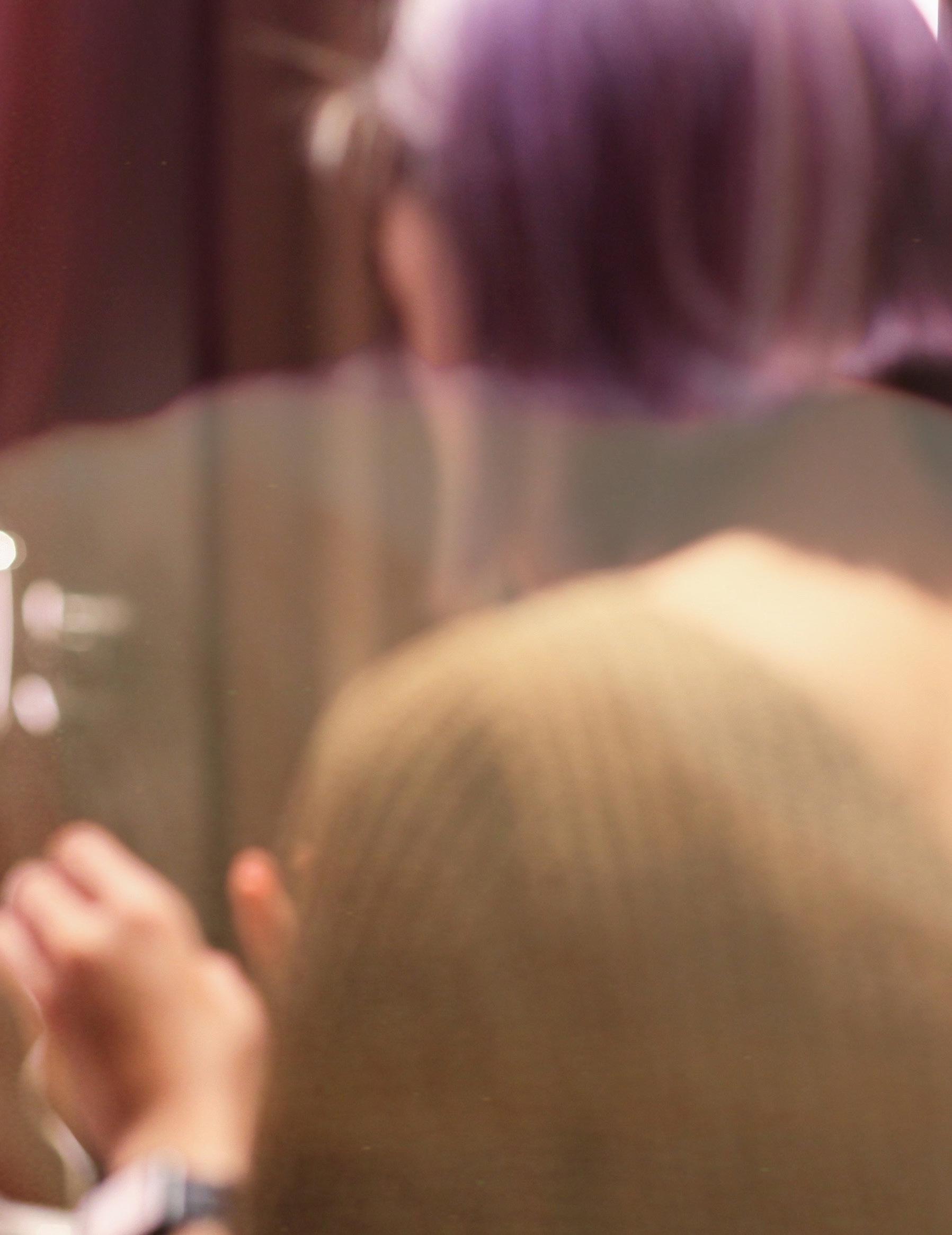
Leslie Huang is a Taipei-born and Shanghai / Taipei-based photographer who specializes in self-timer photography. She loves working on film sets, writing creative scripts, and boxing out stress. Leslie currently studies Economics at the University of Southern California.
Model
Leslie Huang

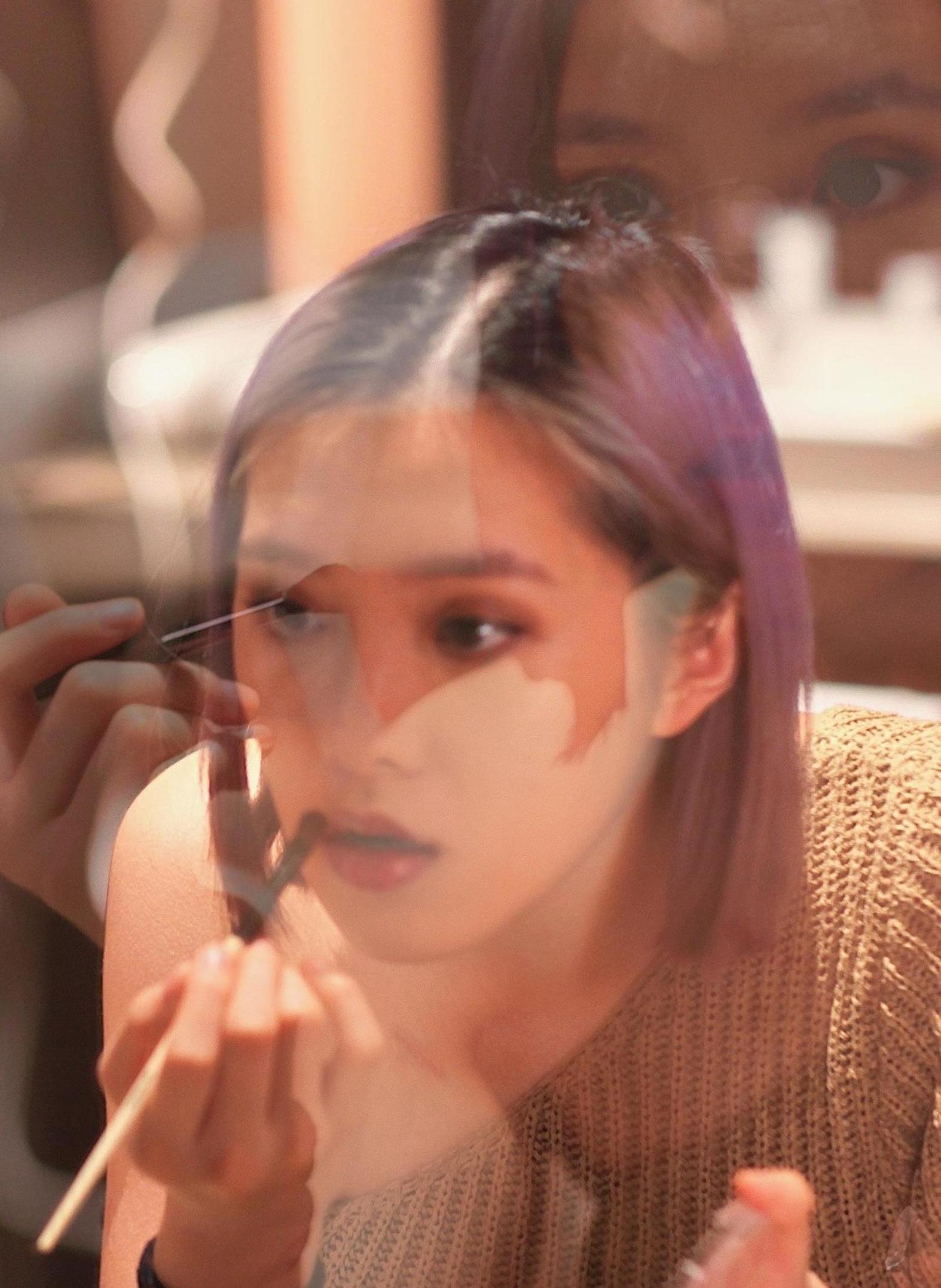
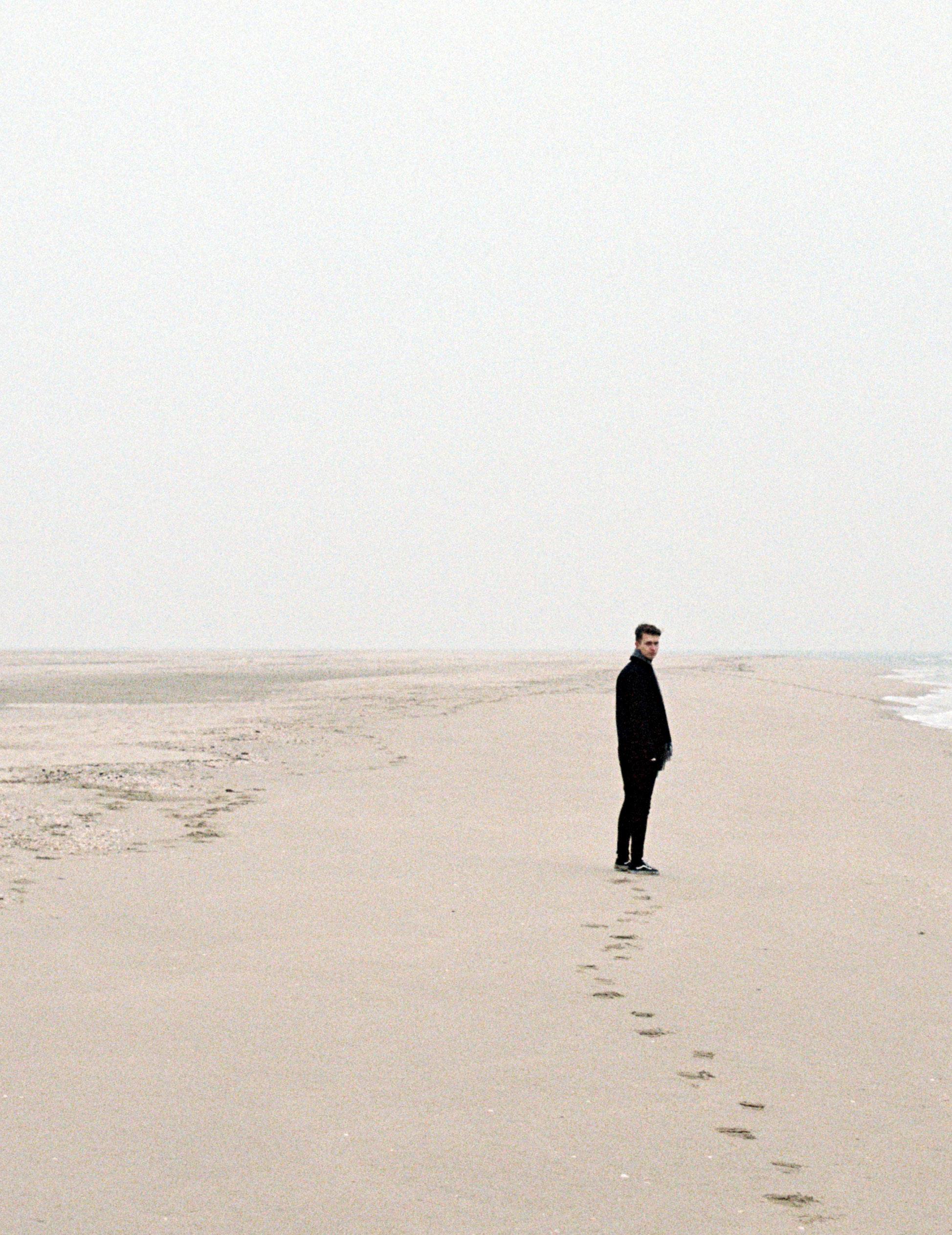
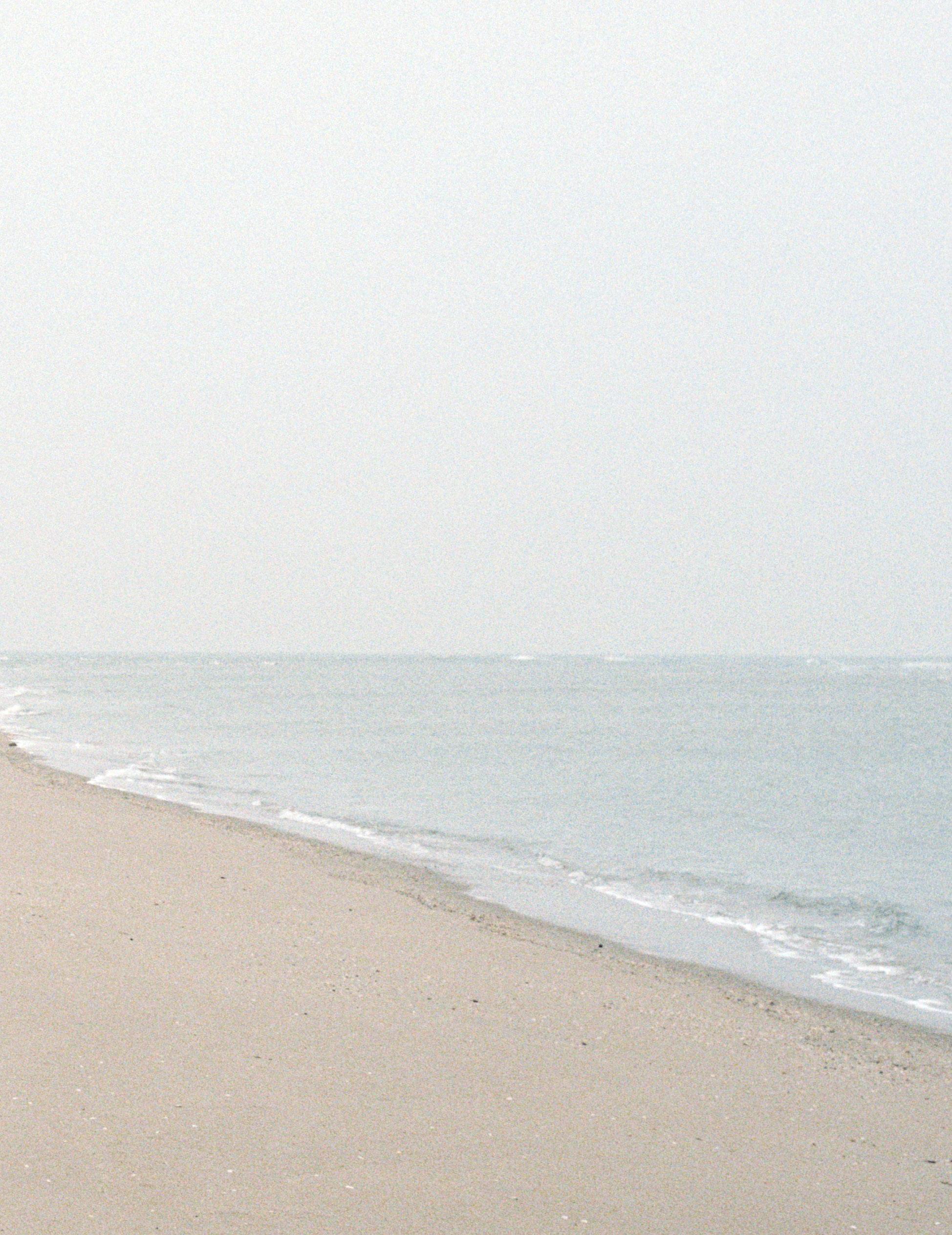
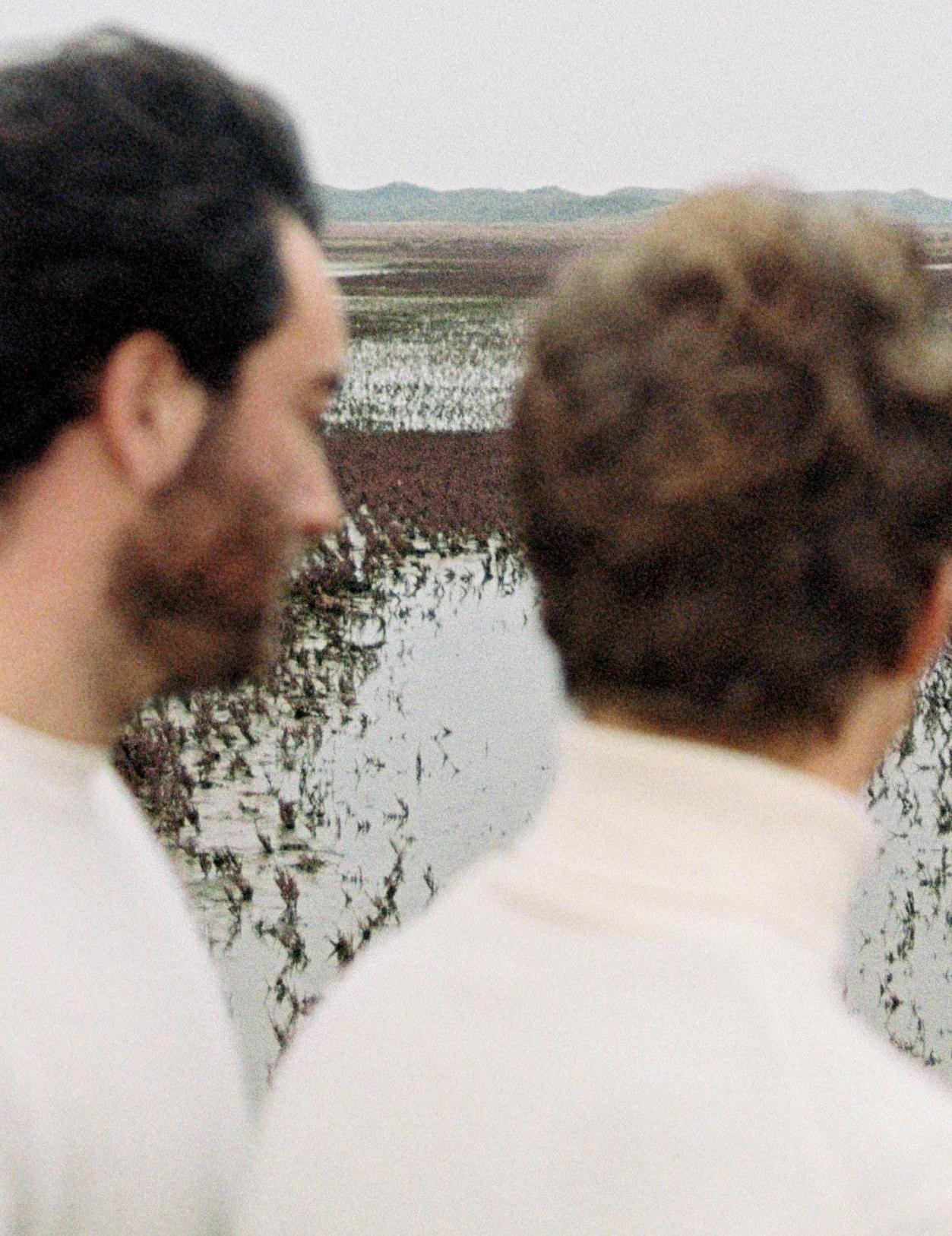


David van Dartel is an emerging Dutch photographer whose work reflects on his life with friends.
Models
Sil Matthijs
Ruben
Jasper Guido
Boje
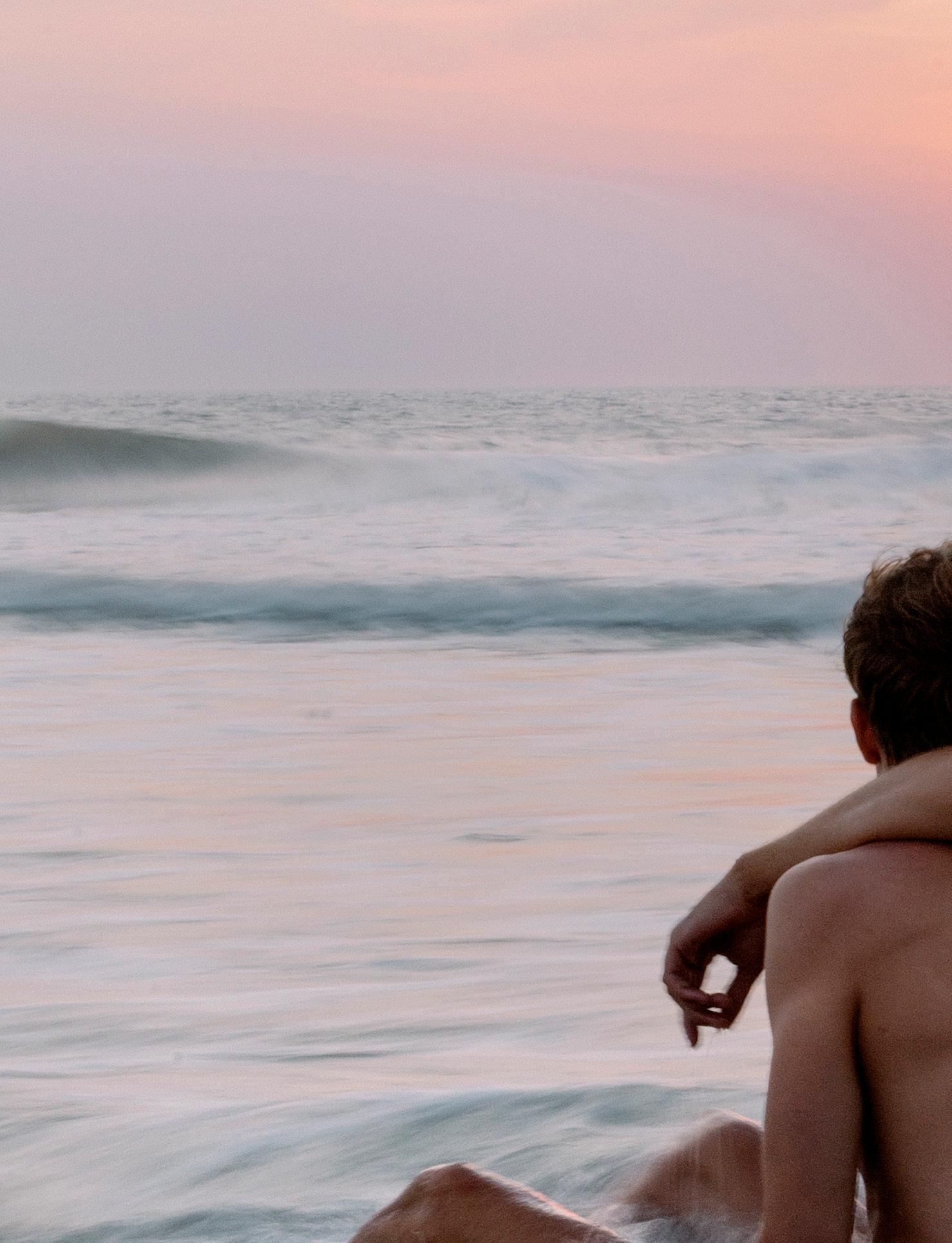


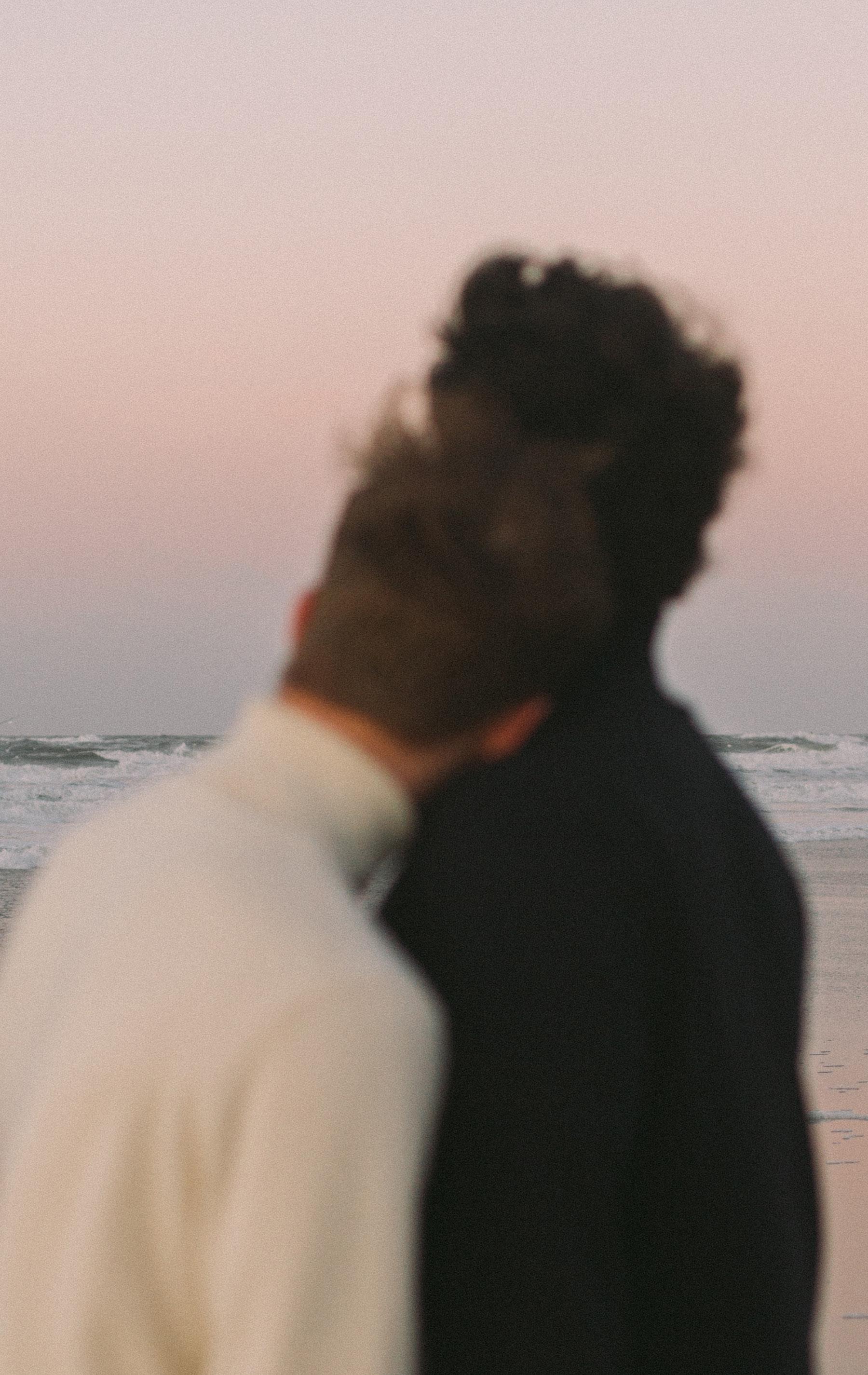

When we started Haute Magazine, we were two wide-eyed freshmen with a vision for something that could unite a community around a common love. Three years later, Haute has become an organization that we are only a small fragment of, encompassing a creative spirit and a fire that we could not have imagined. The production of this issue was our first opportunity to watch from a distance, marveling at the incredible group of people who will love and care for Haute after we are gone, just as much as we did during our two-year tenure. Haute is all of us, from the directors to the members to the contributors, coming together to redefine what it means to be a student-run publication. This magazine started out as a project between friends and it still feels that way to this day, only friends have become family and readers have become friends. Our gratitude for your support along this journey is indescribable. To the future of Haute: Keep pushing boundaries. Advocate for your community, but don’t forget to advocate for yourselves too. Above all, stand up for the challenging stories worth telling. Thank you for making it so hard to say goodbye. We look forward to watching Haute continue to be a proponent of creative expression, a source of artistic innovation and a voice for all on campus.


